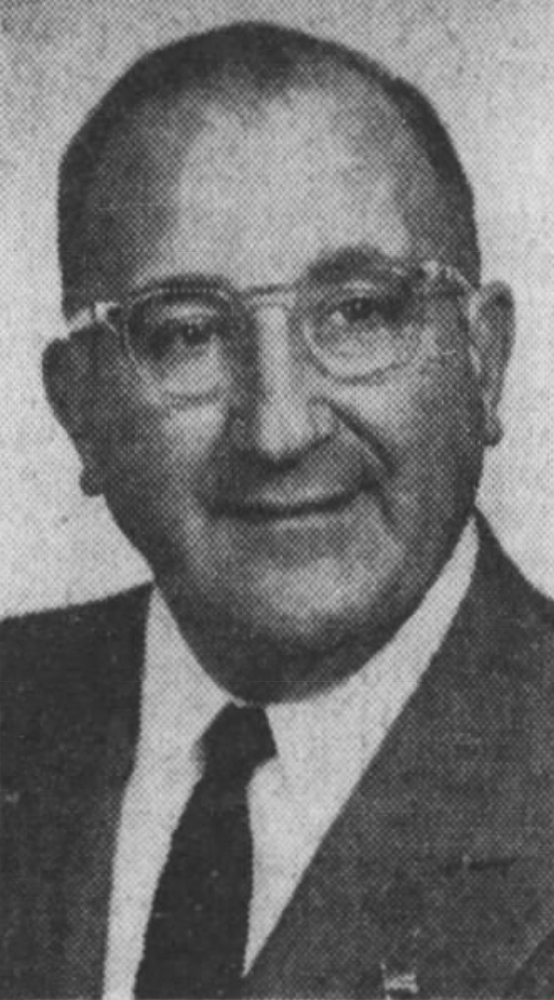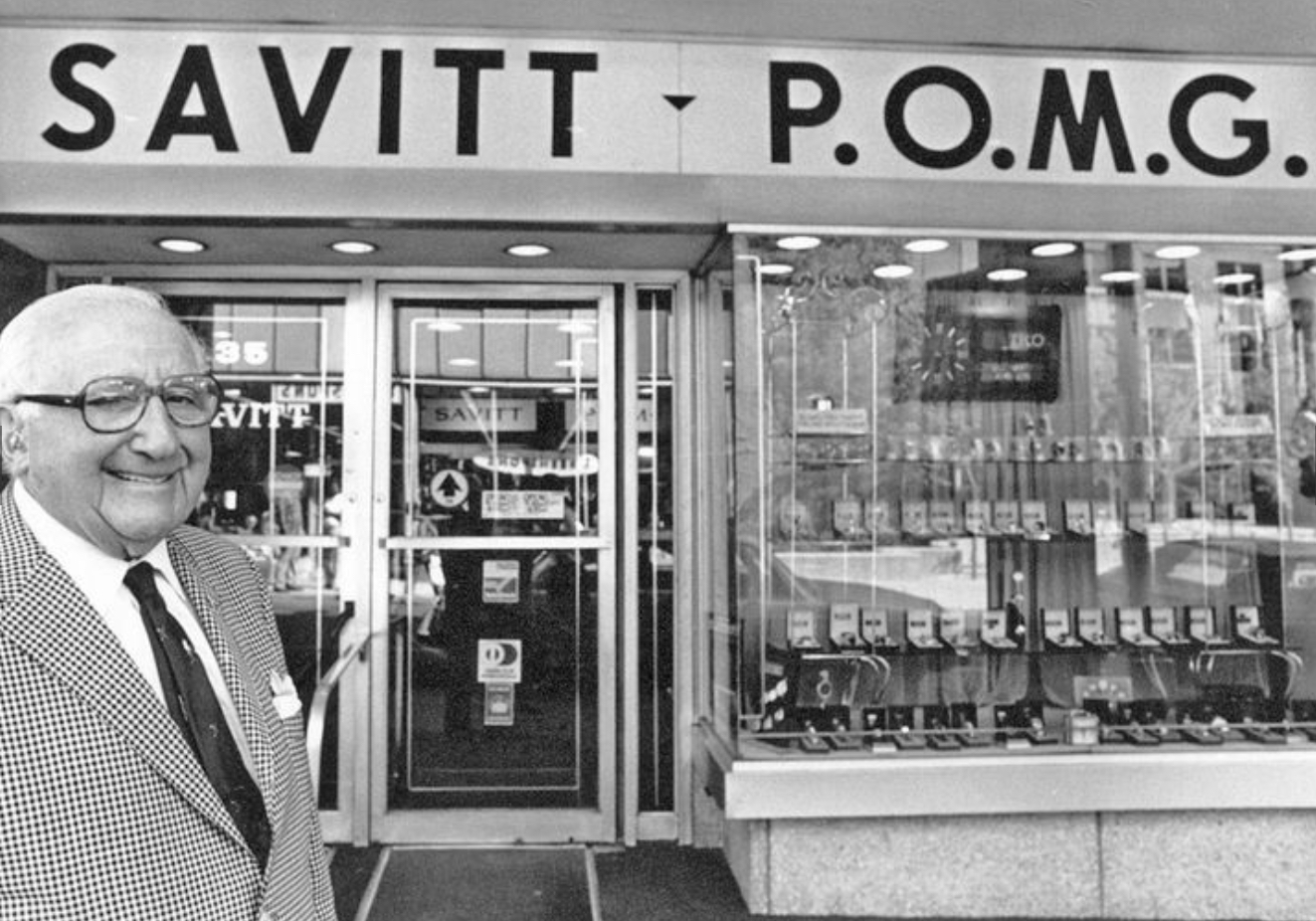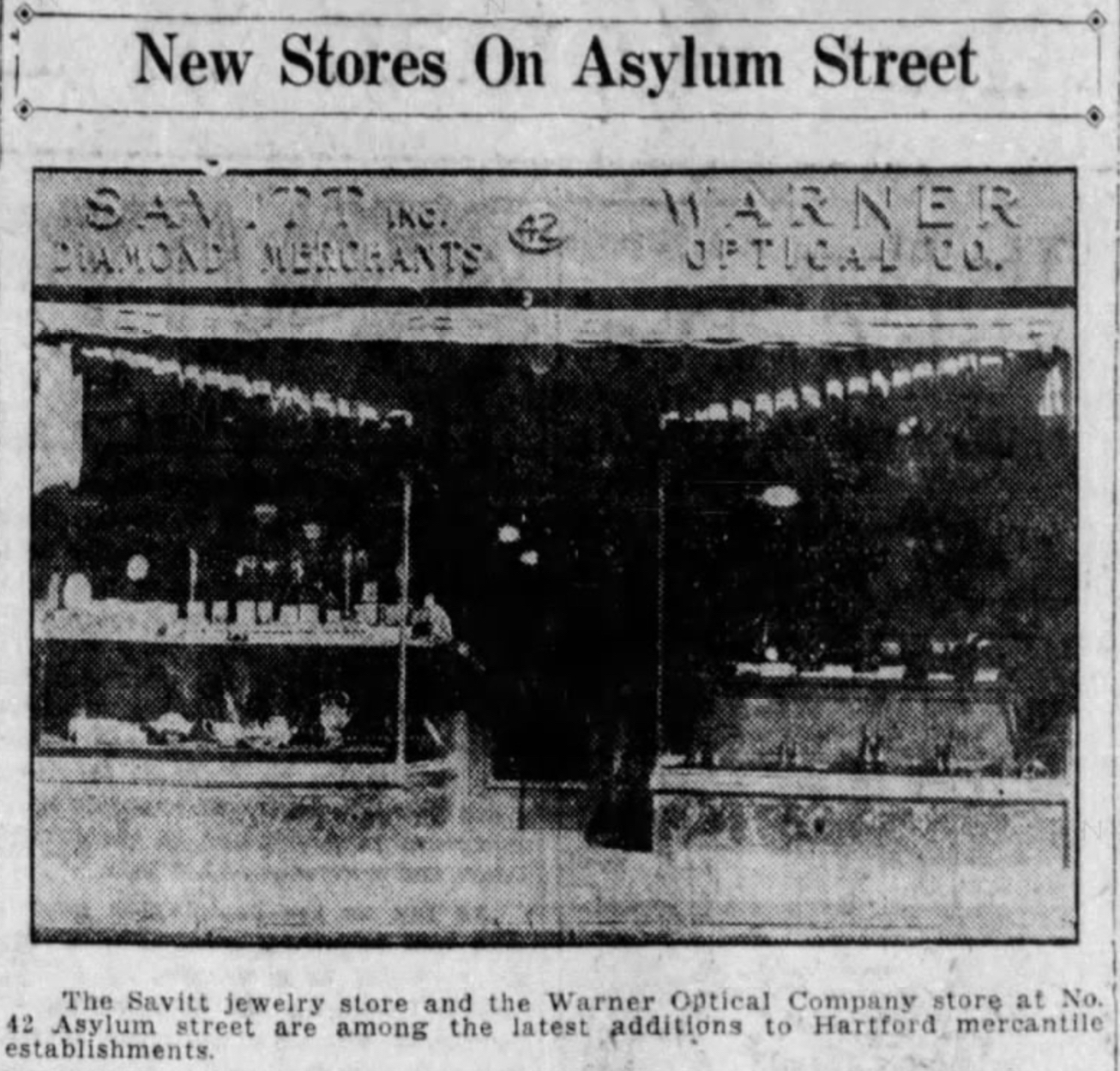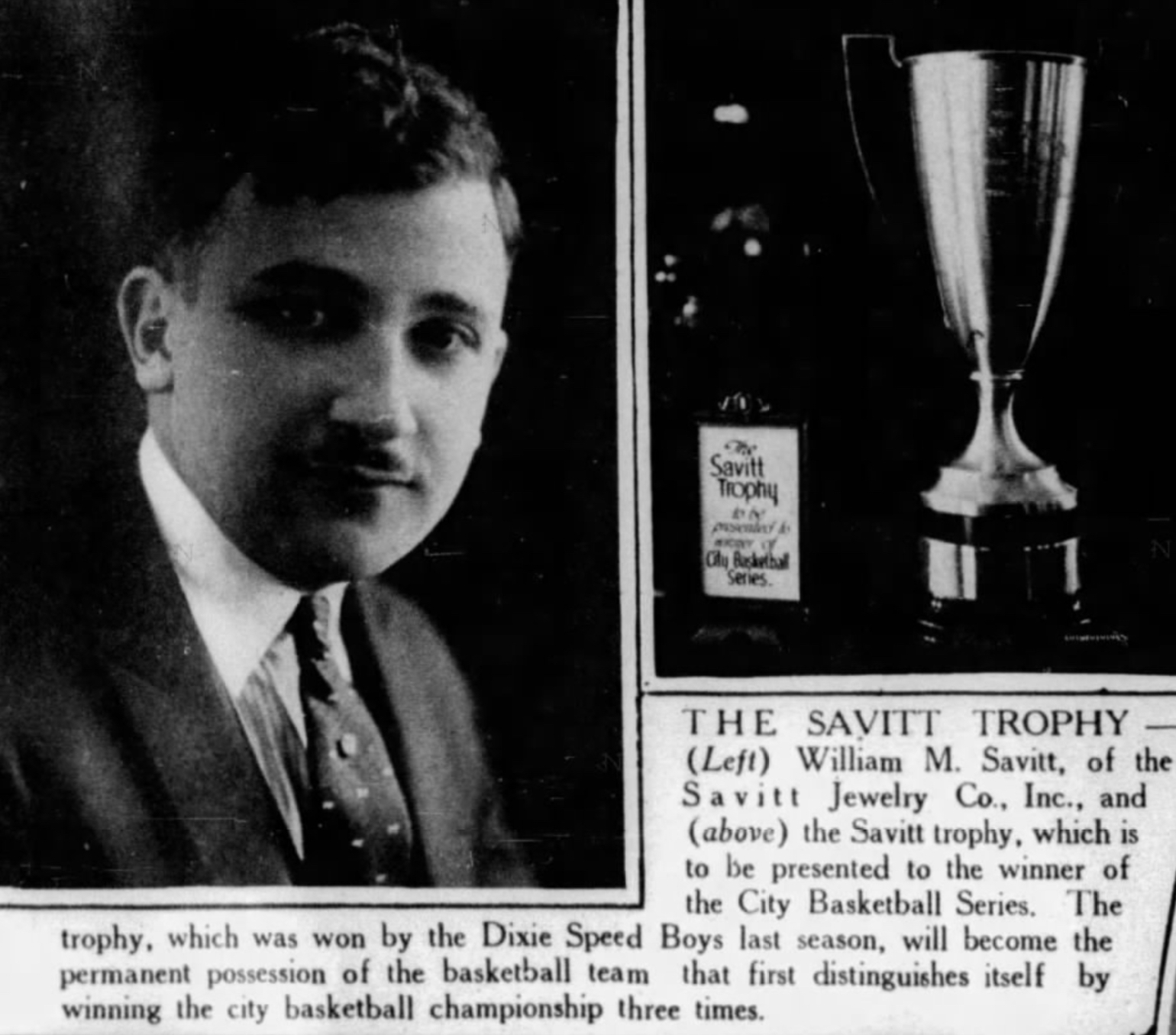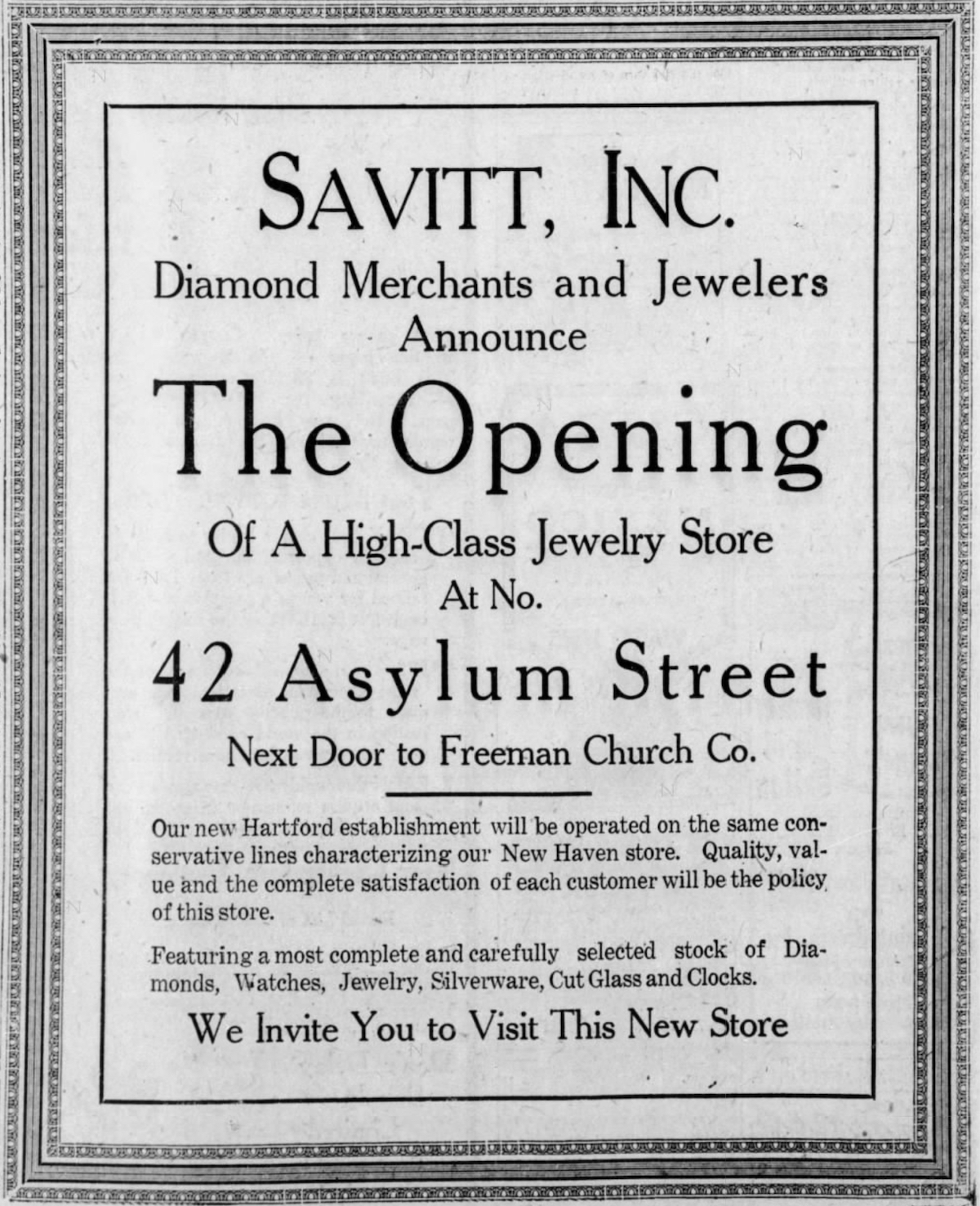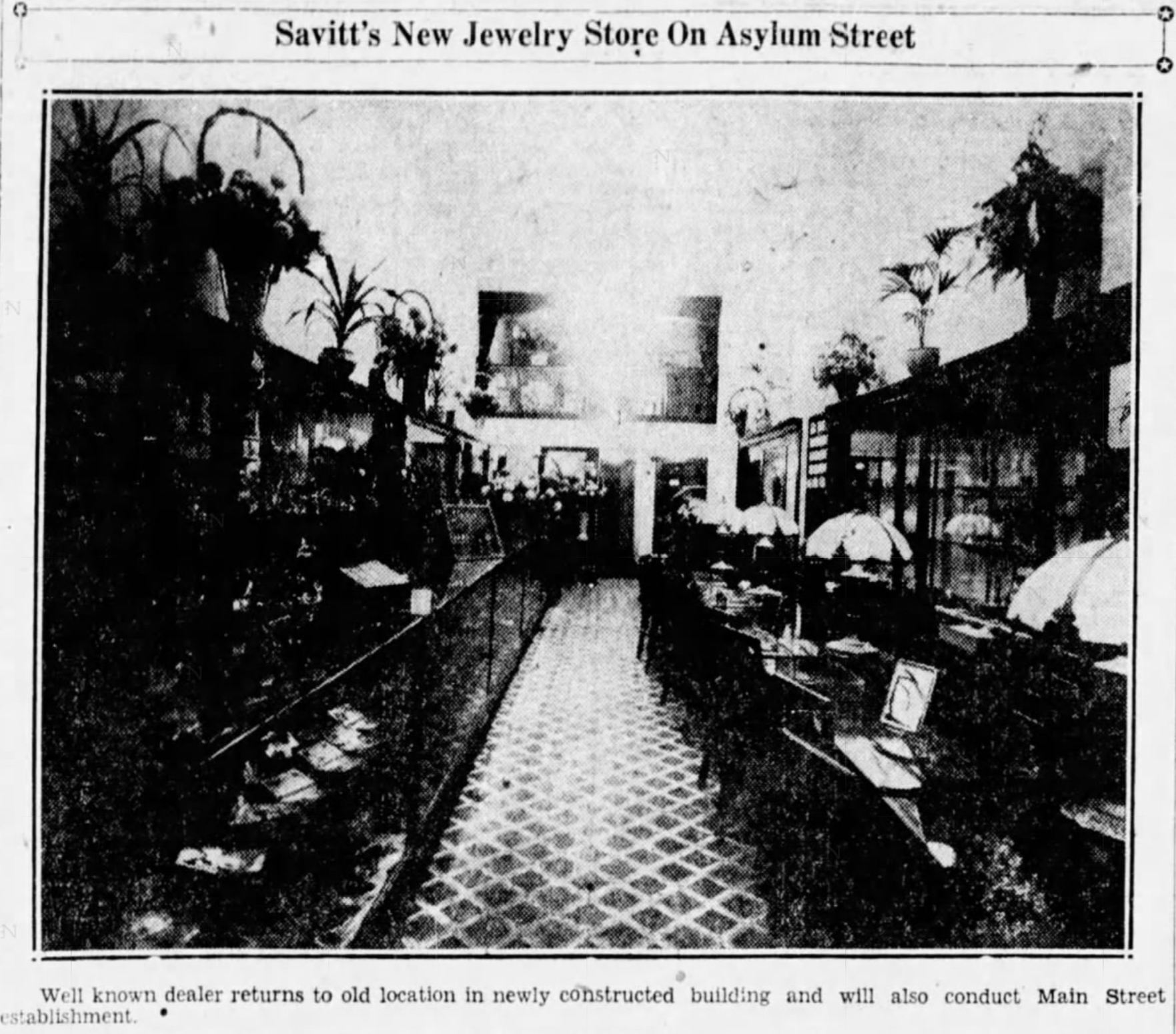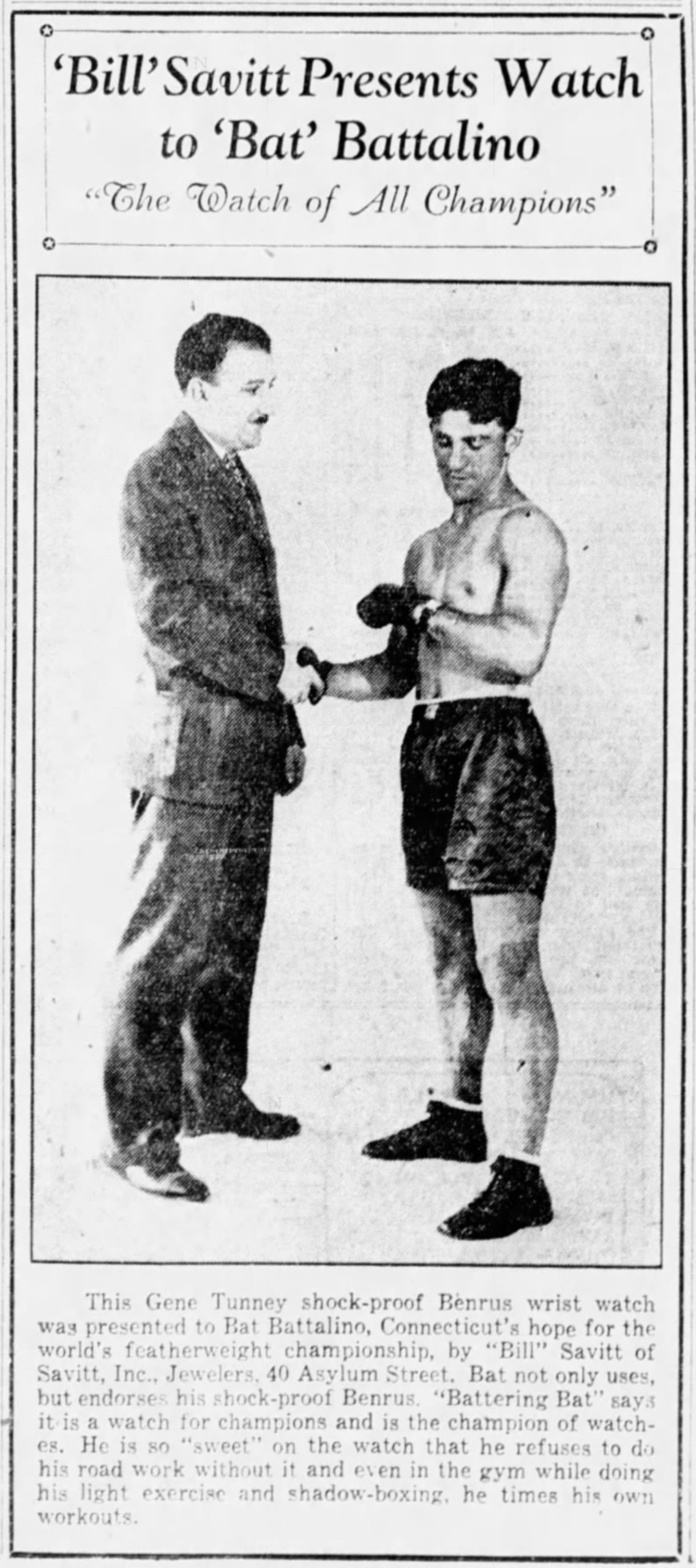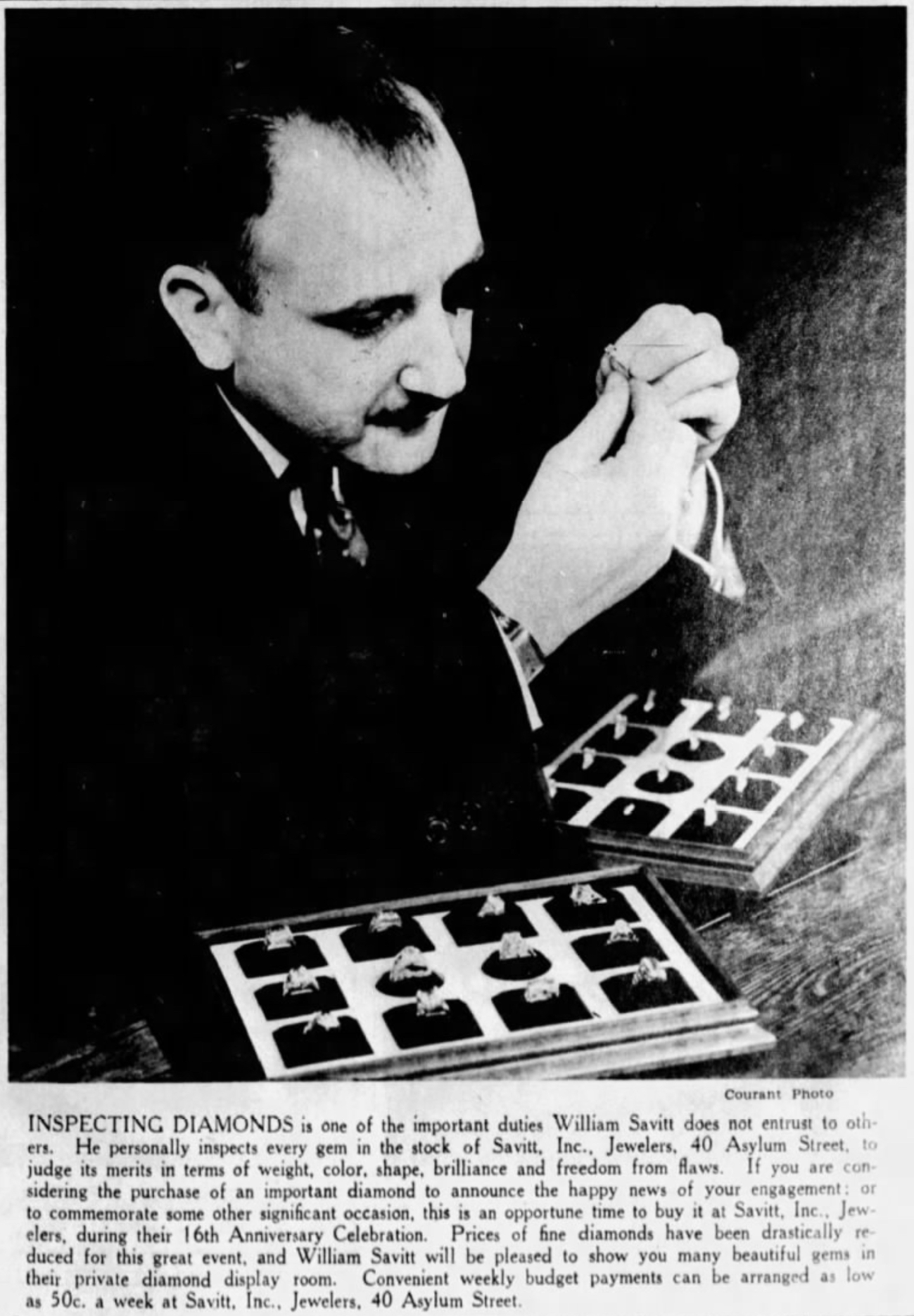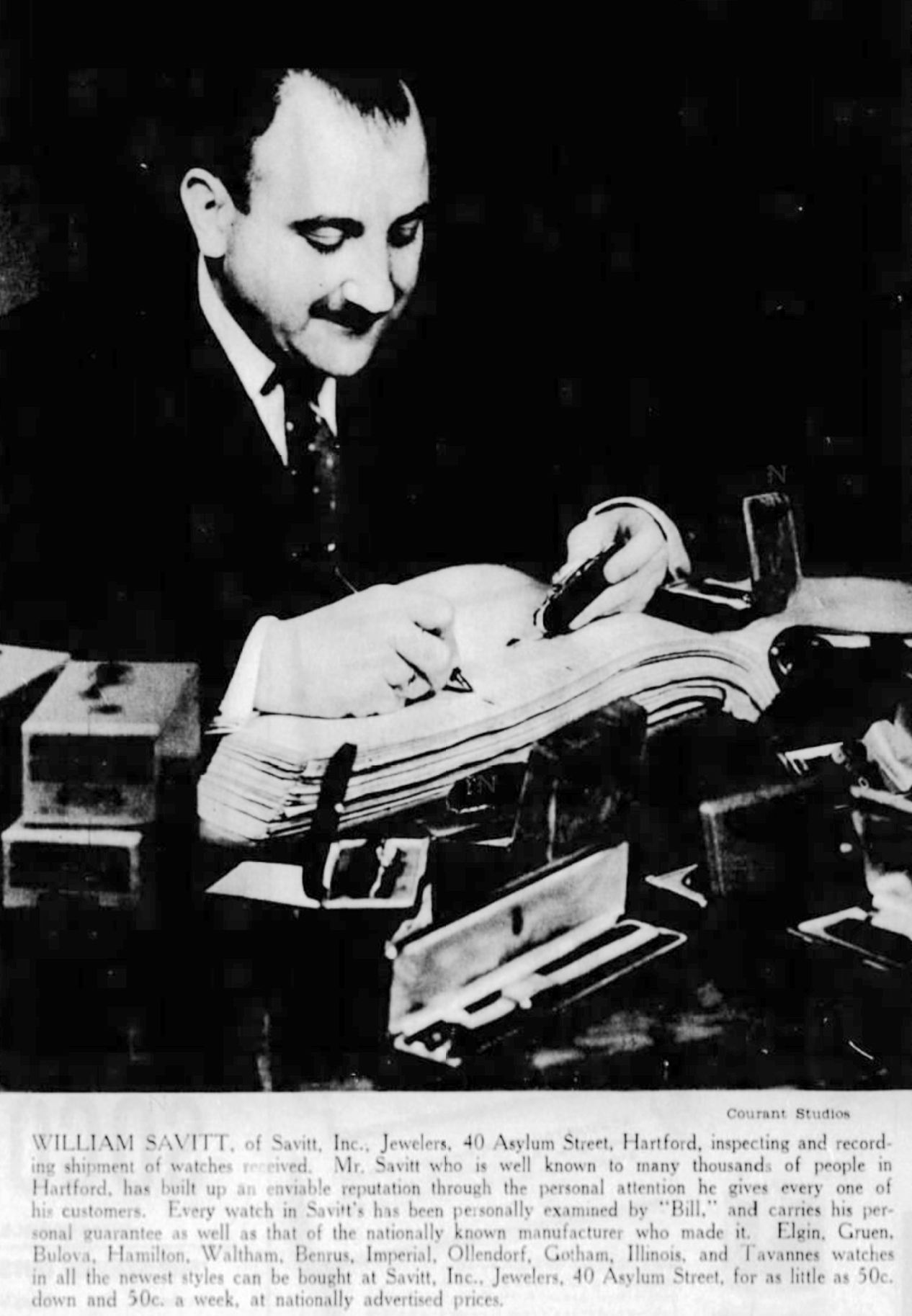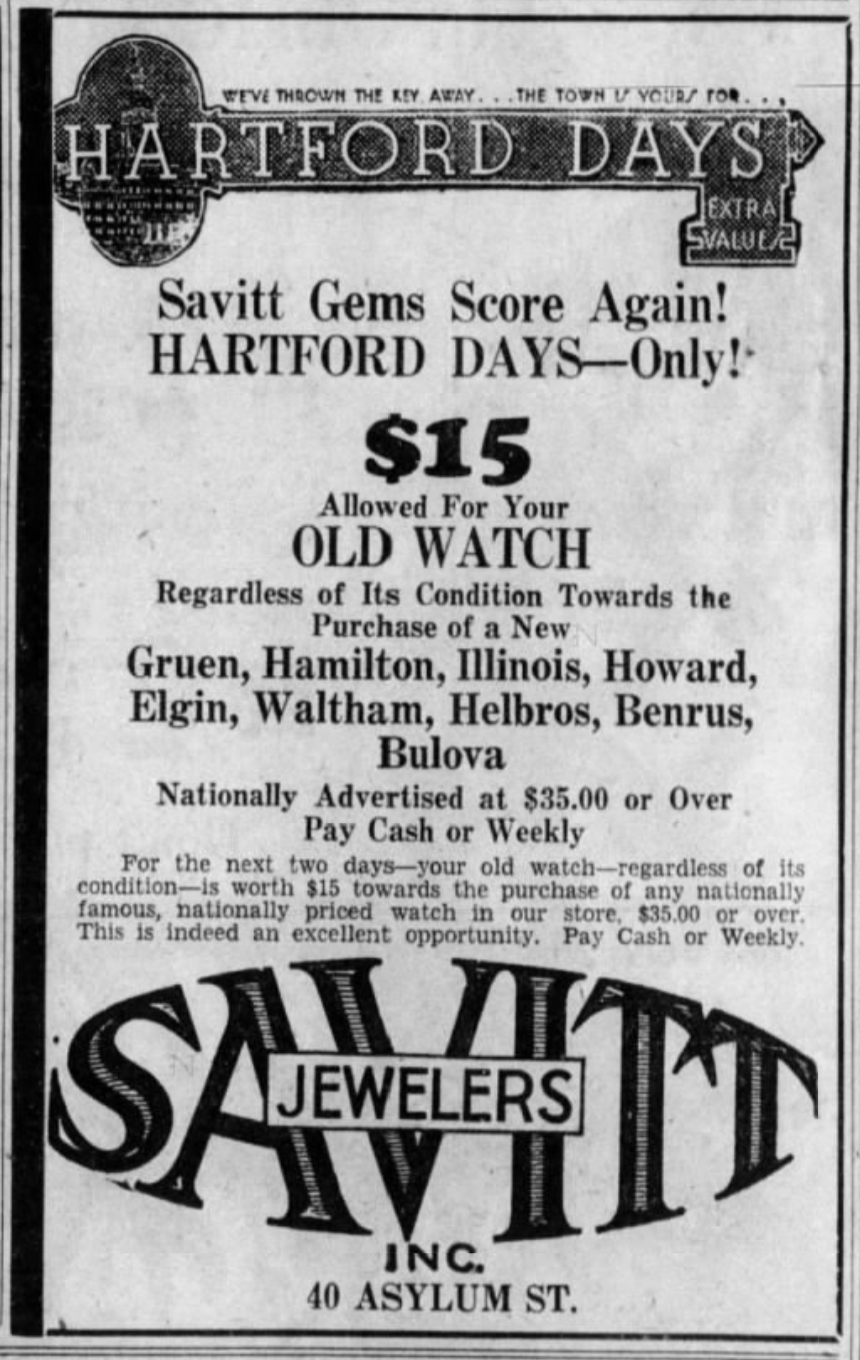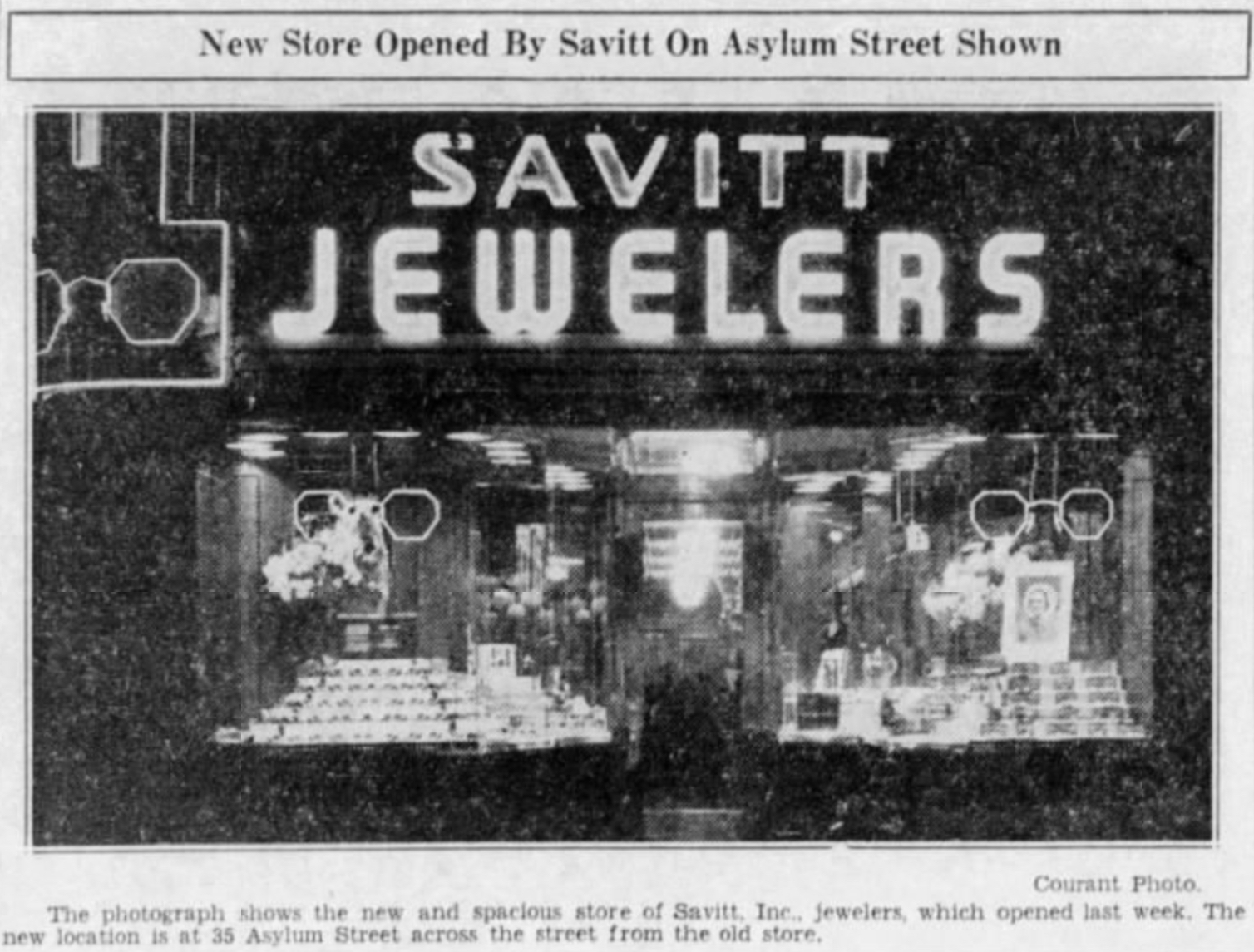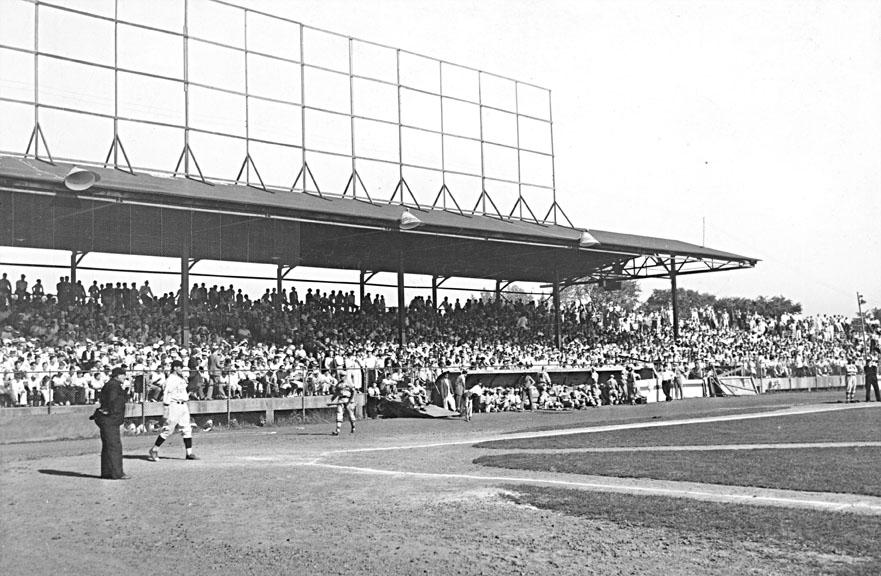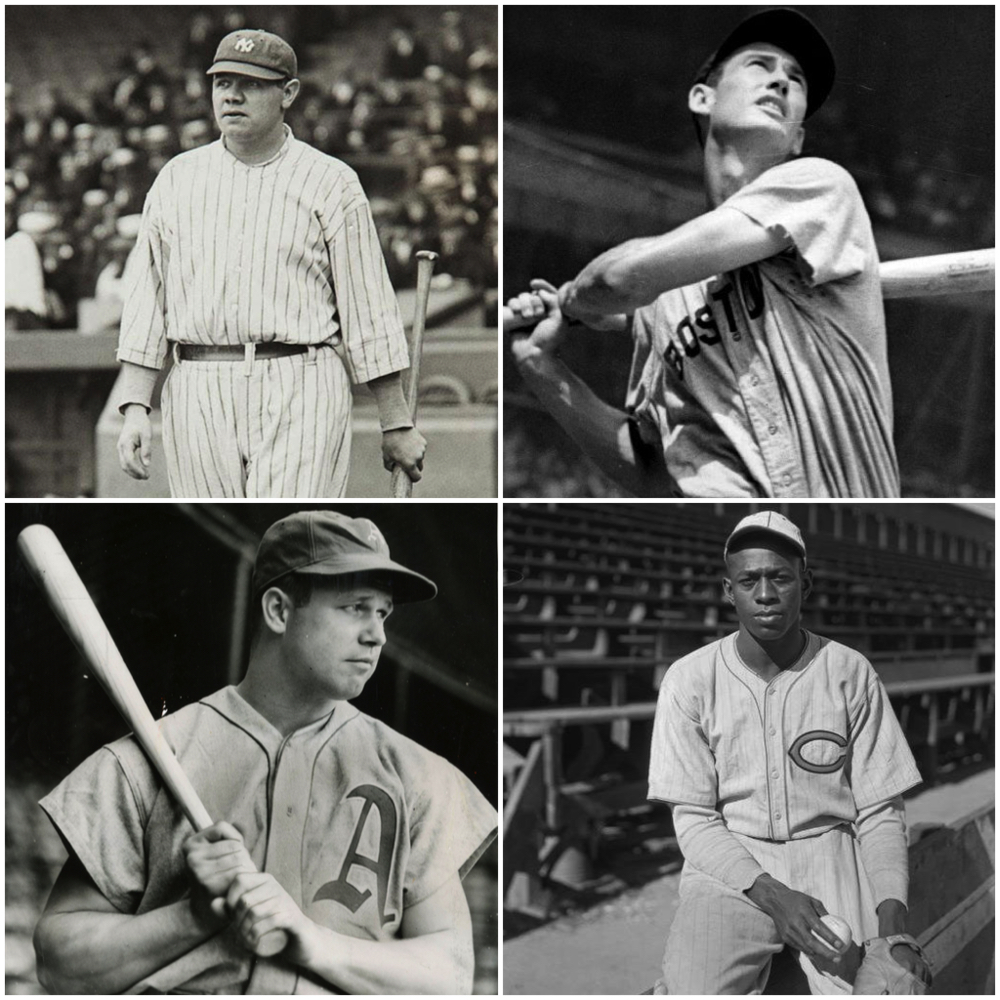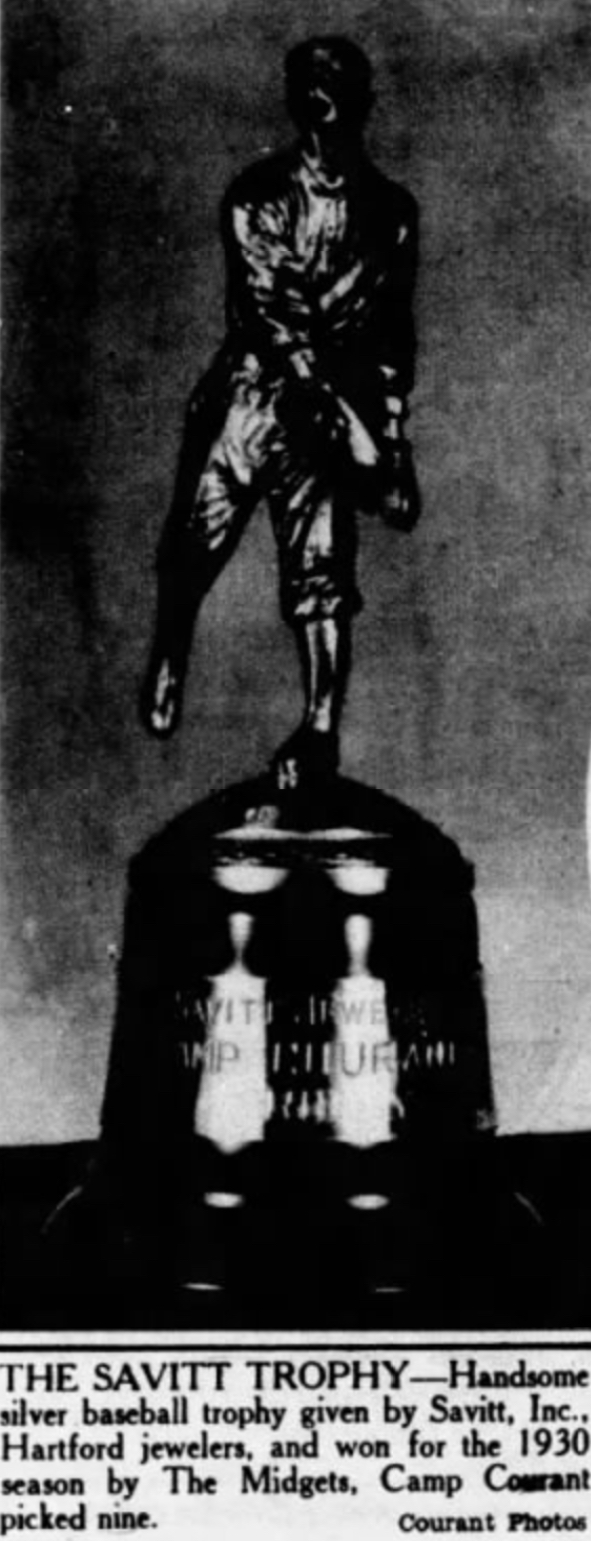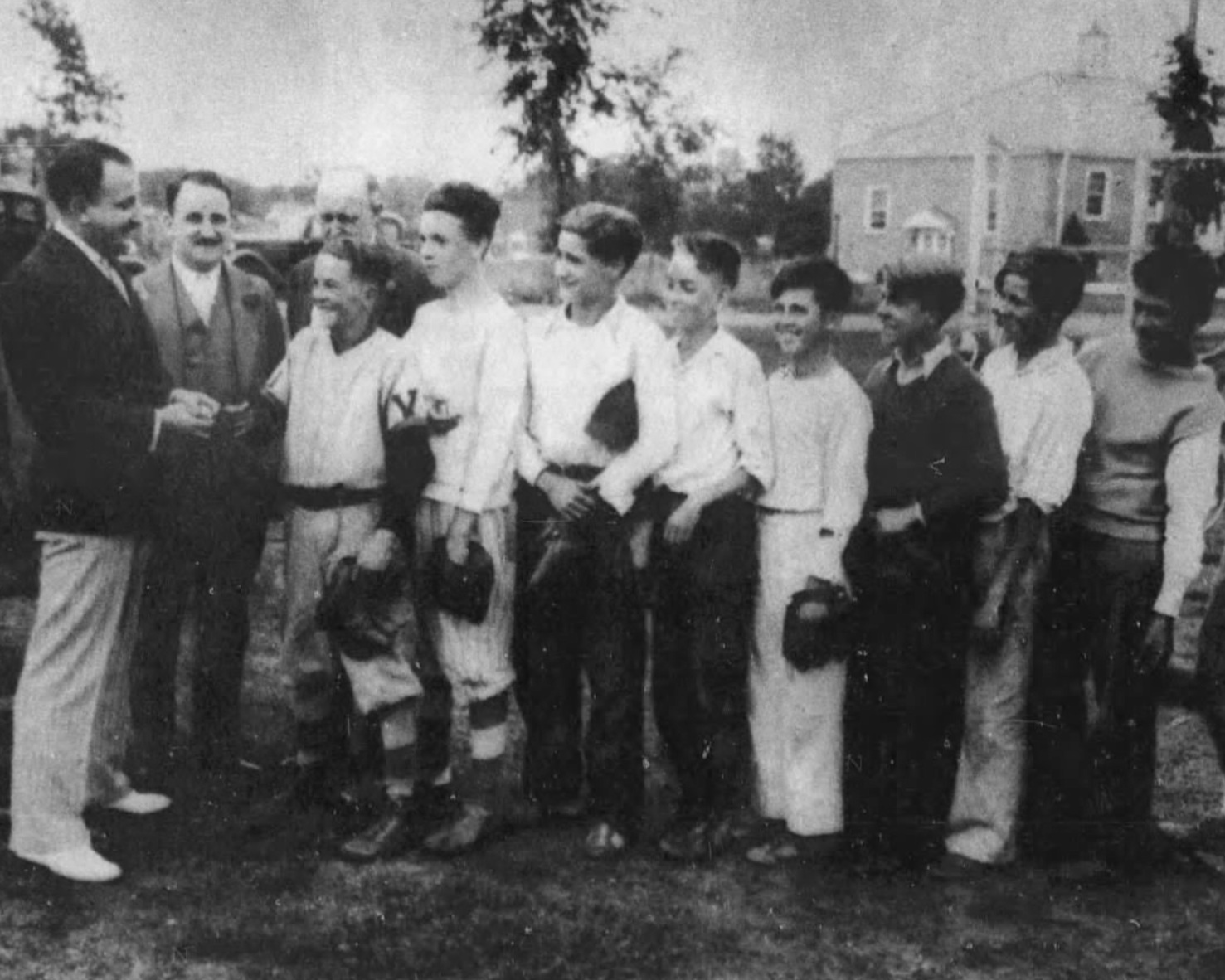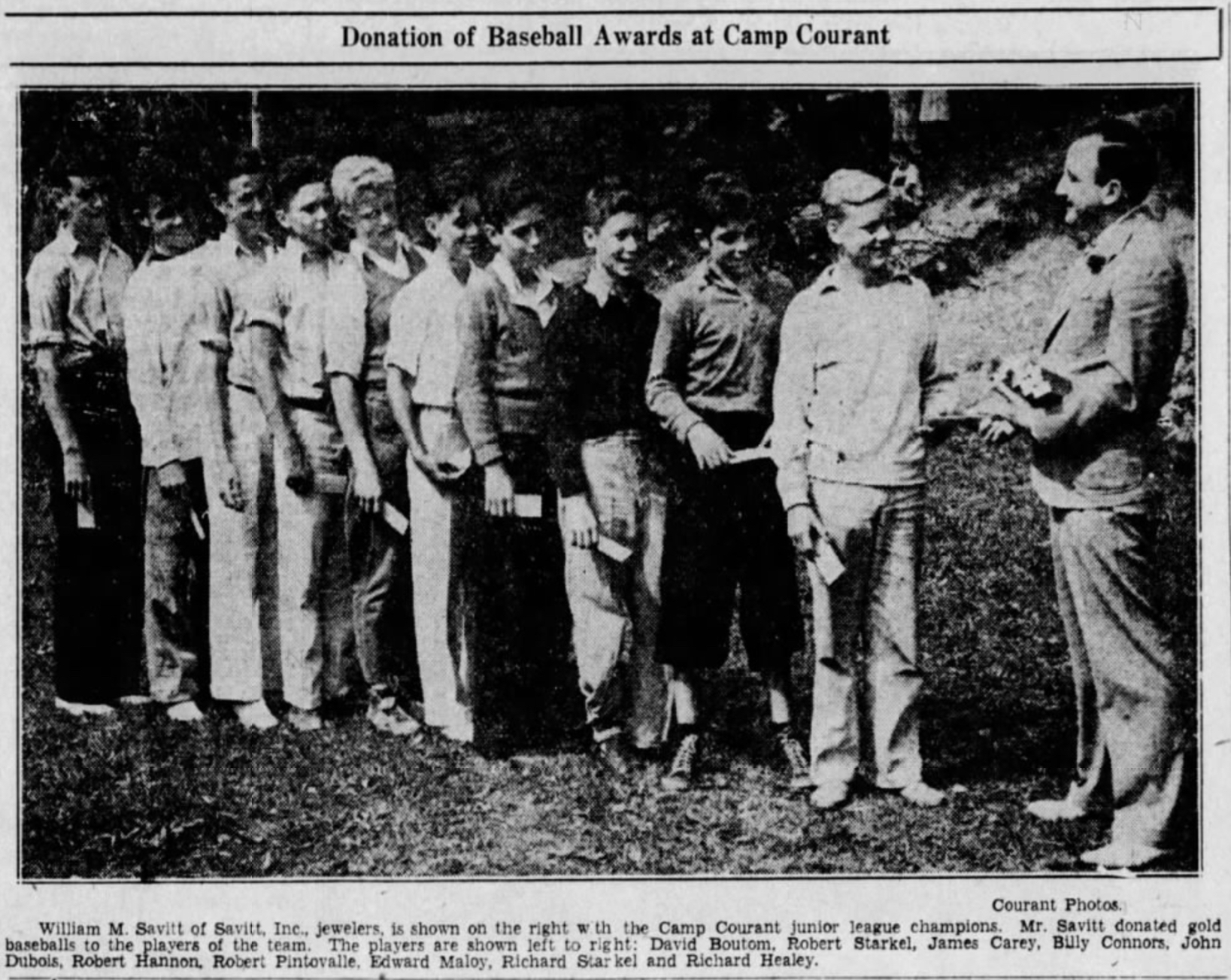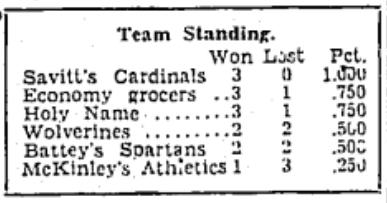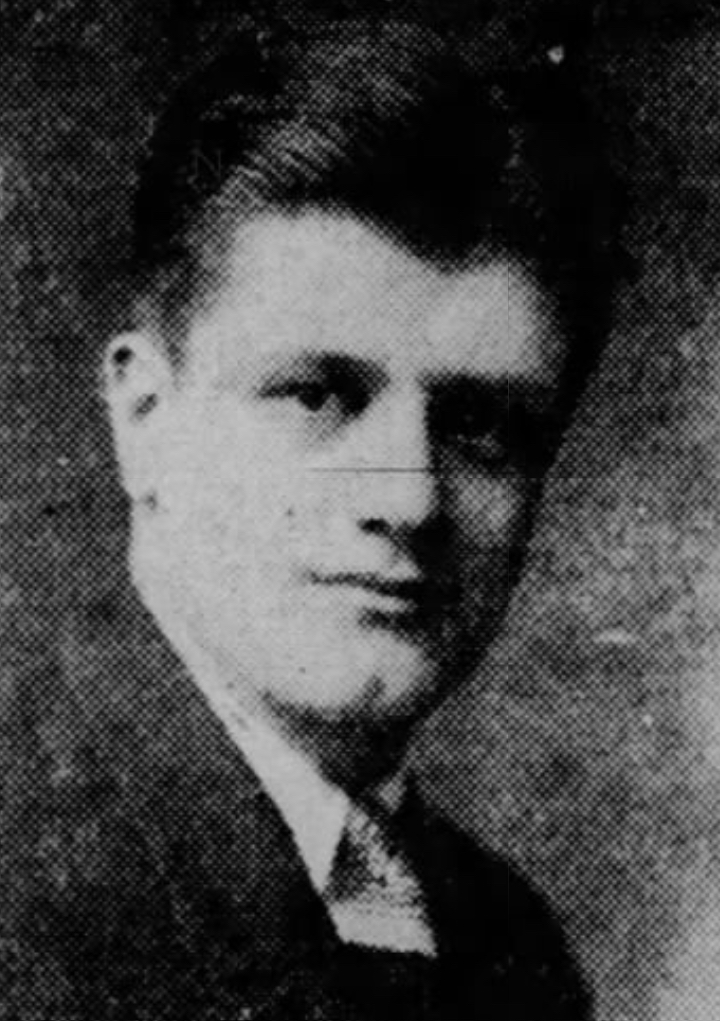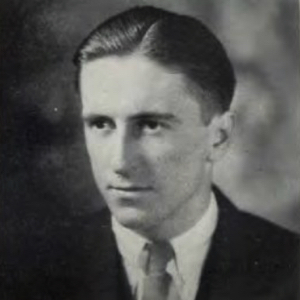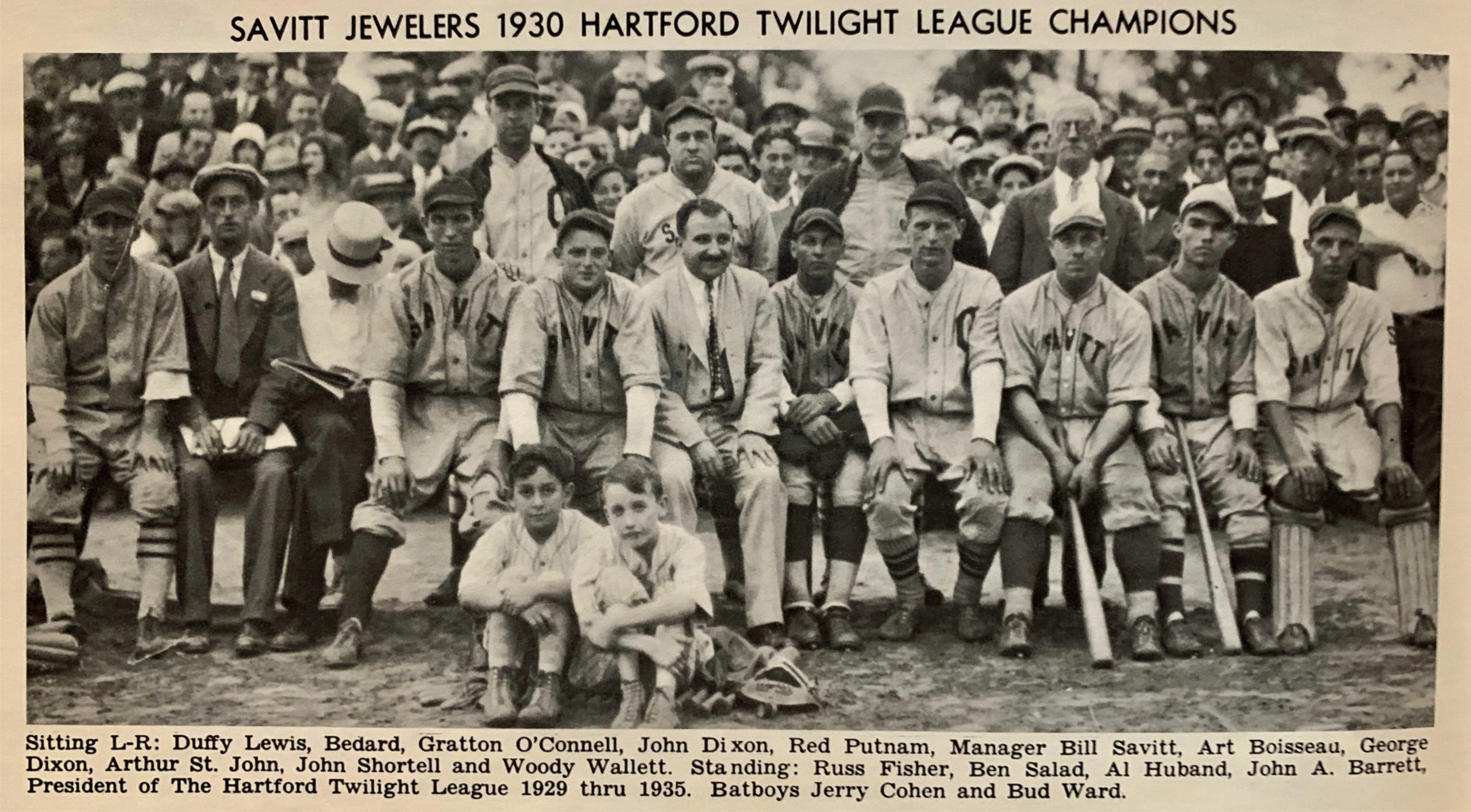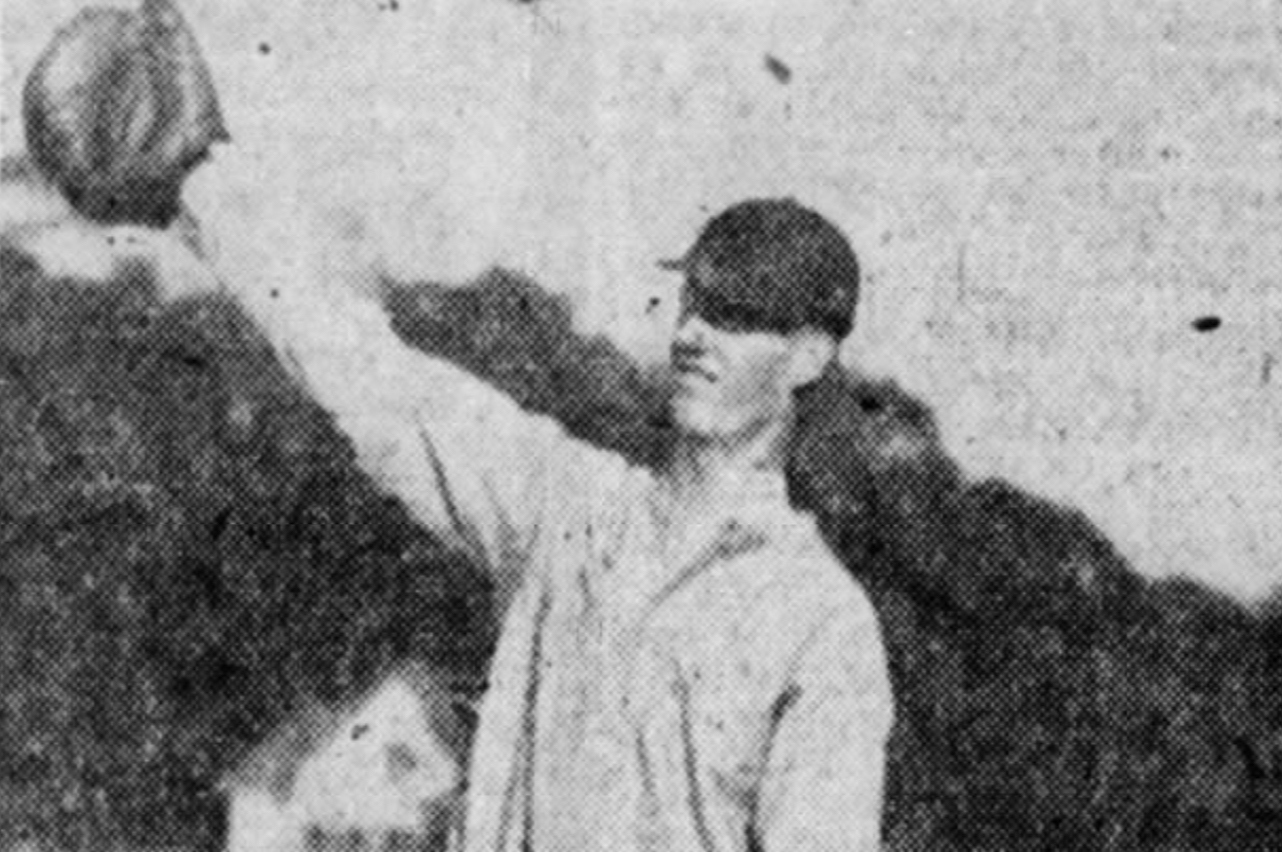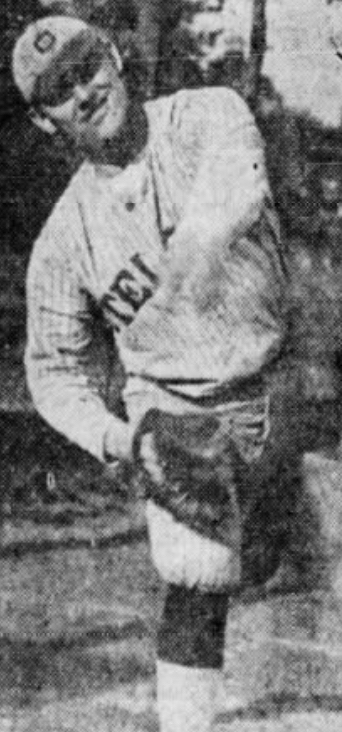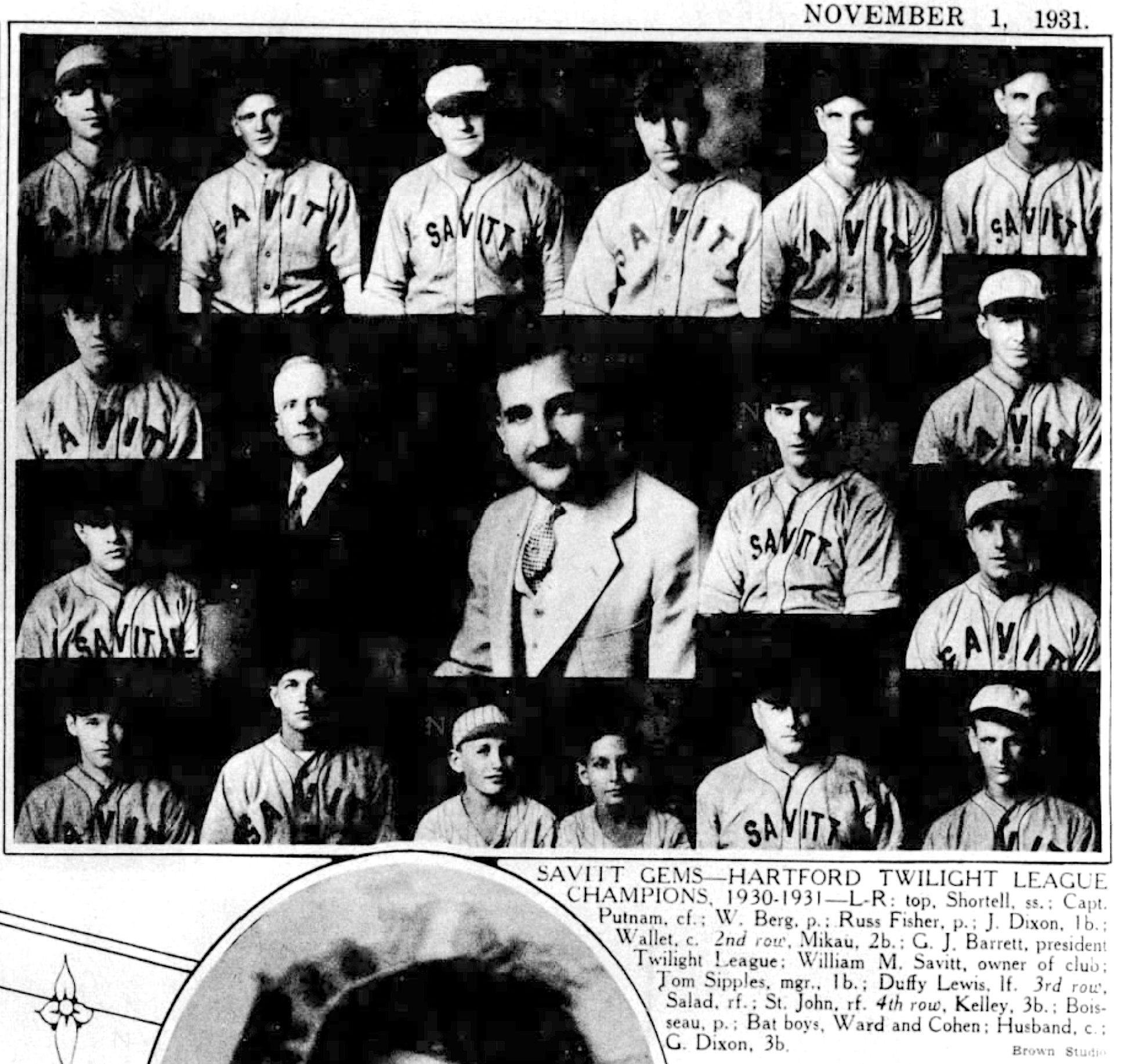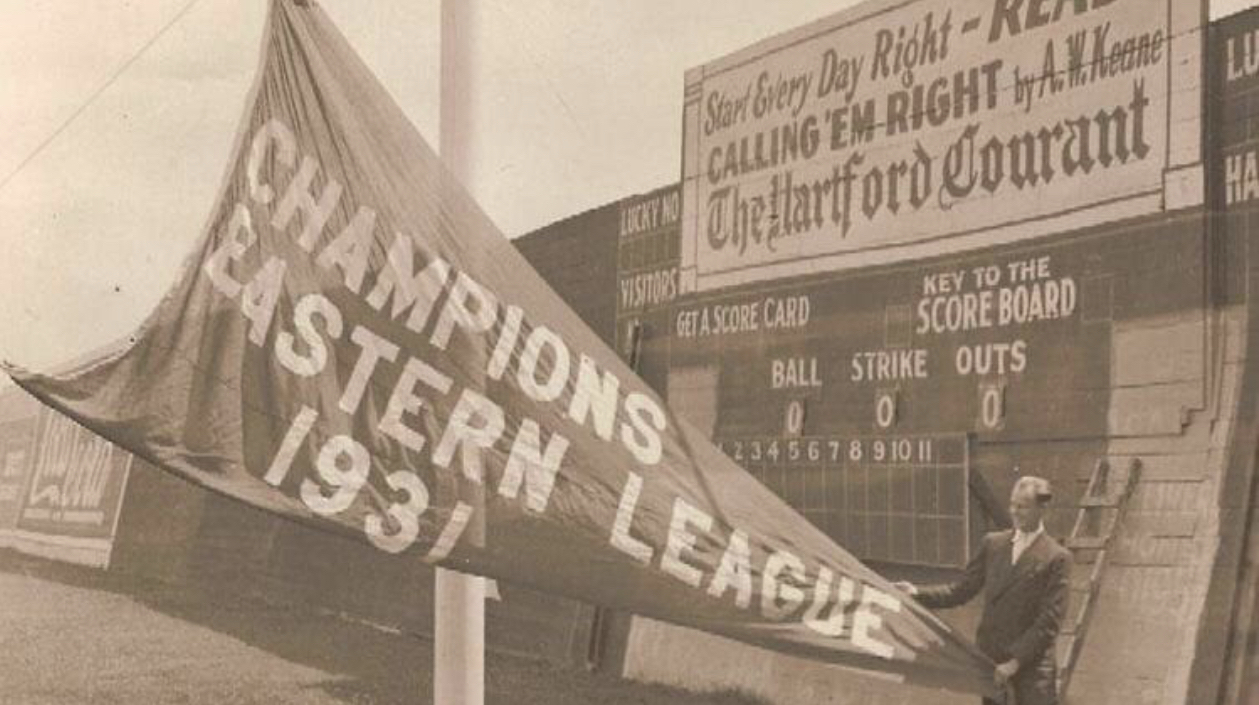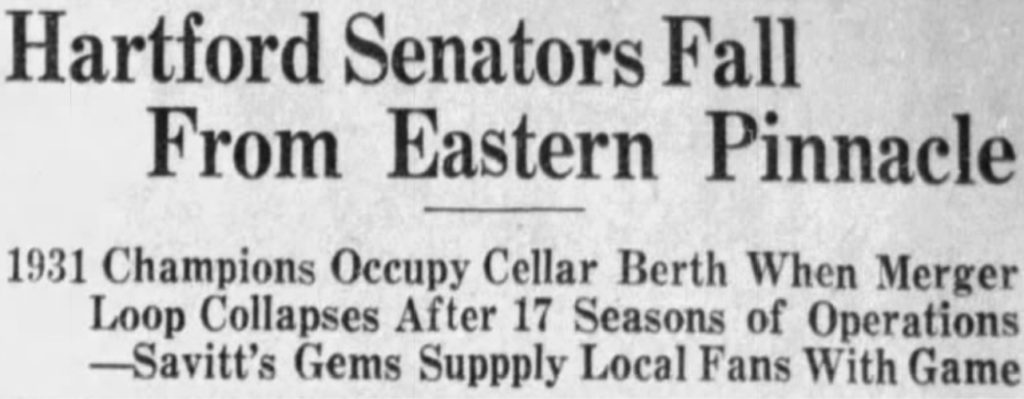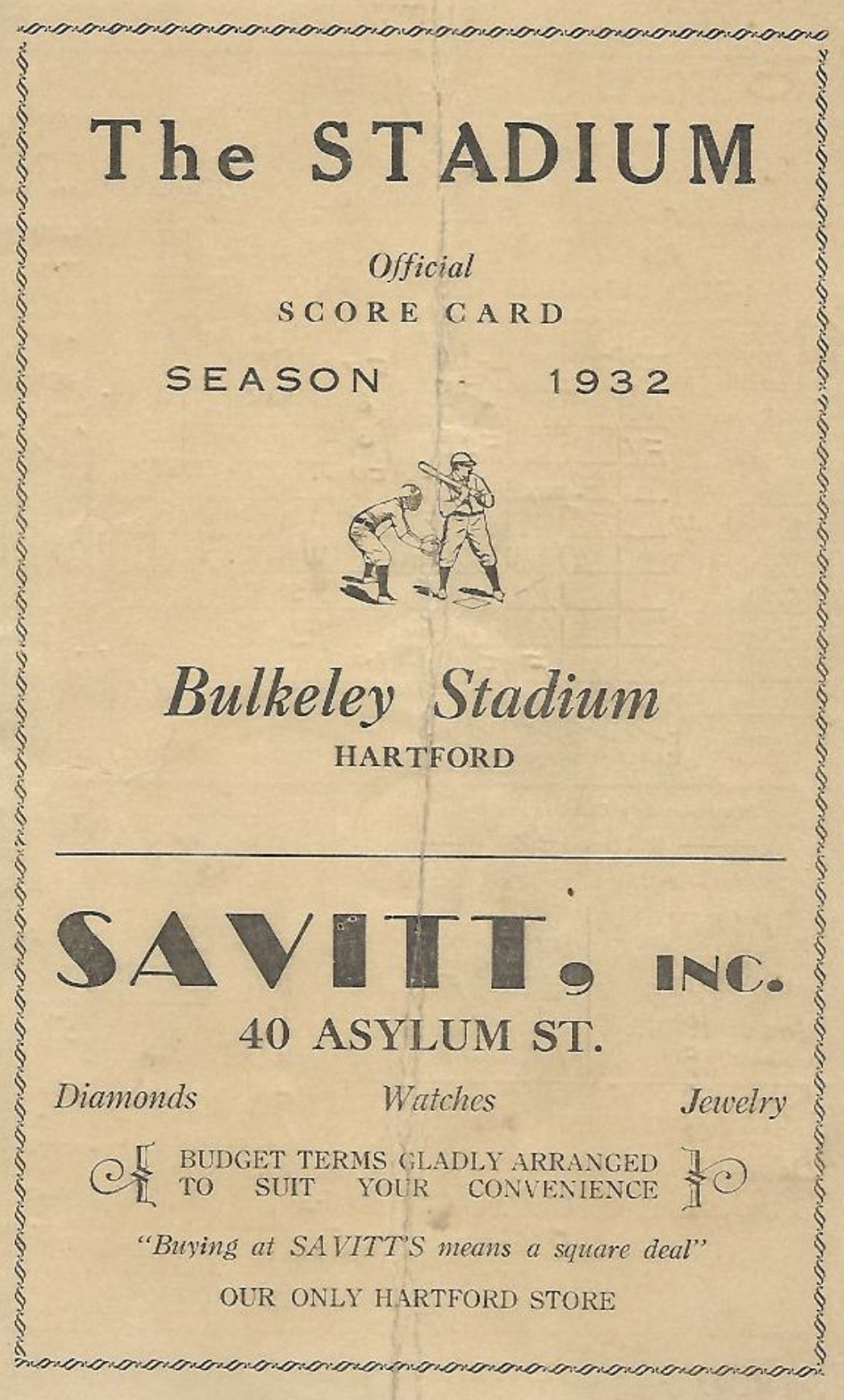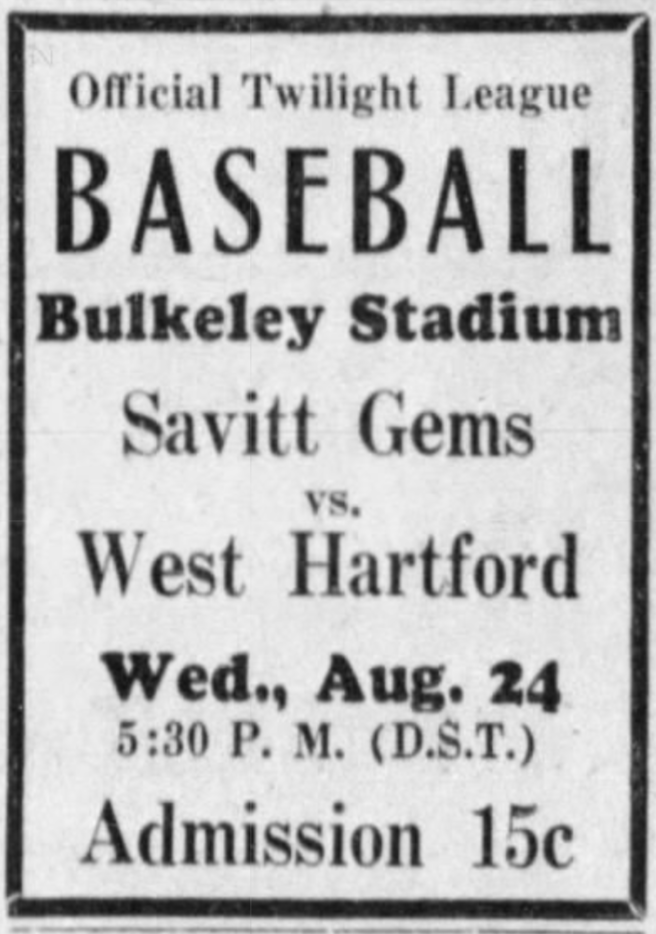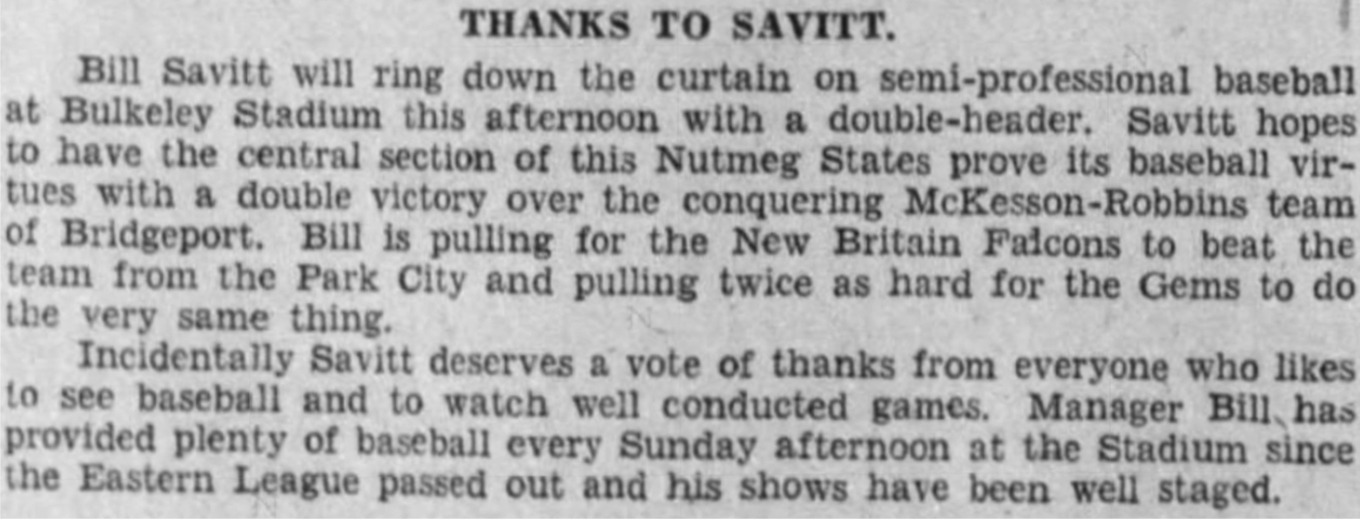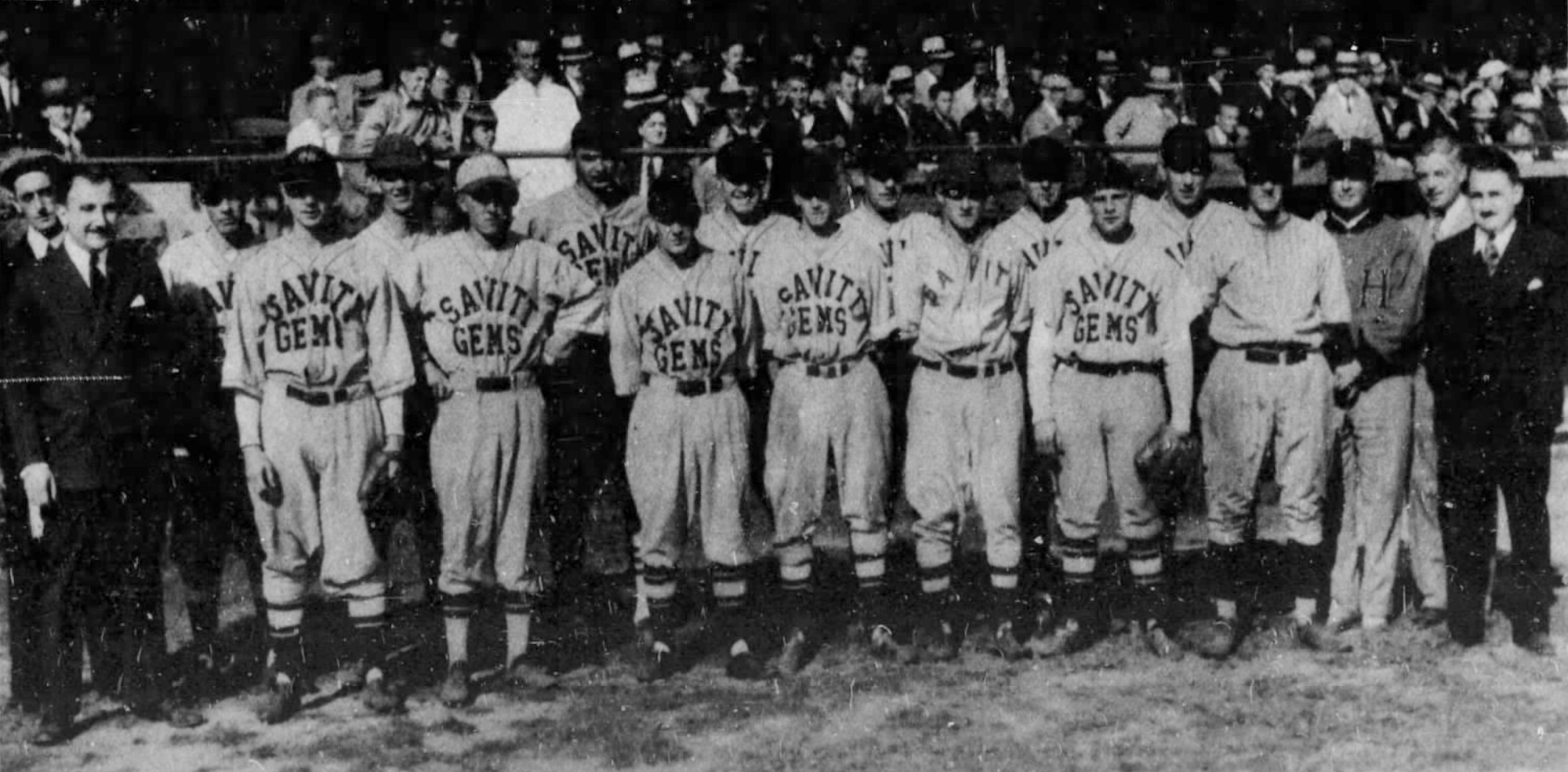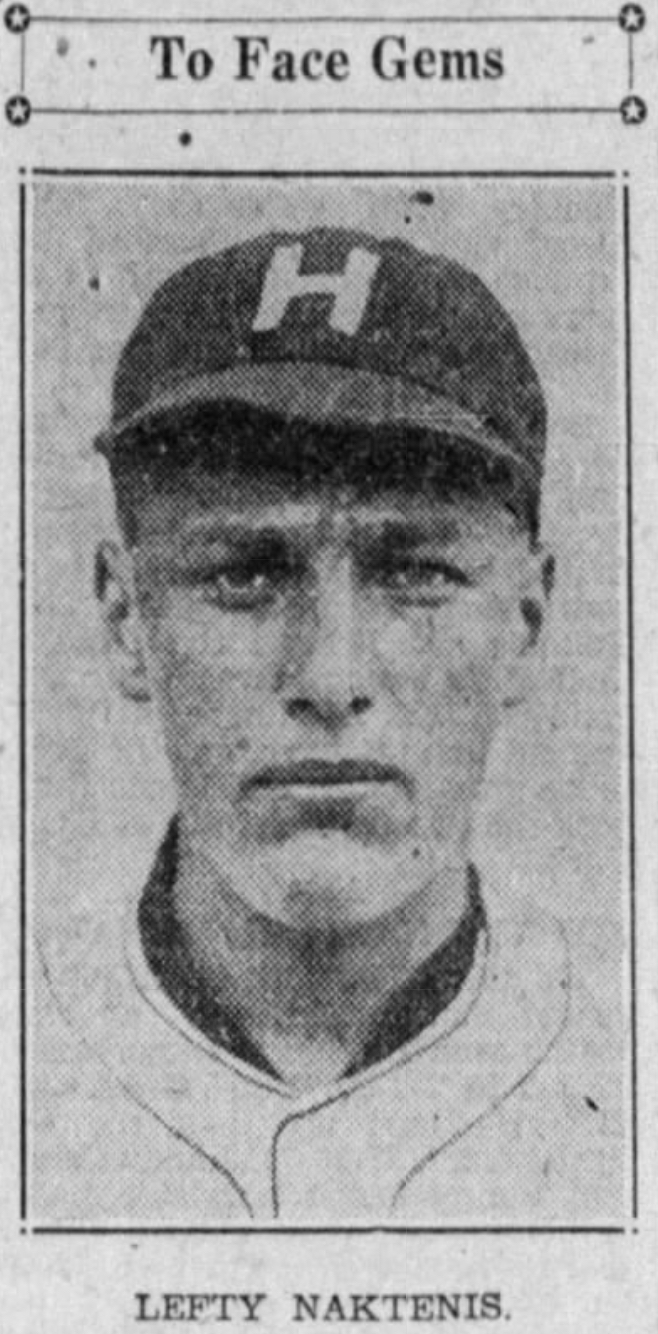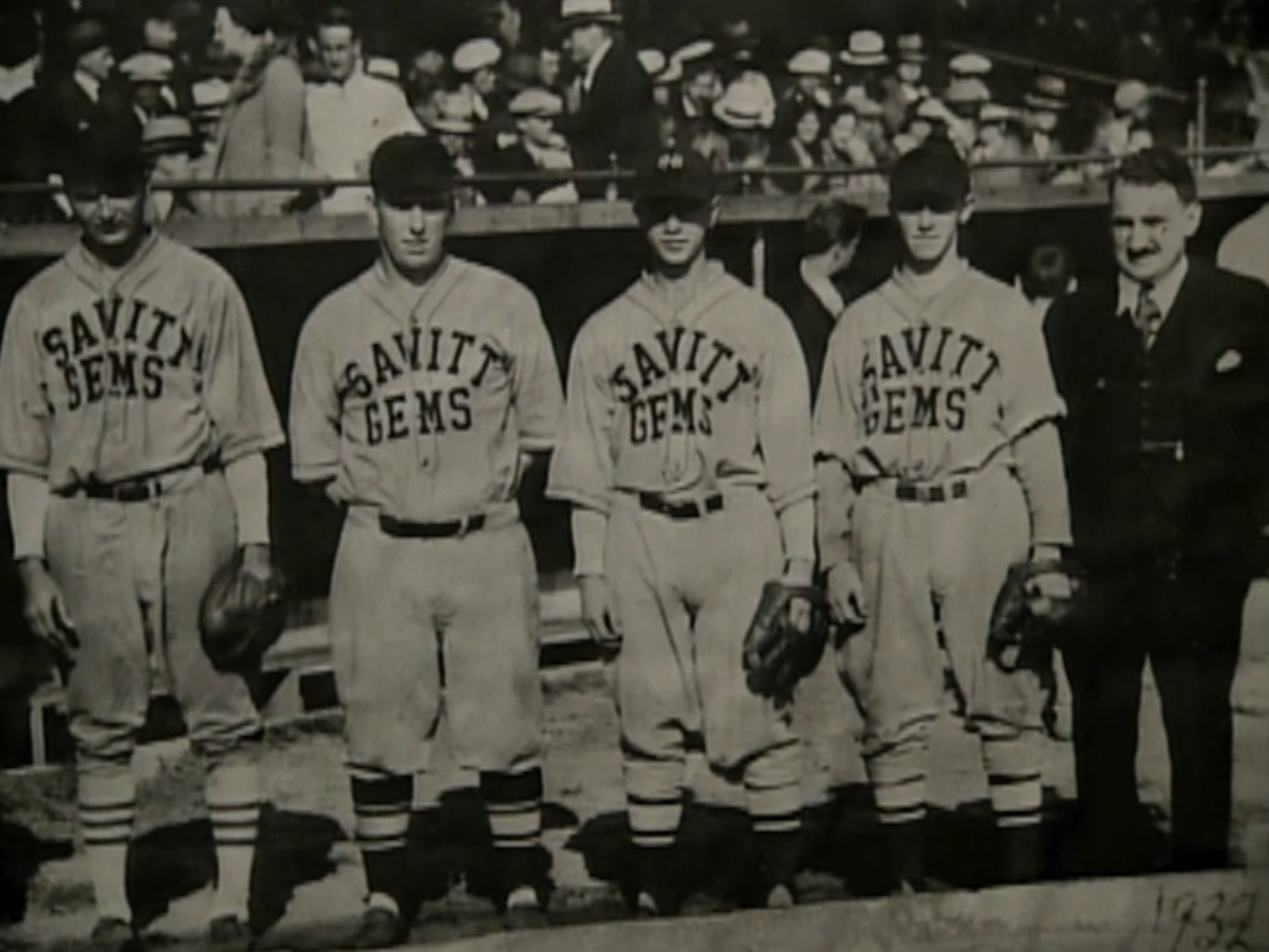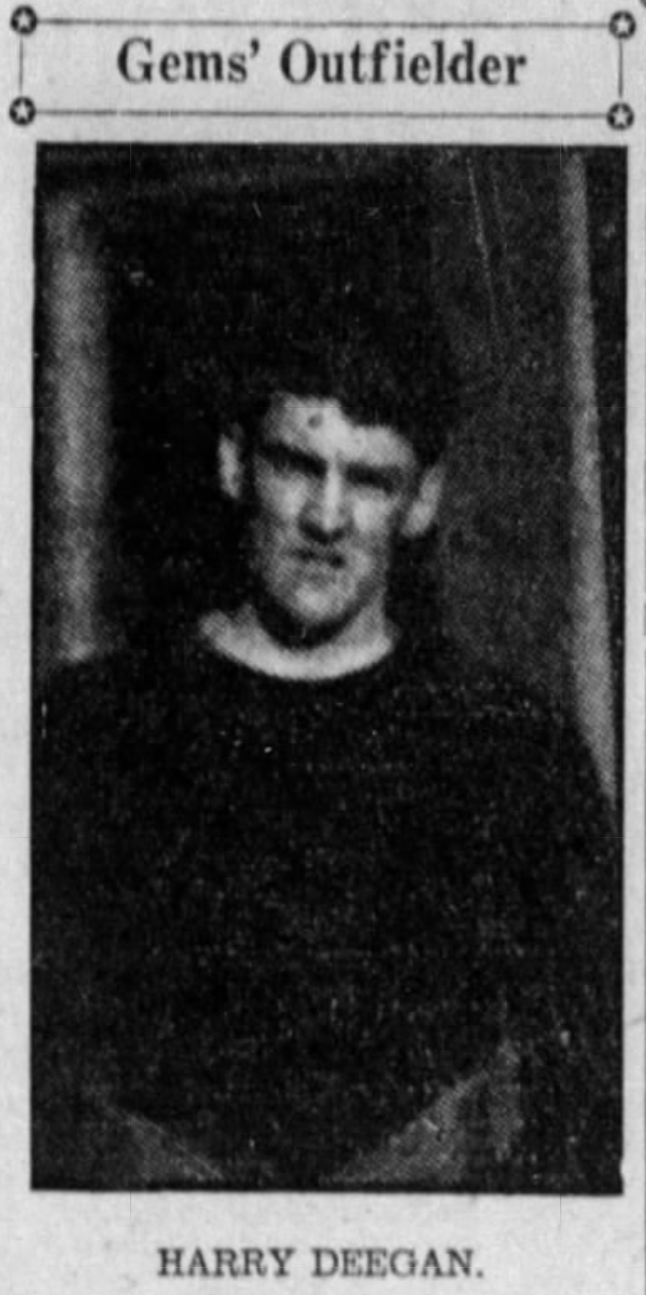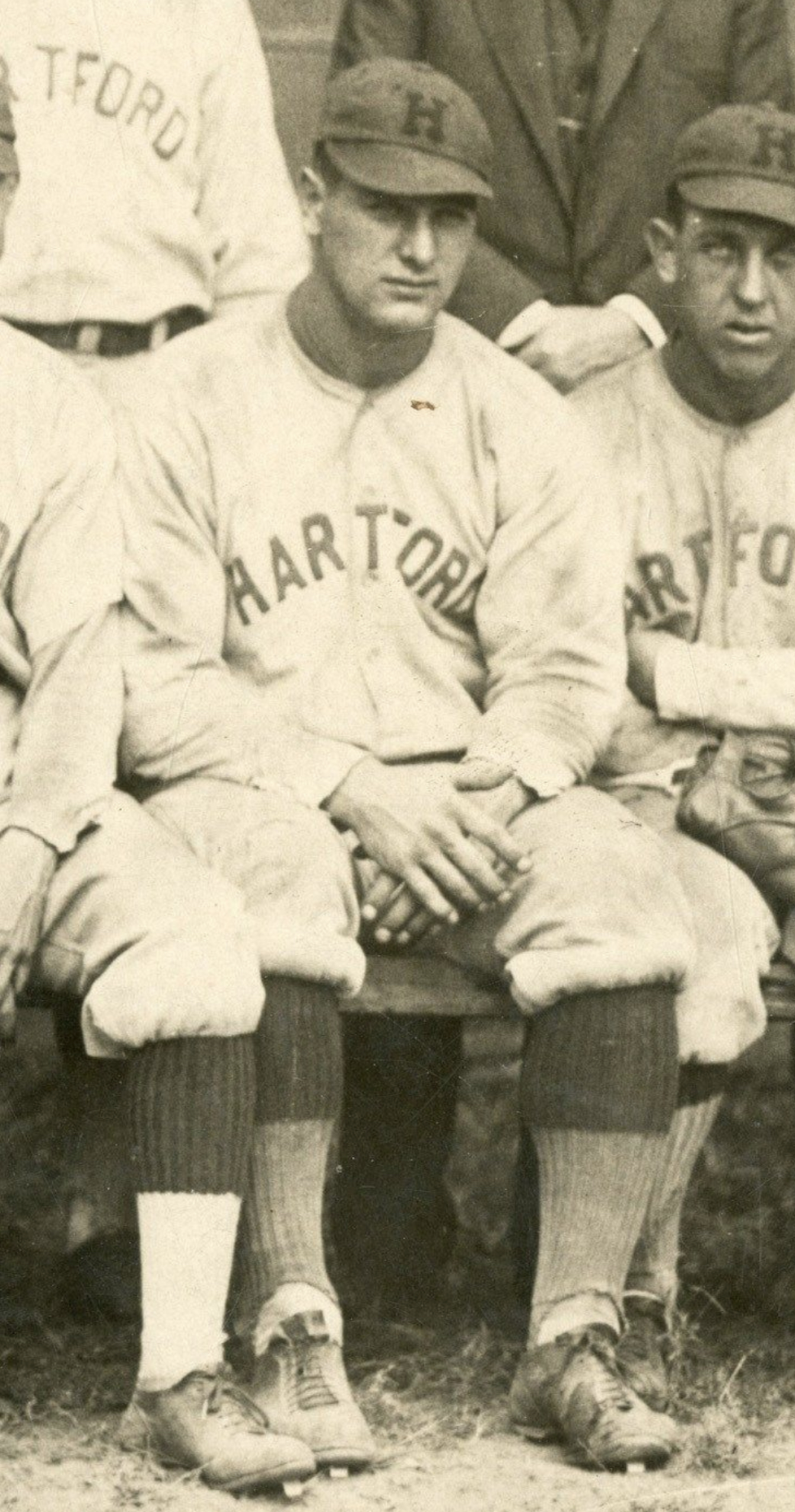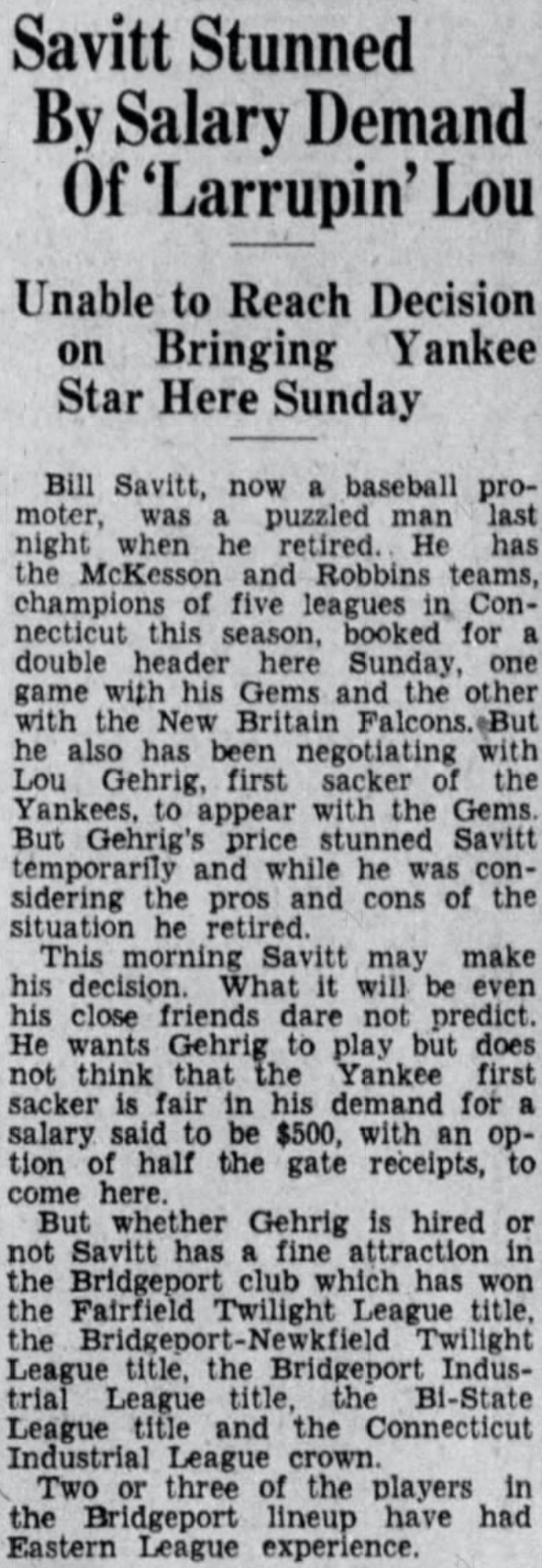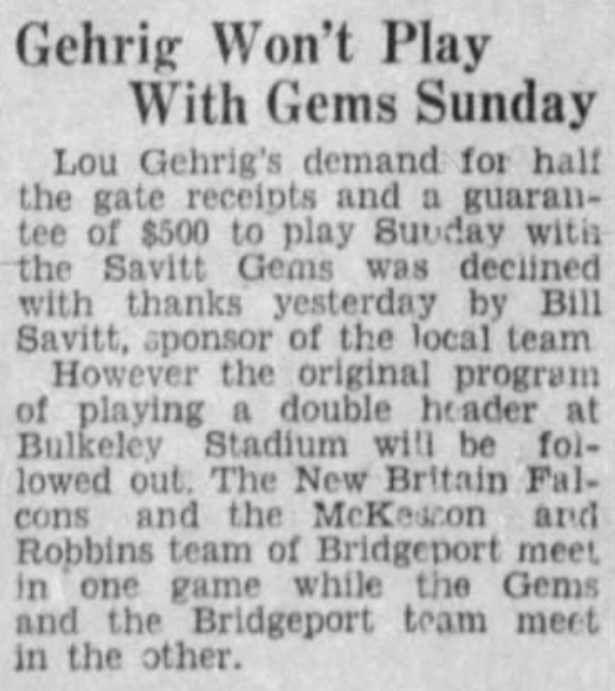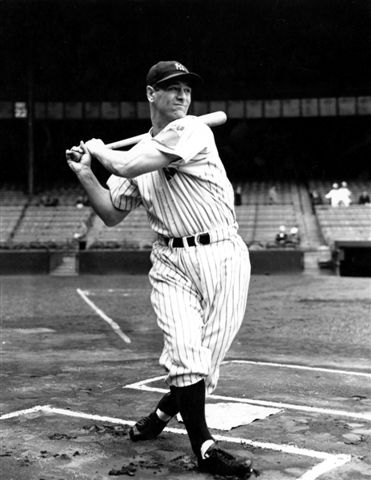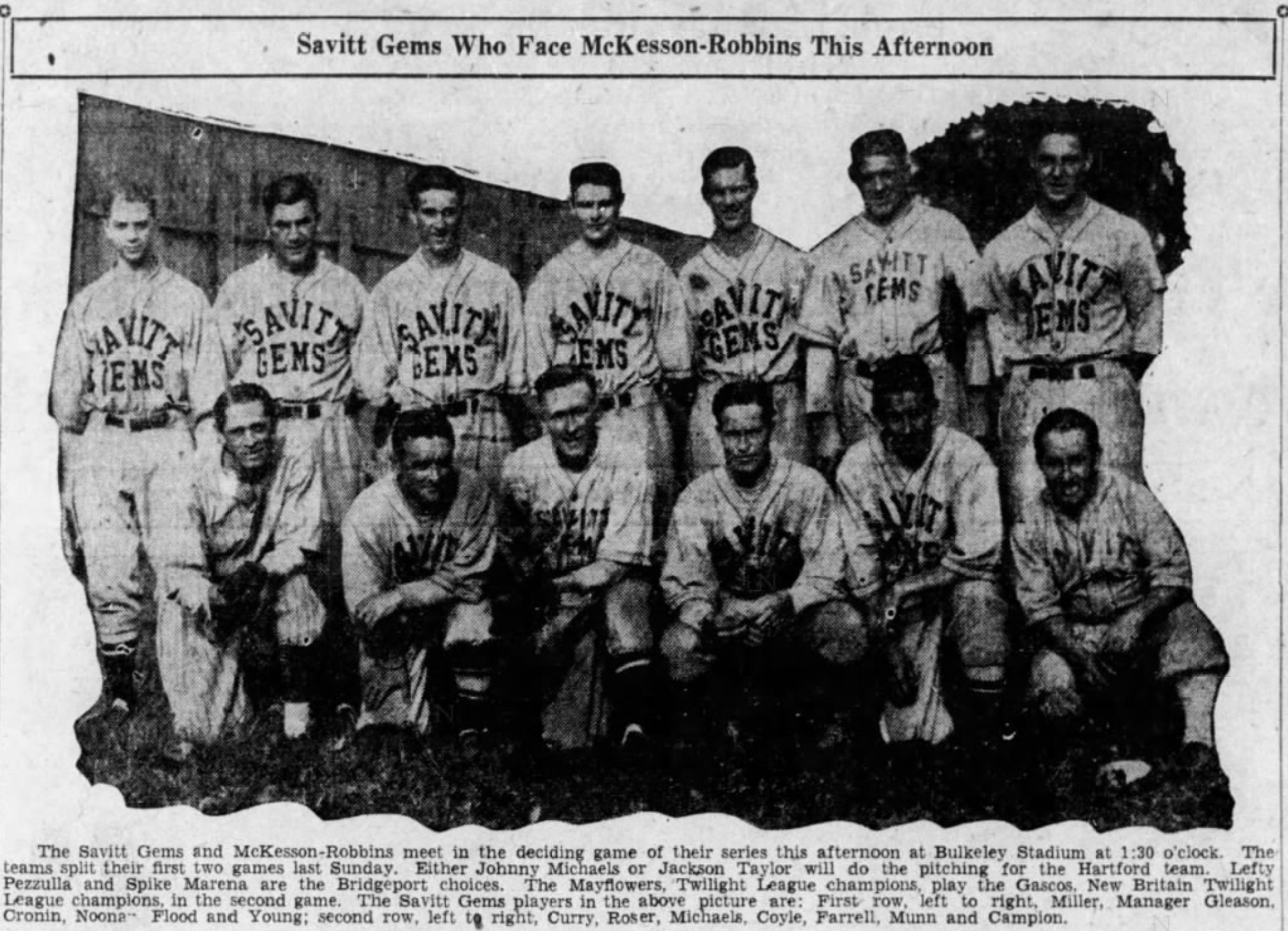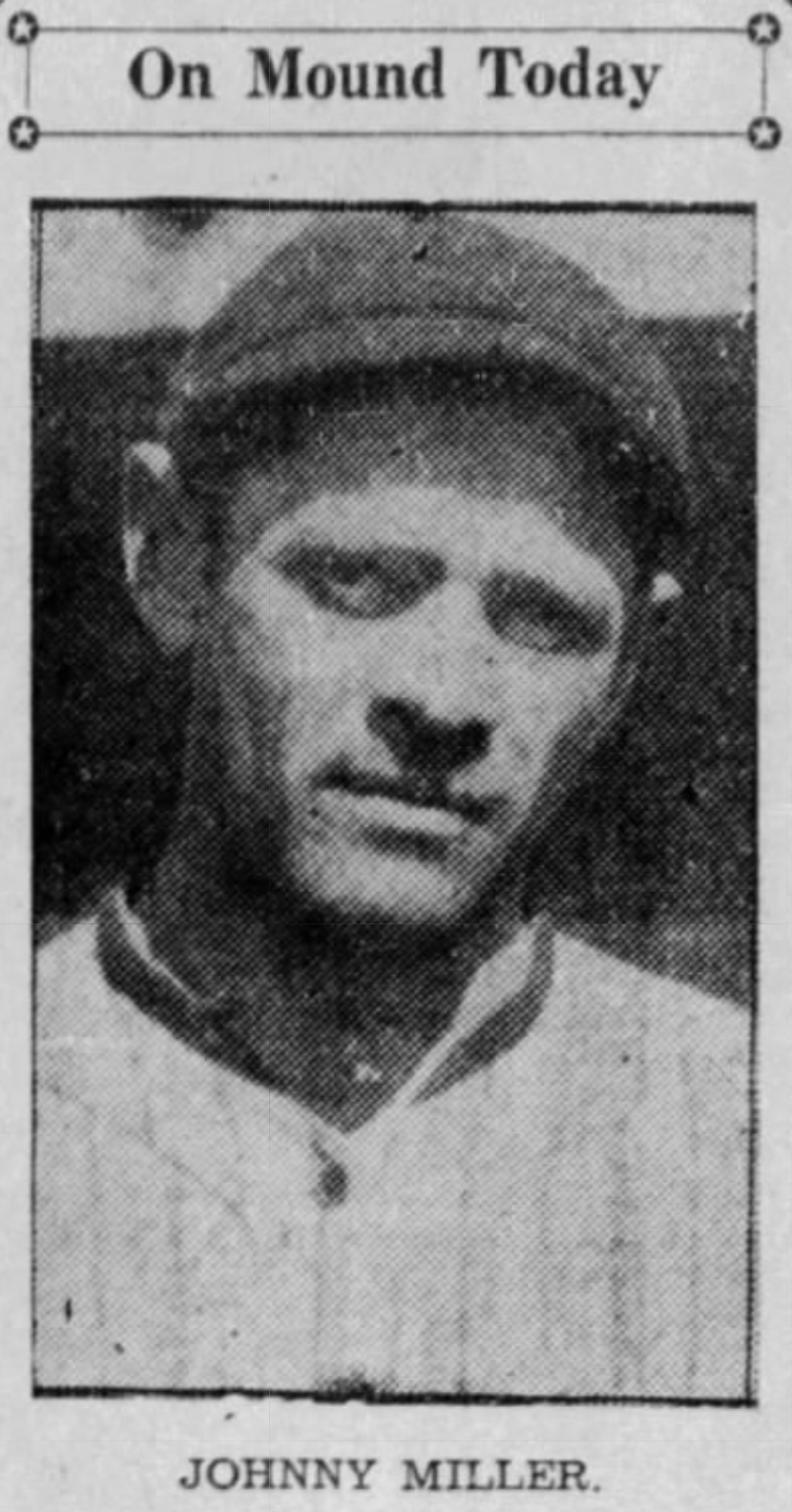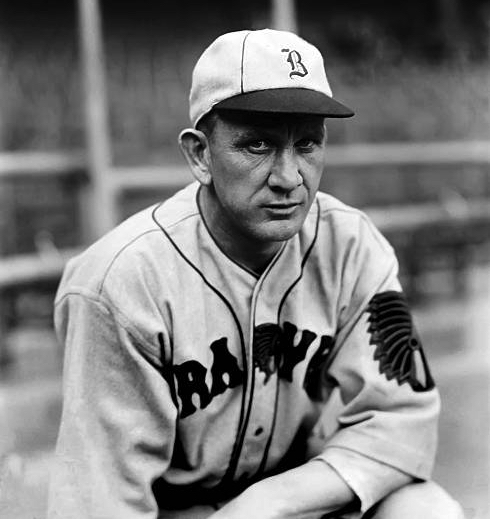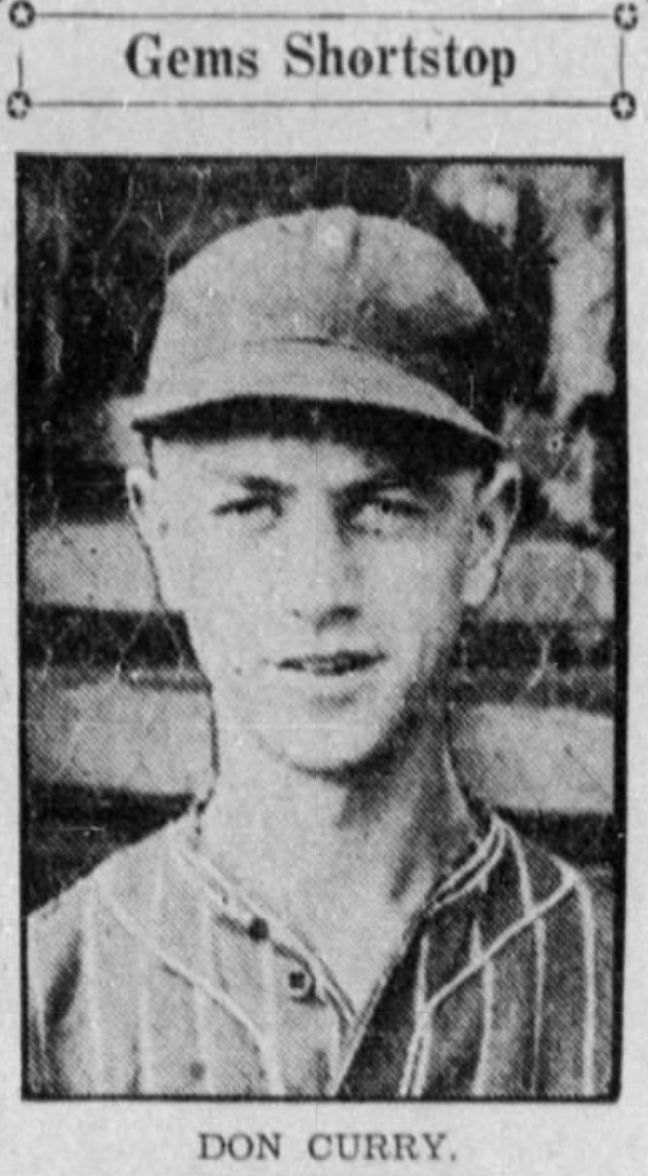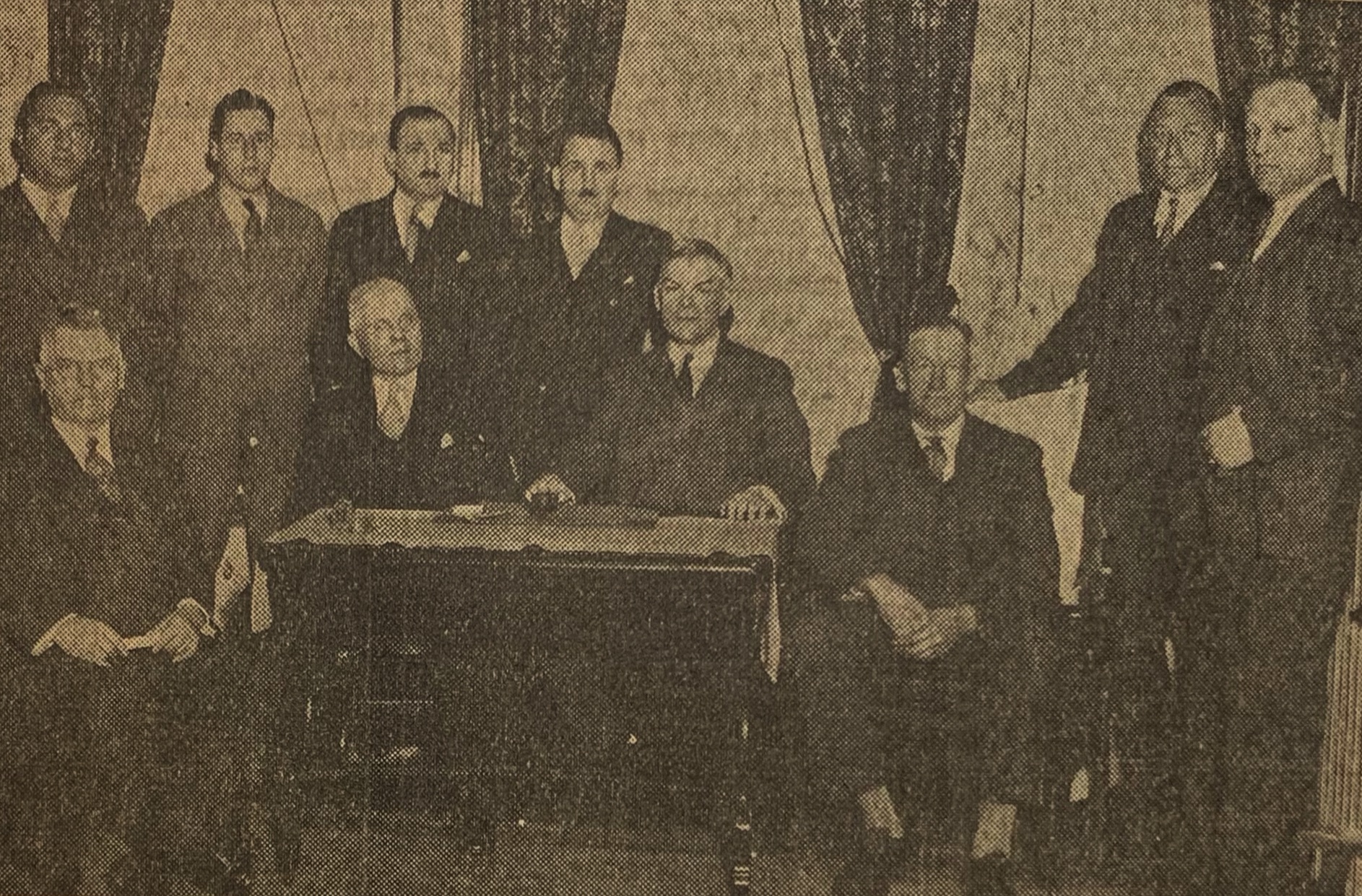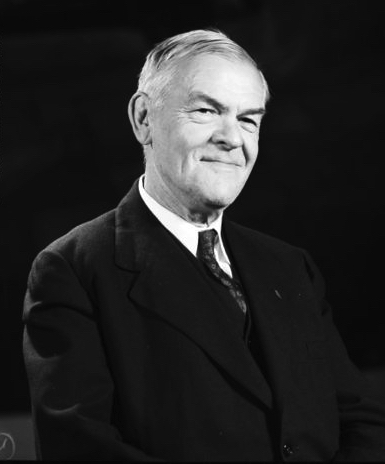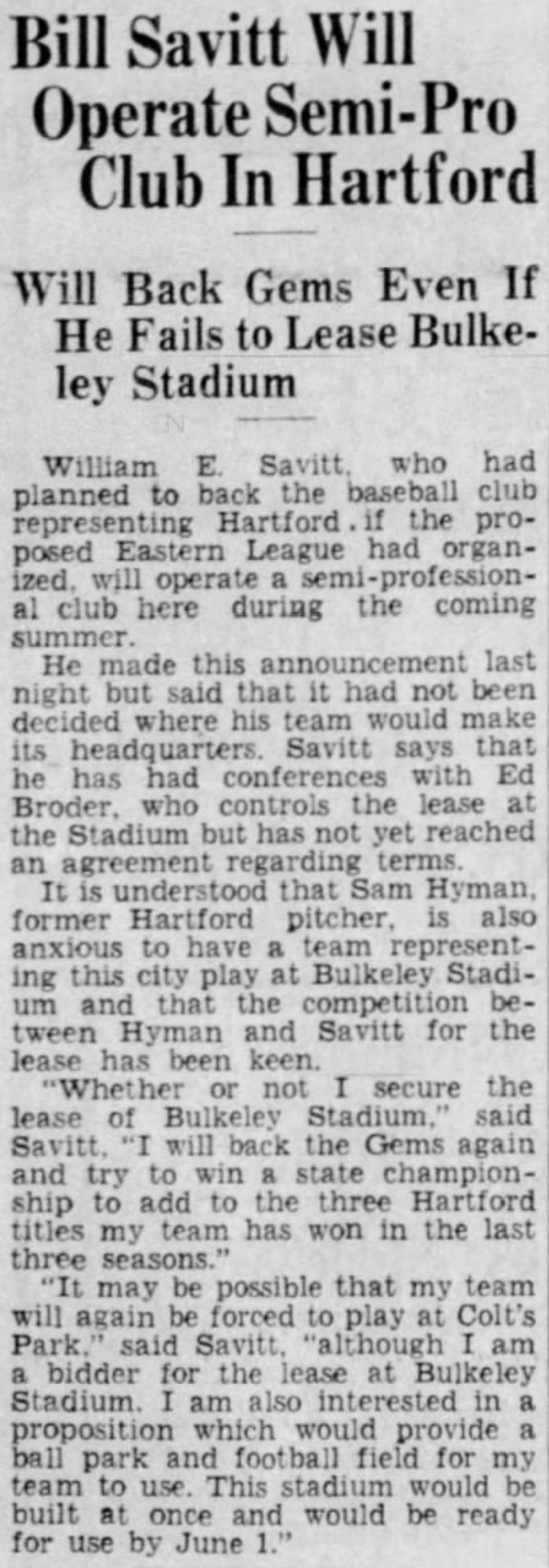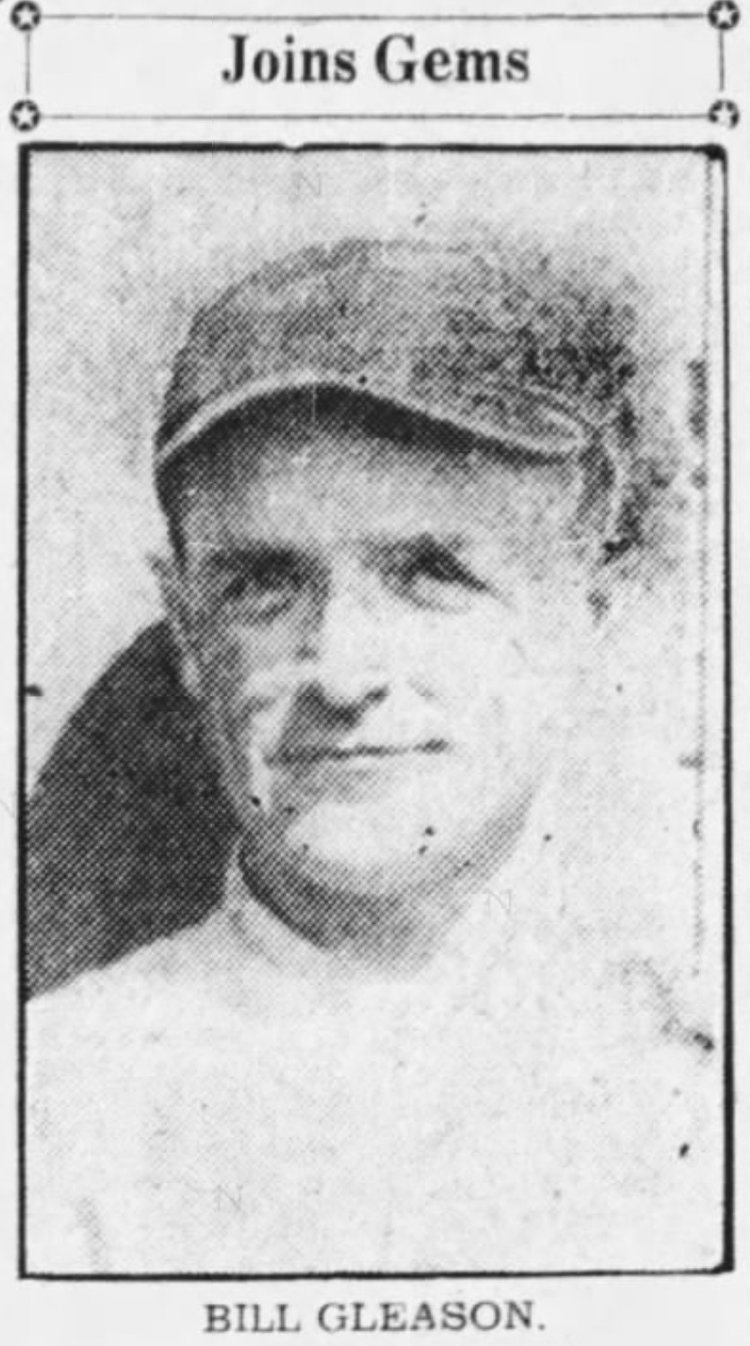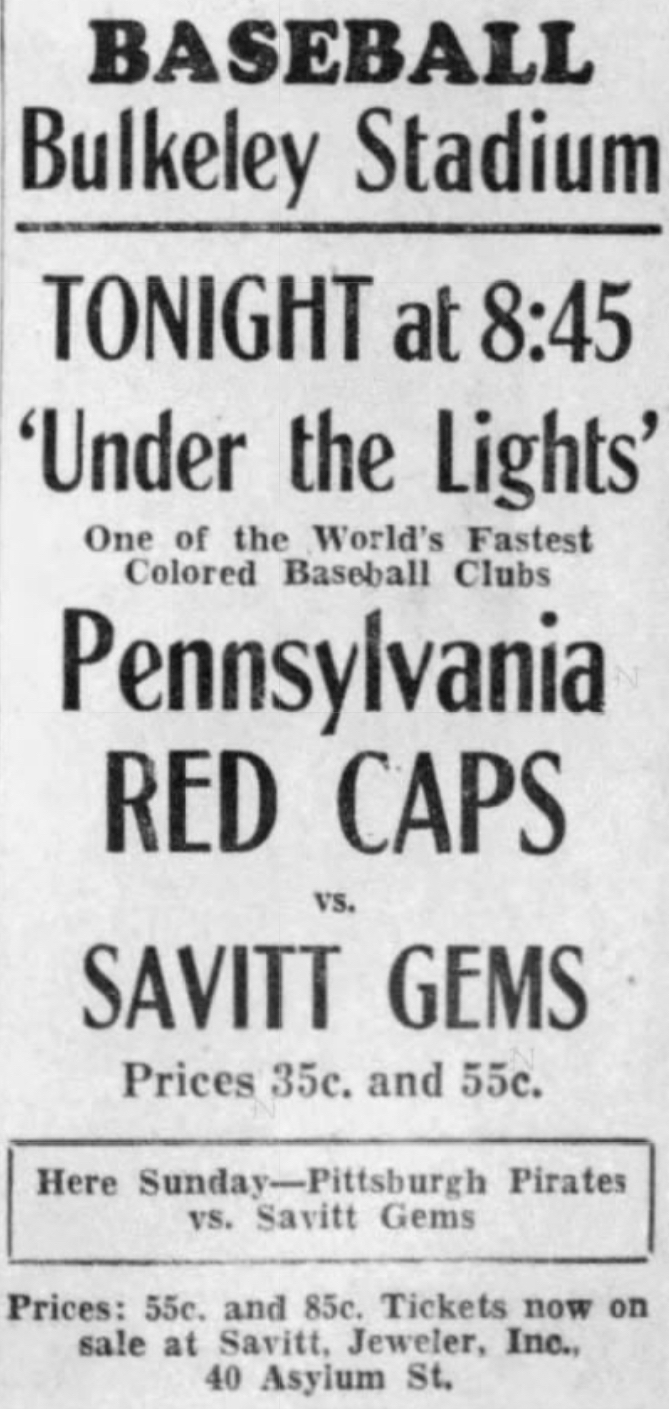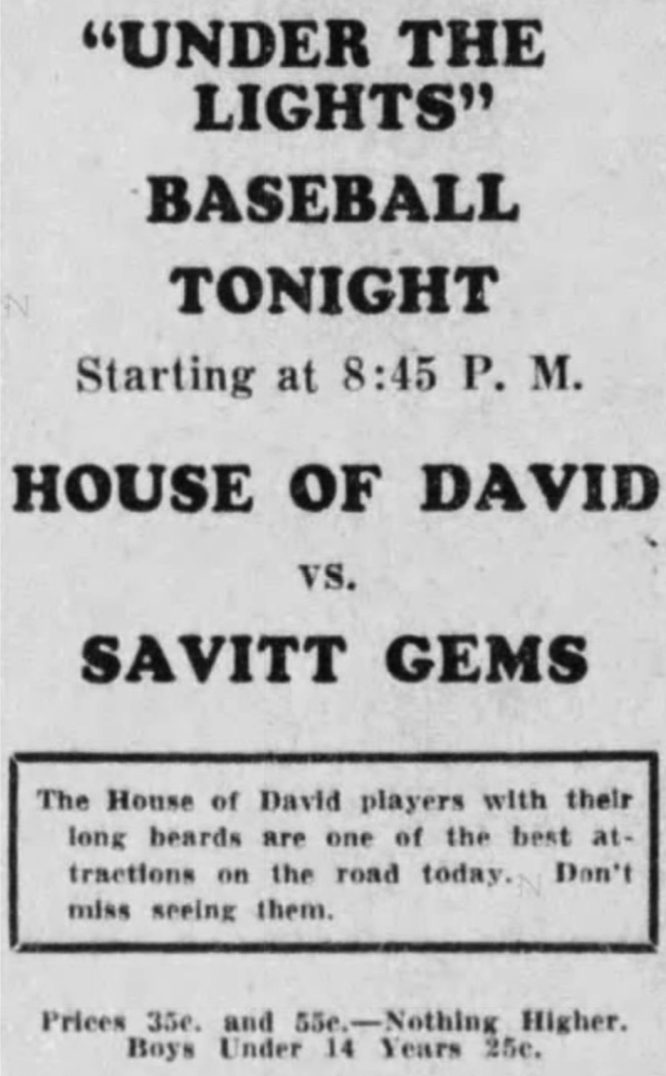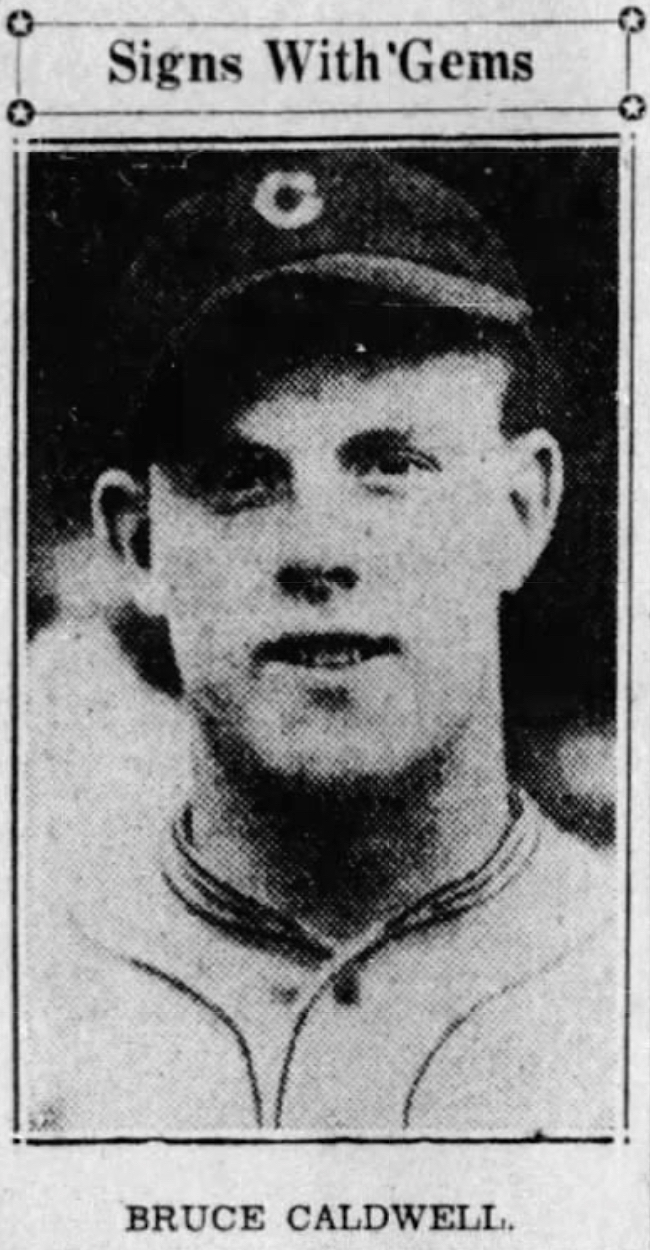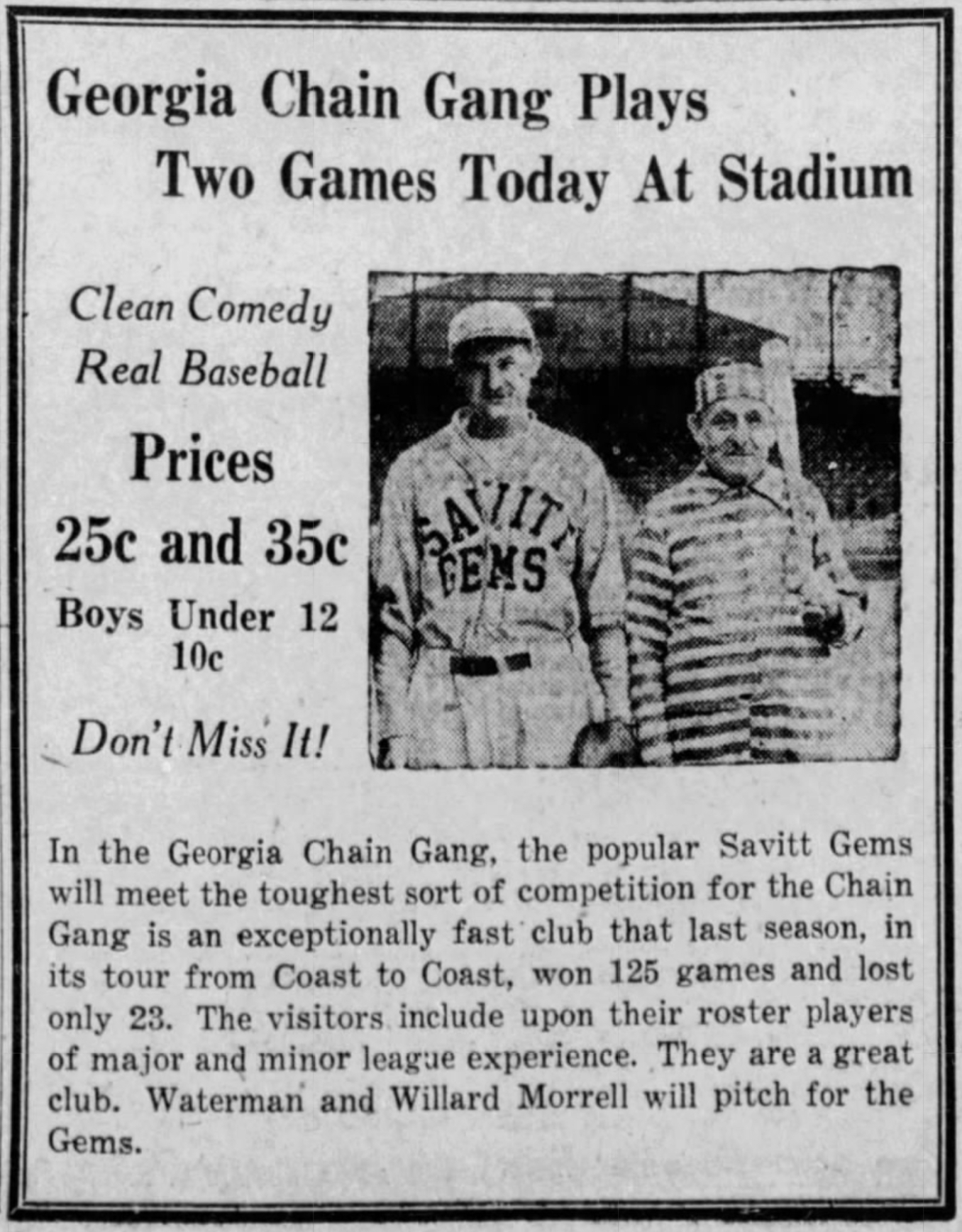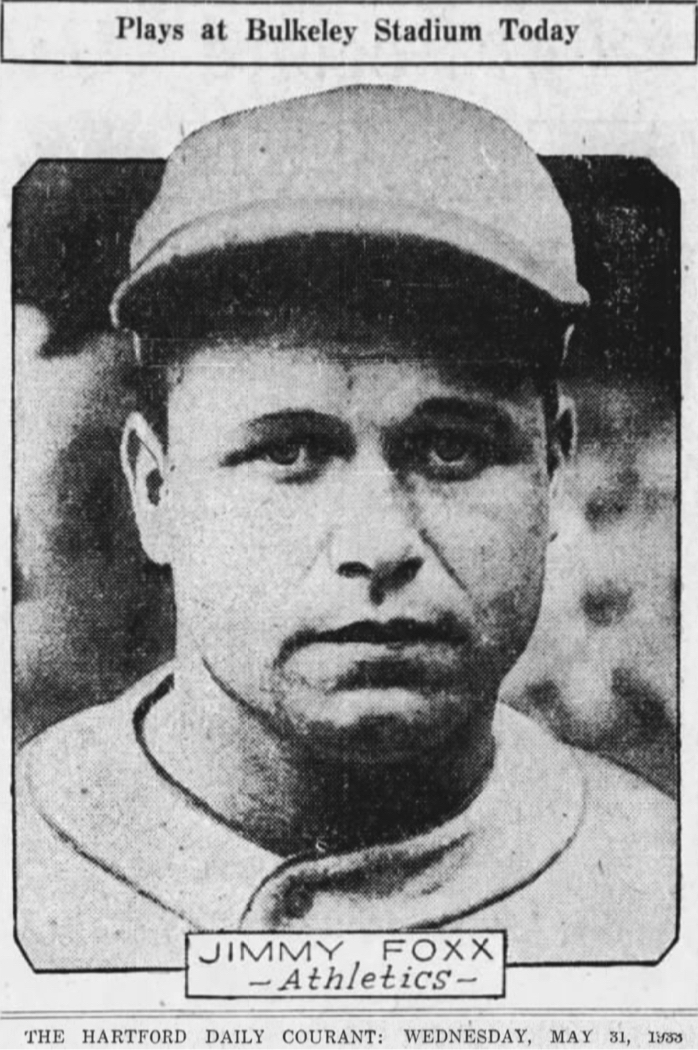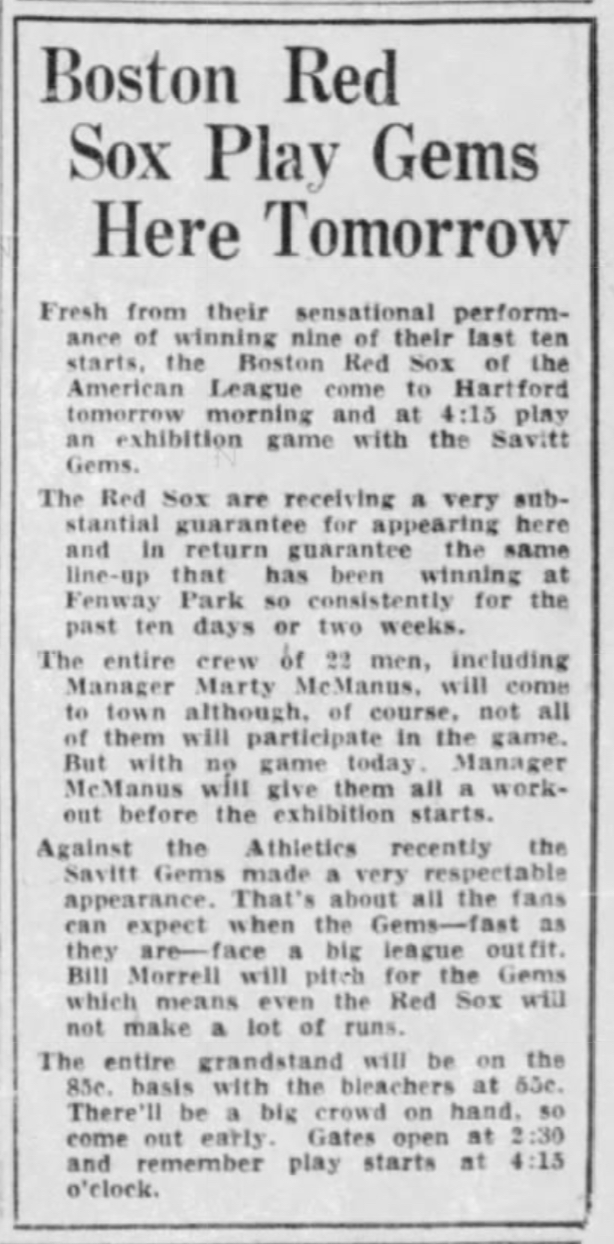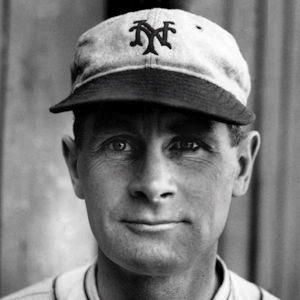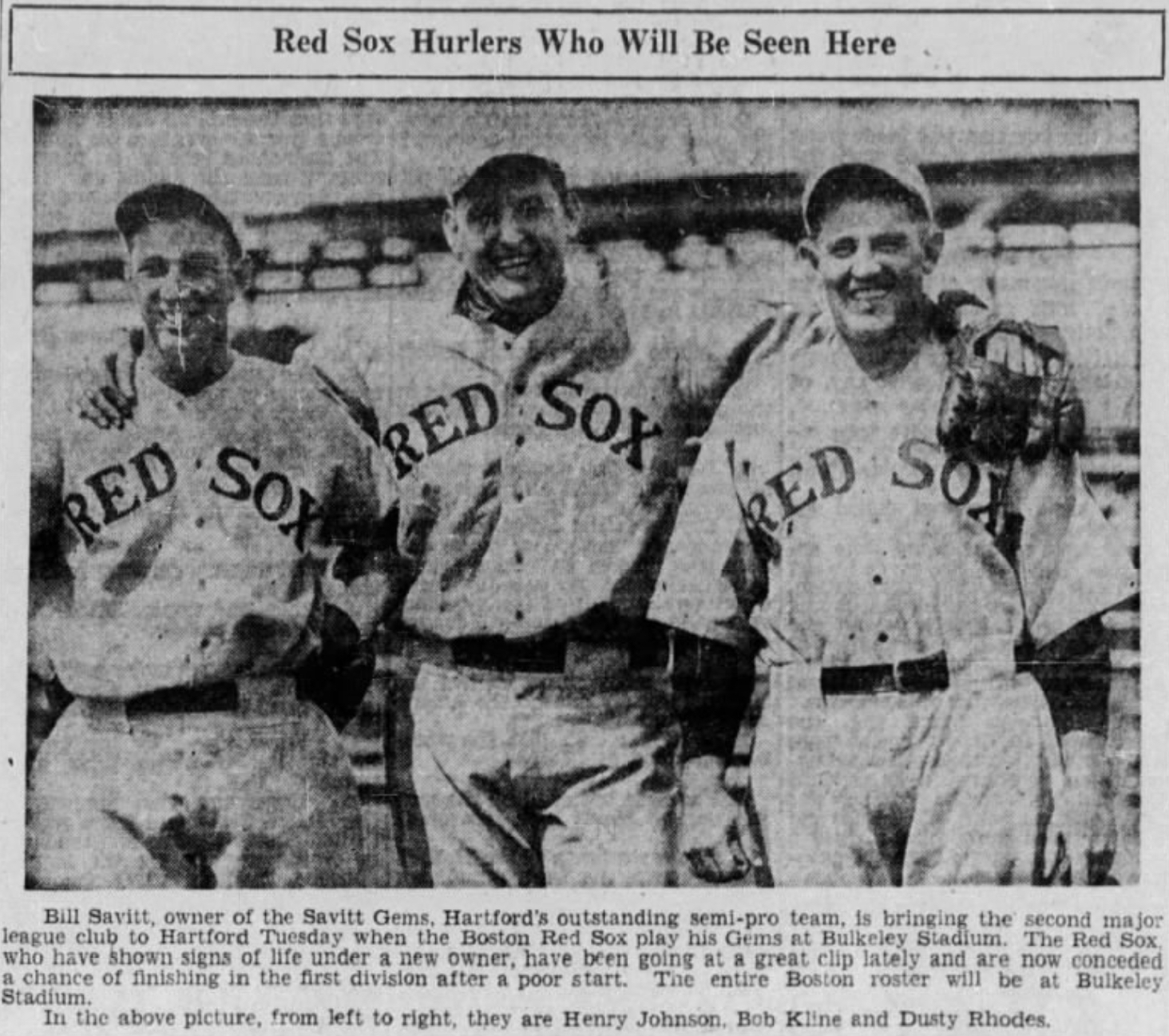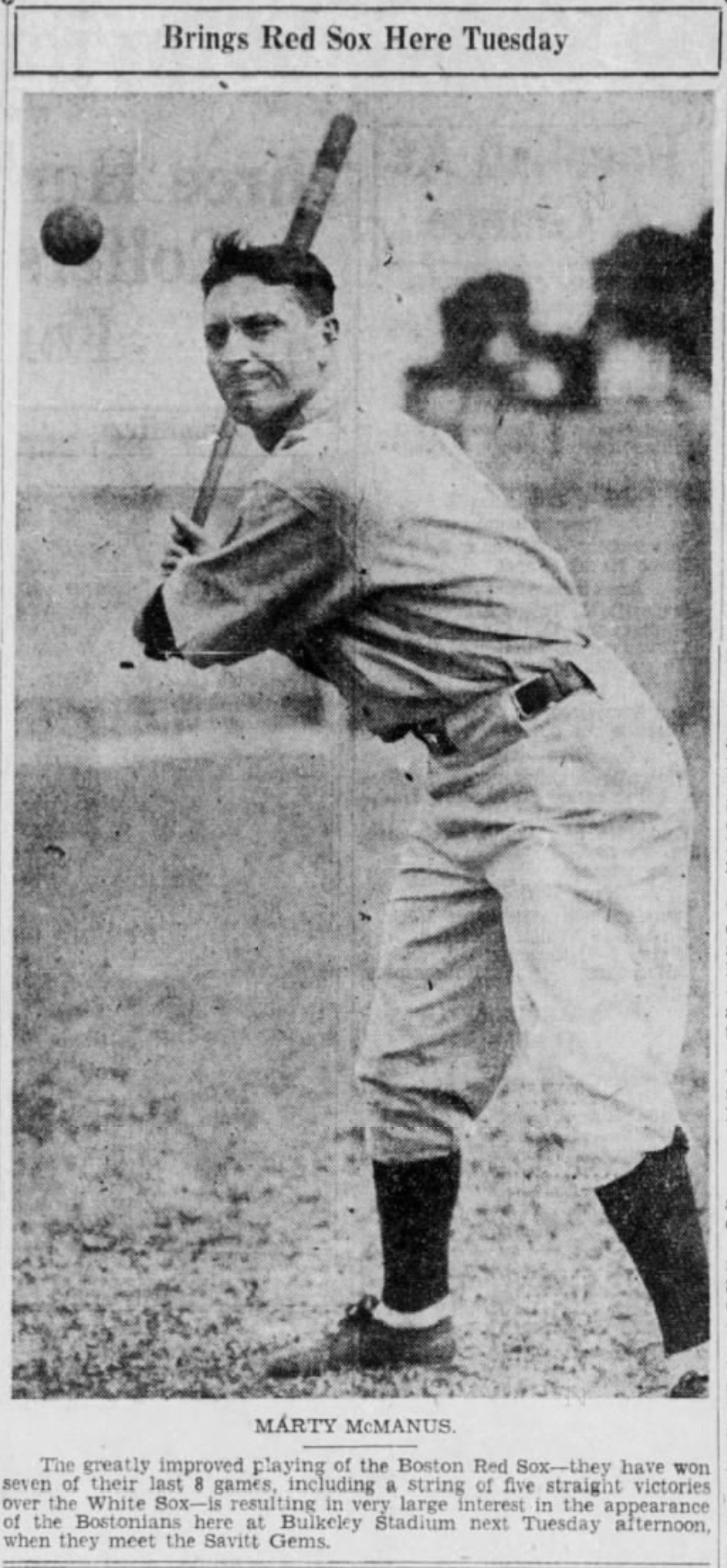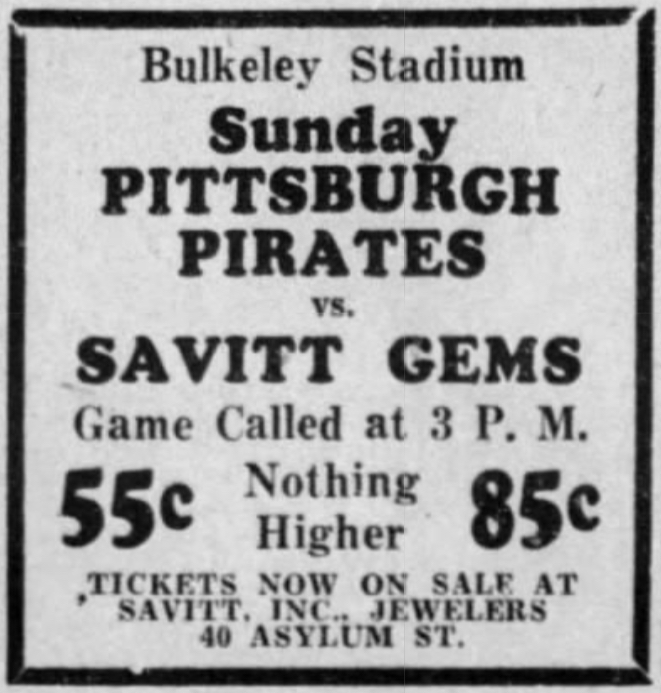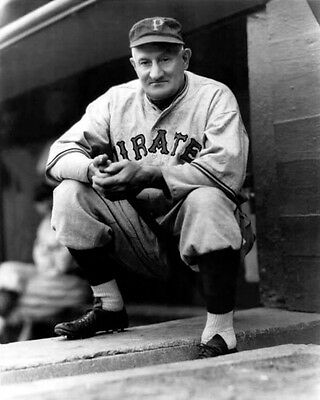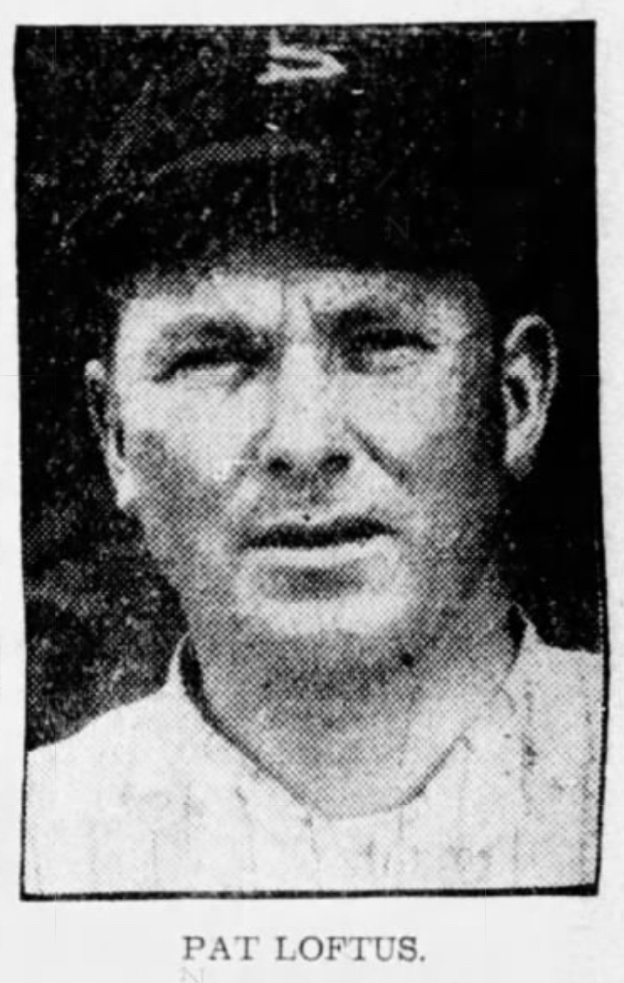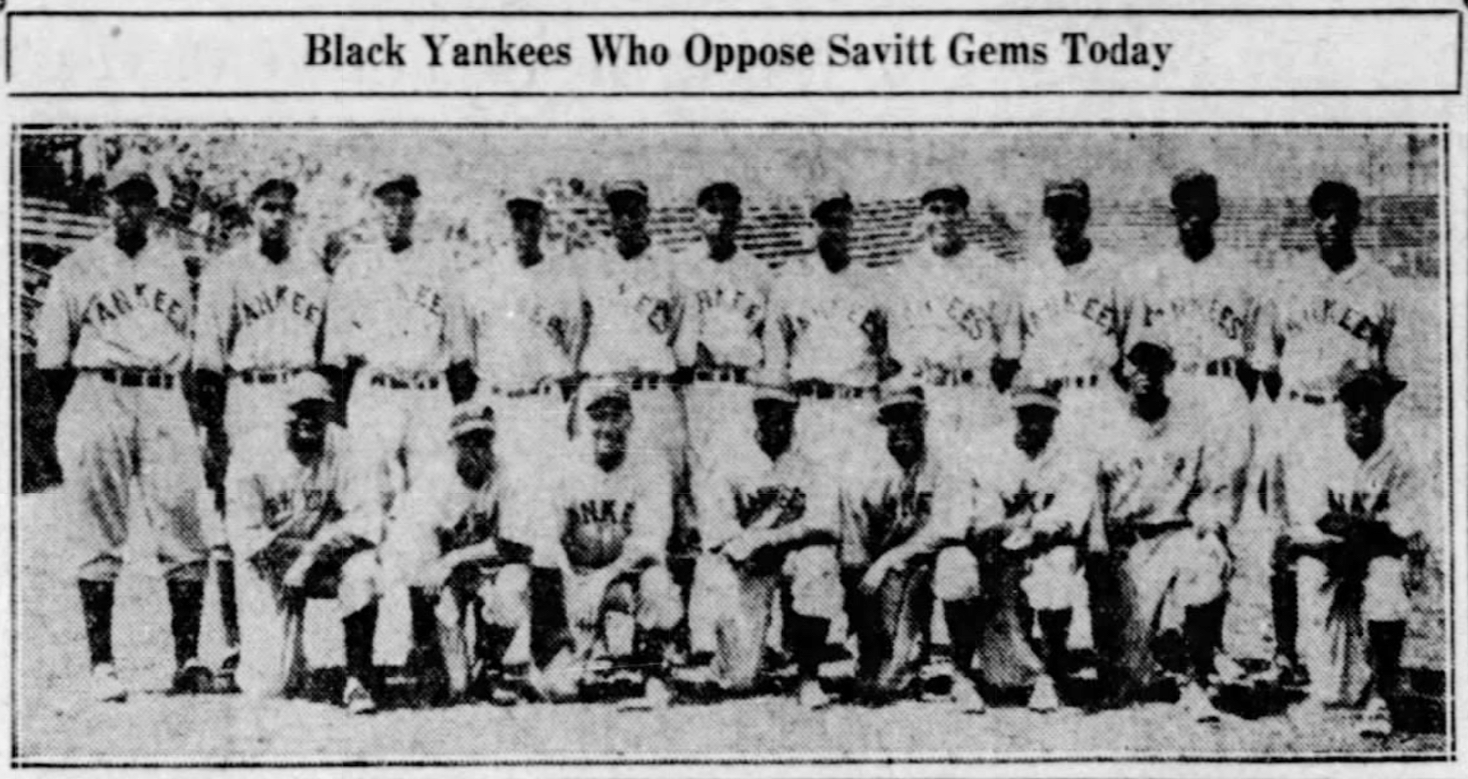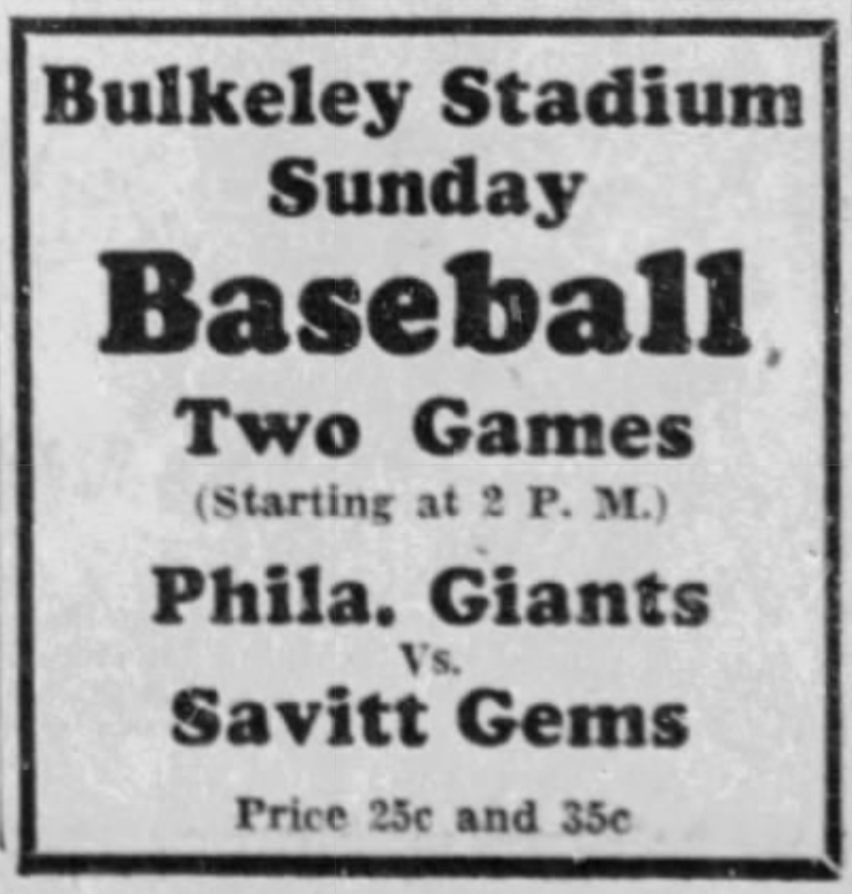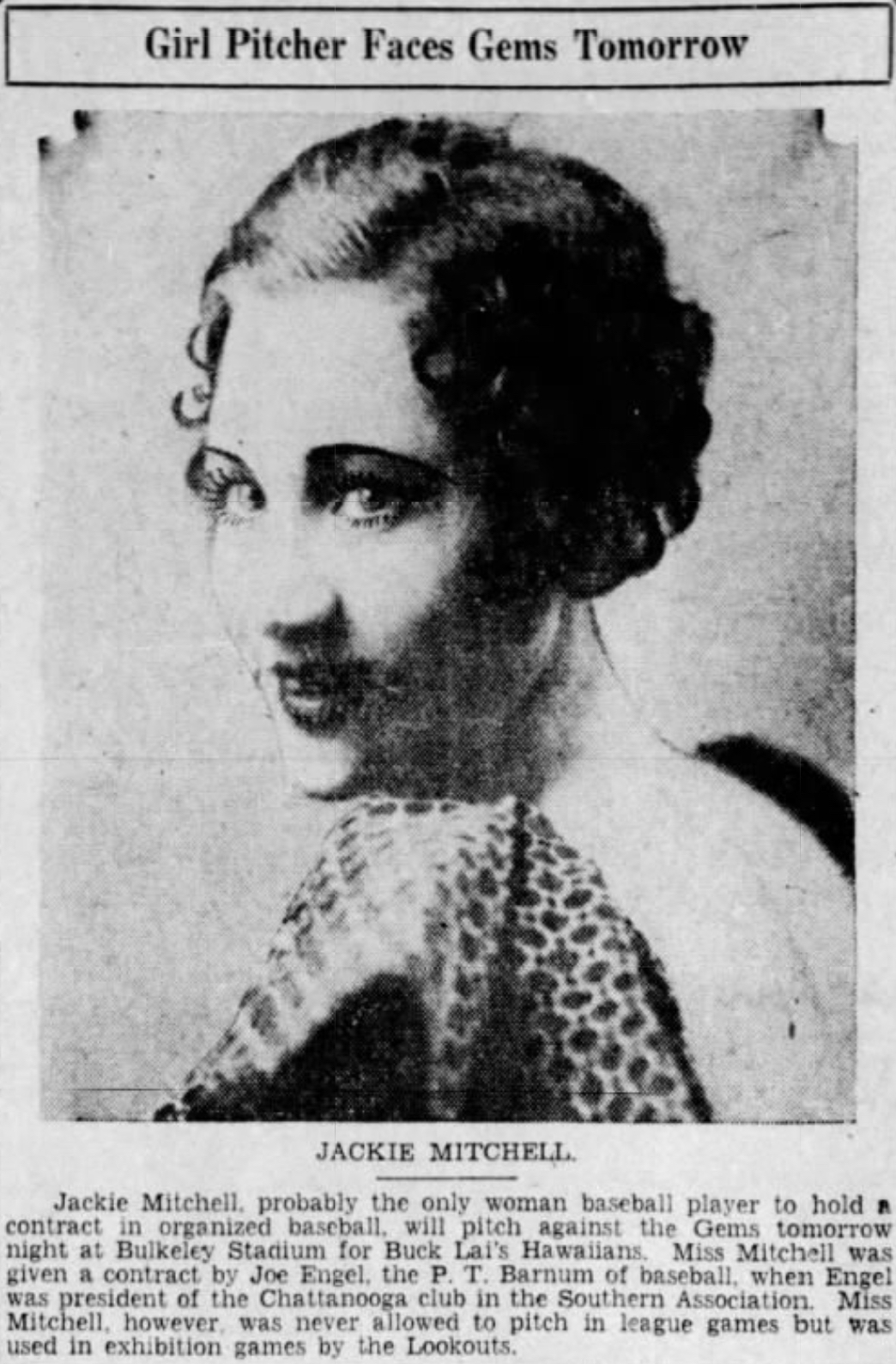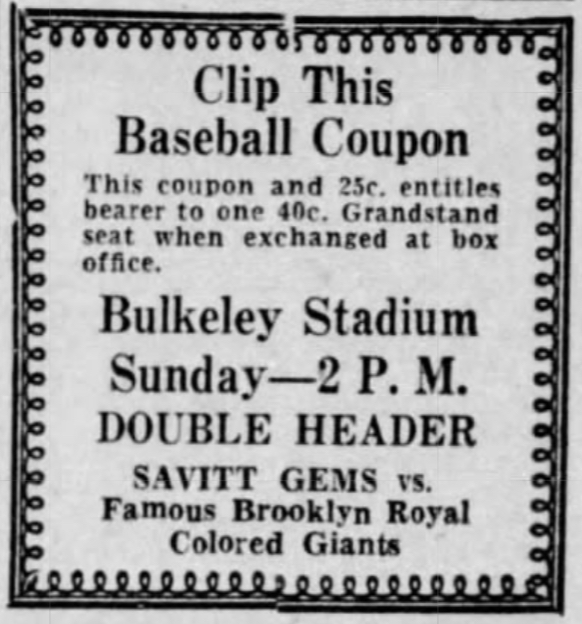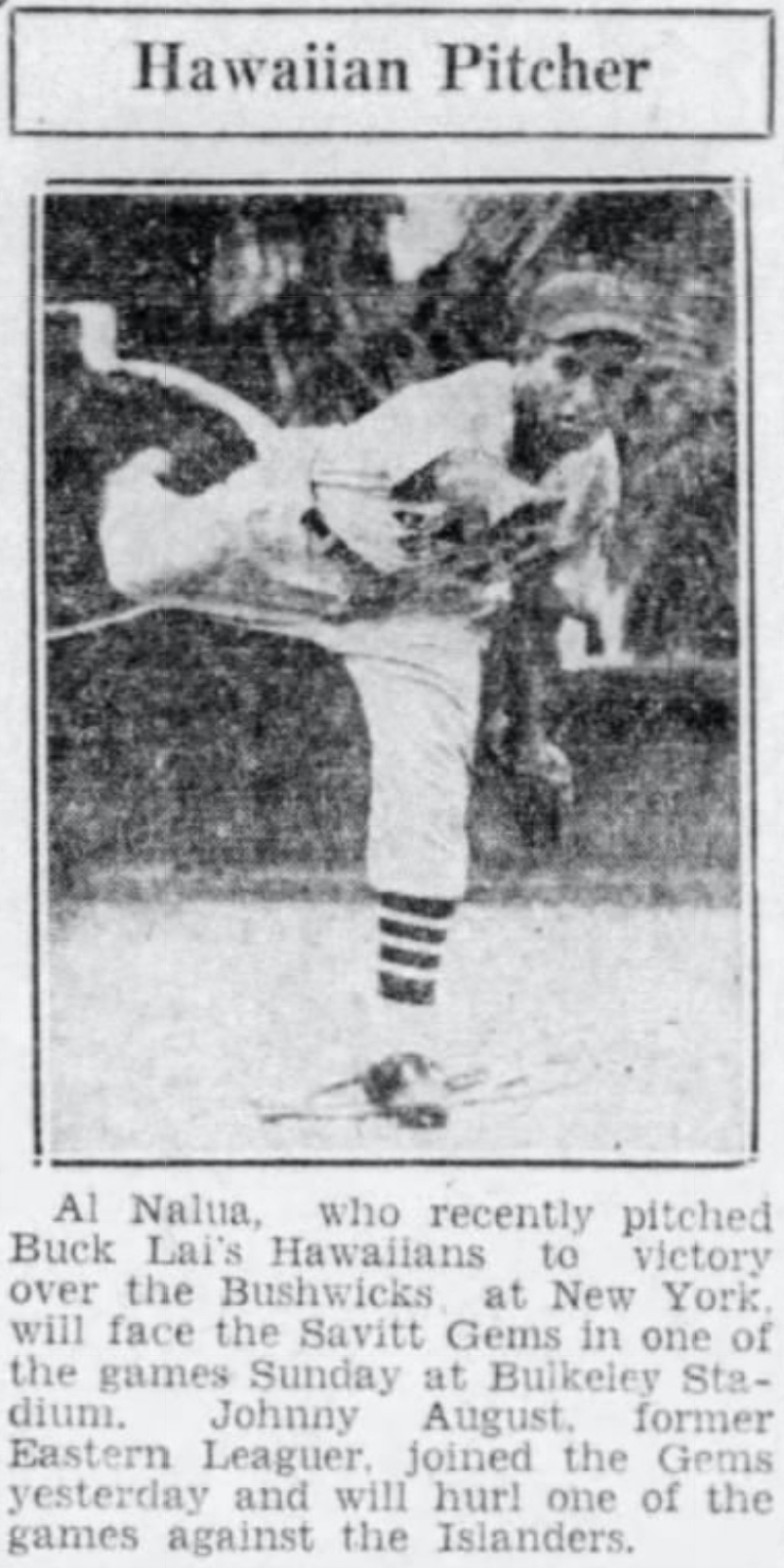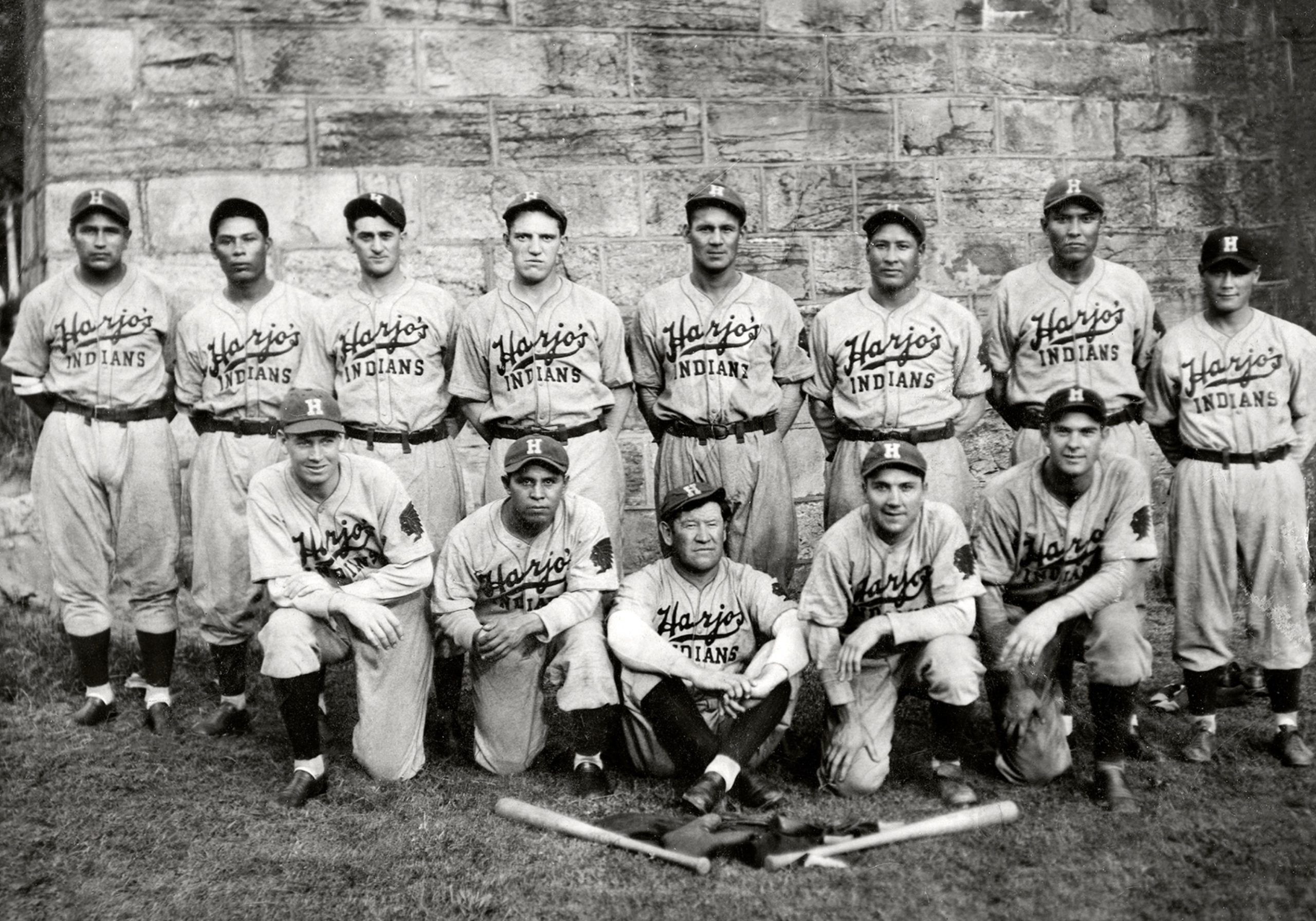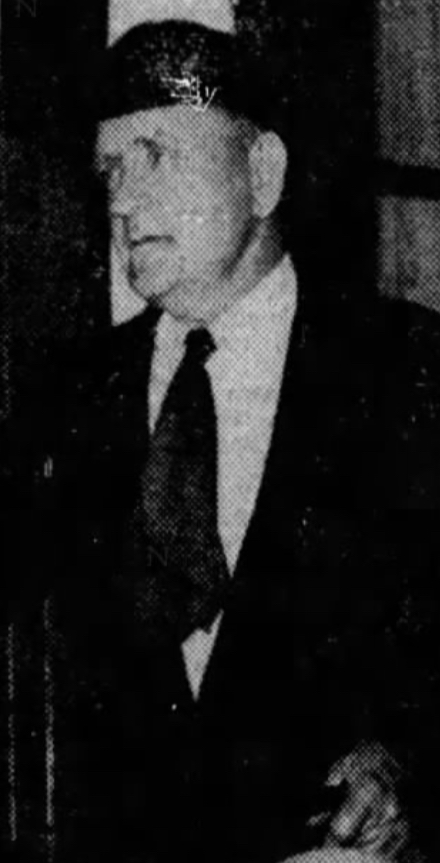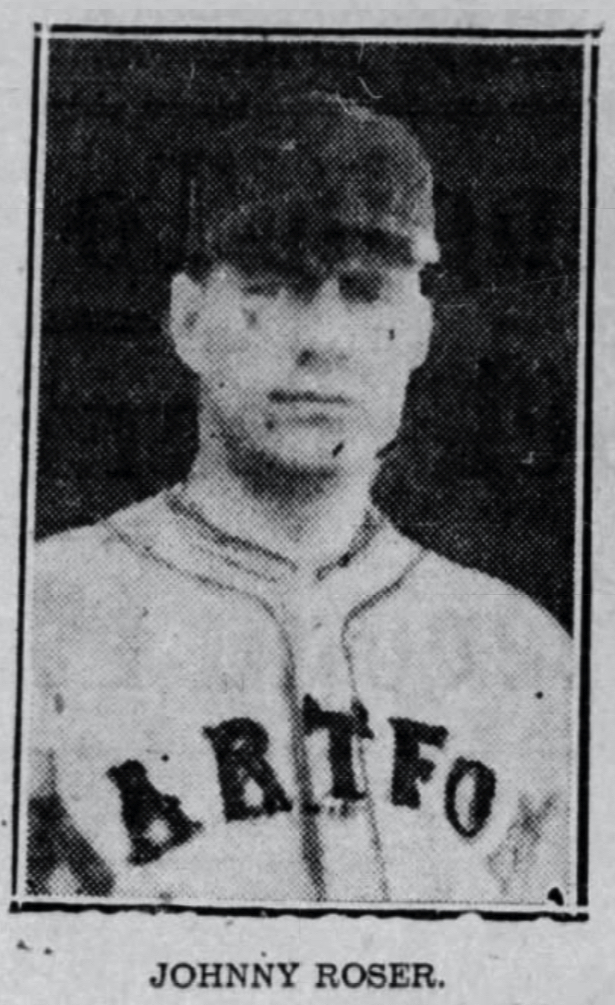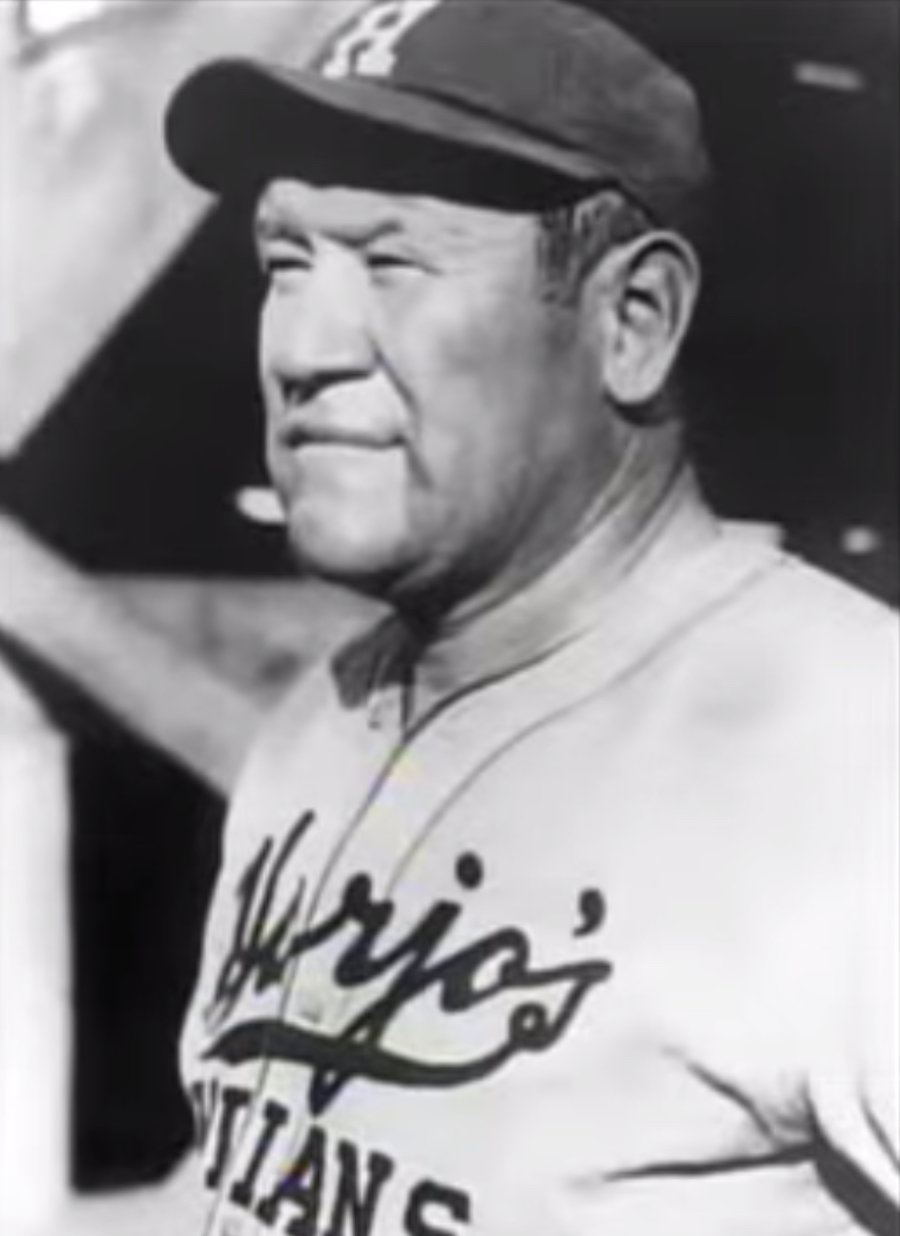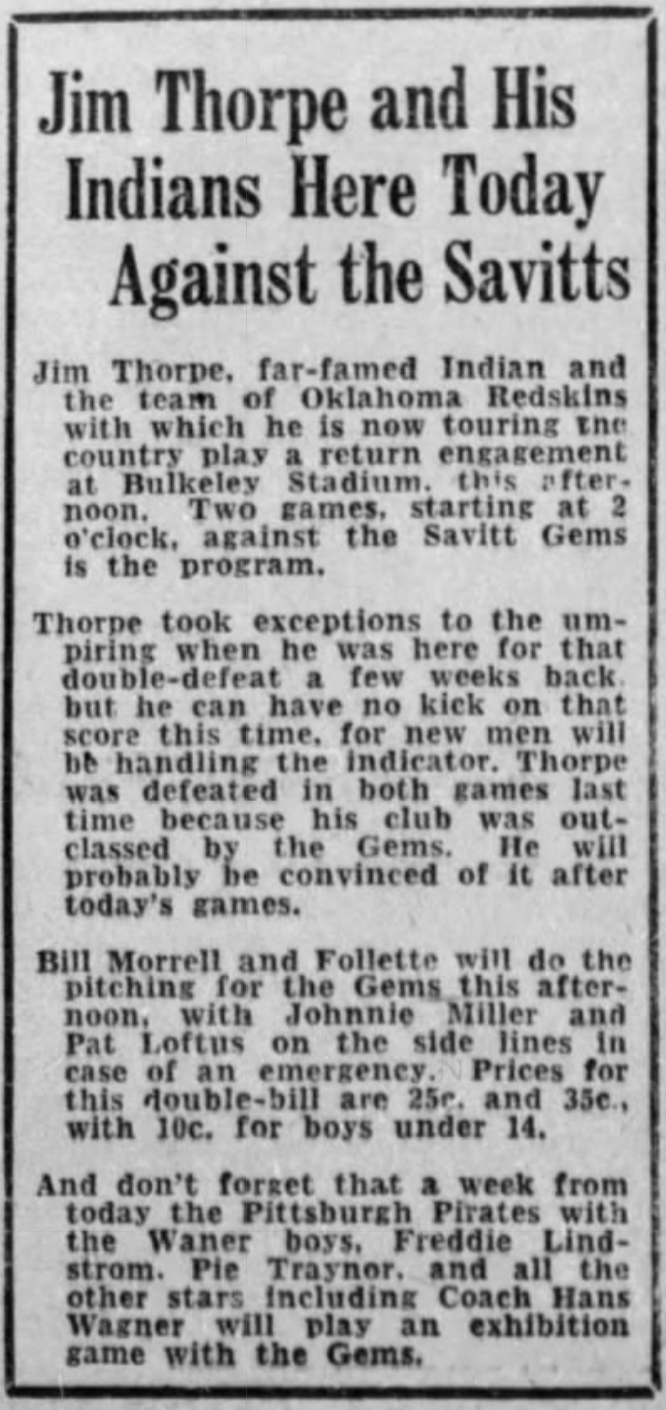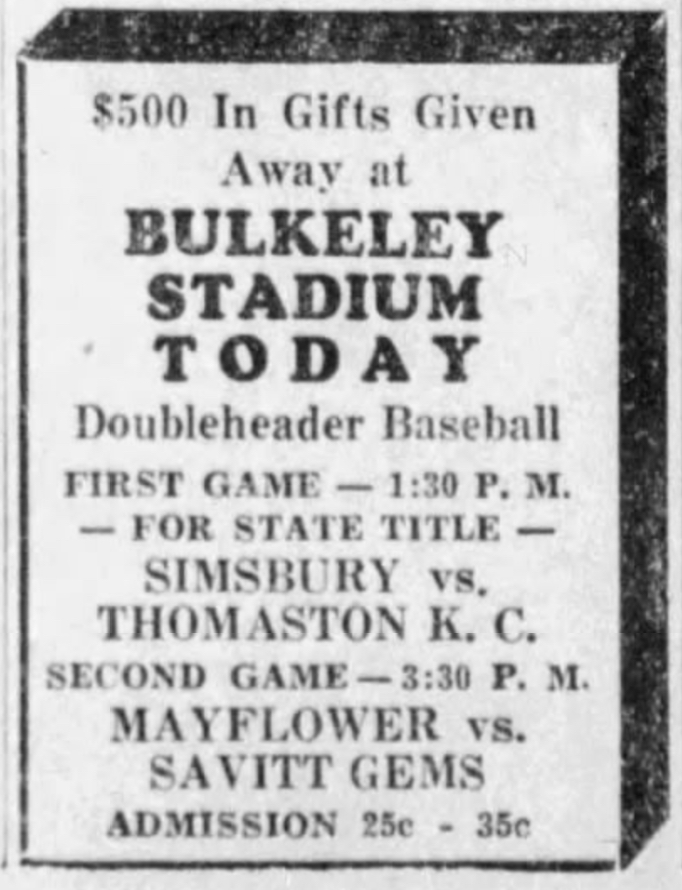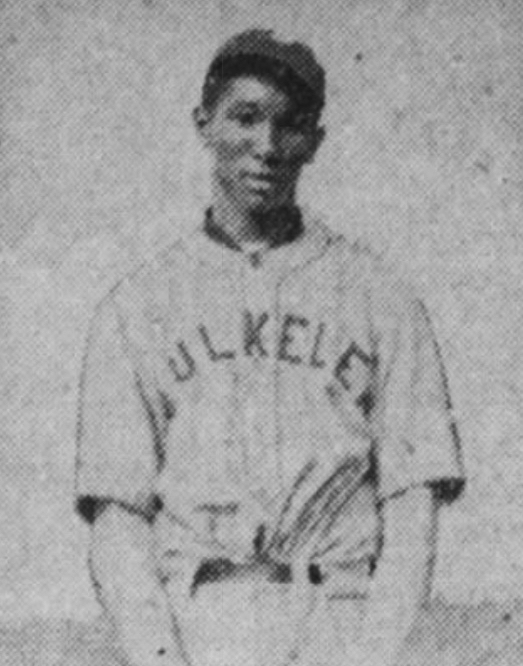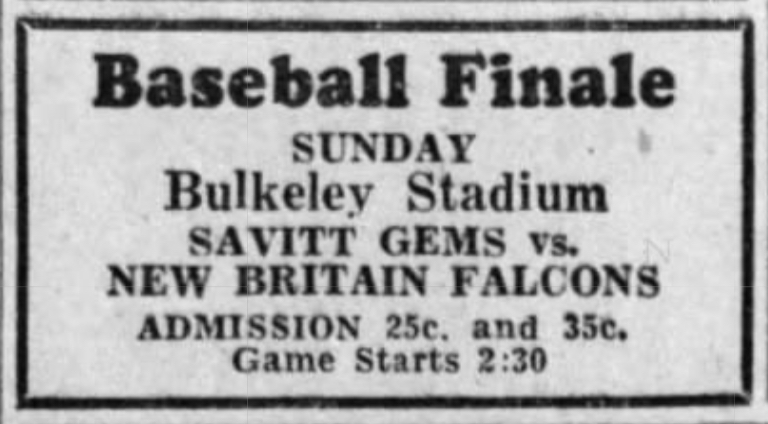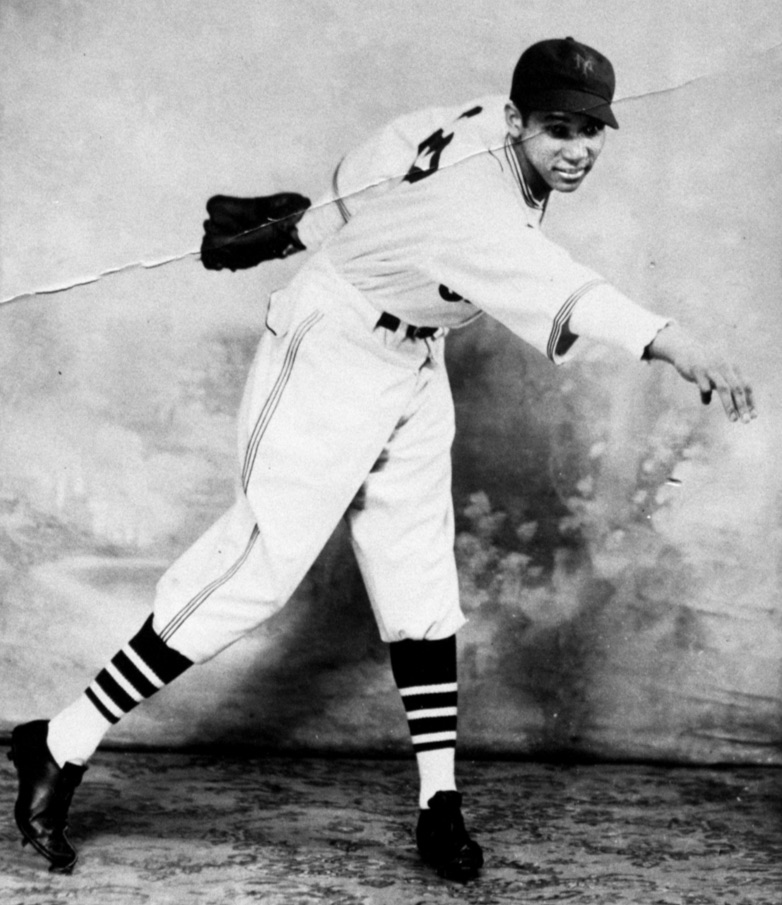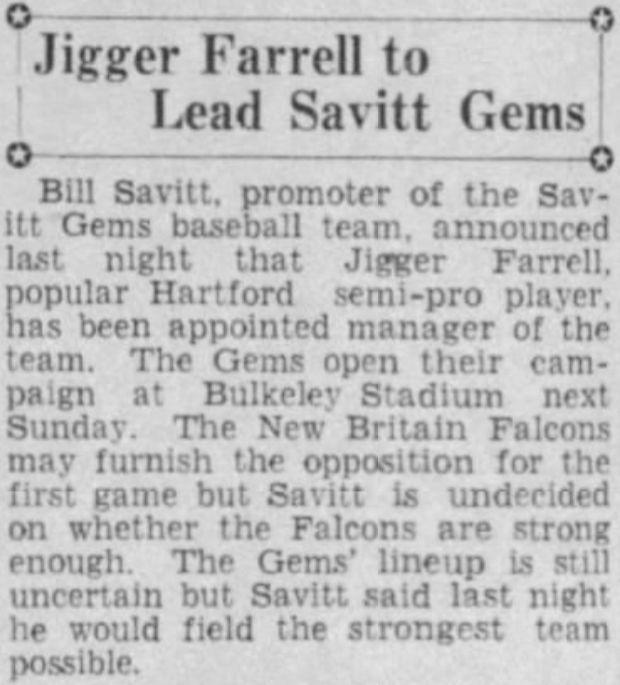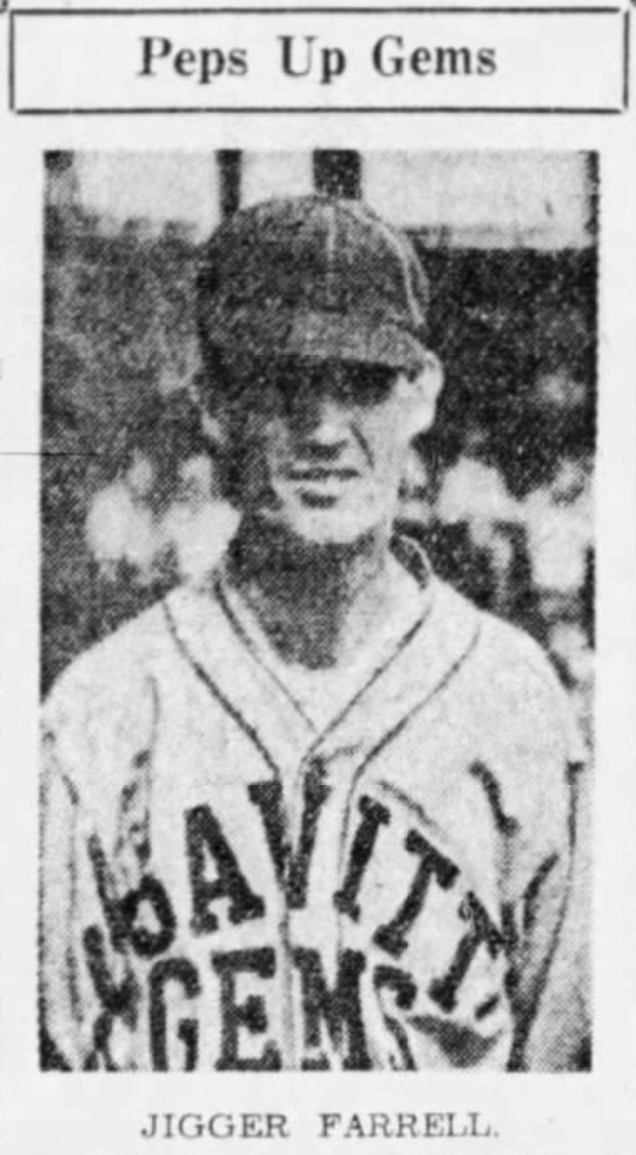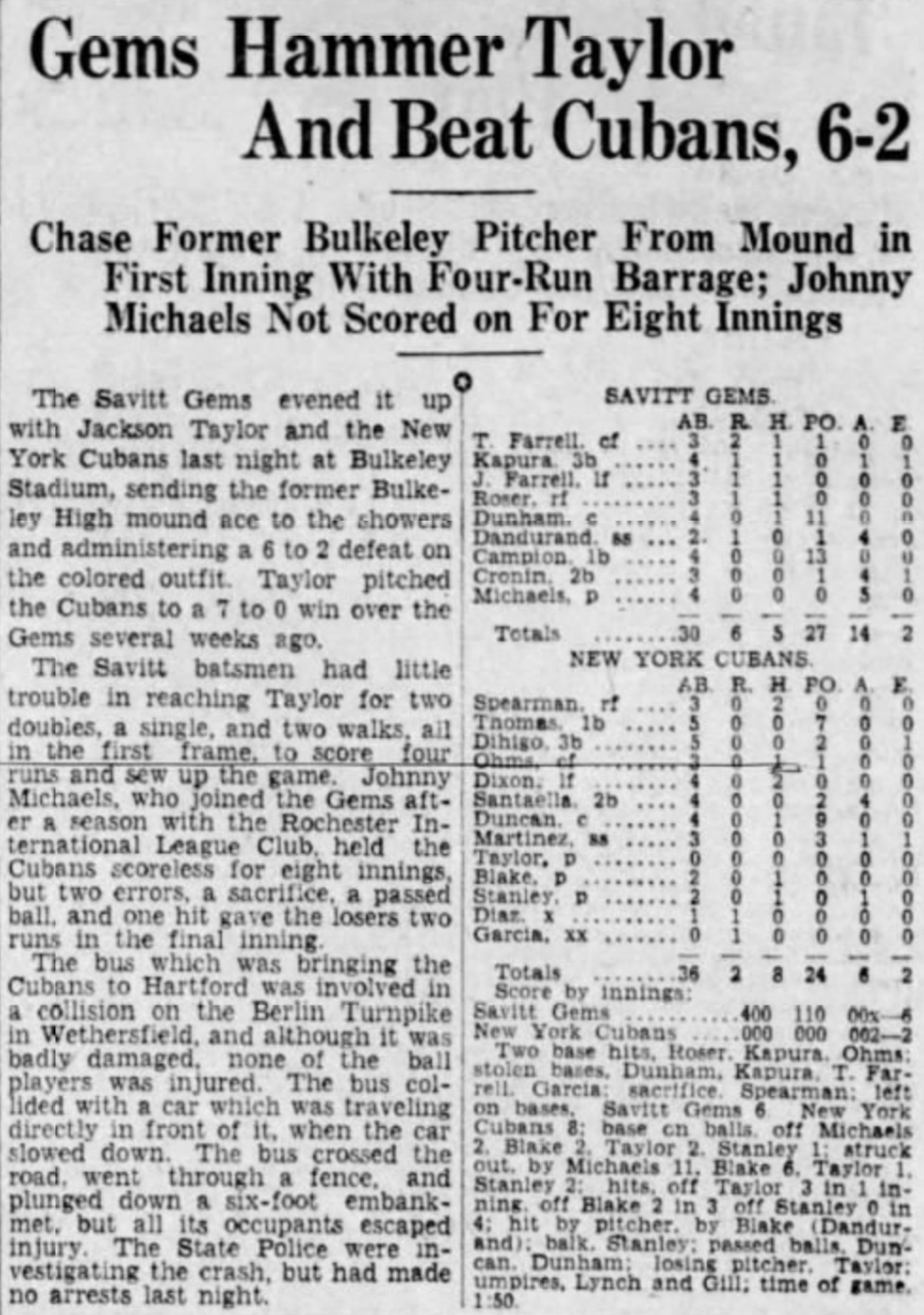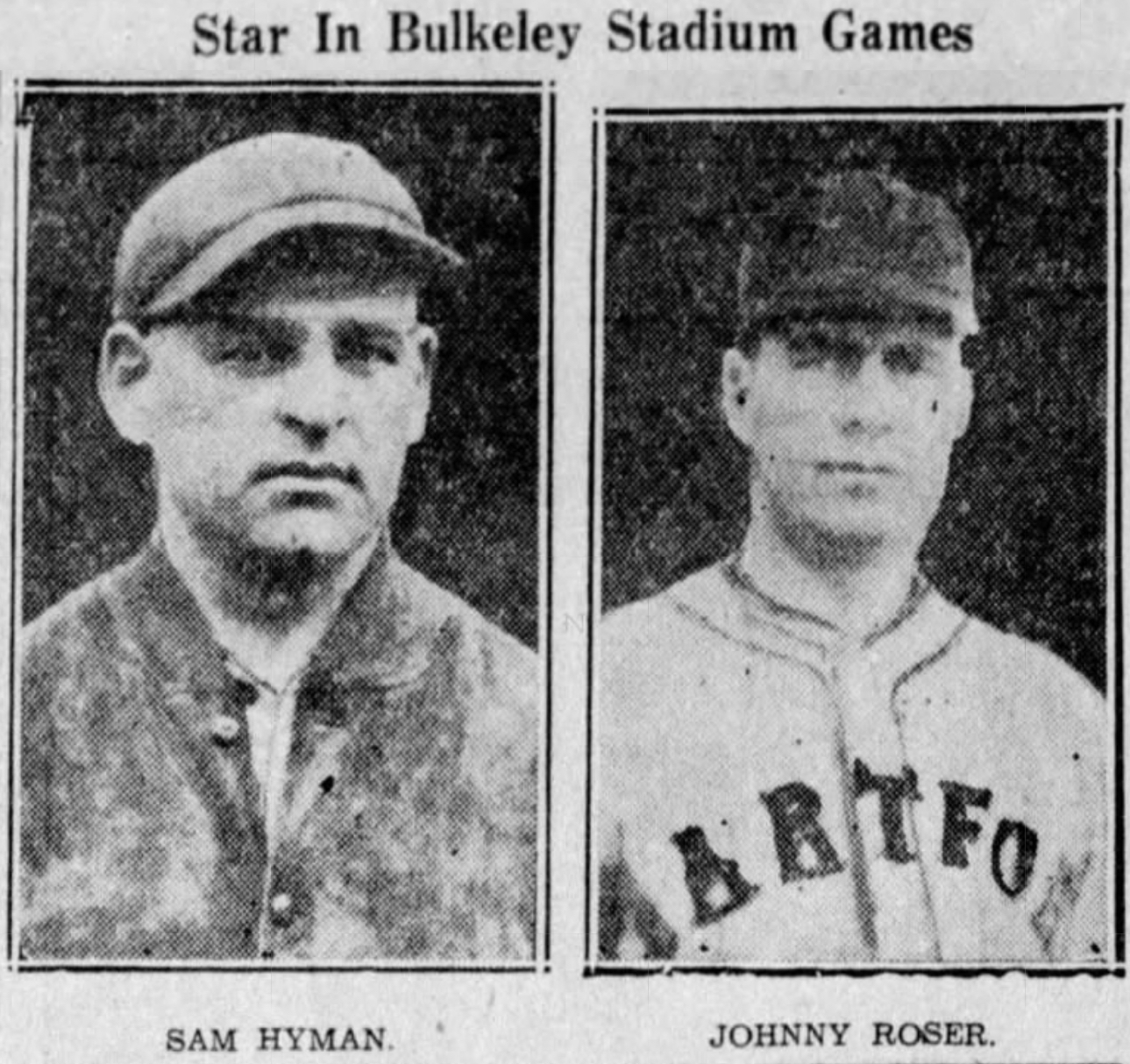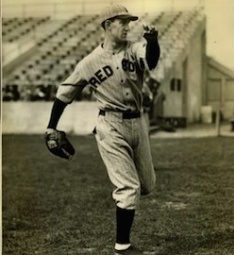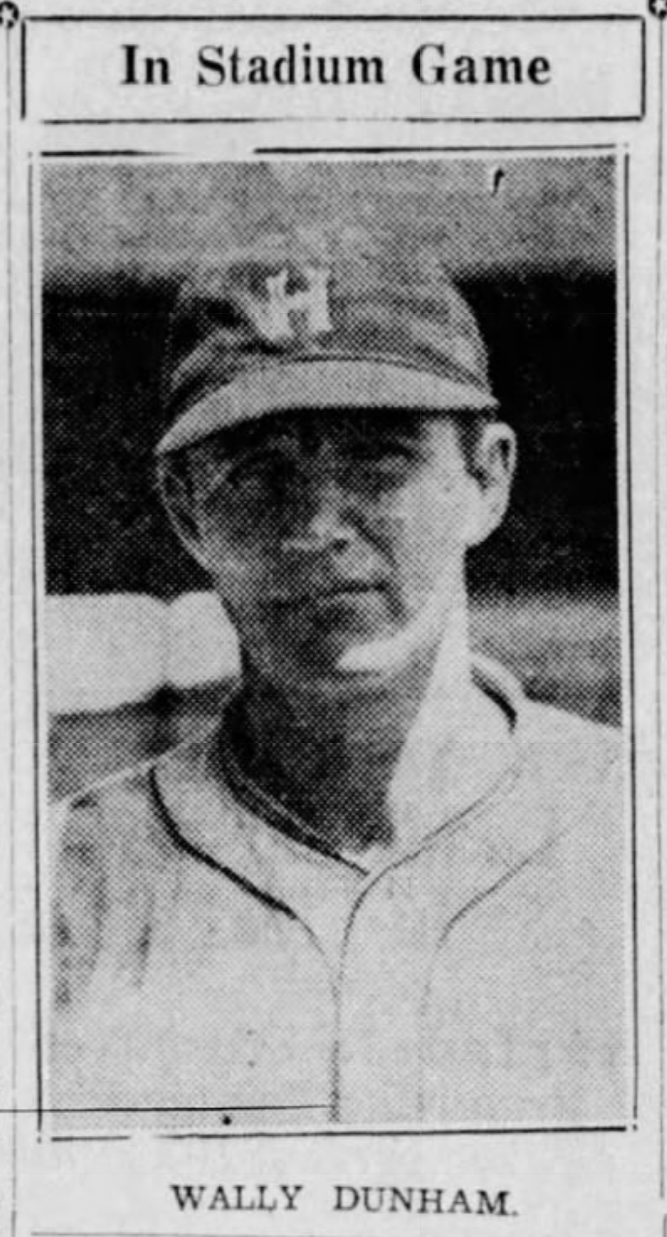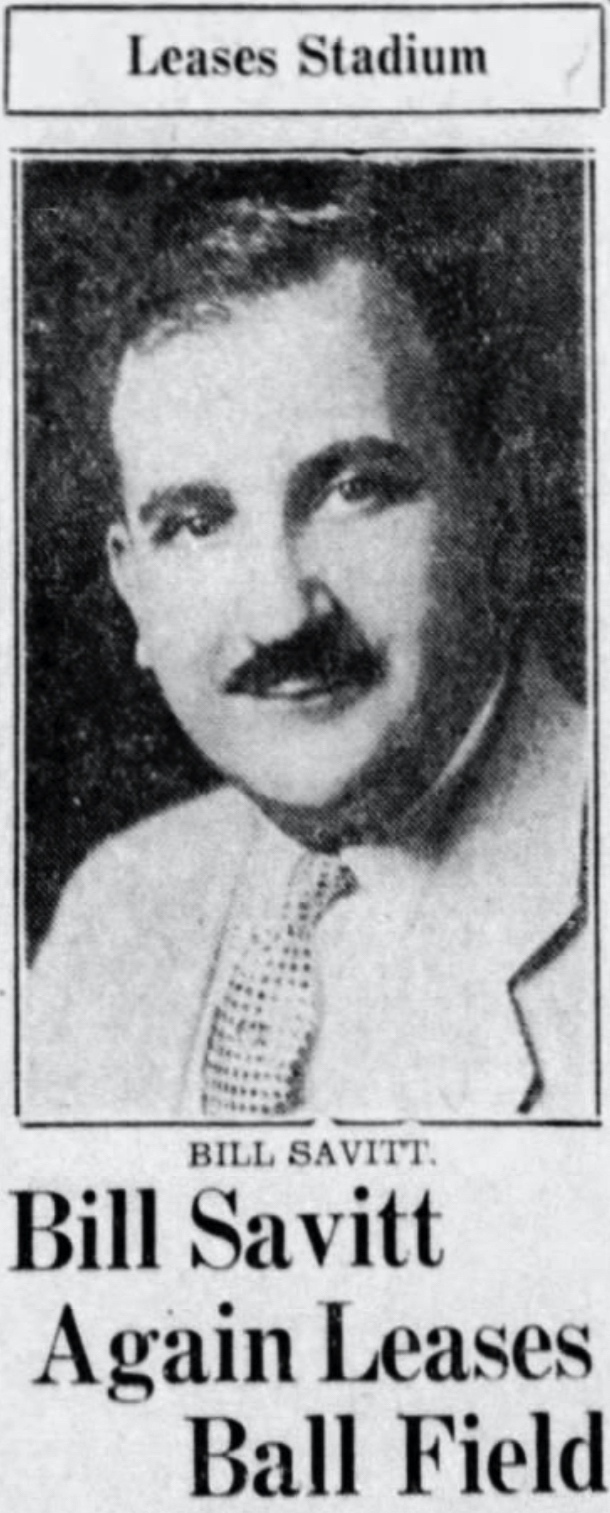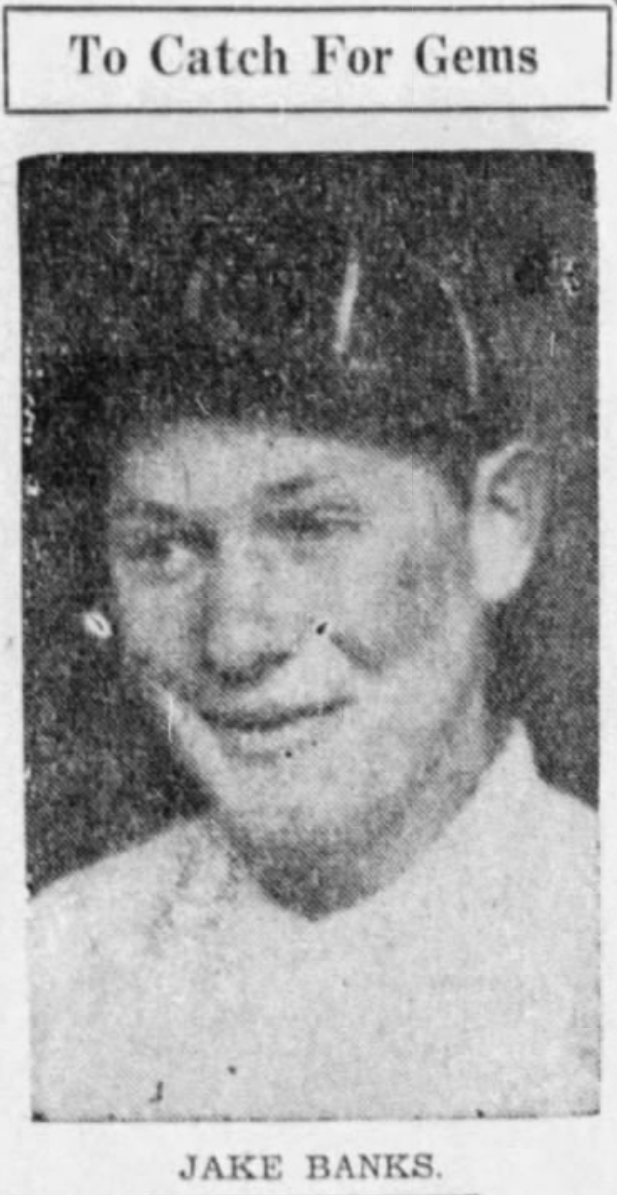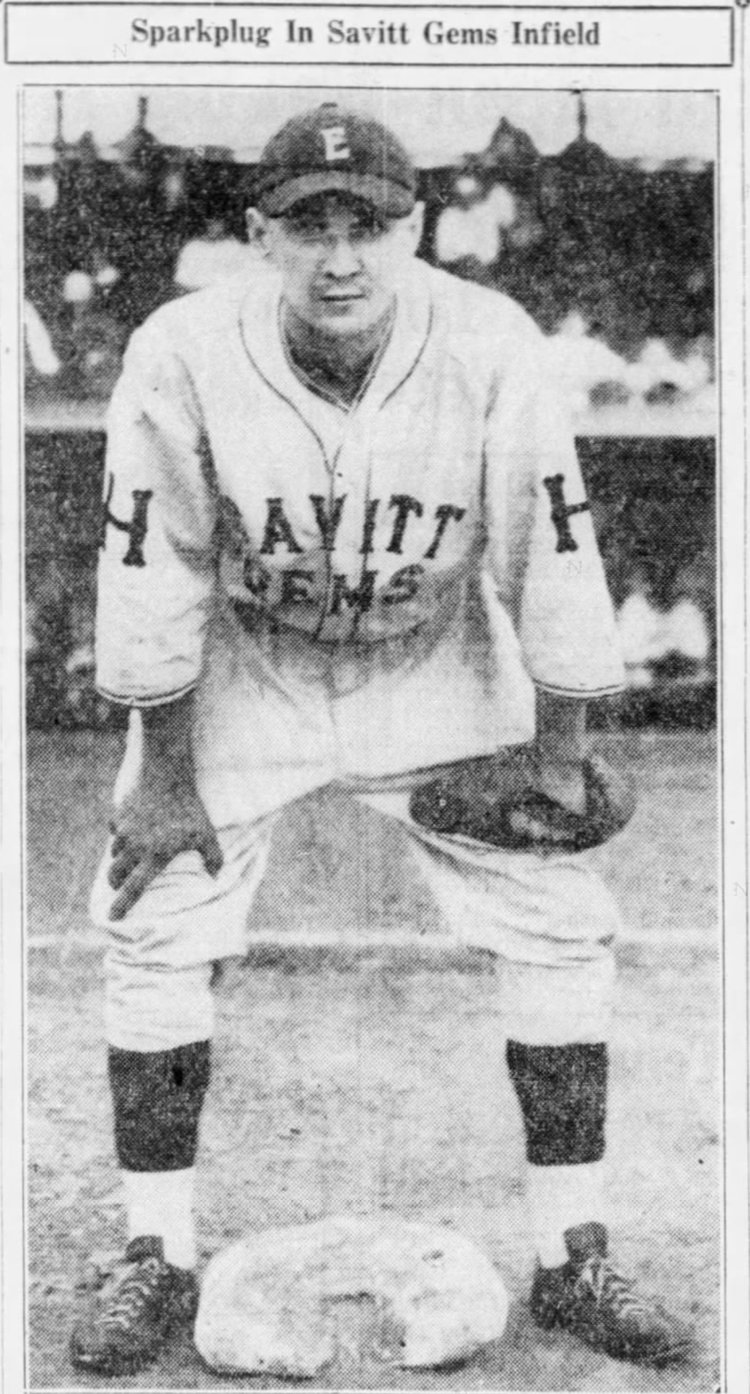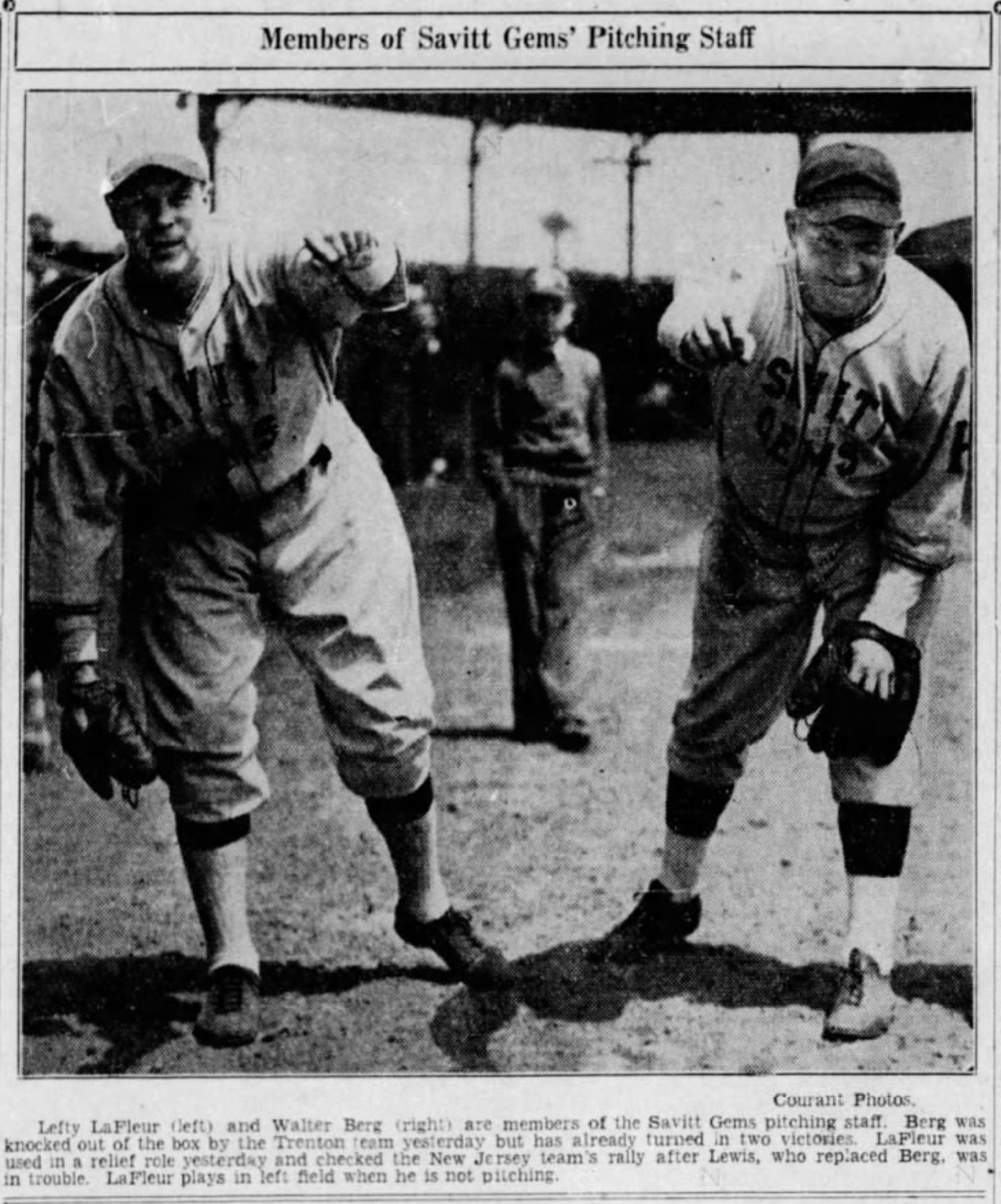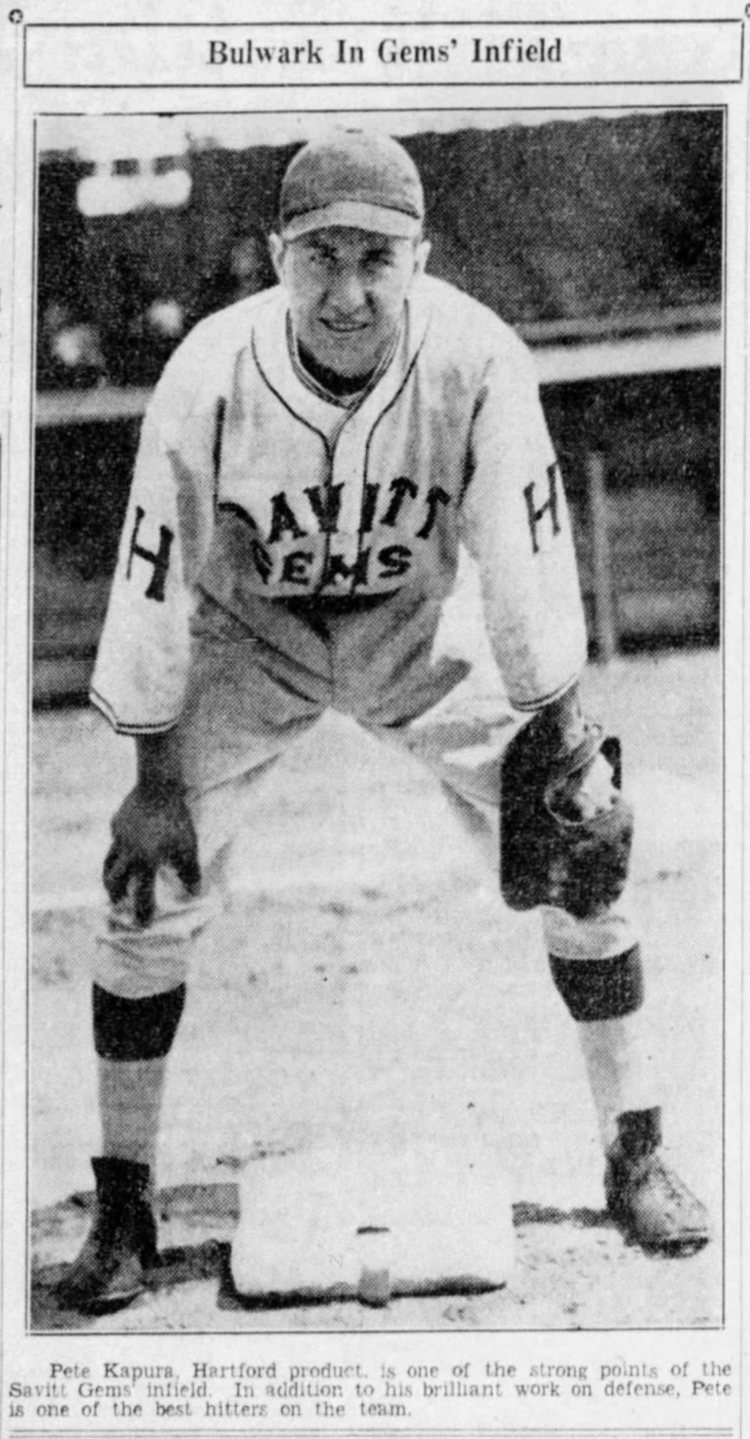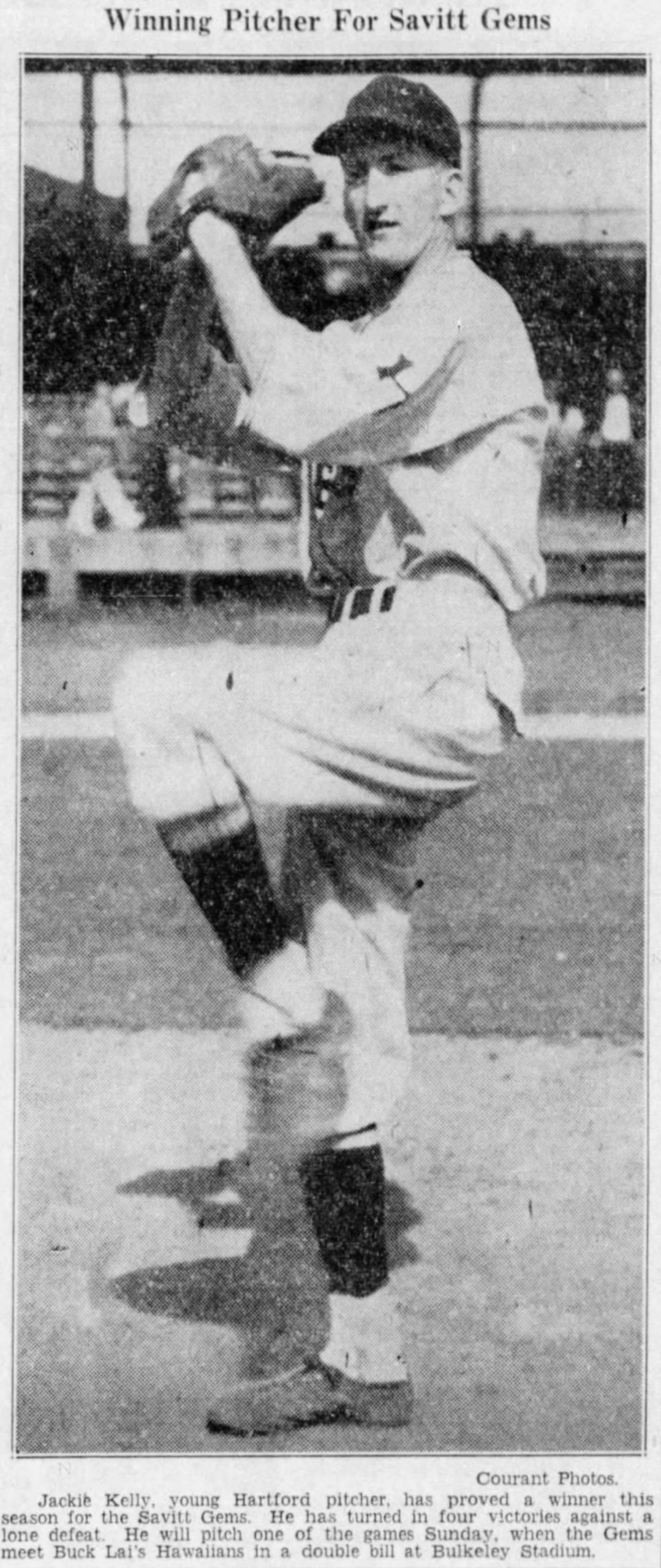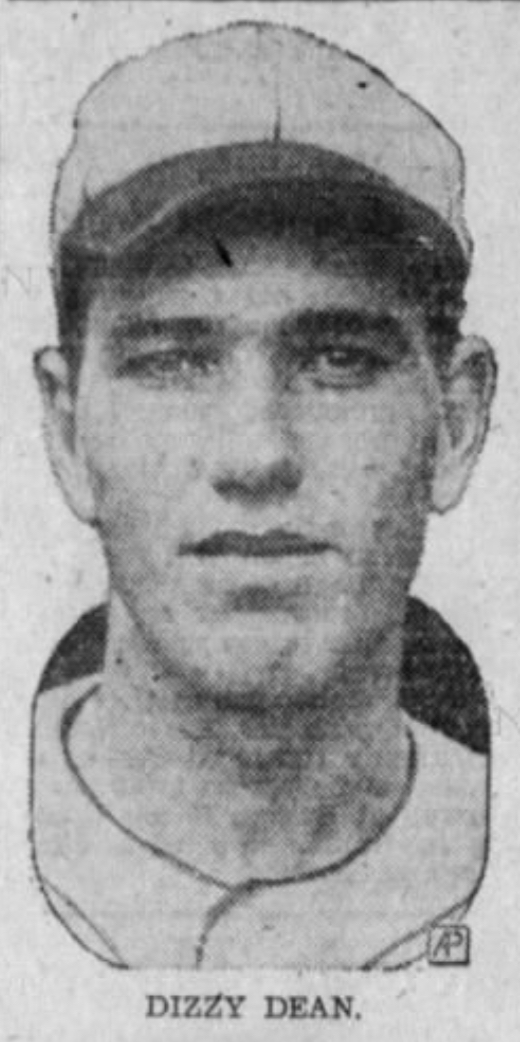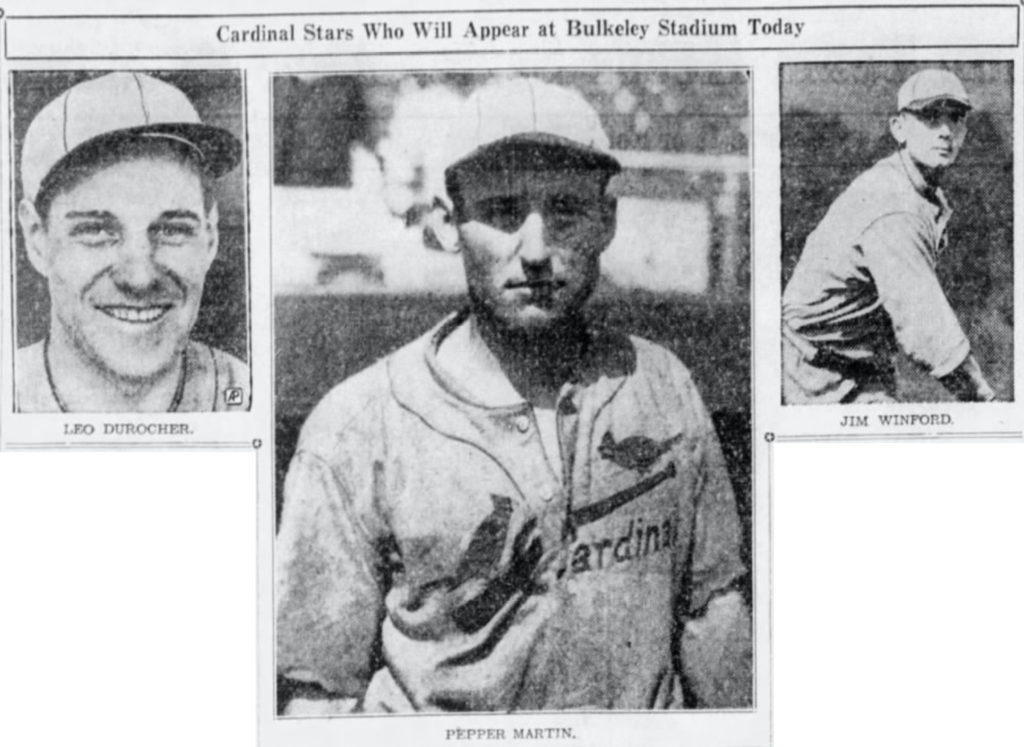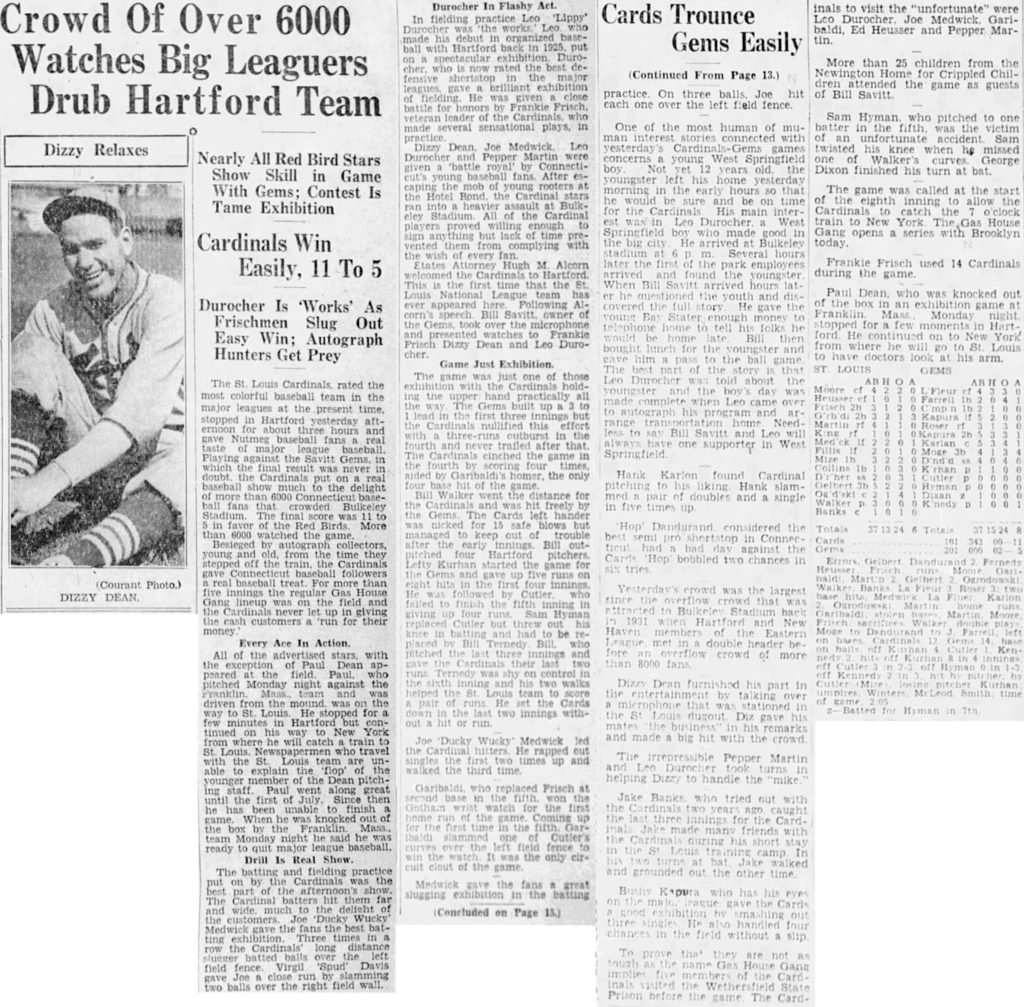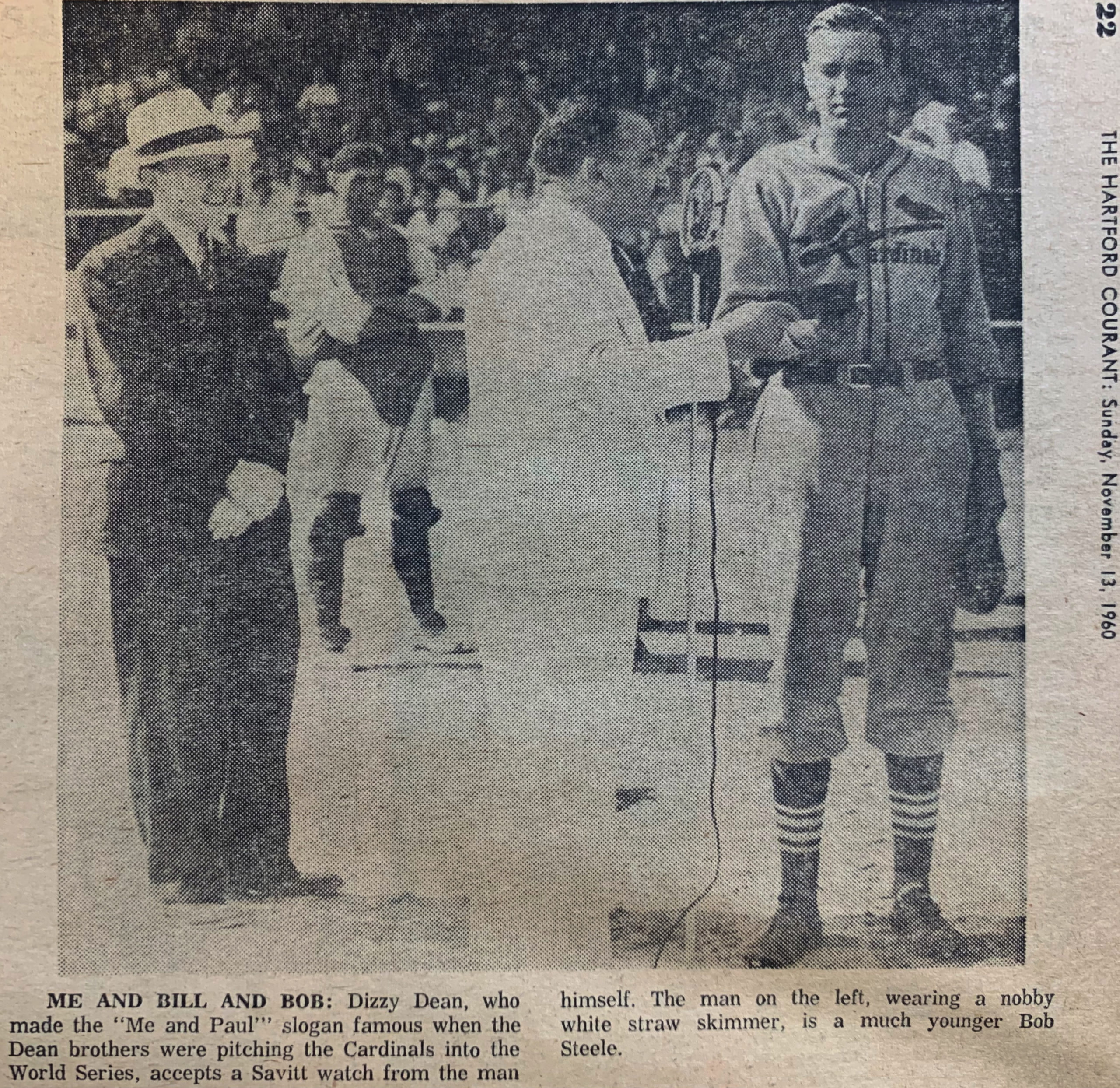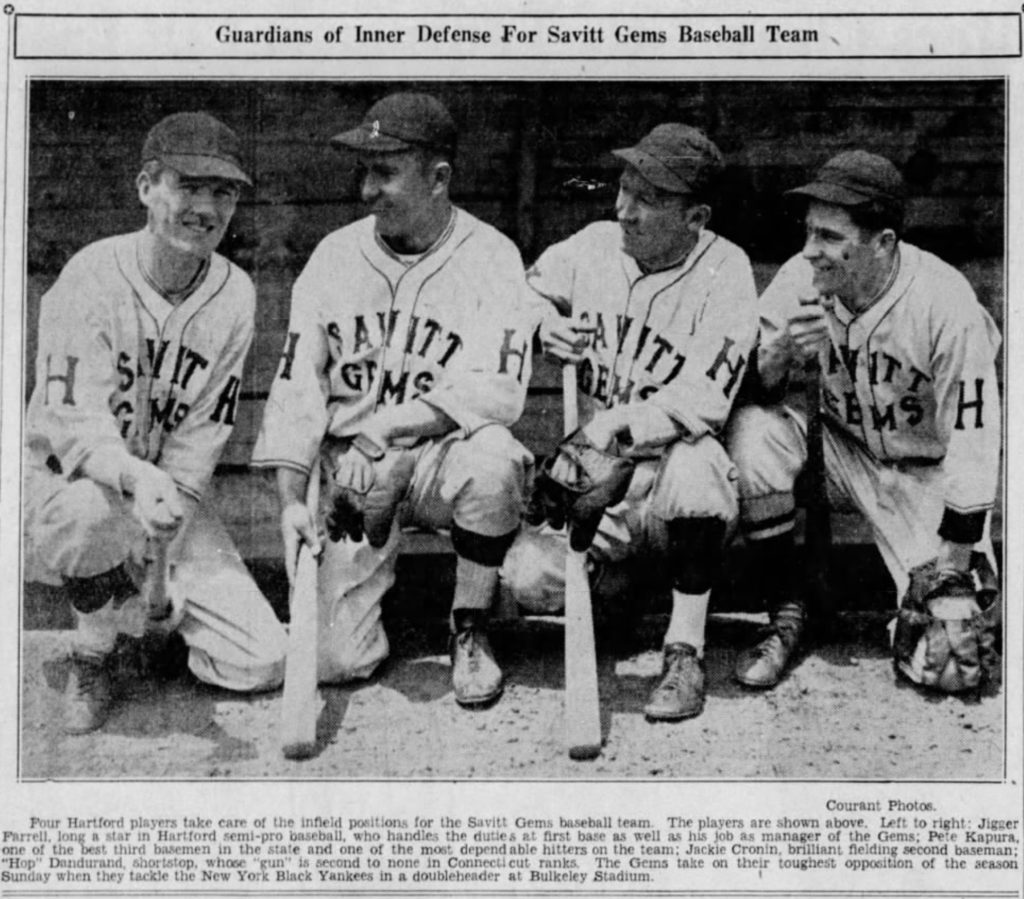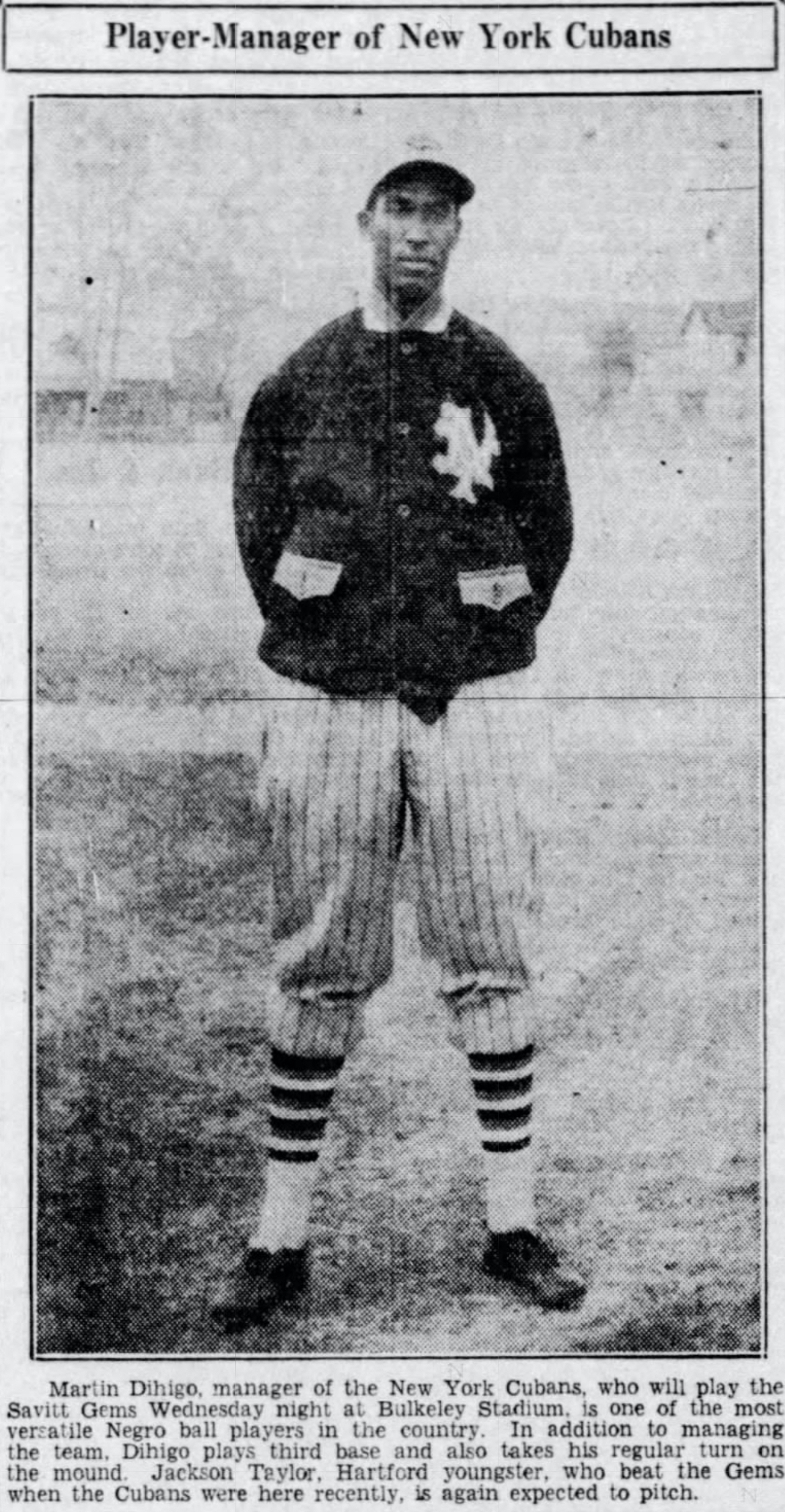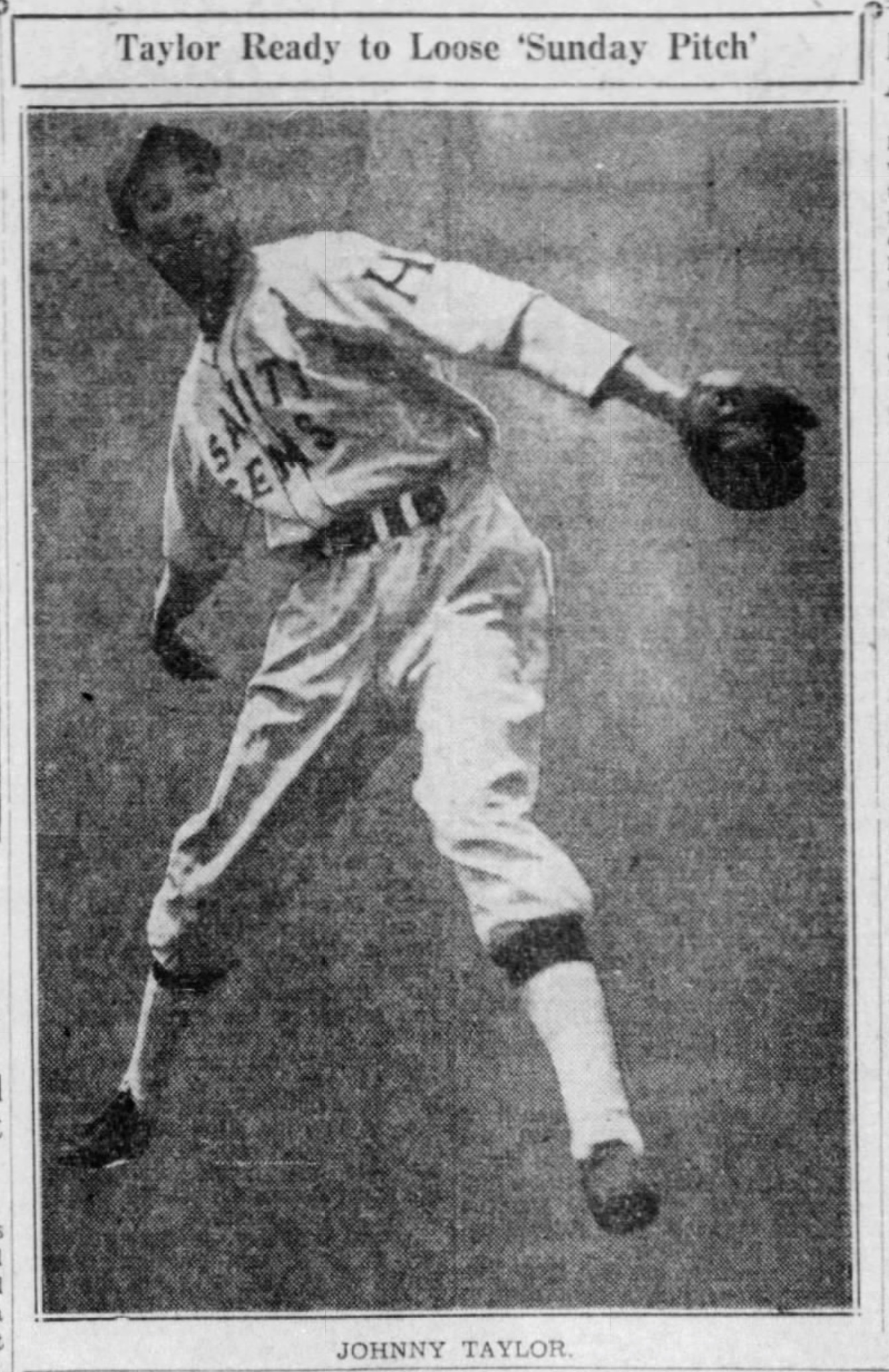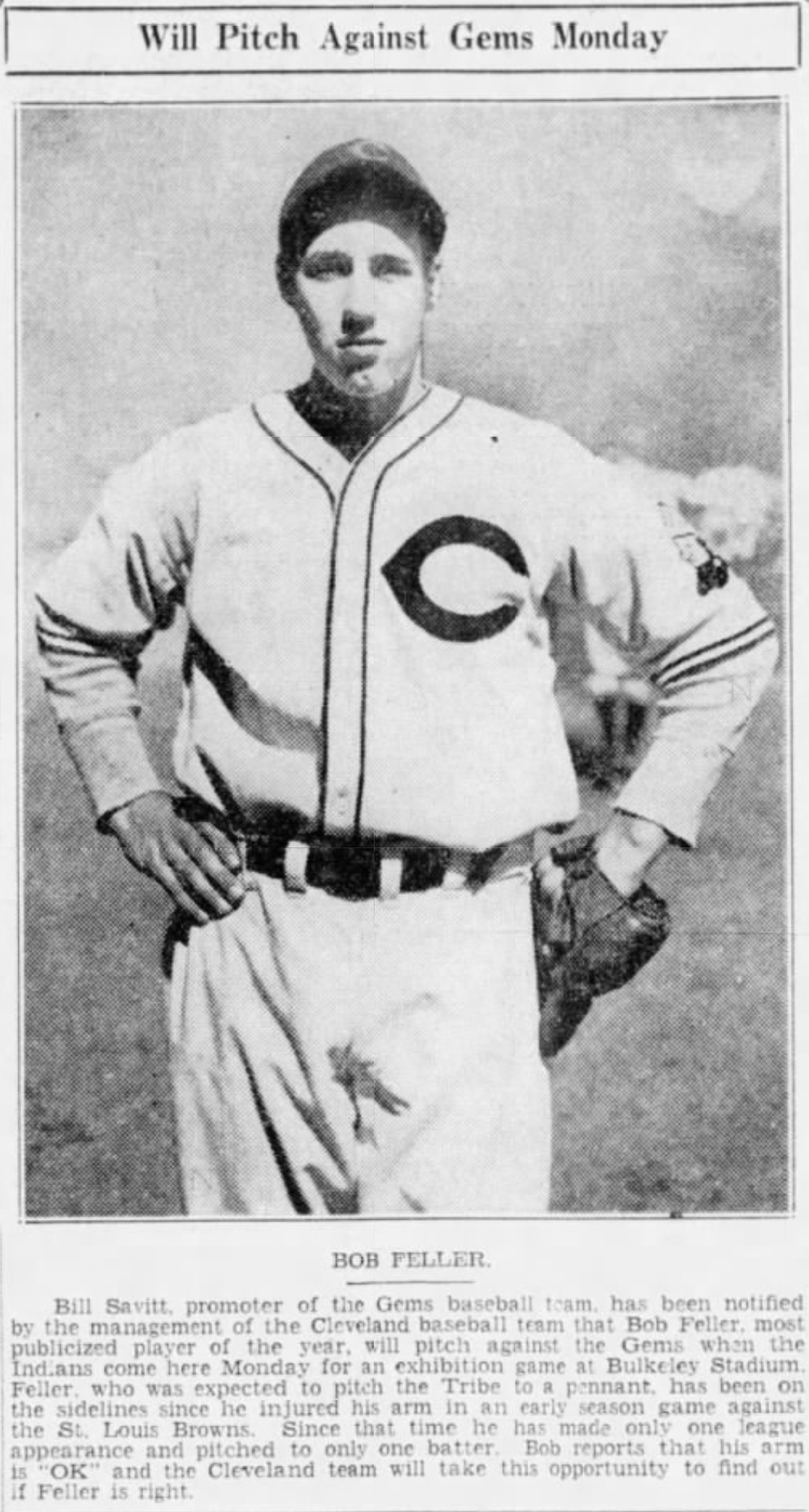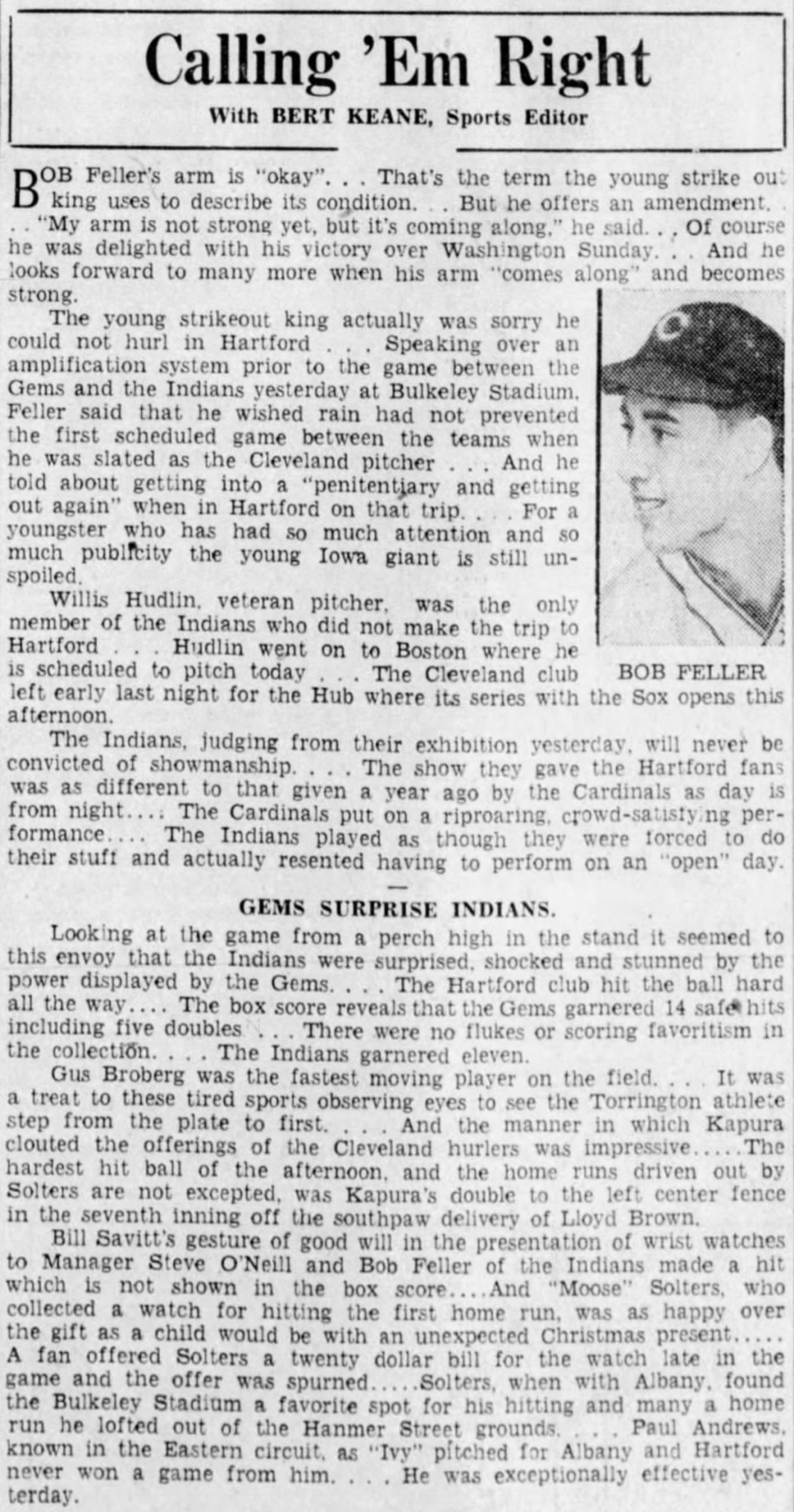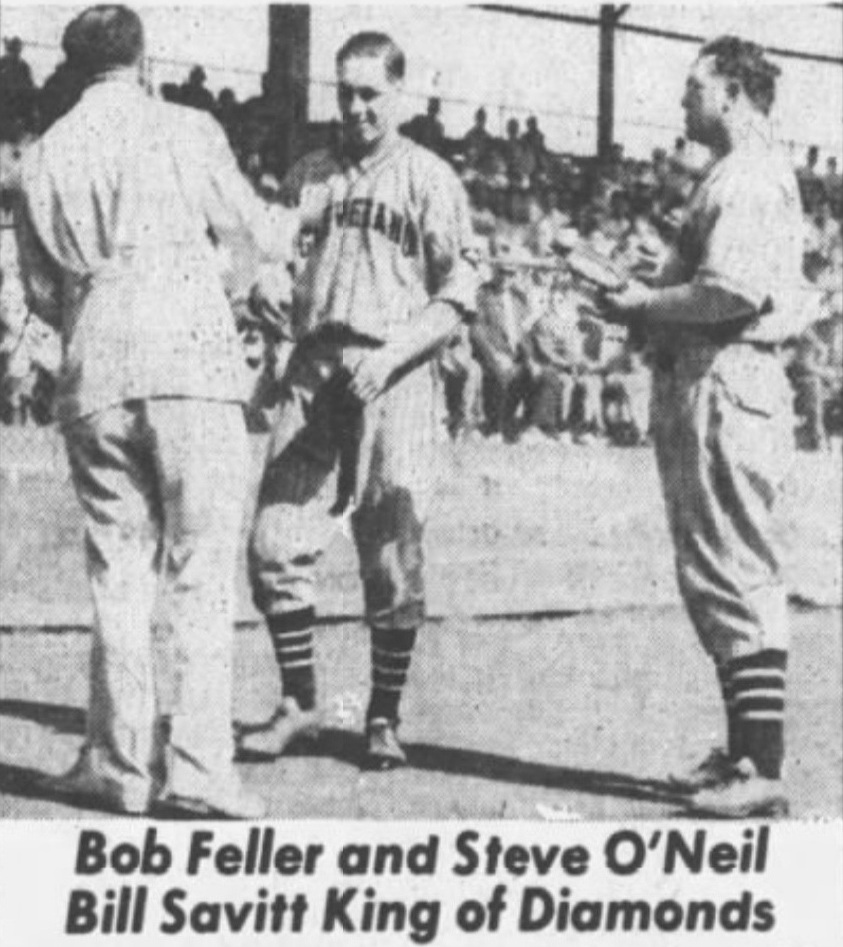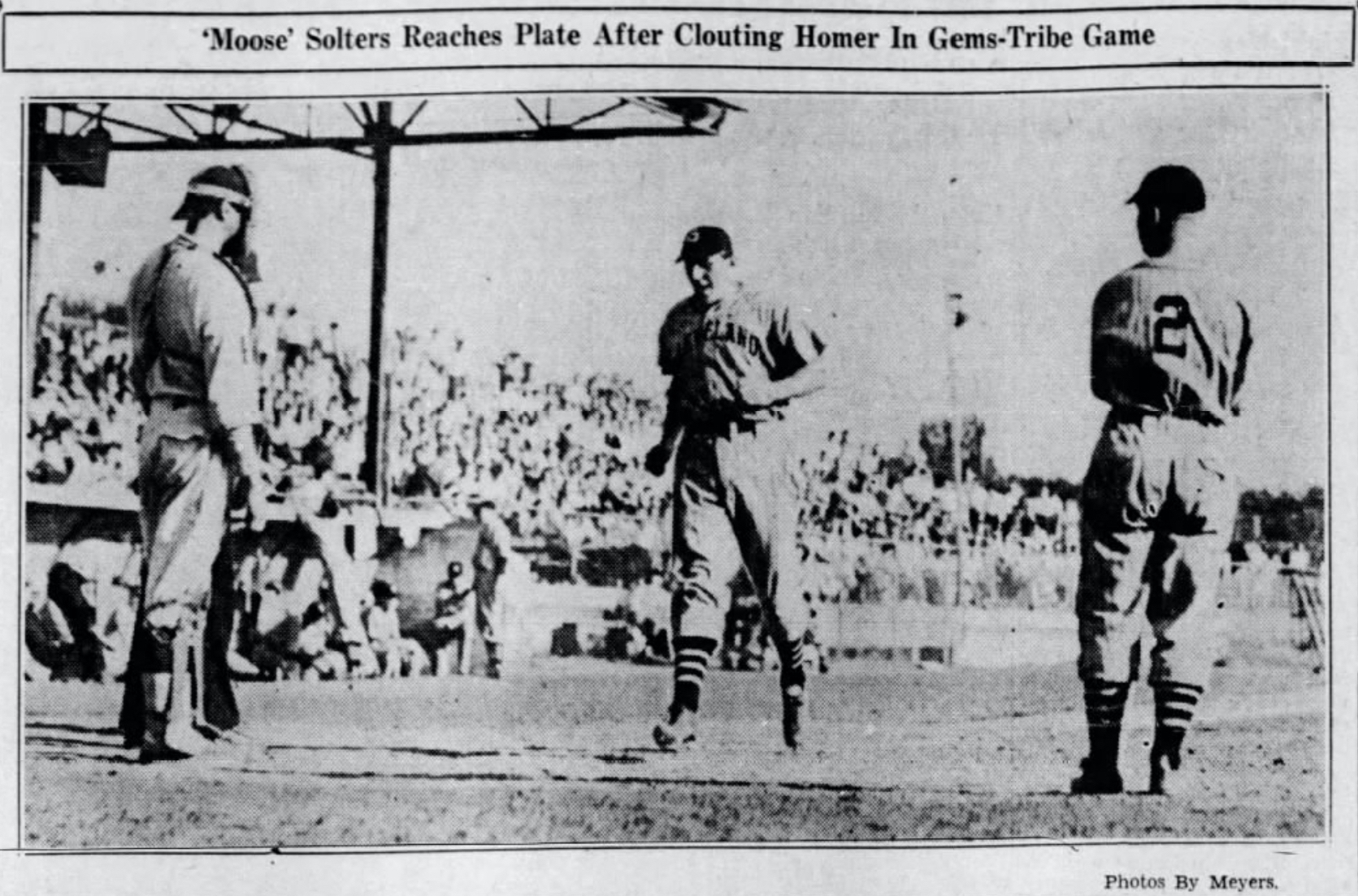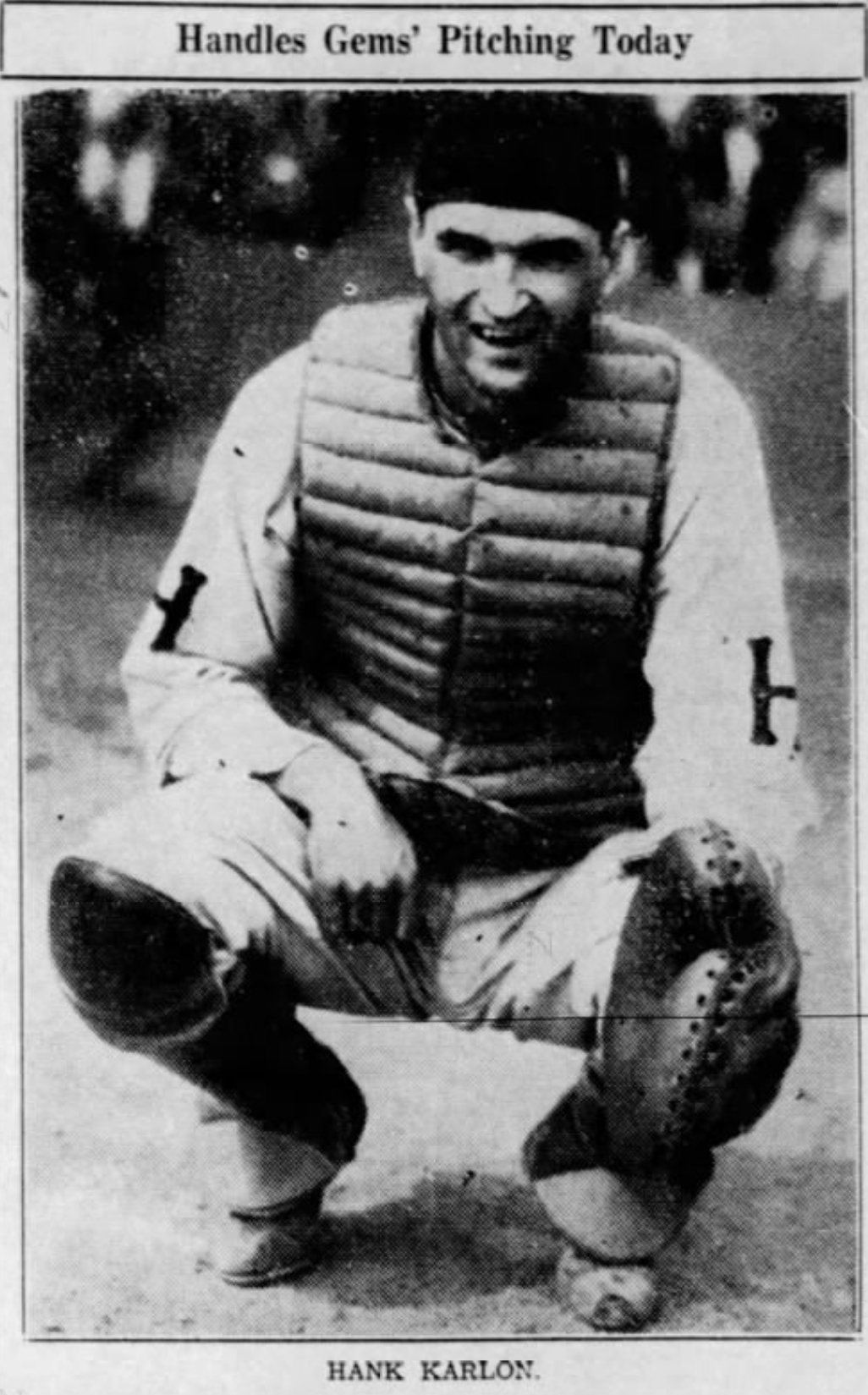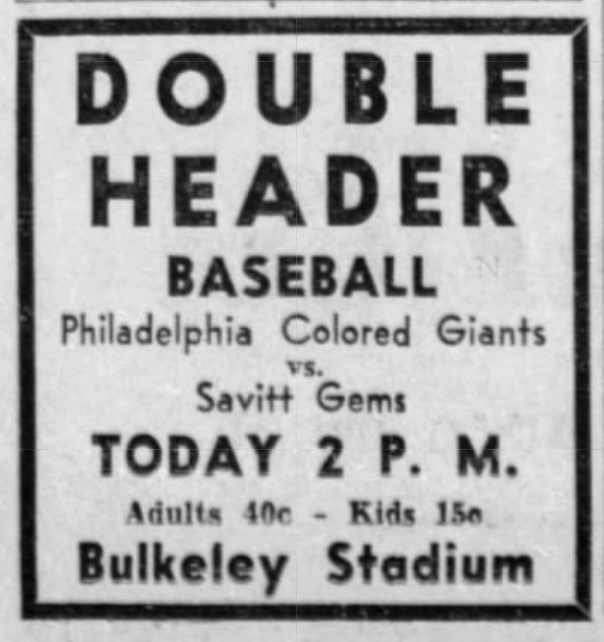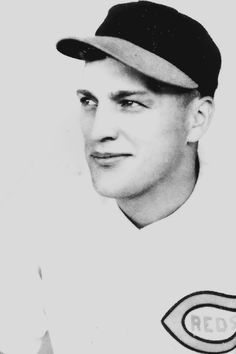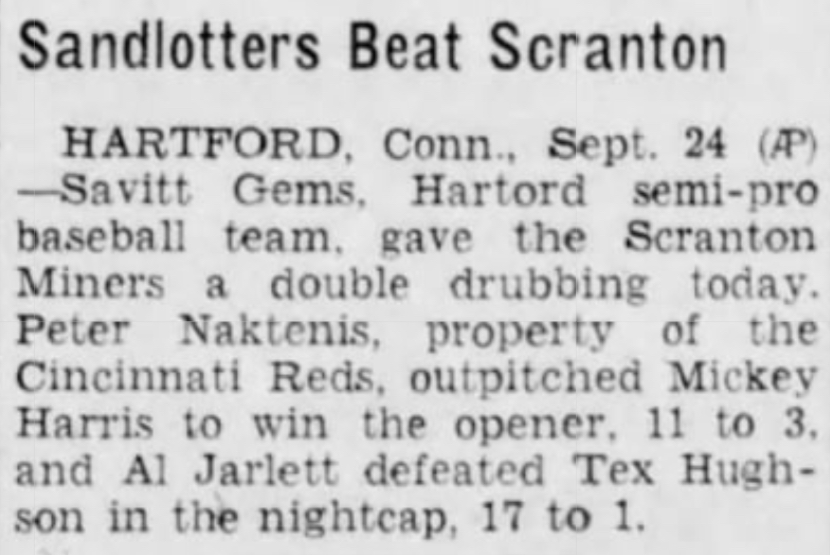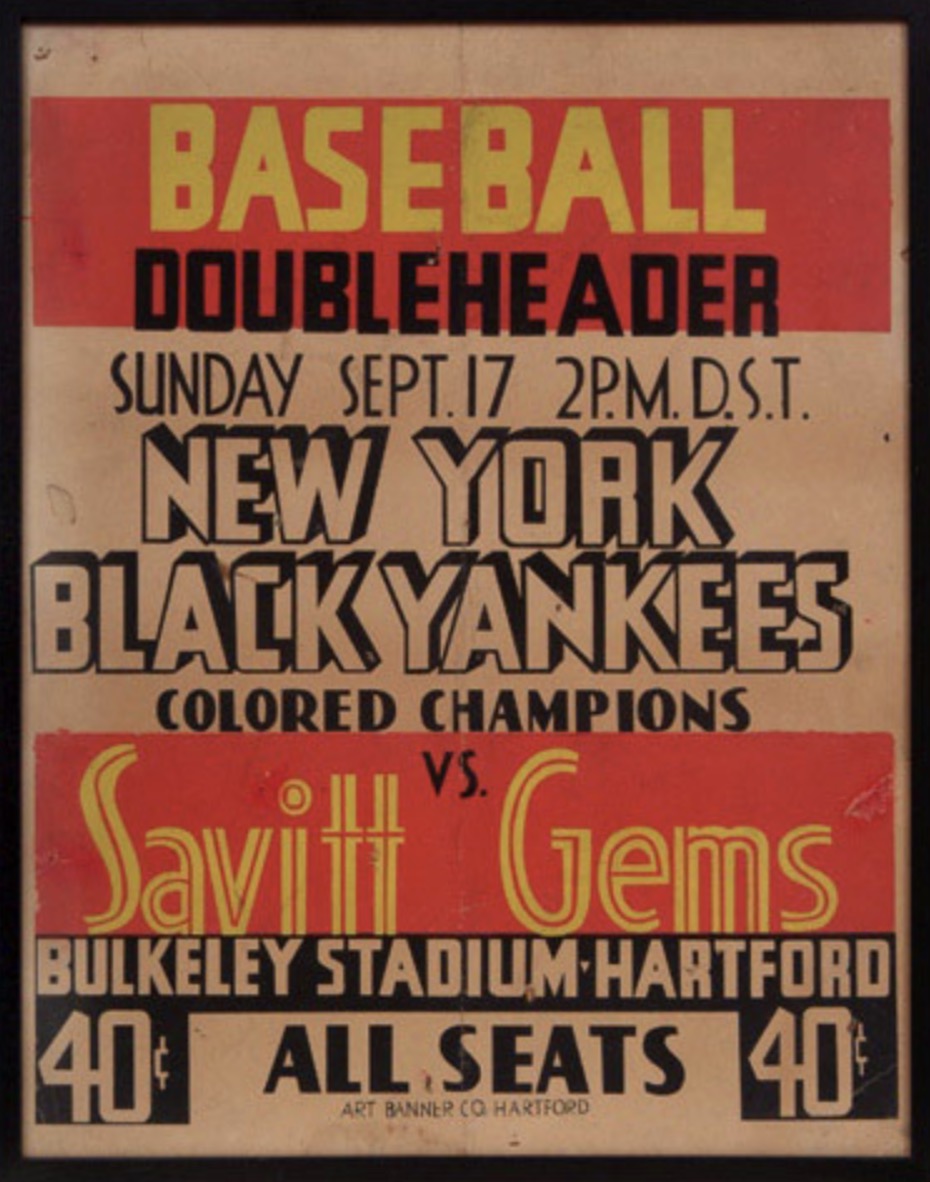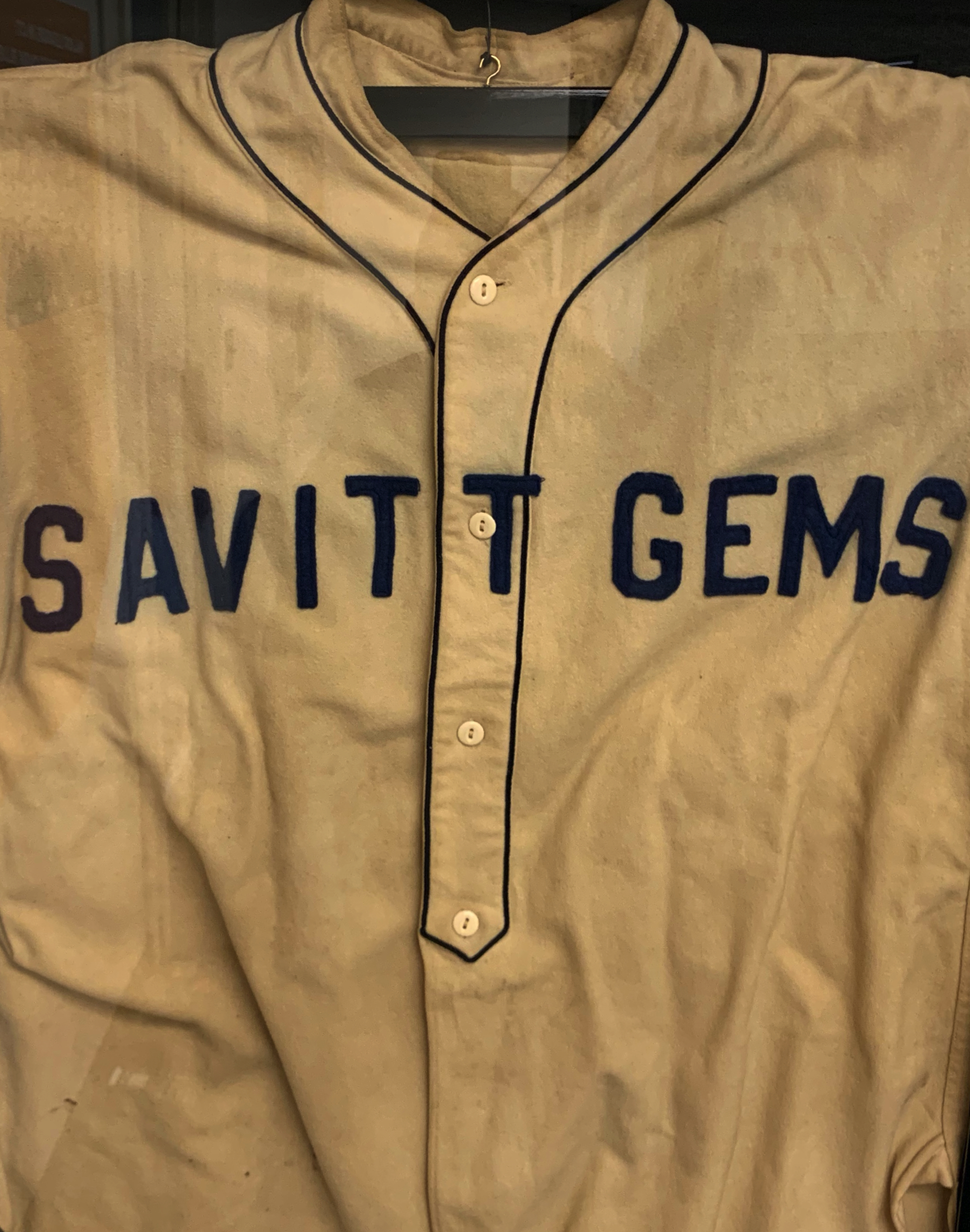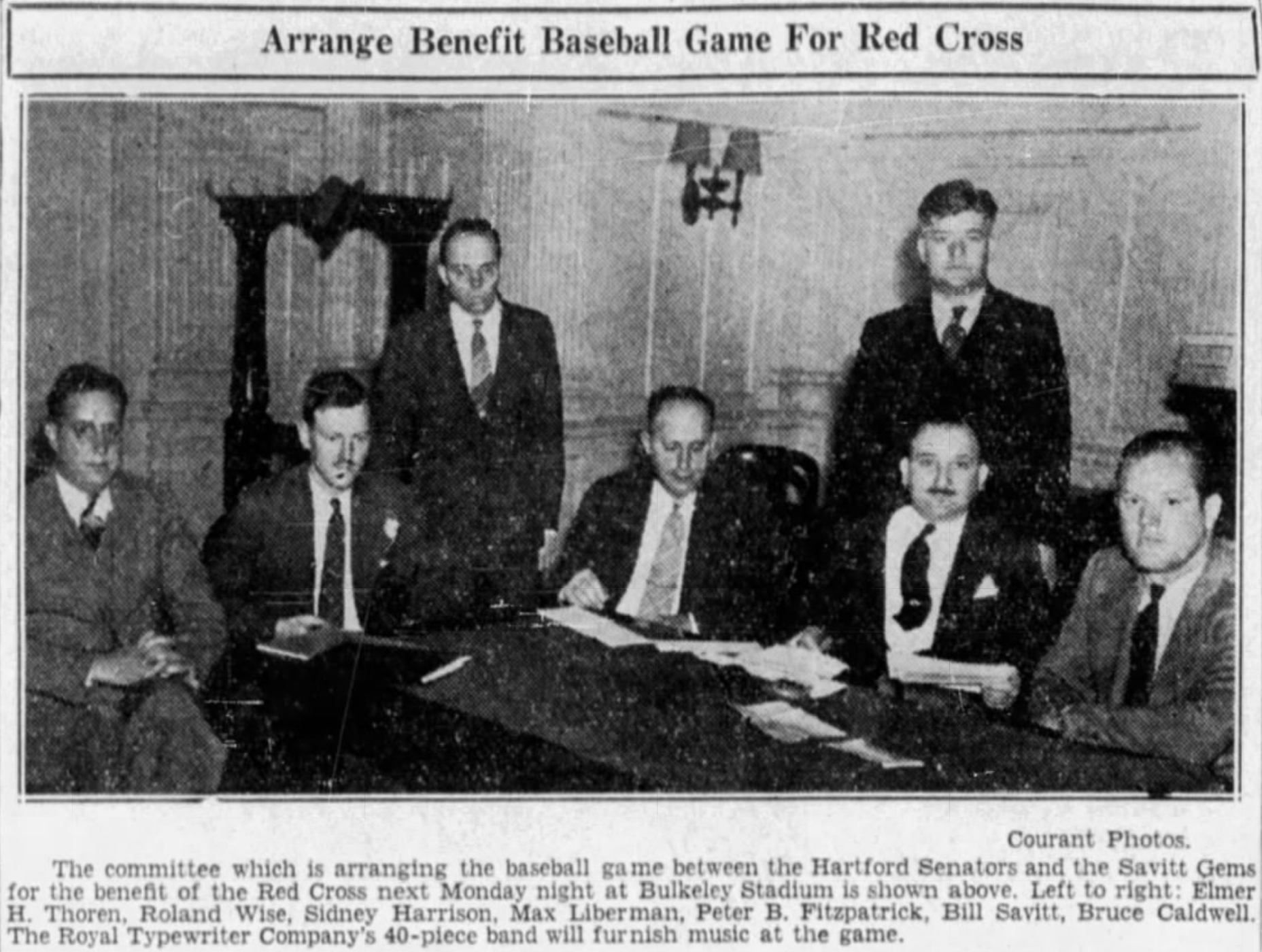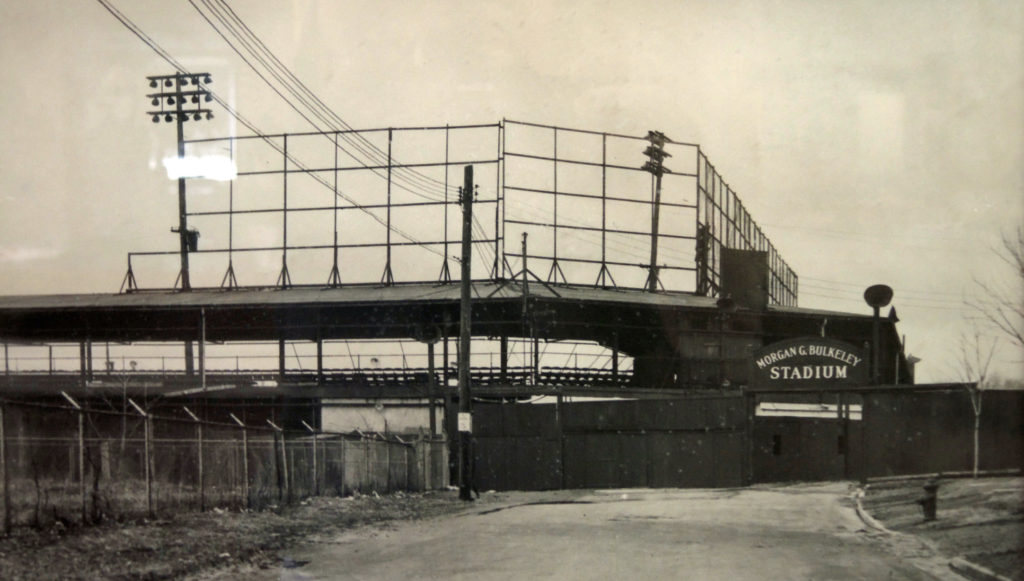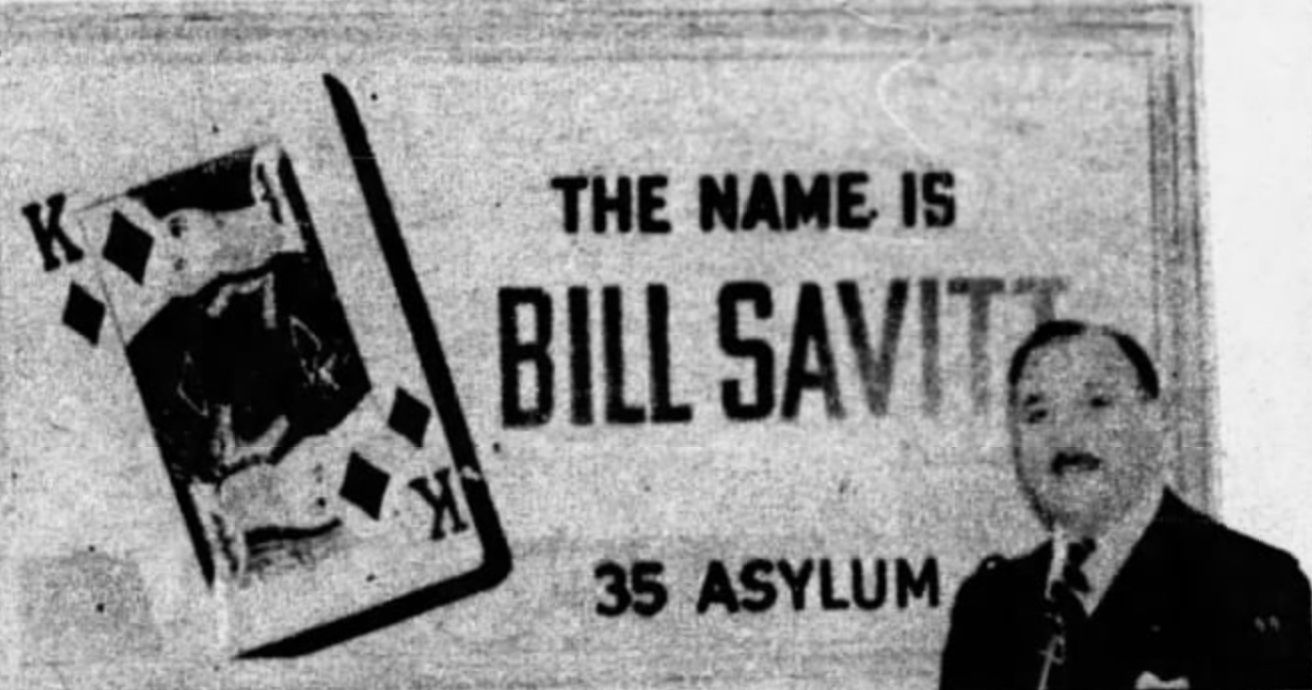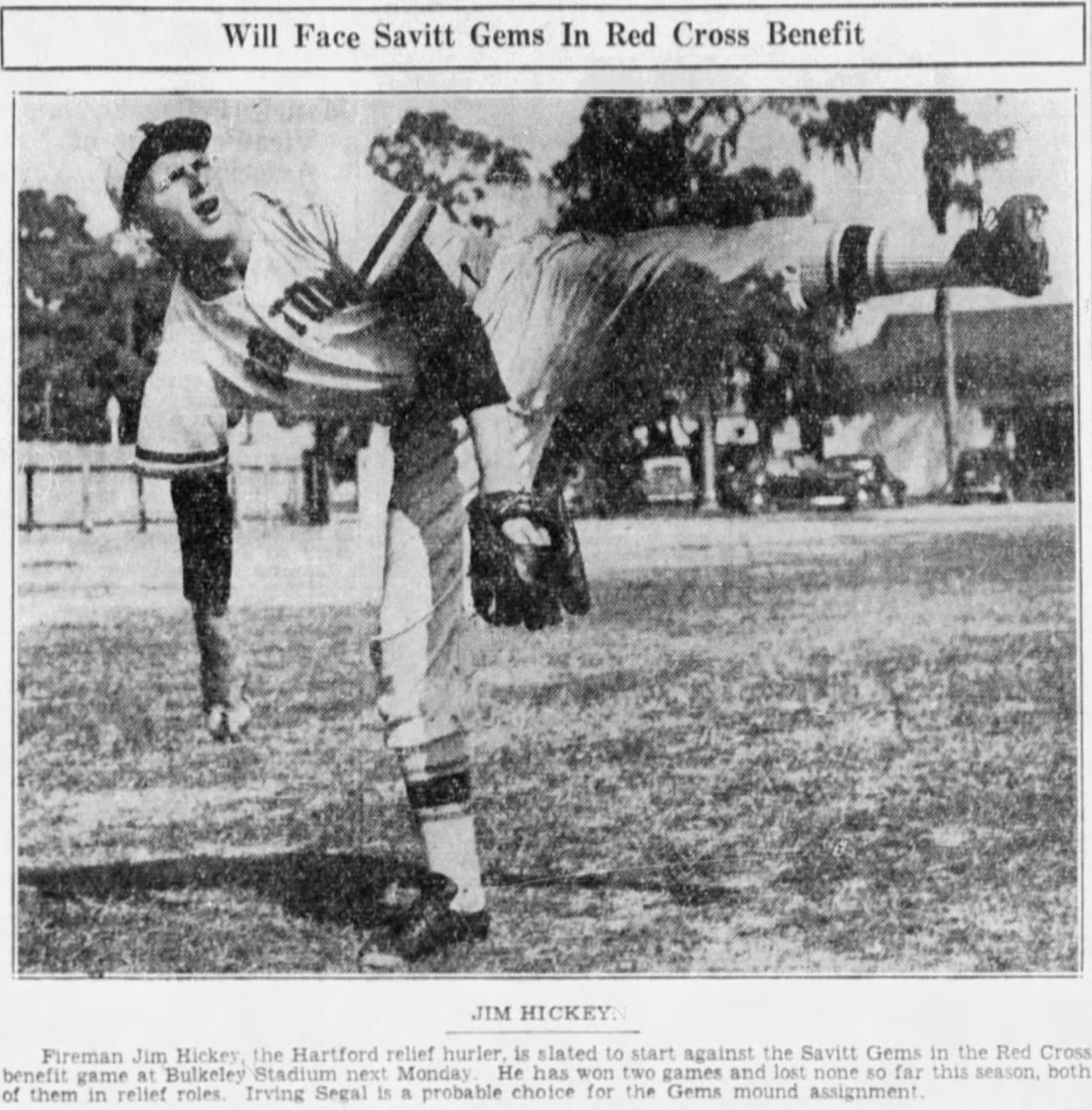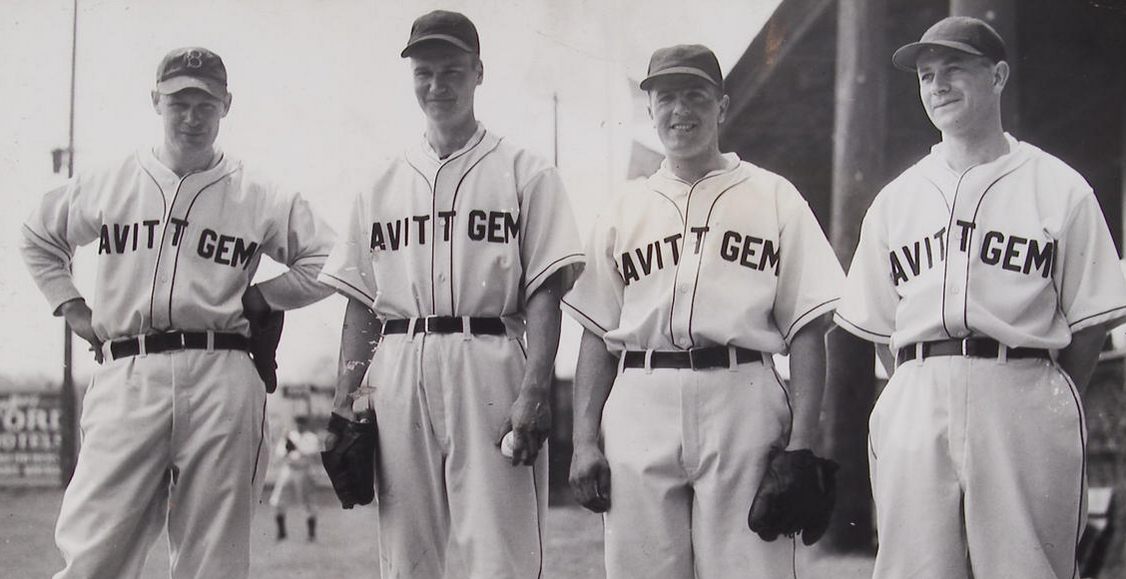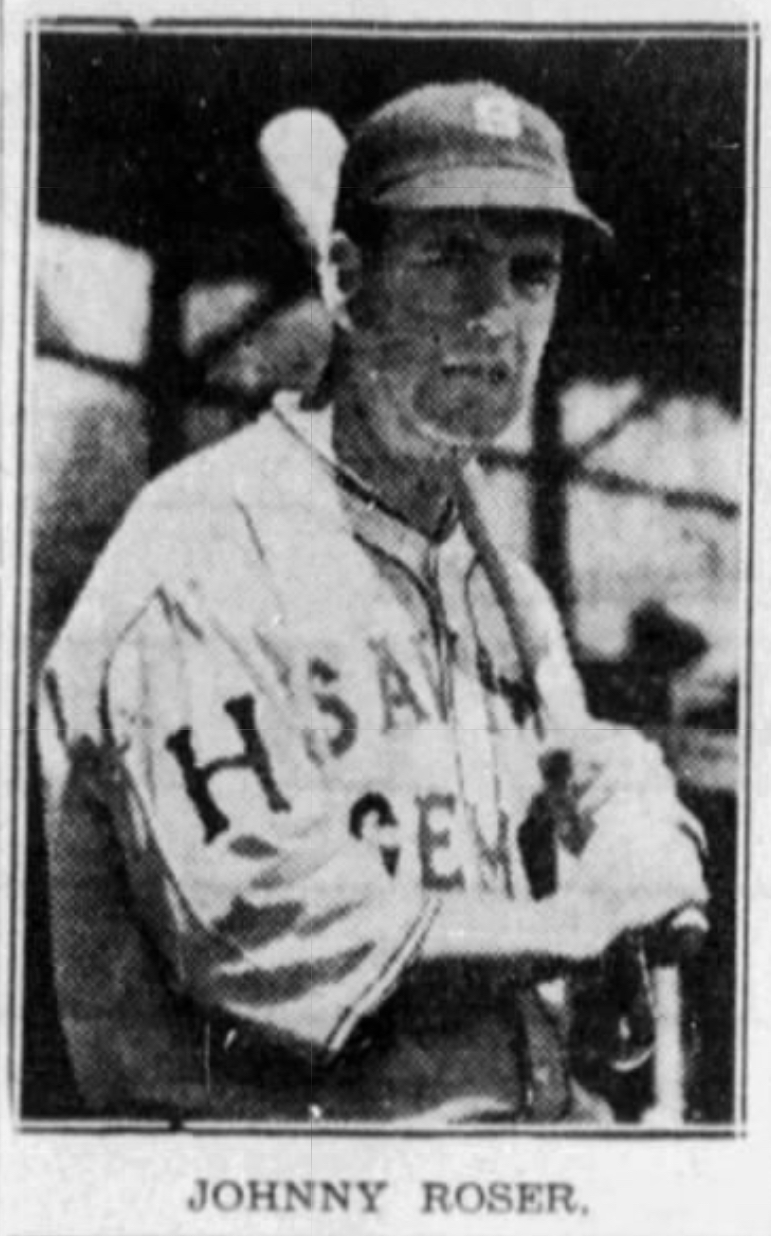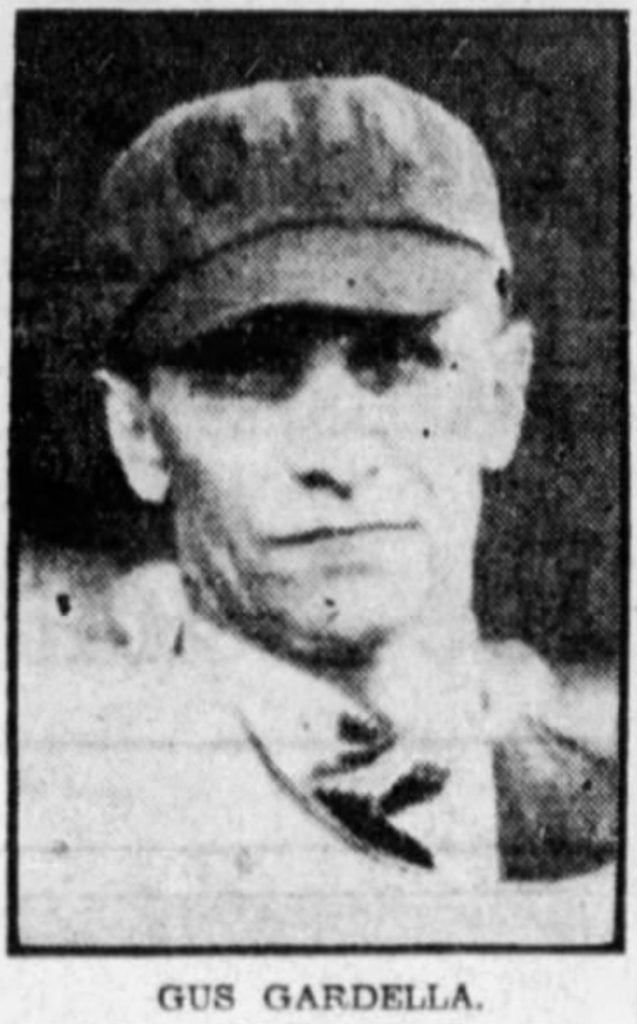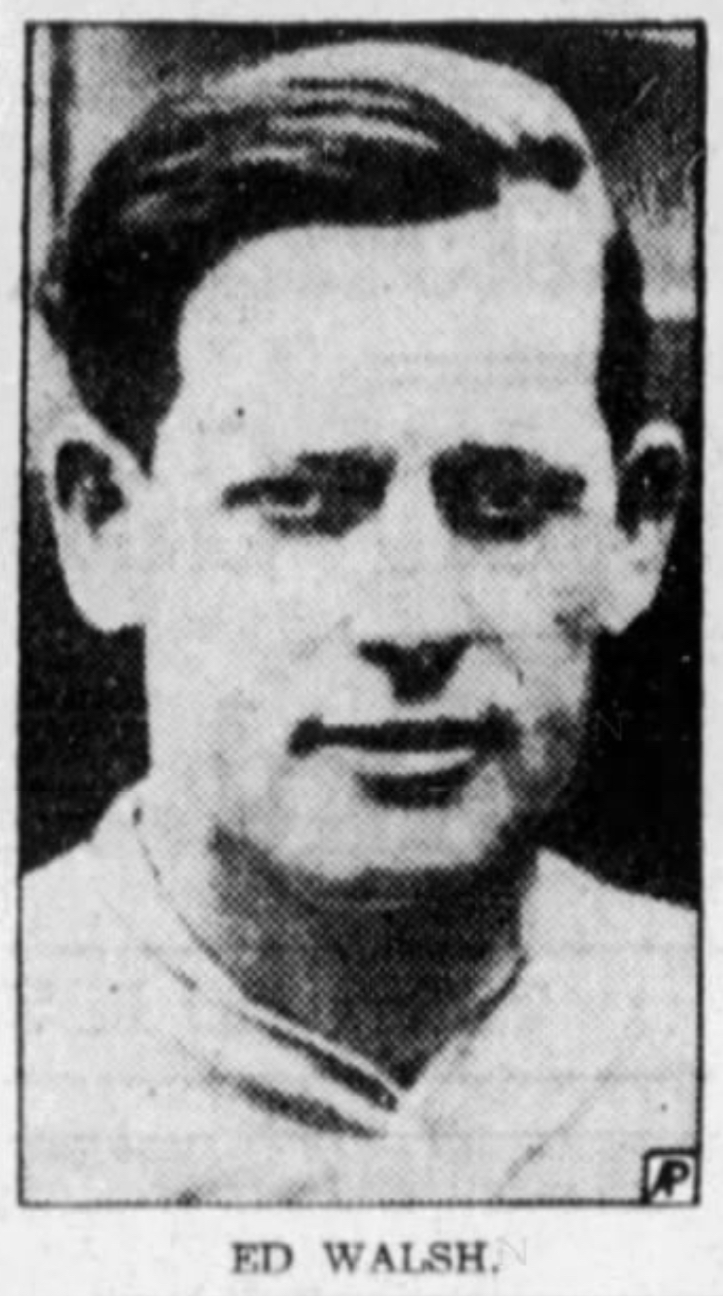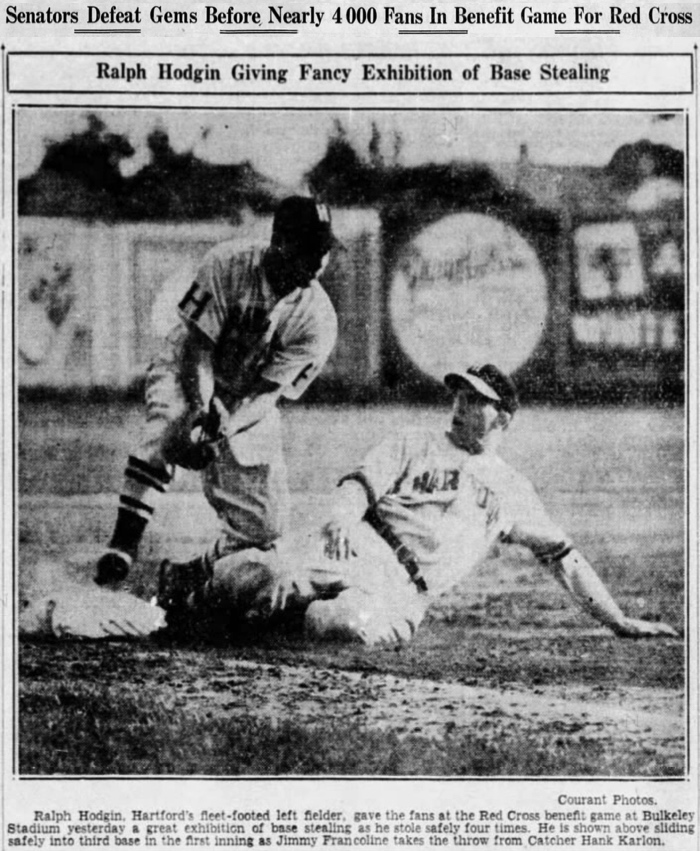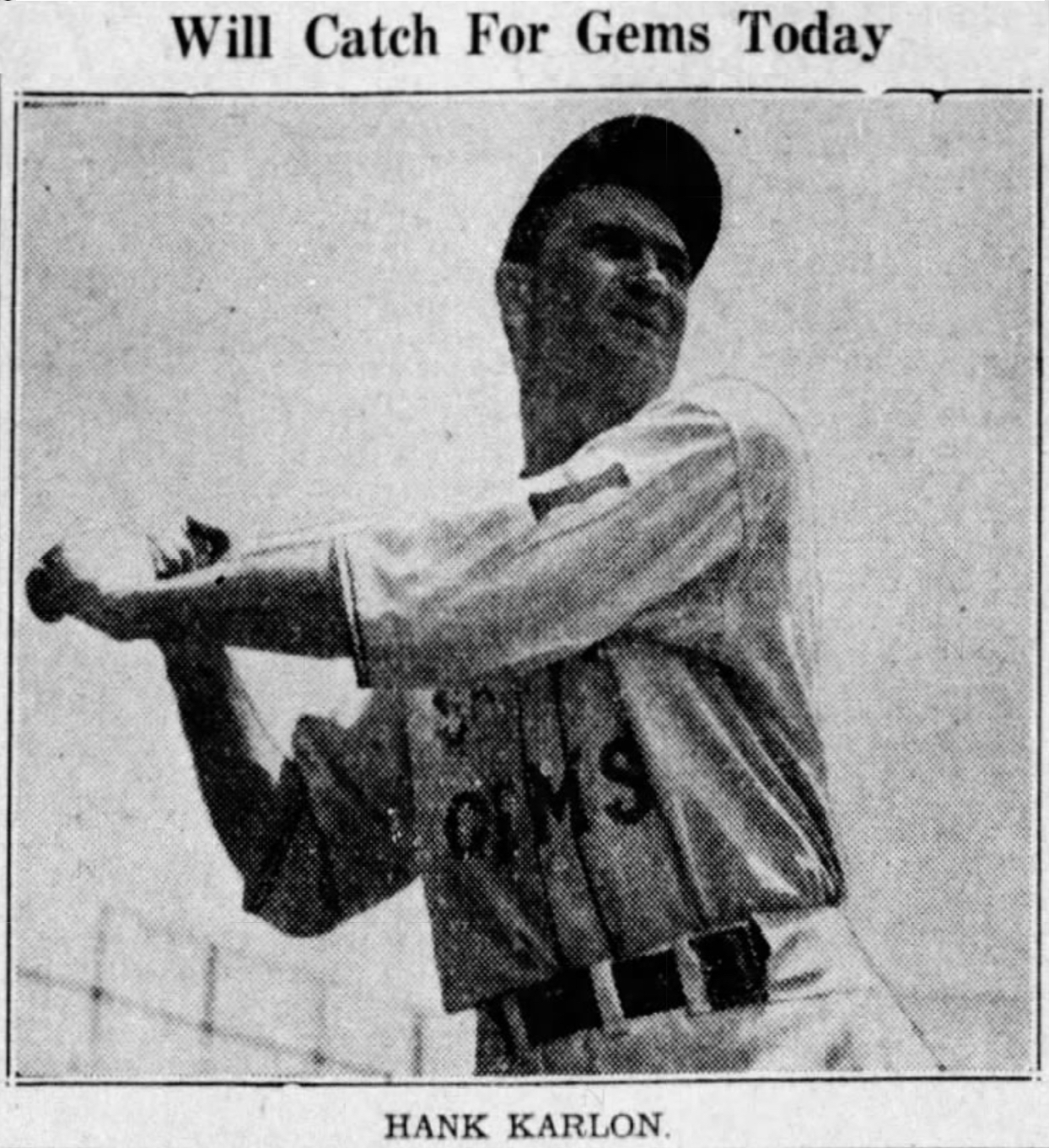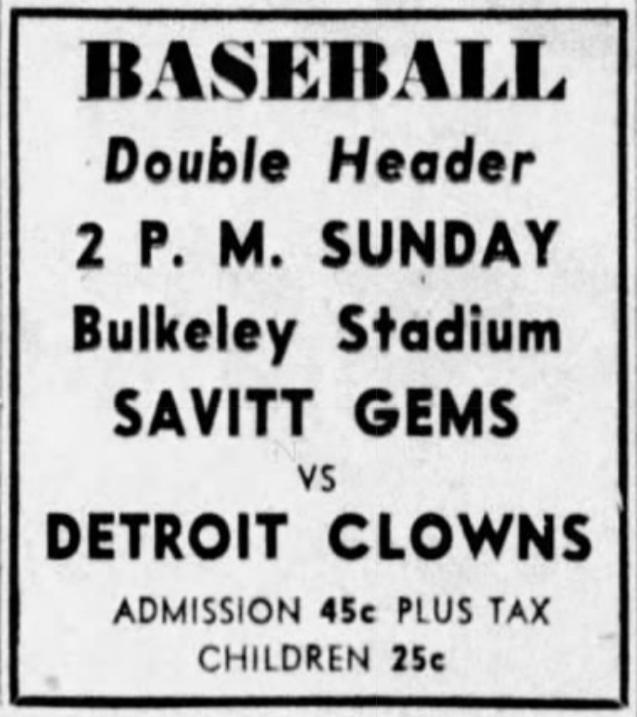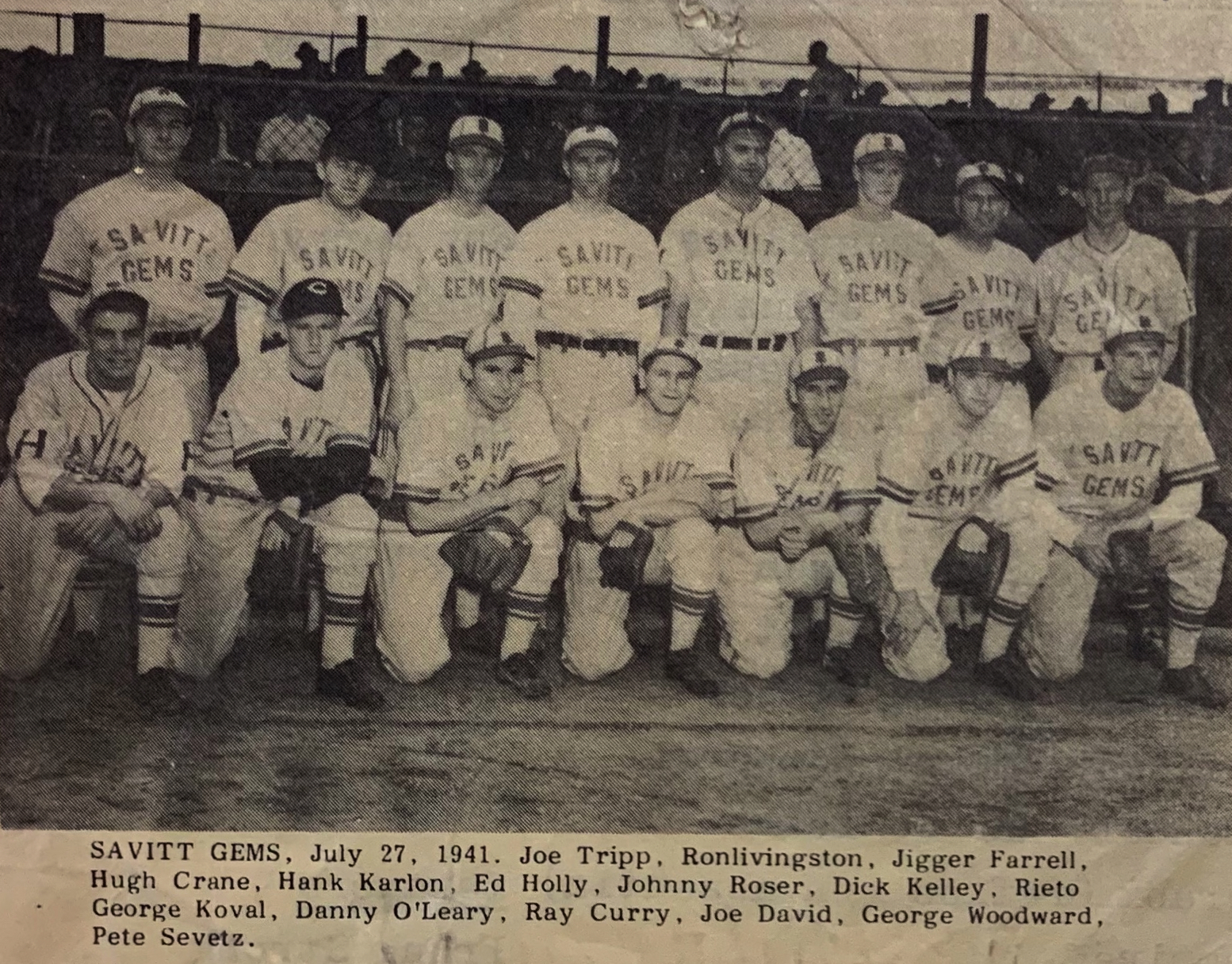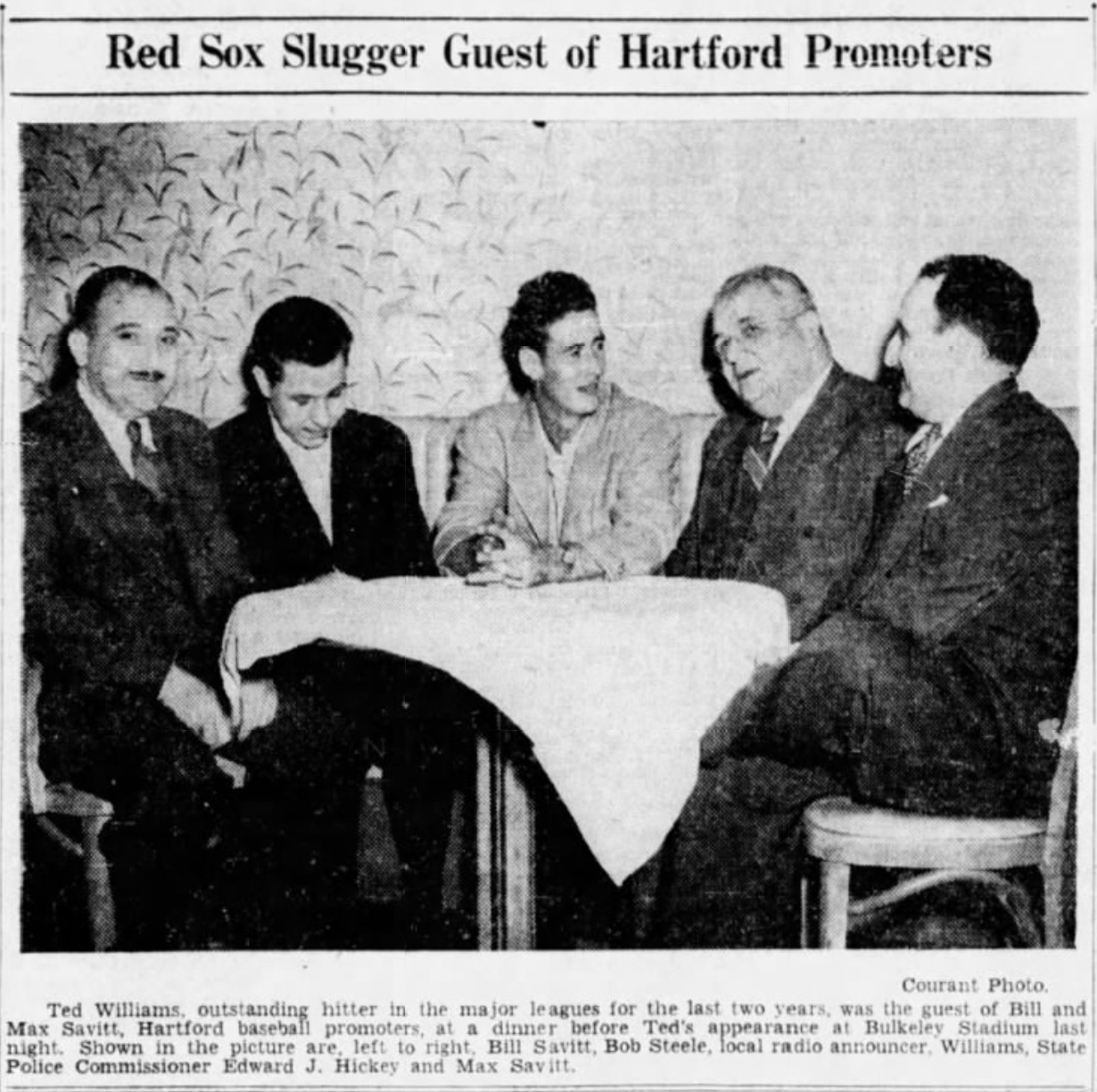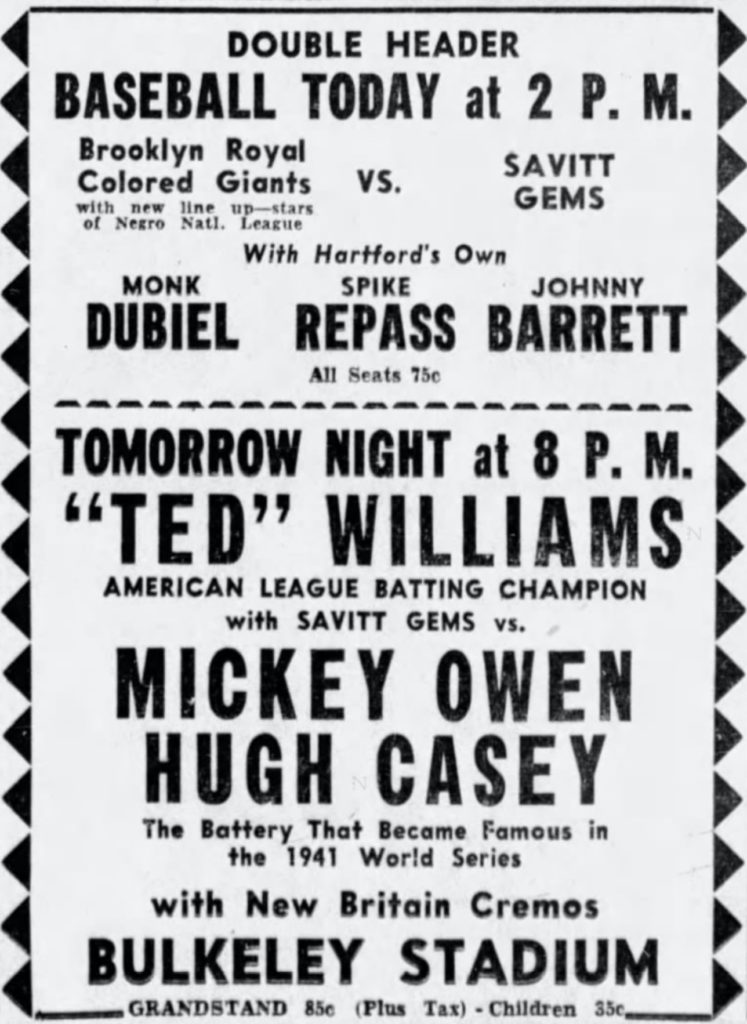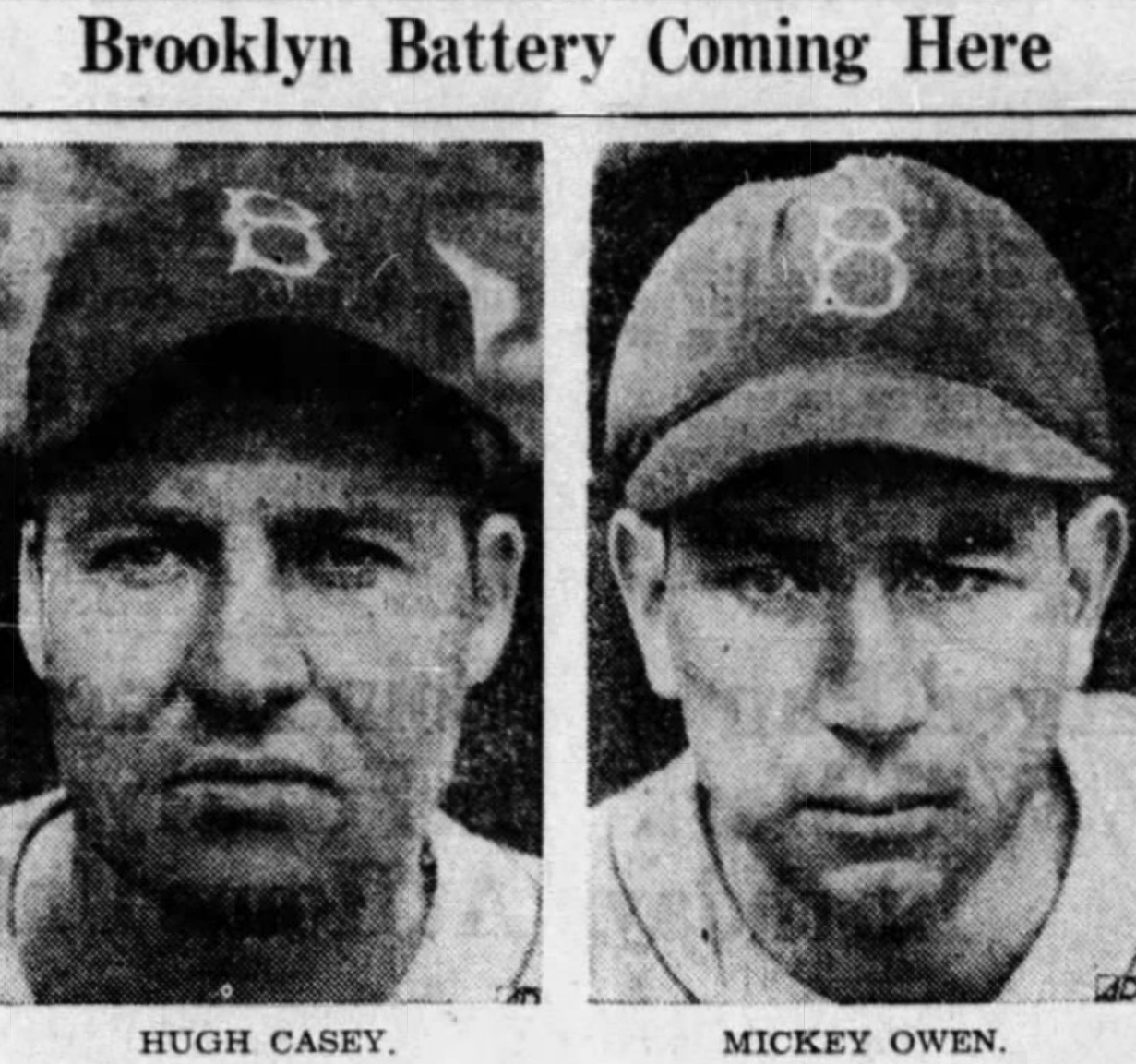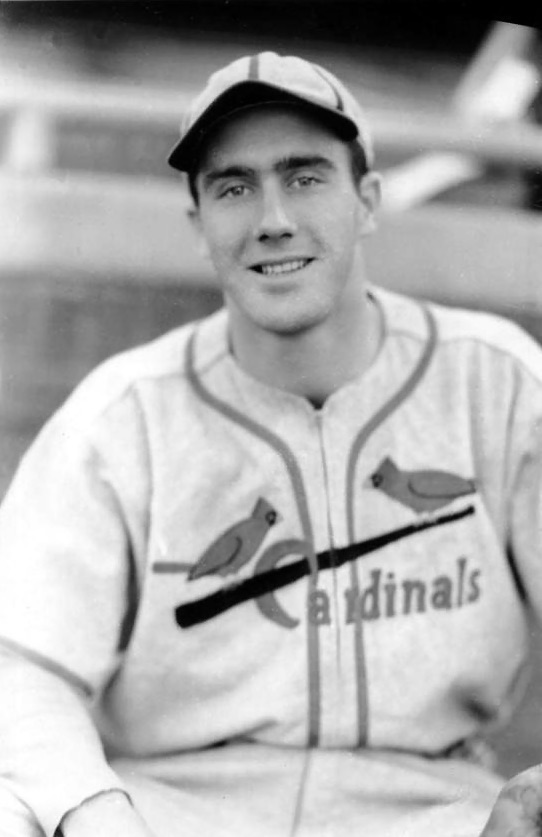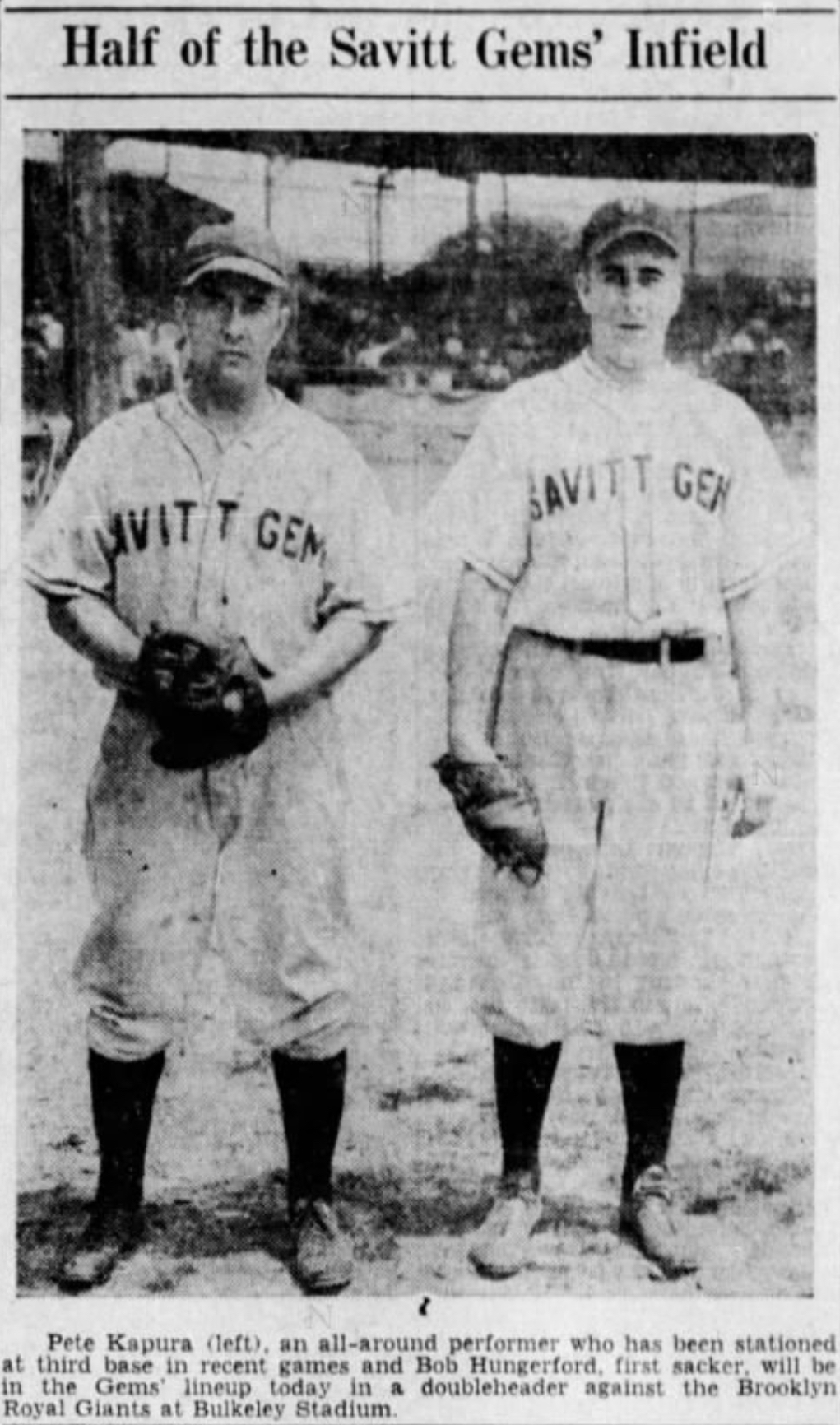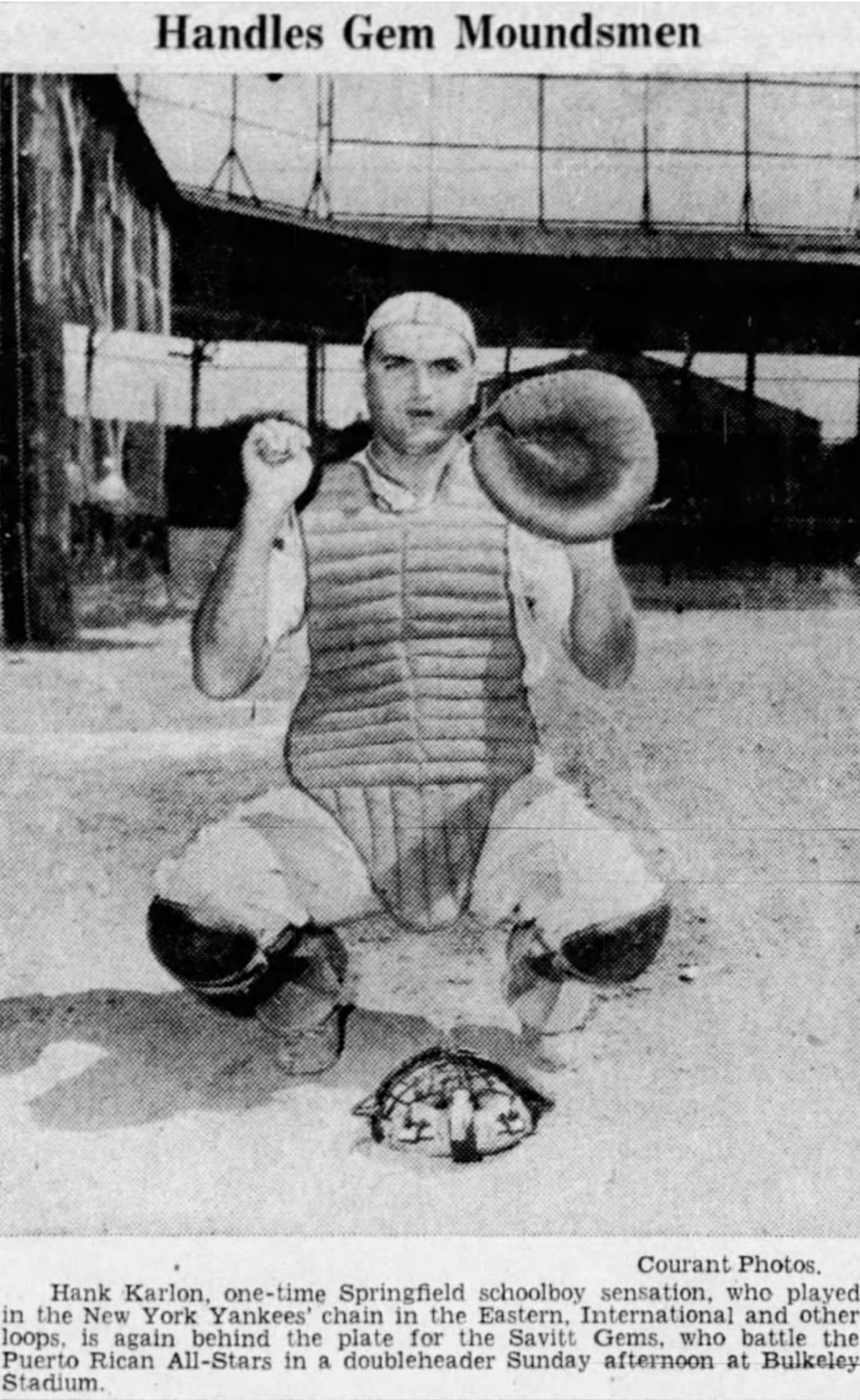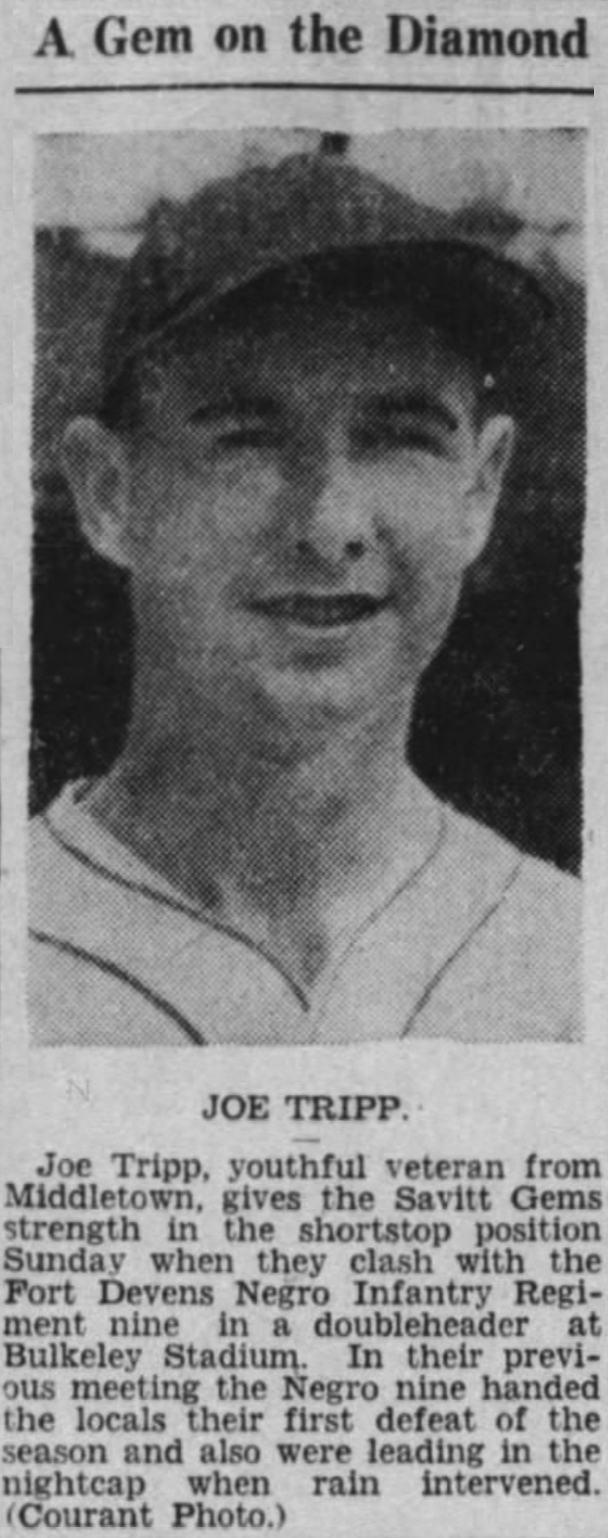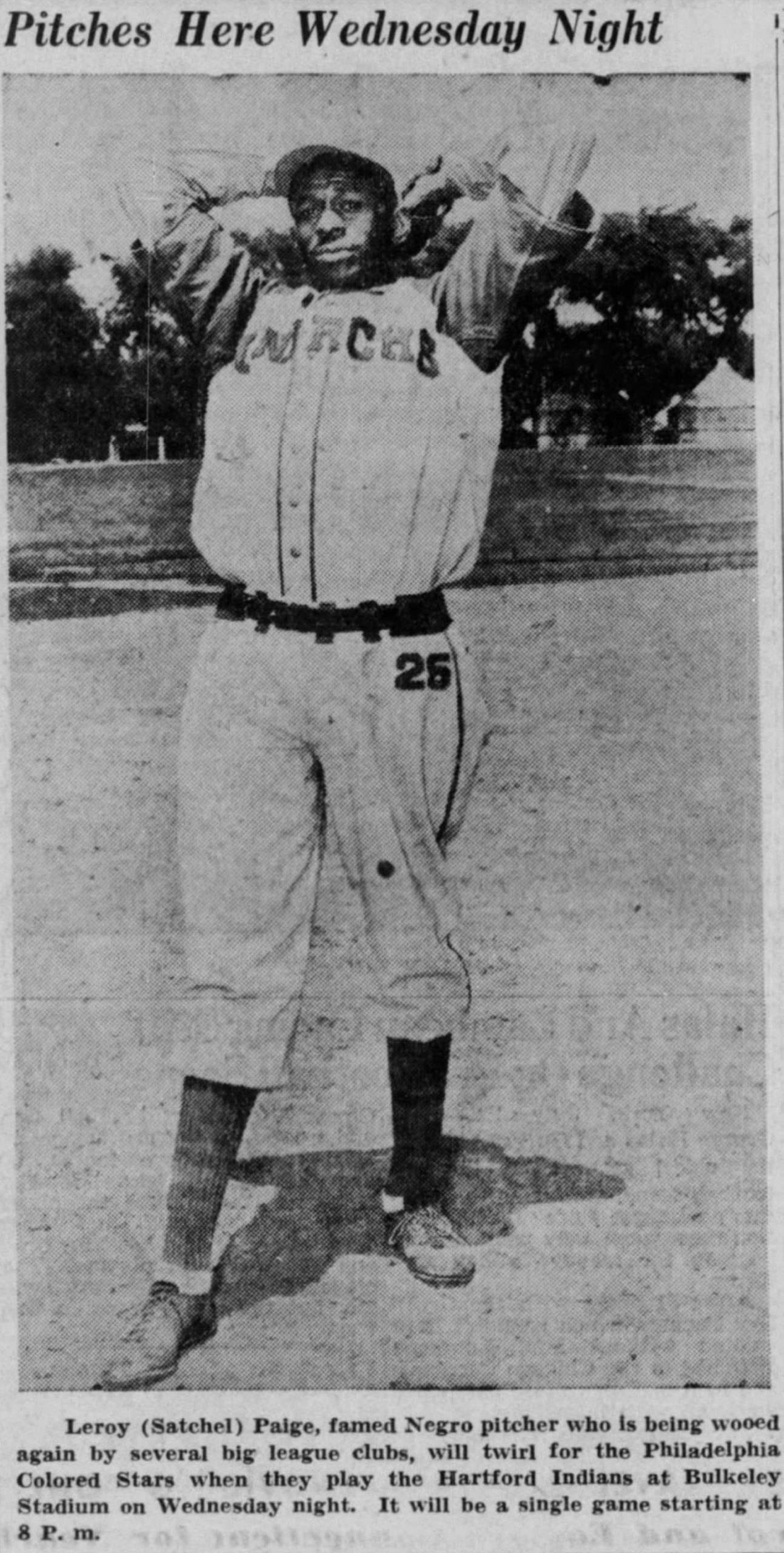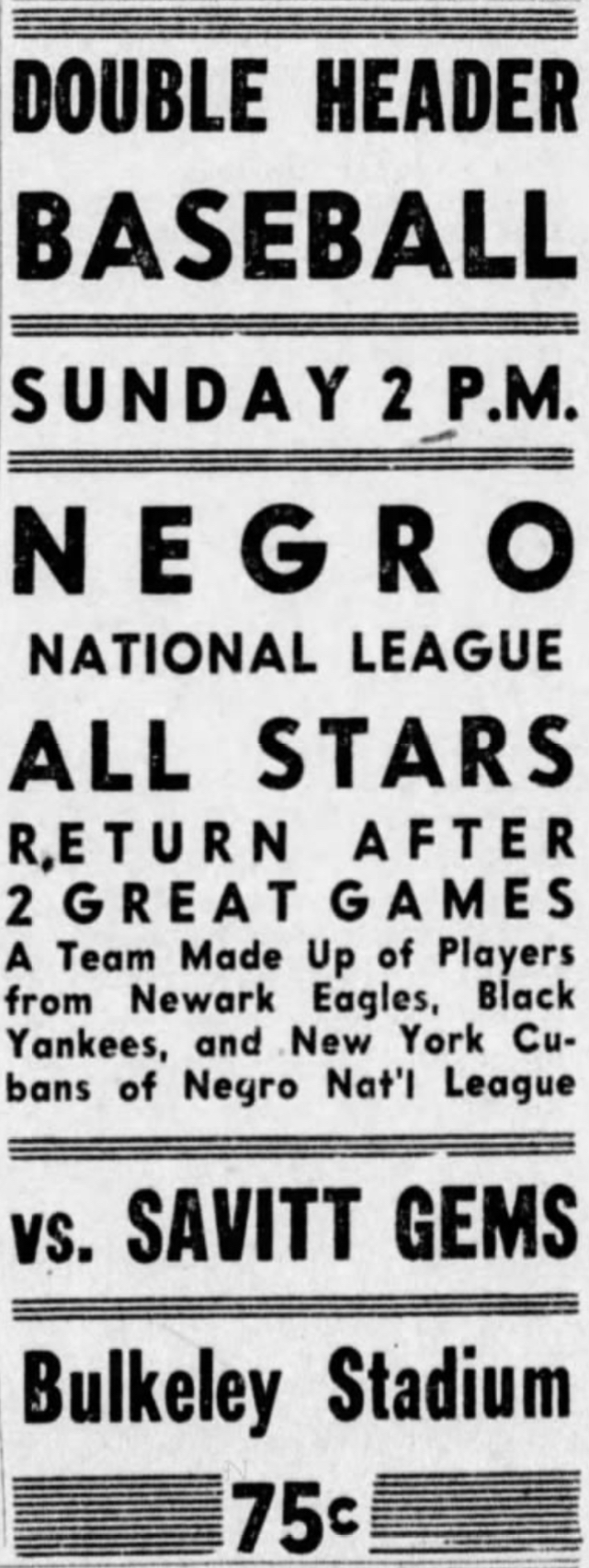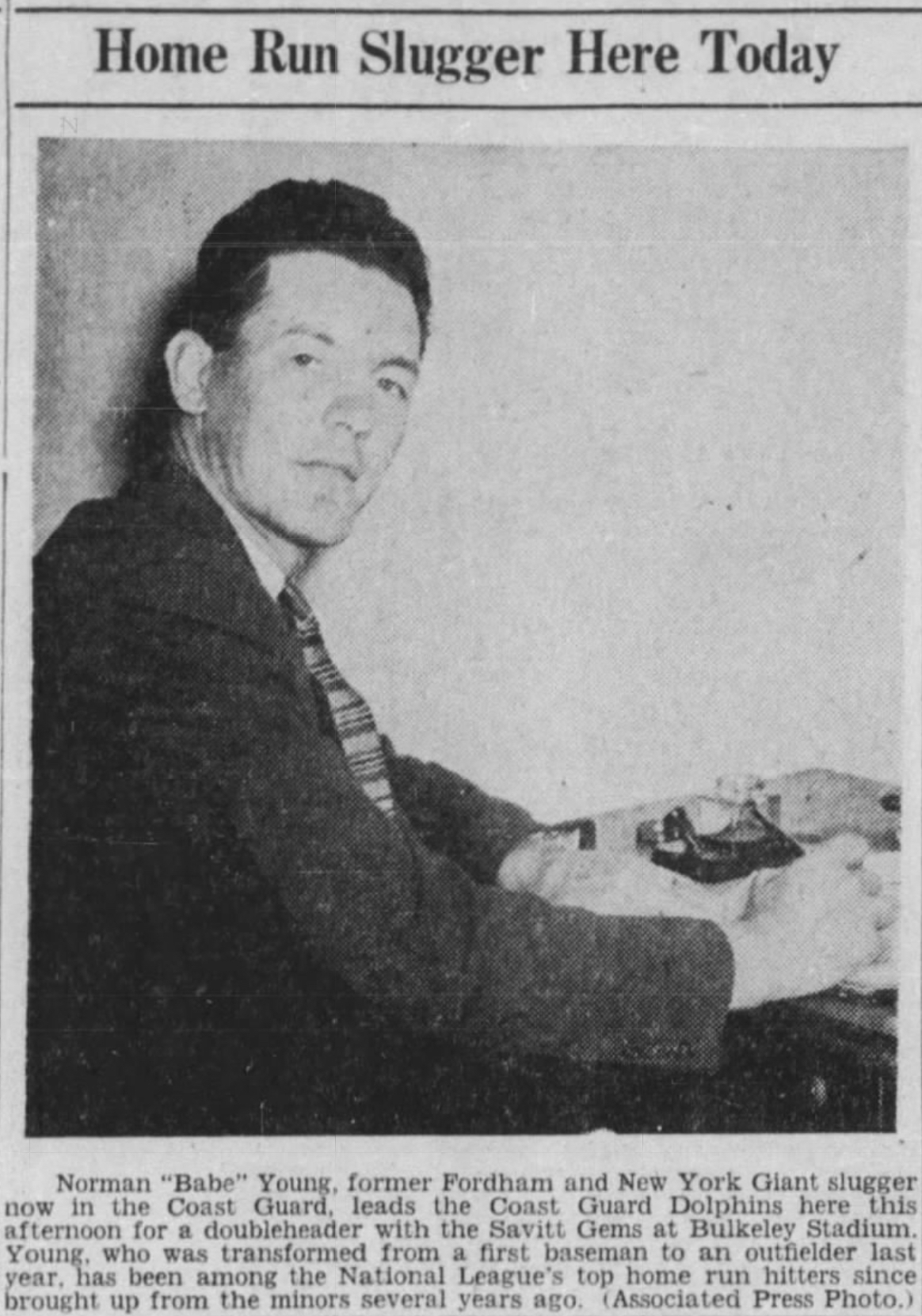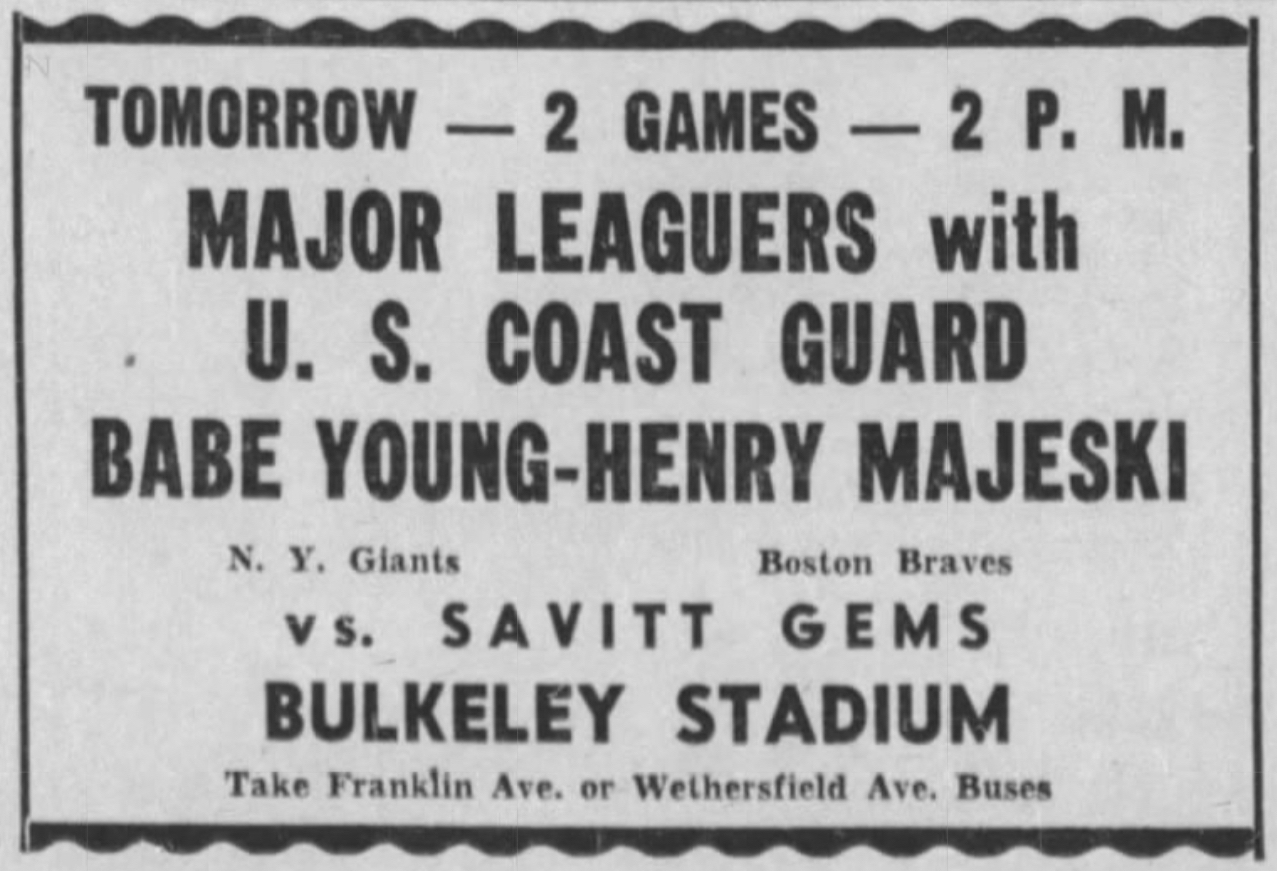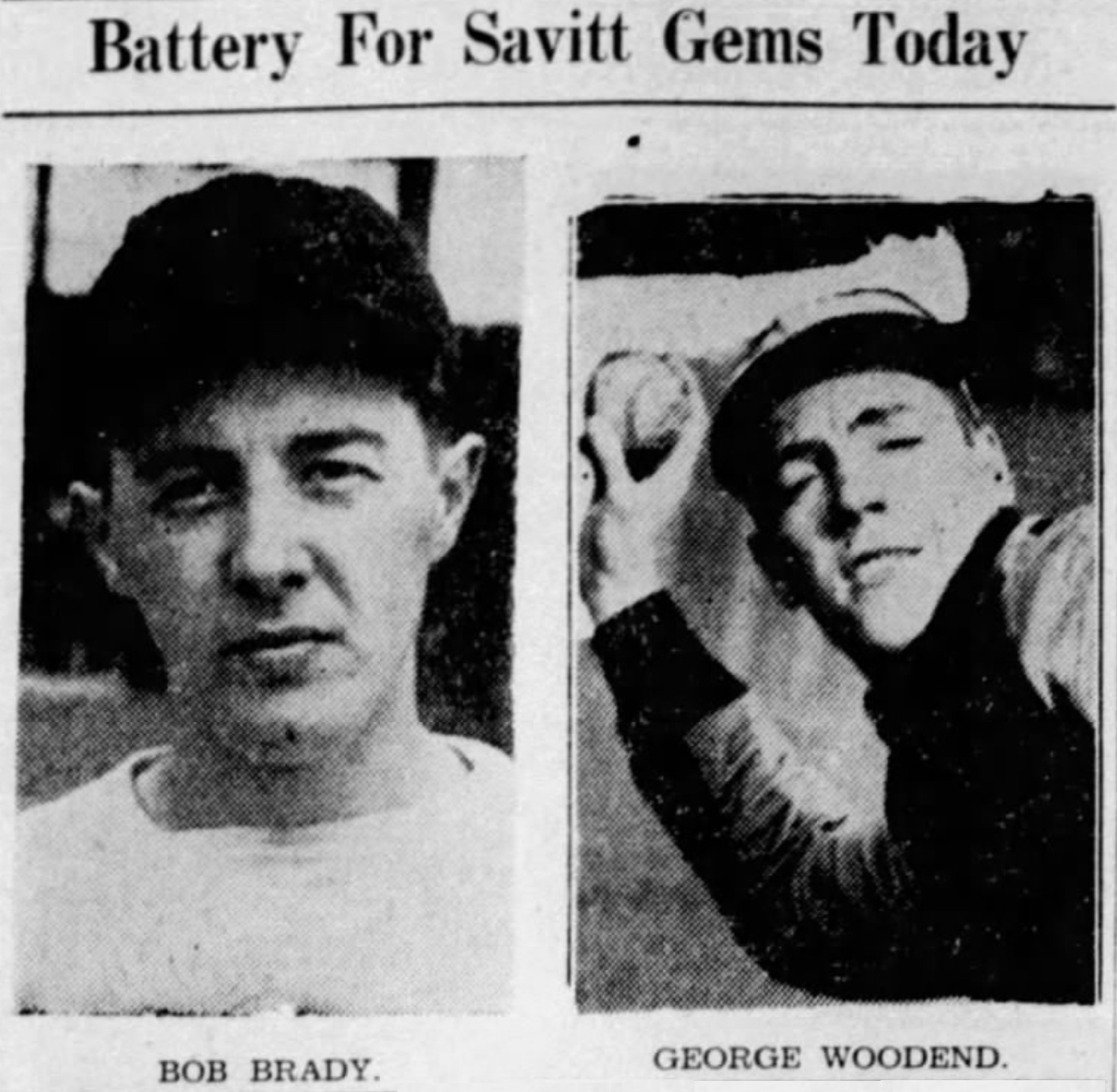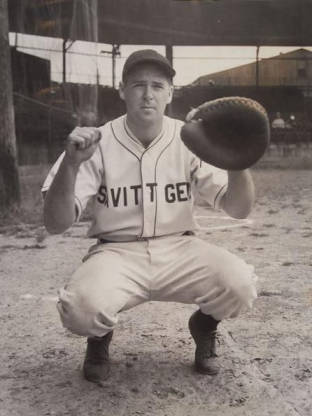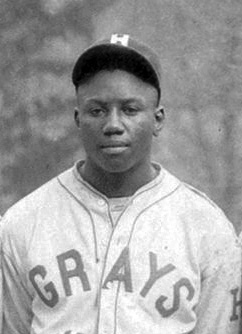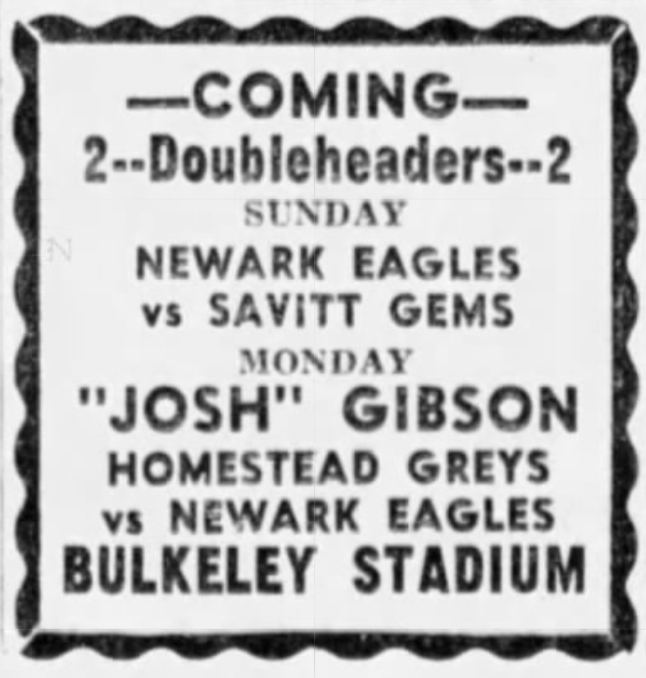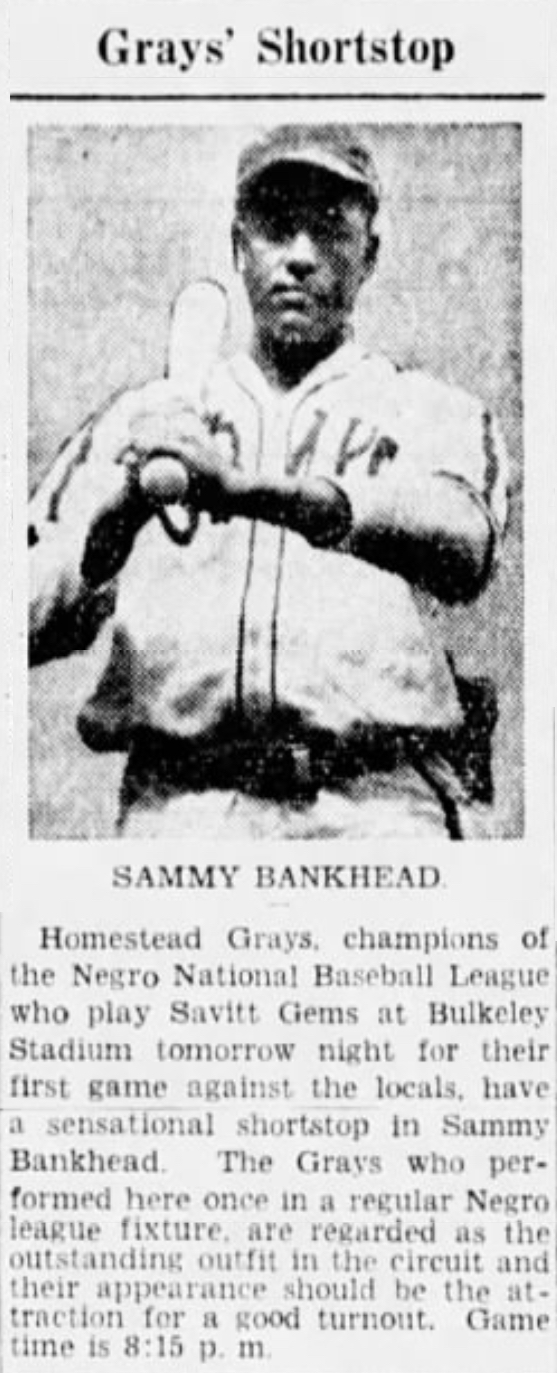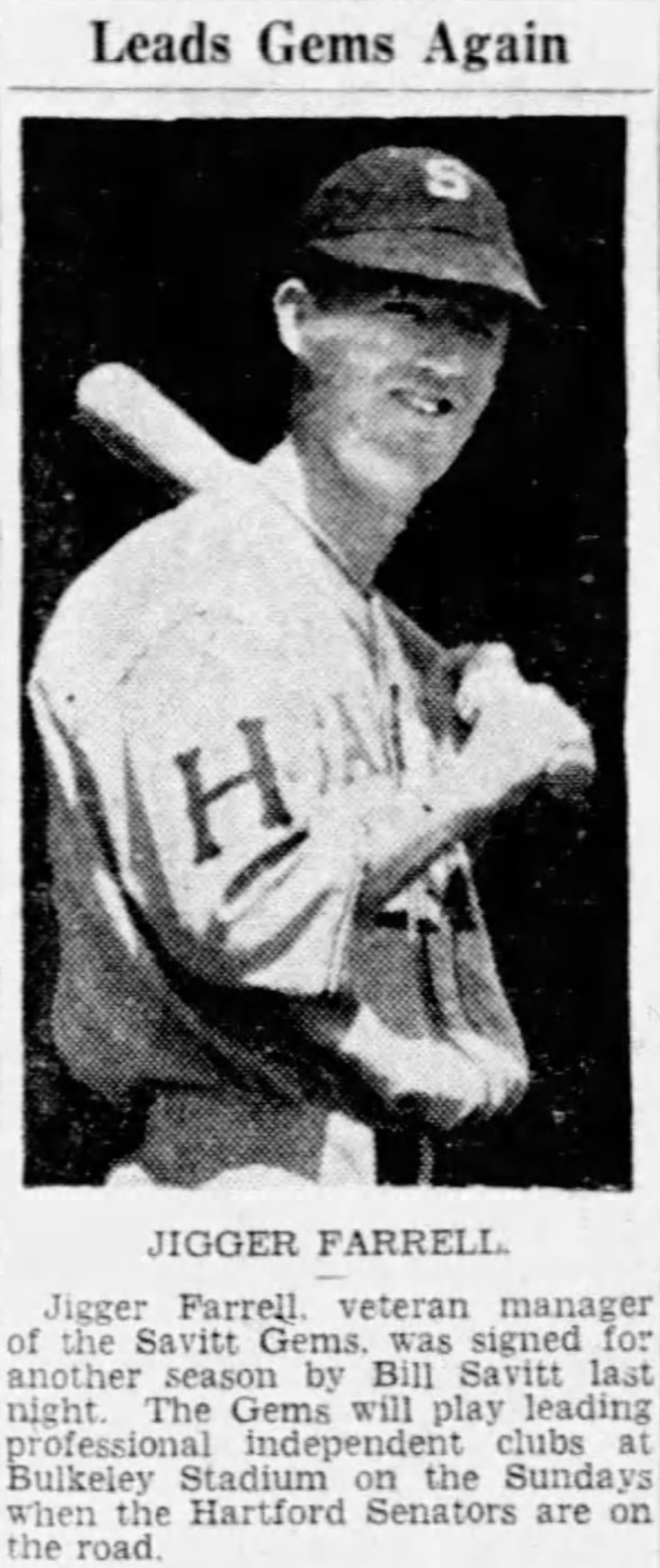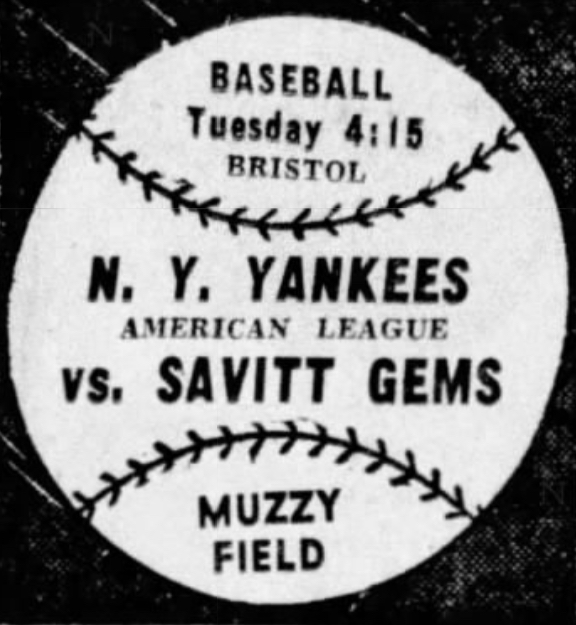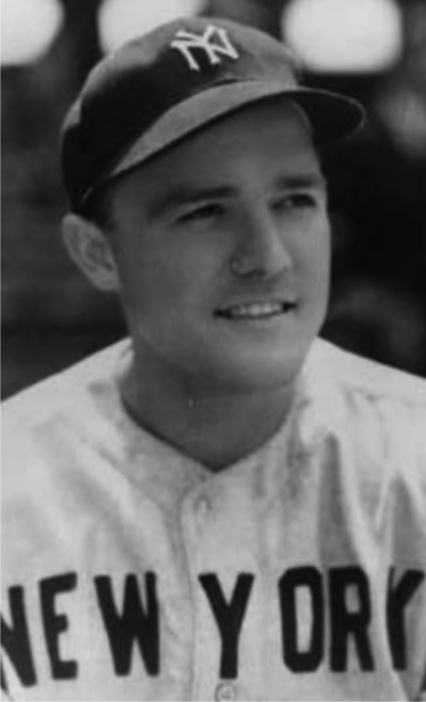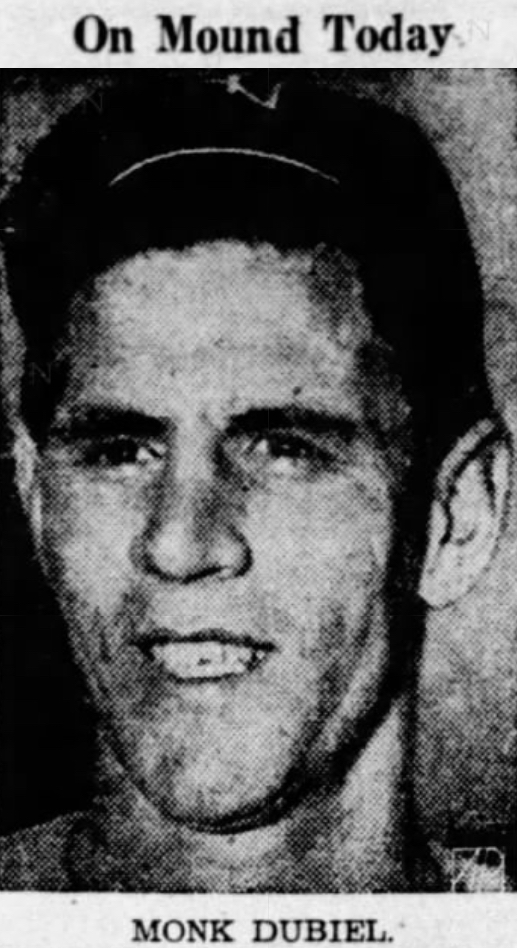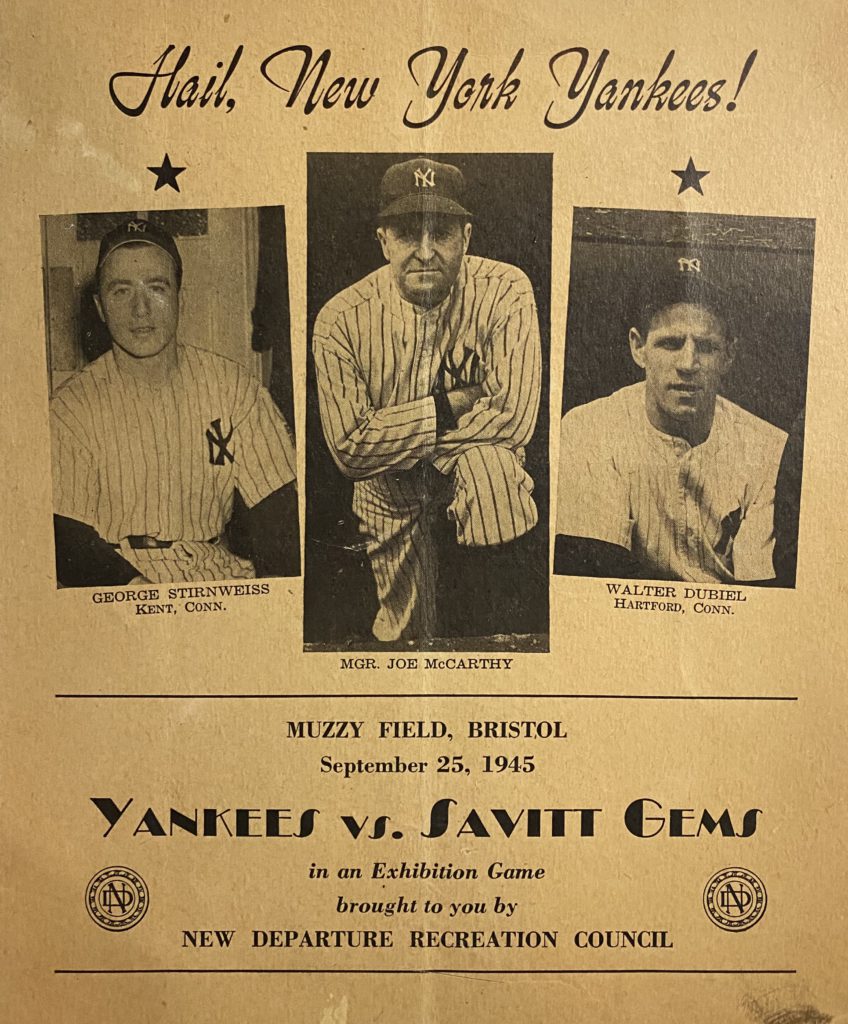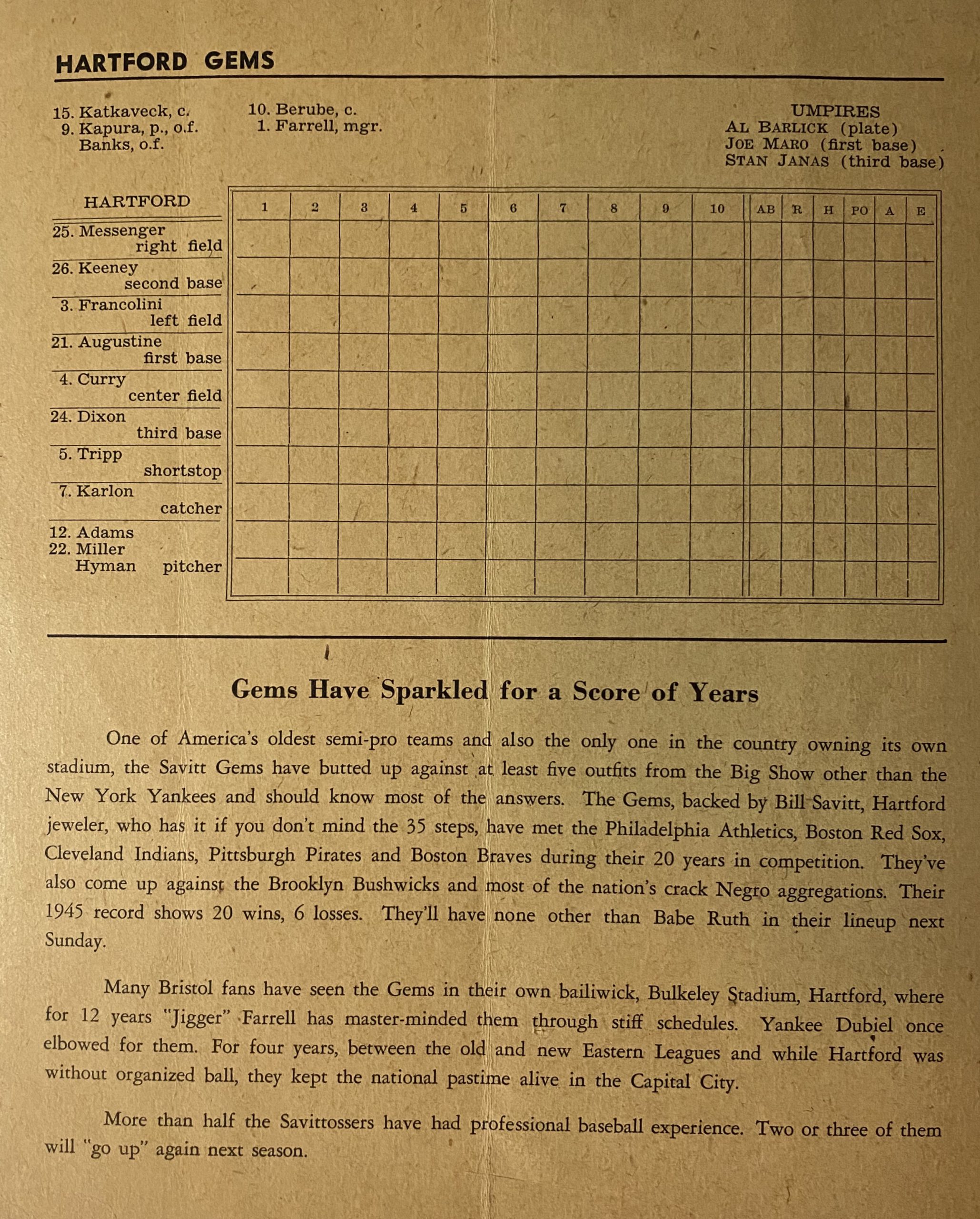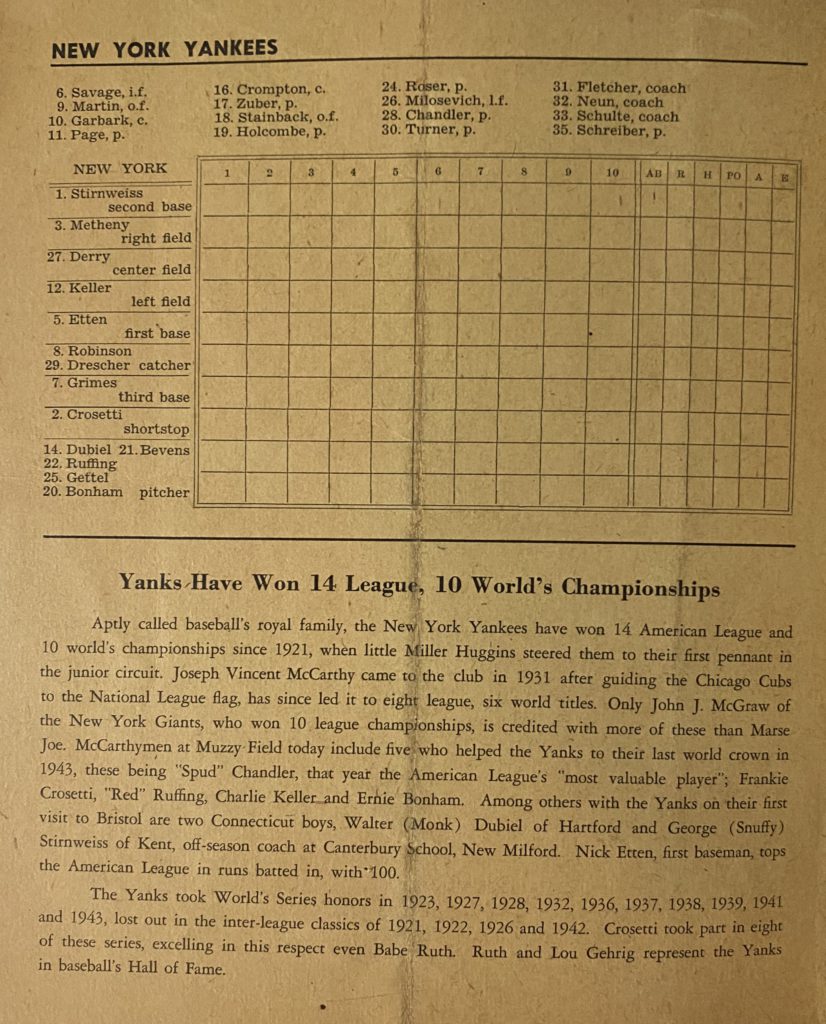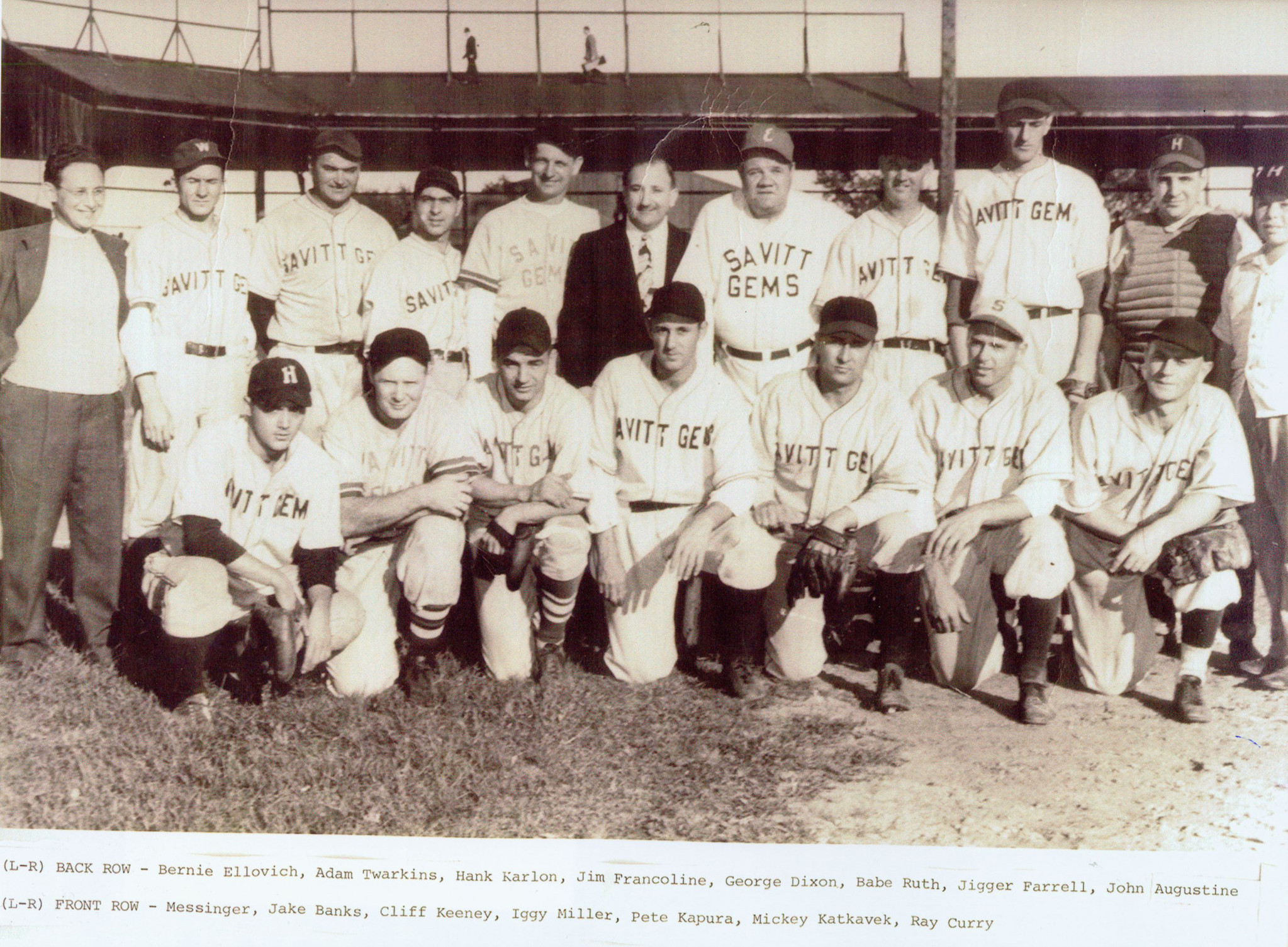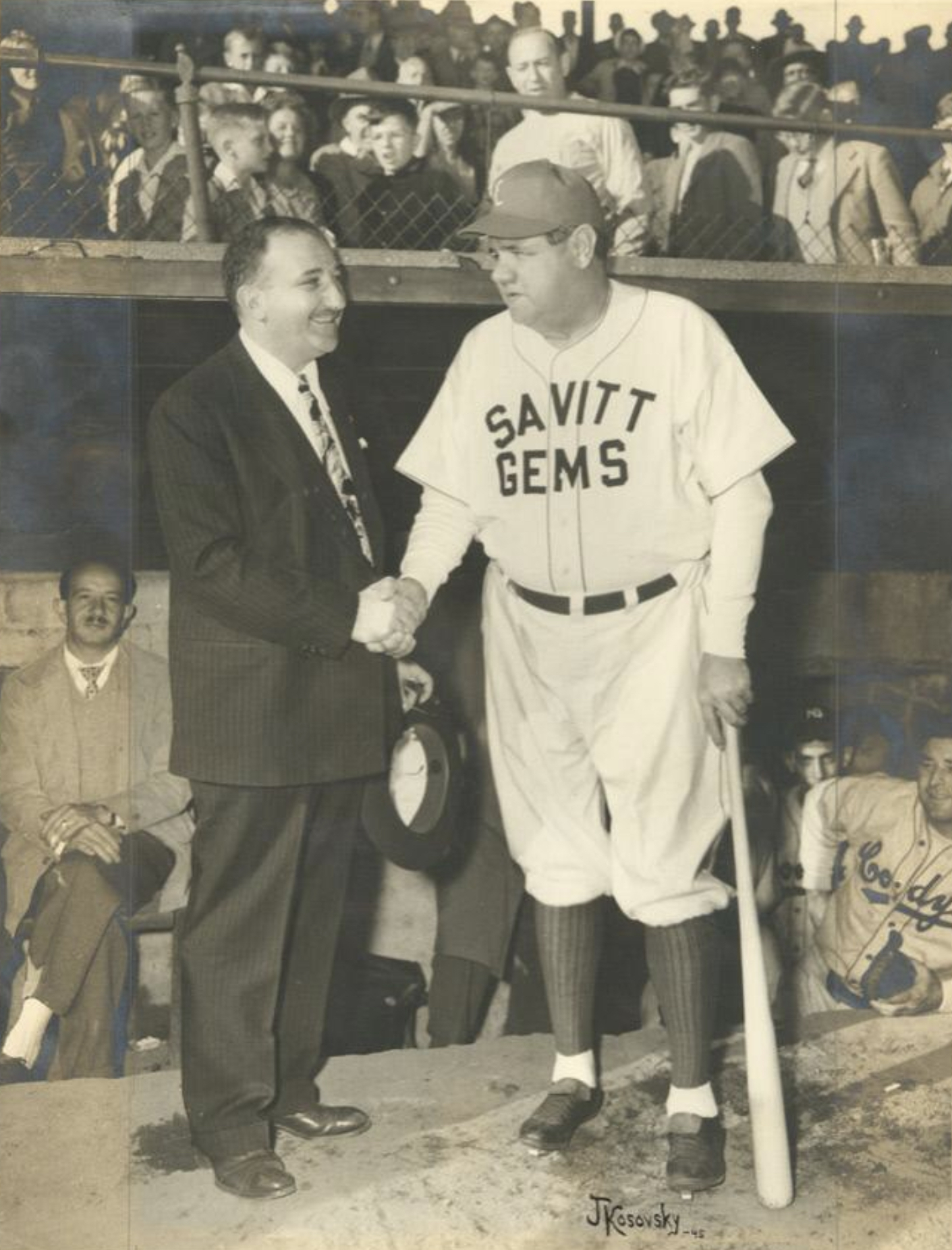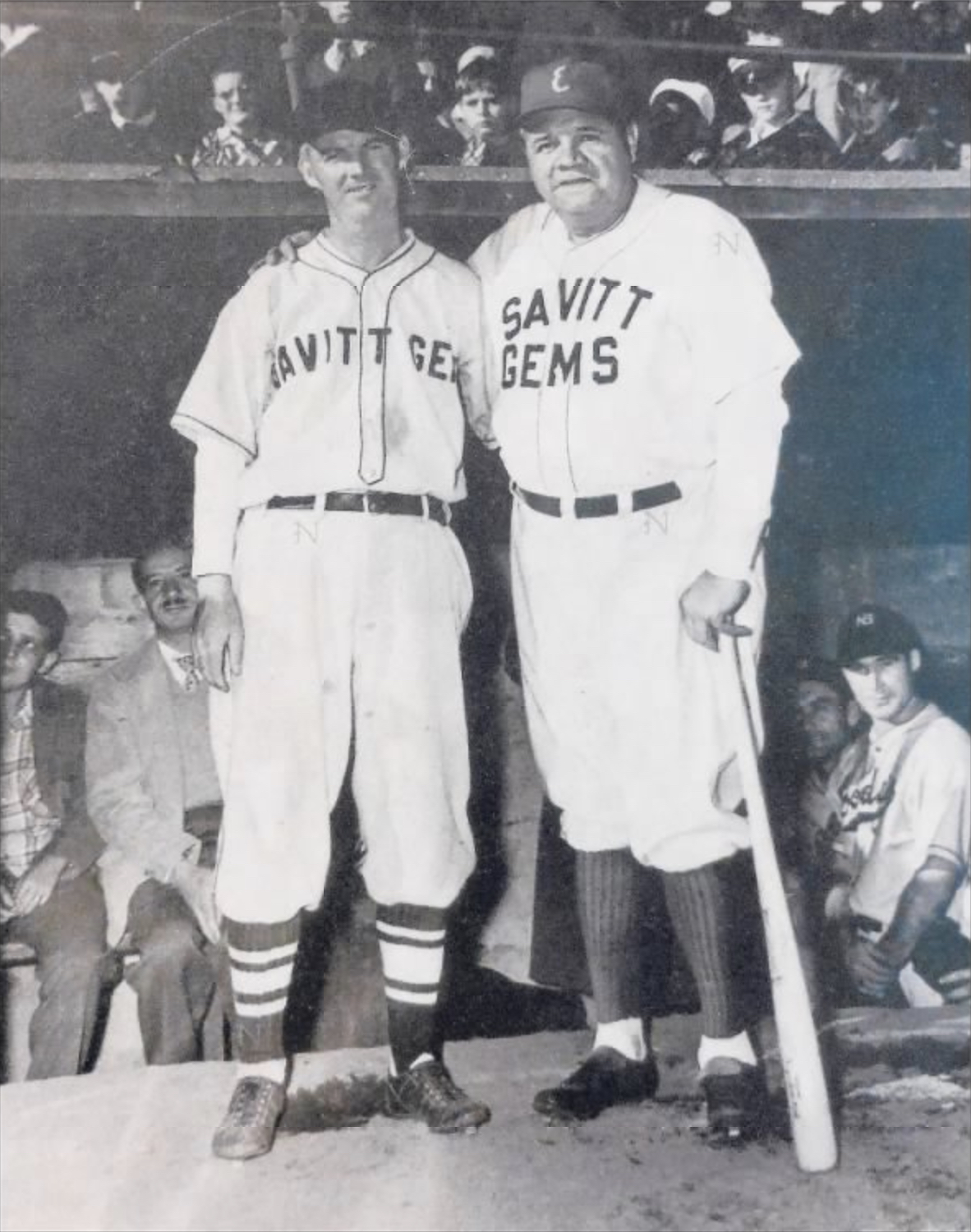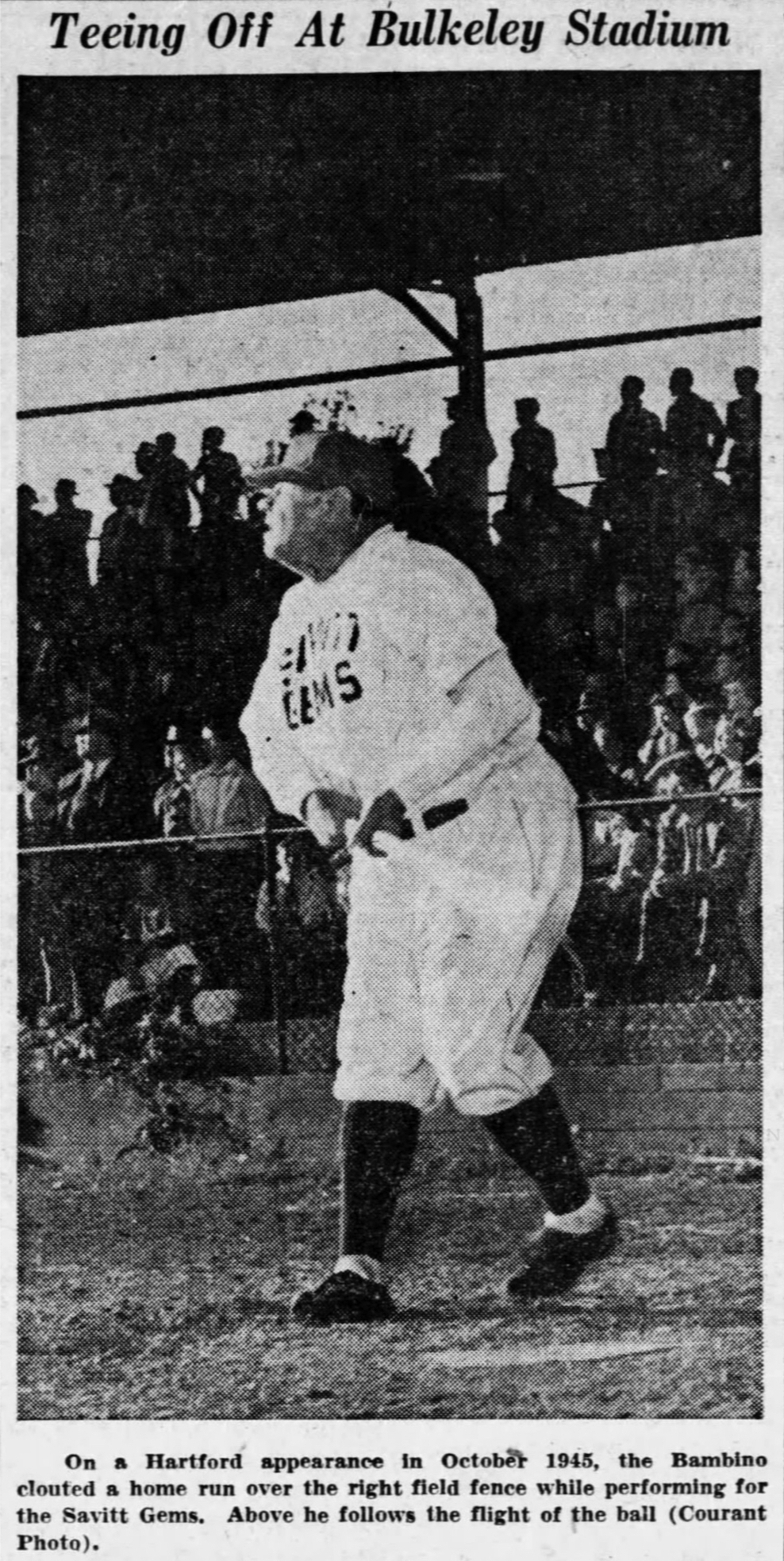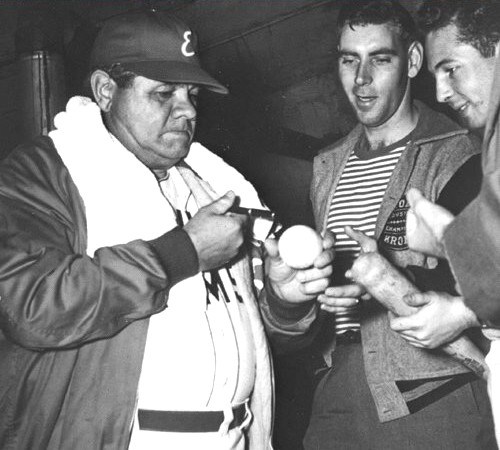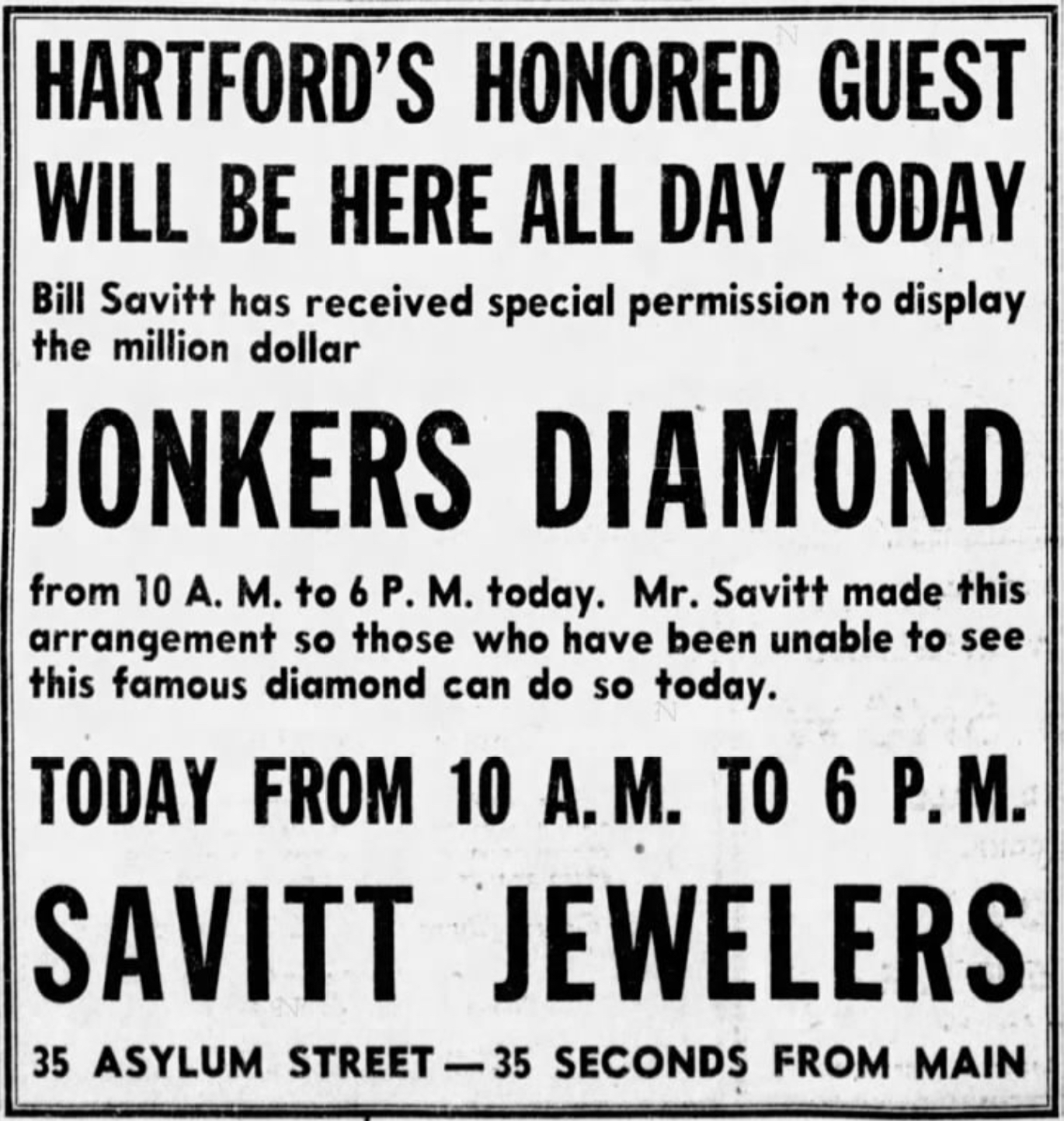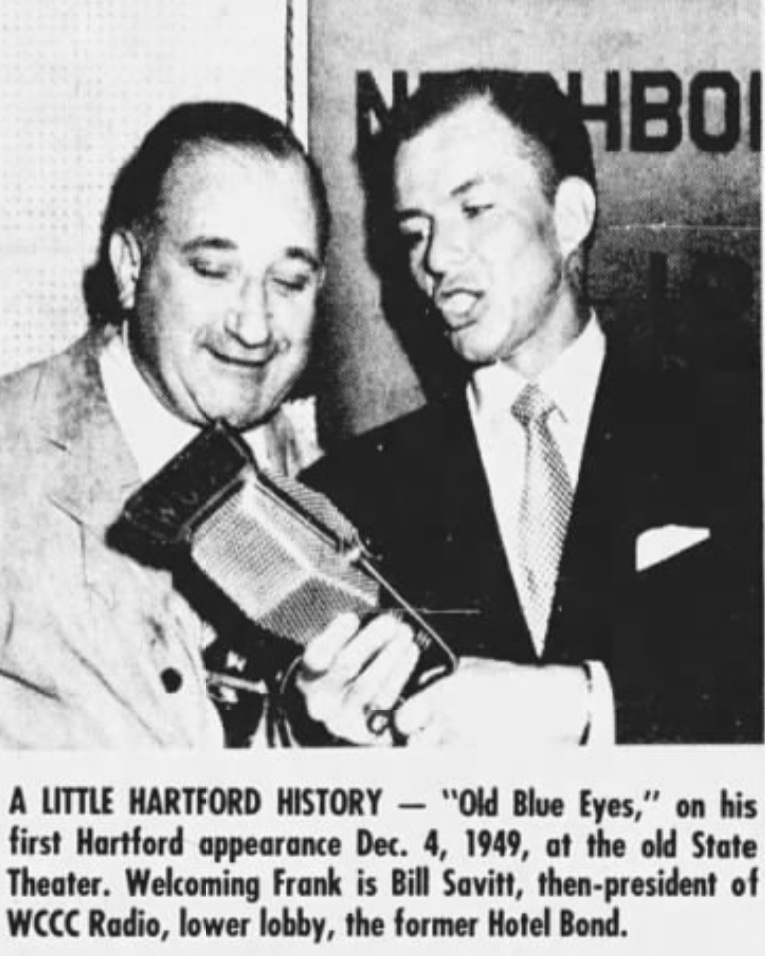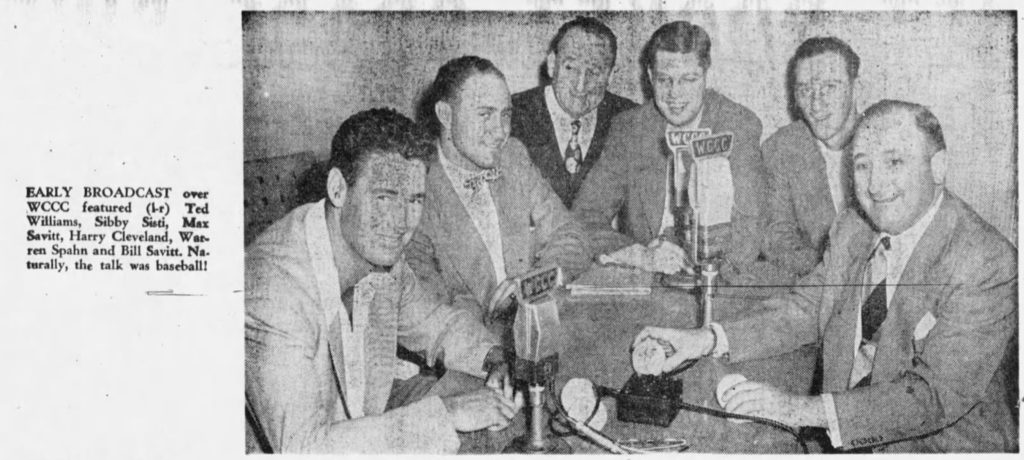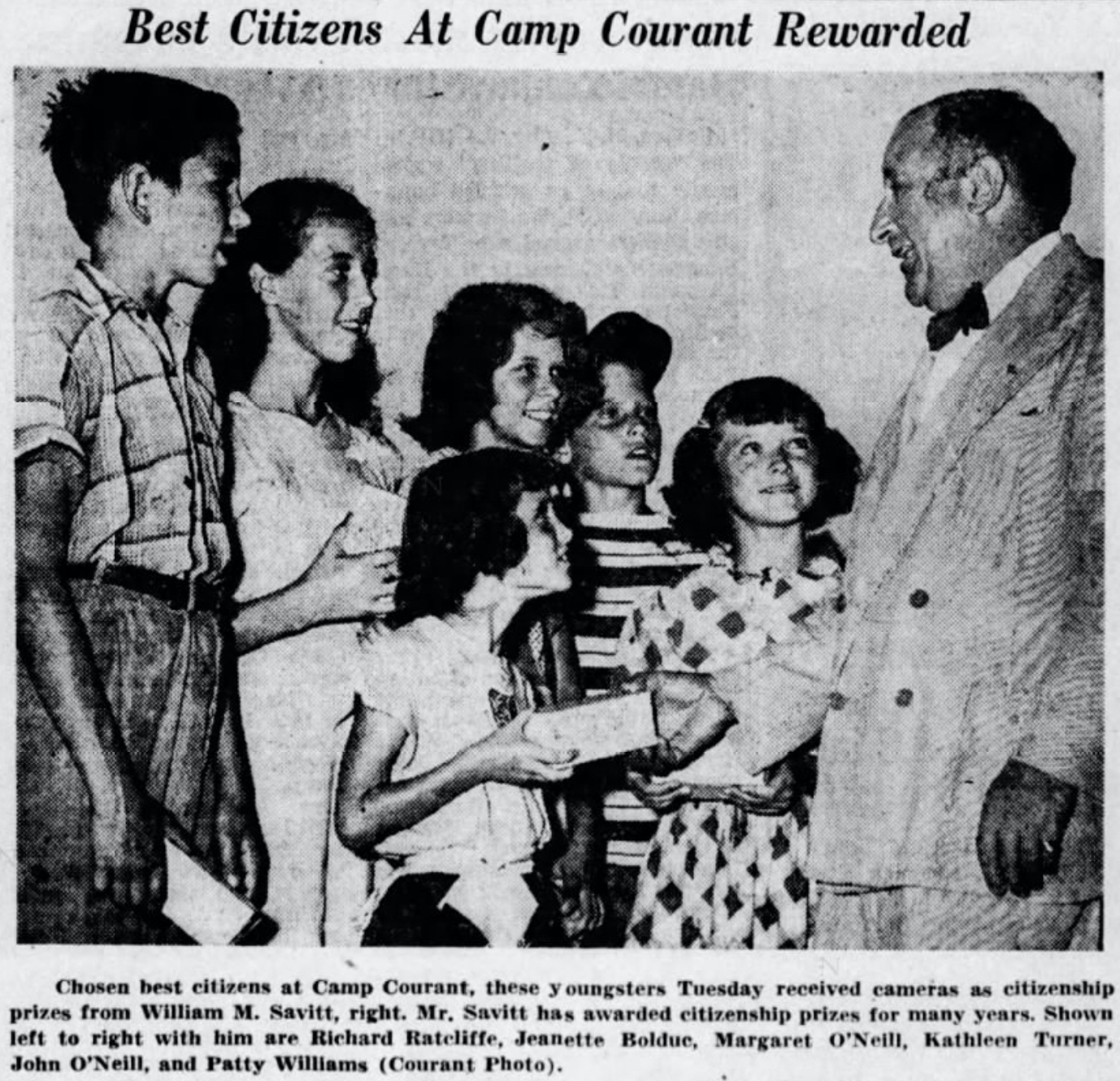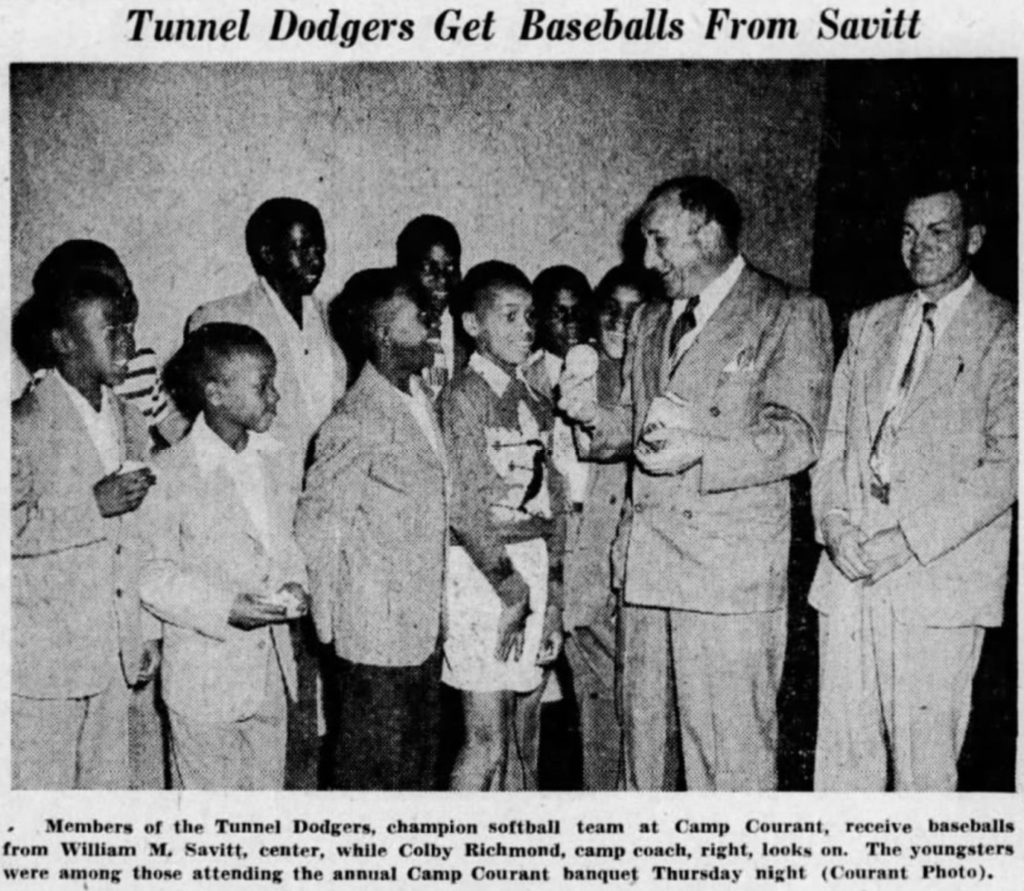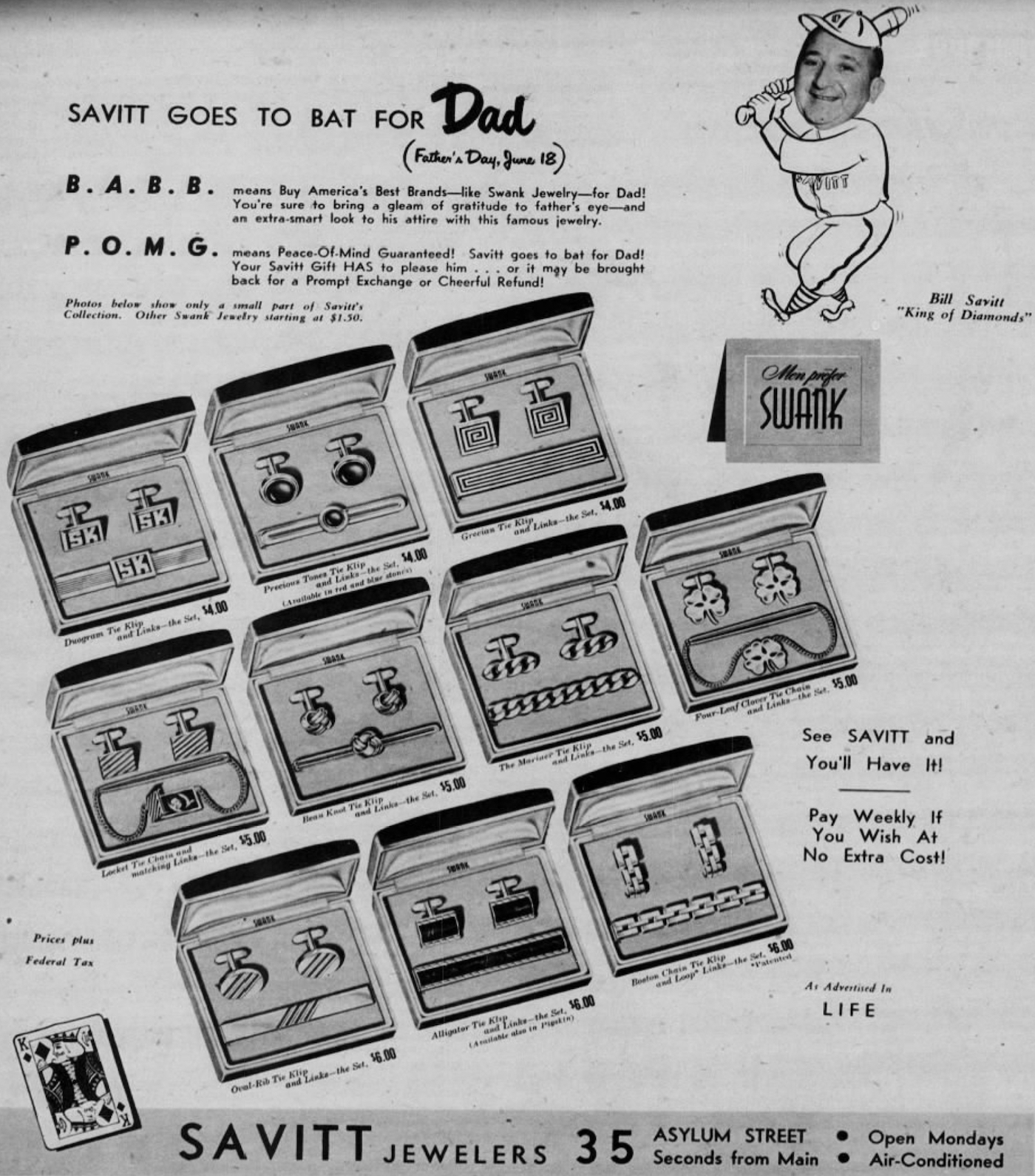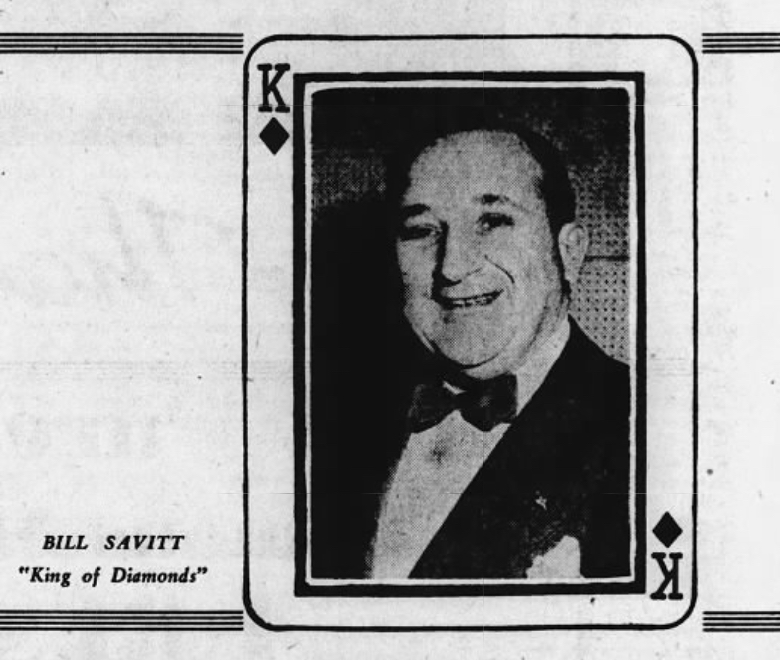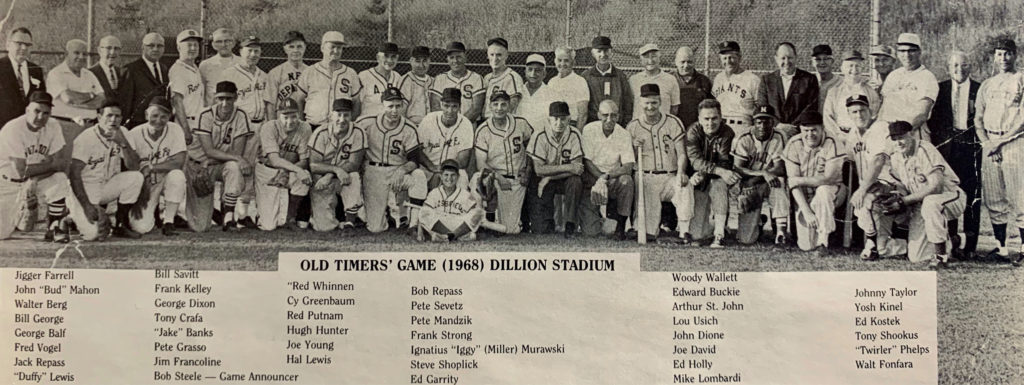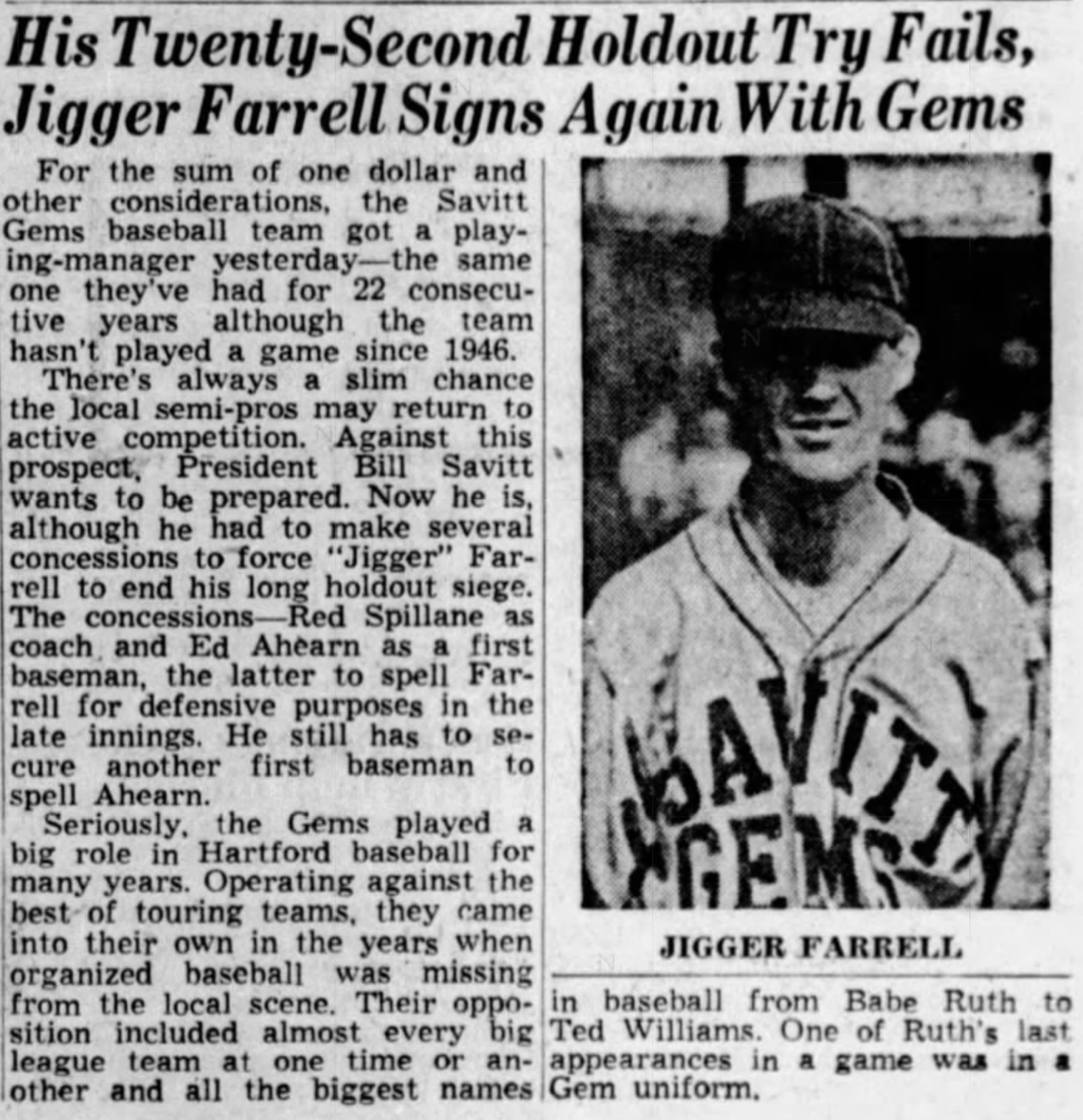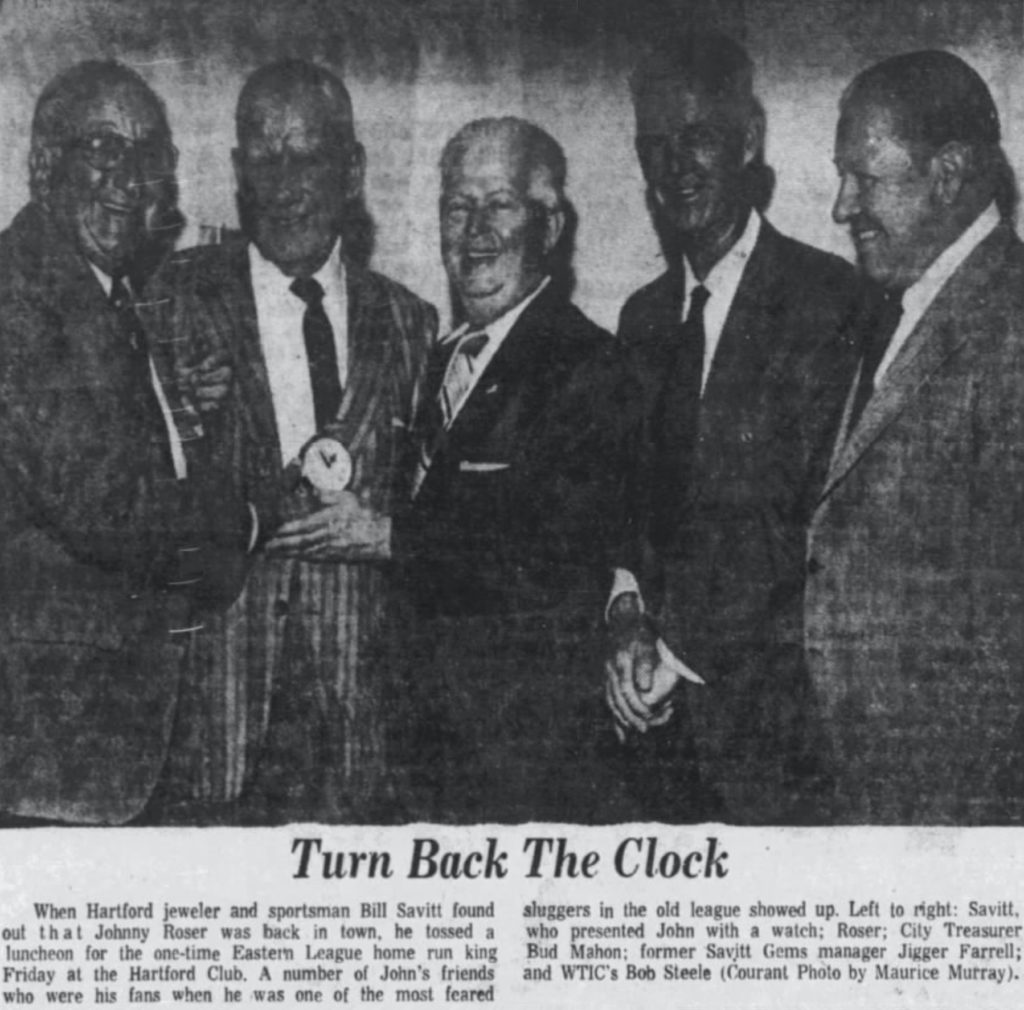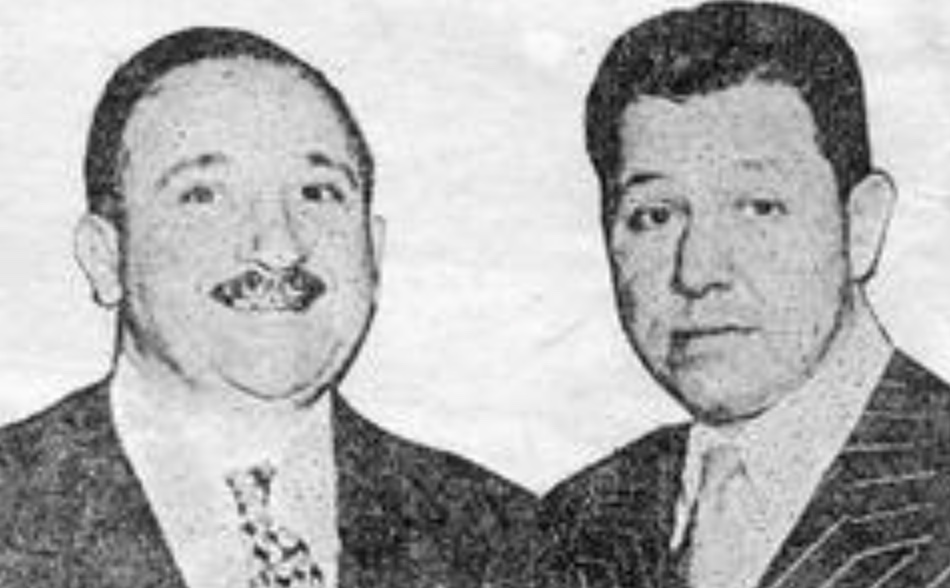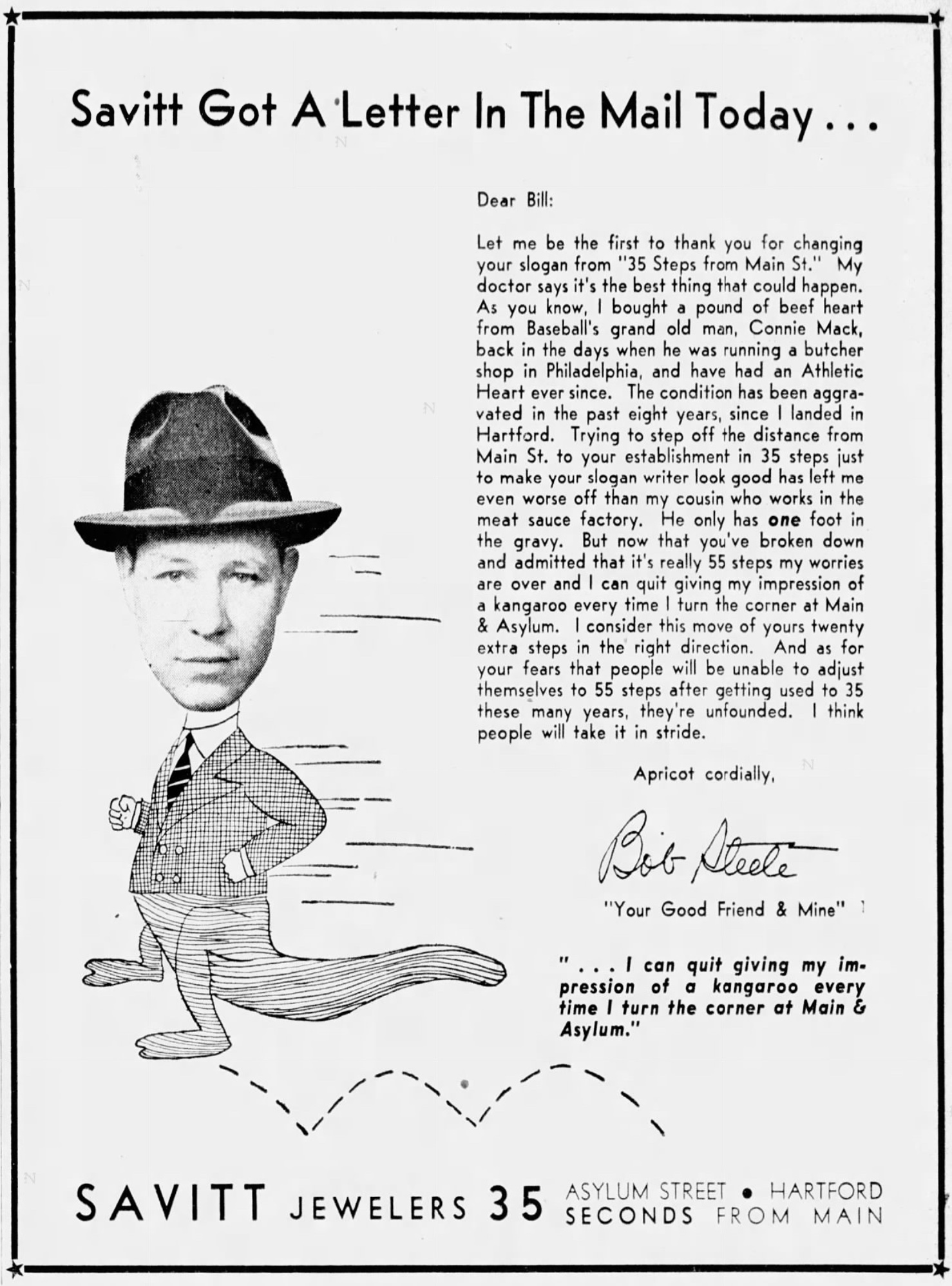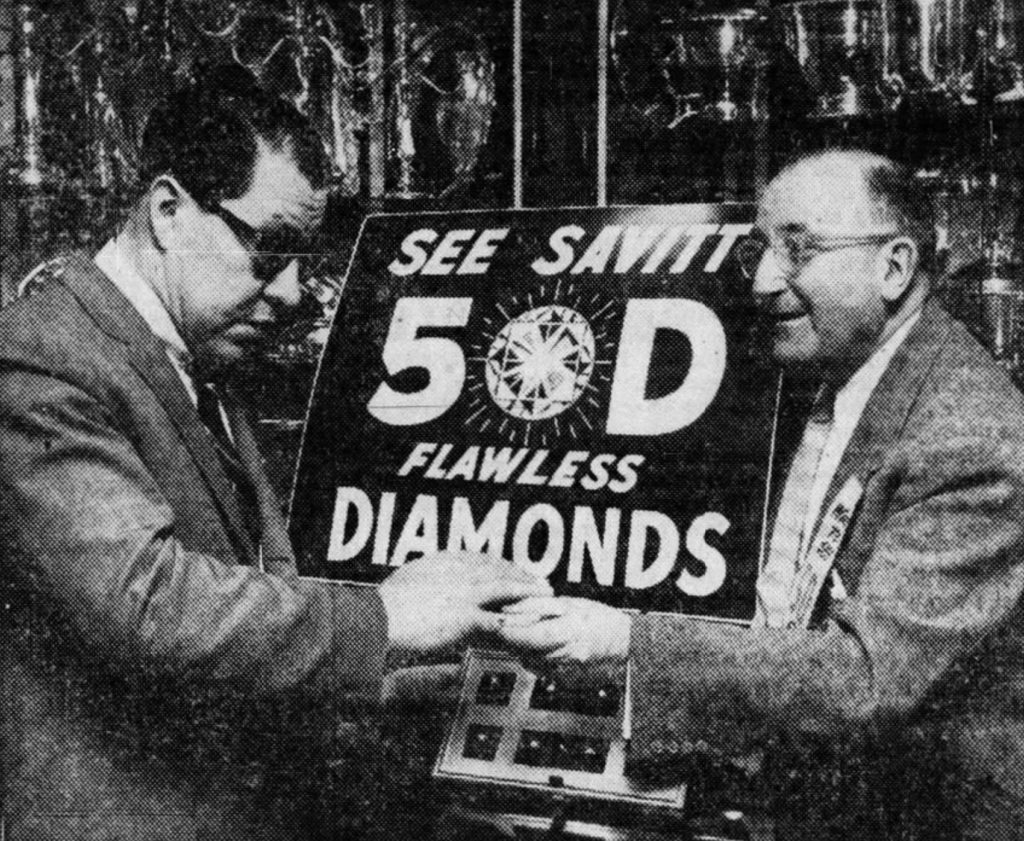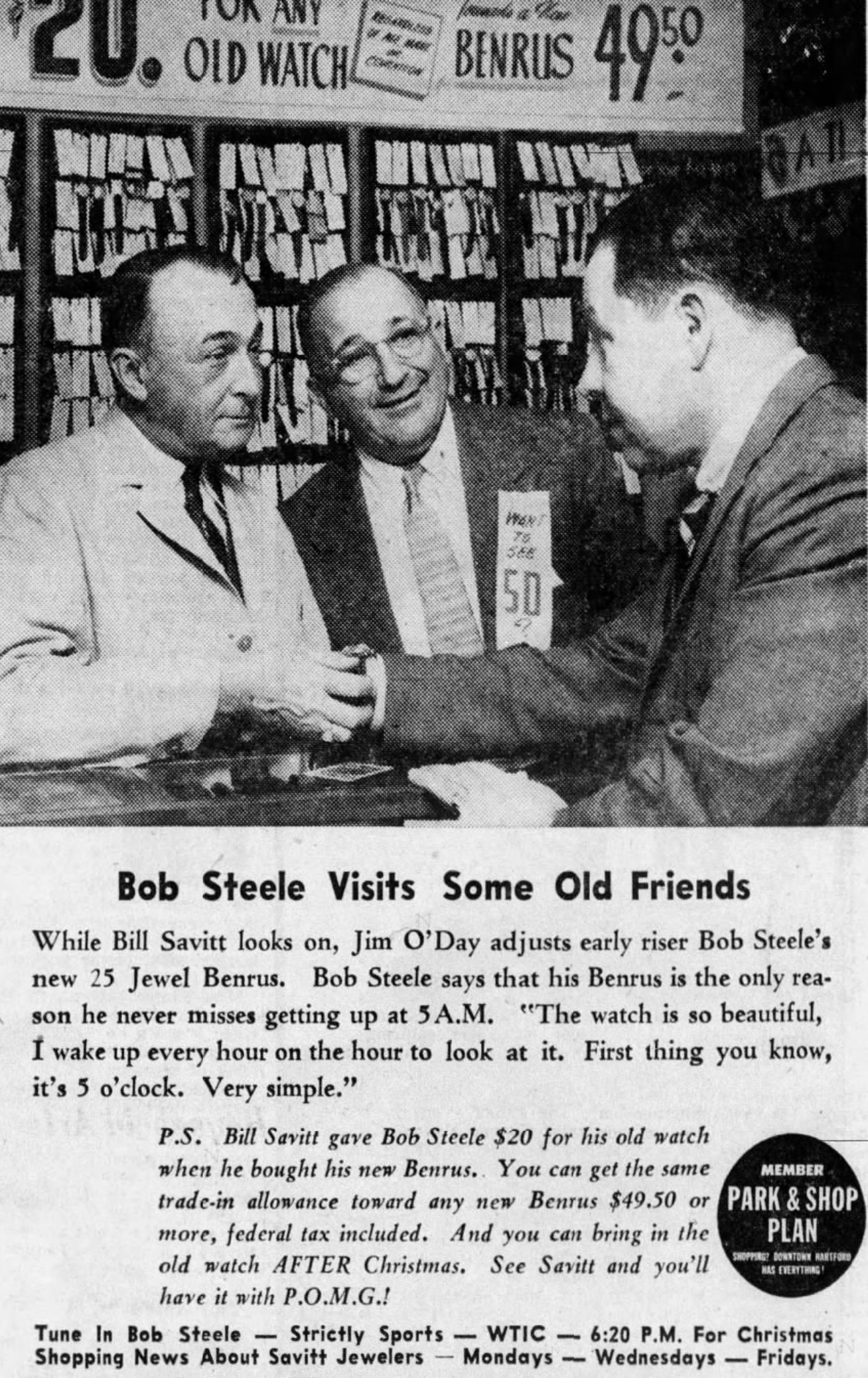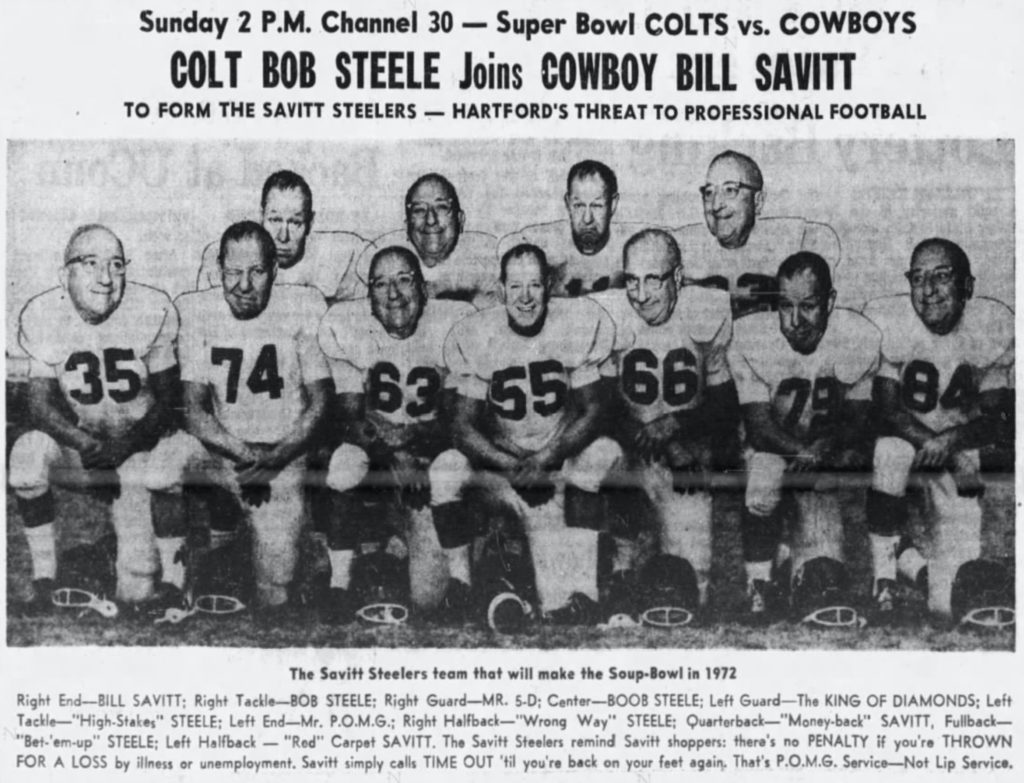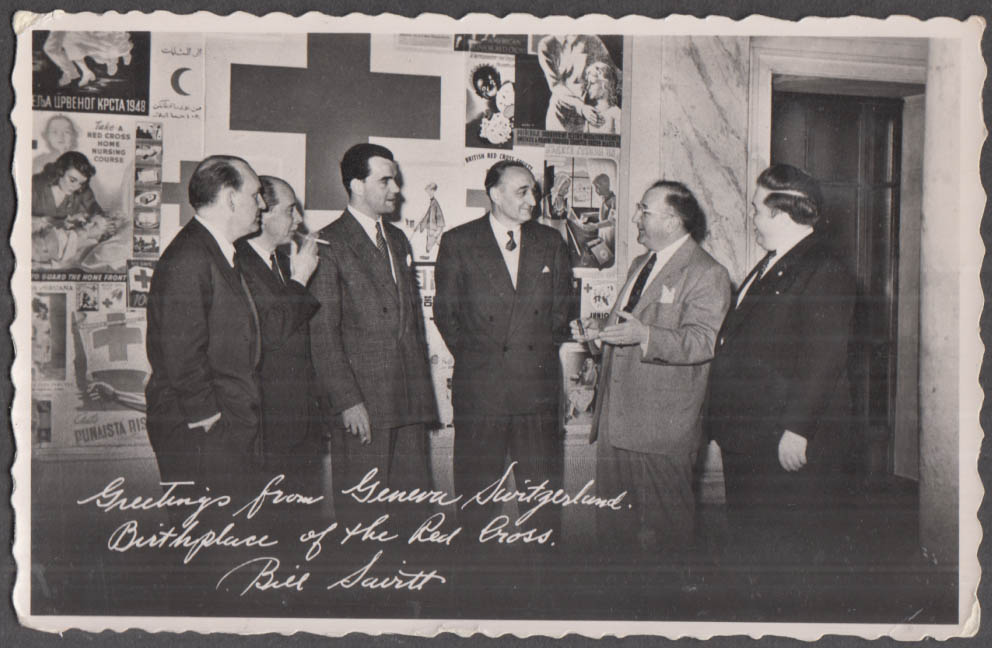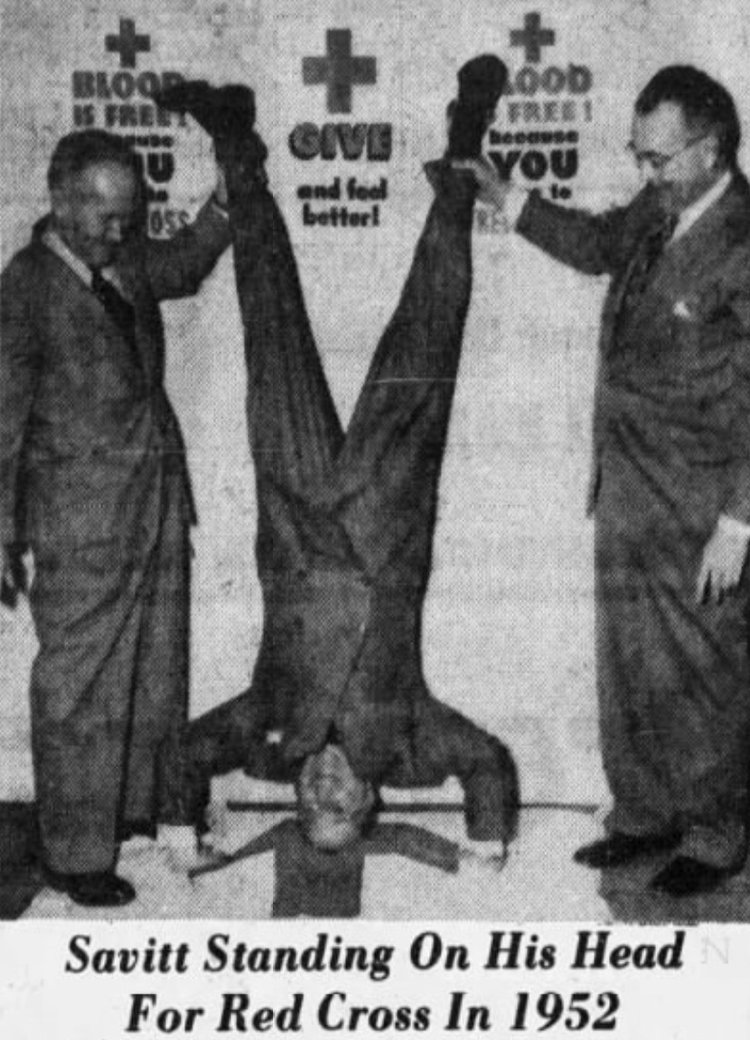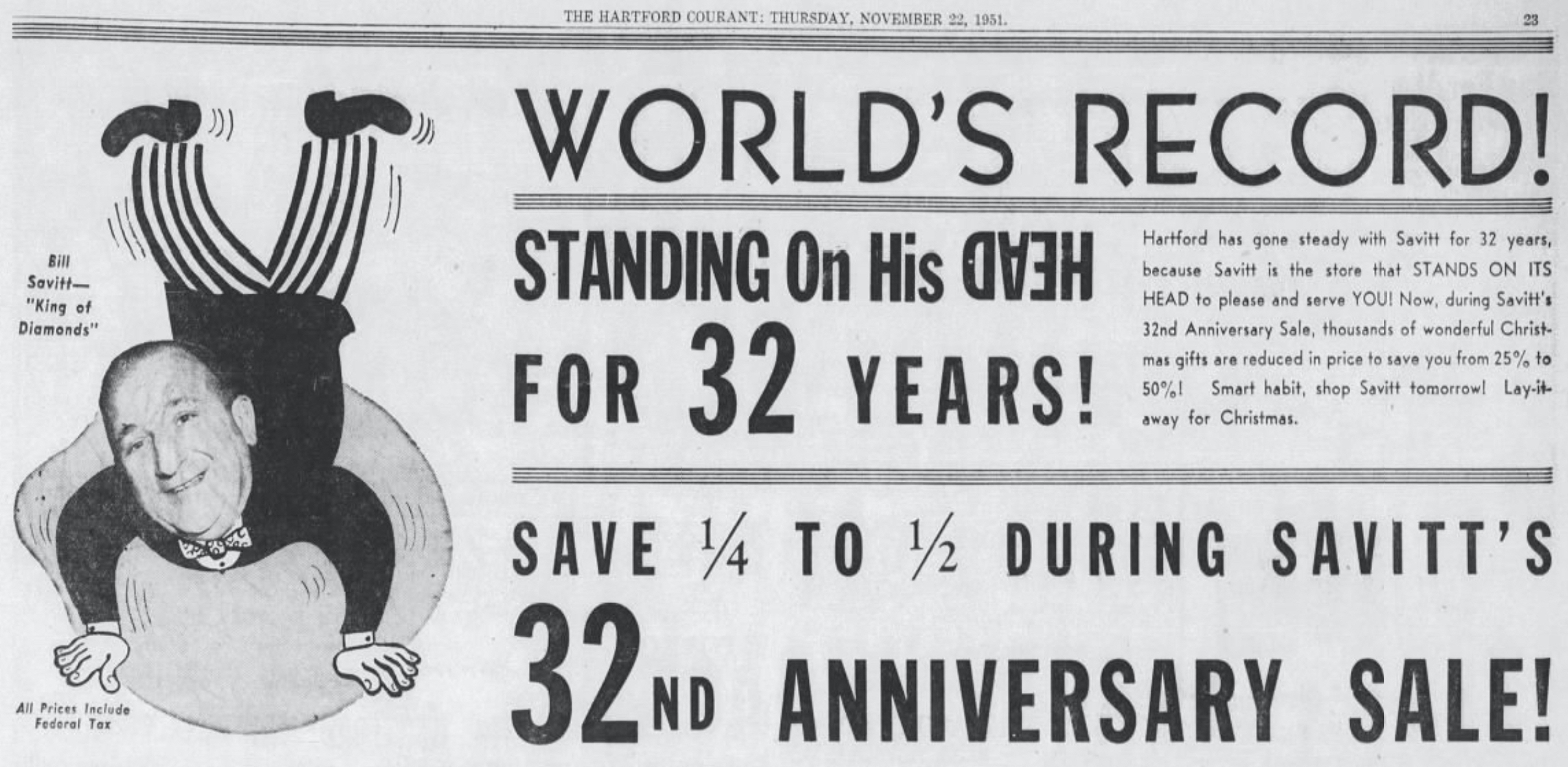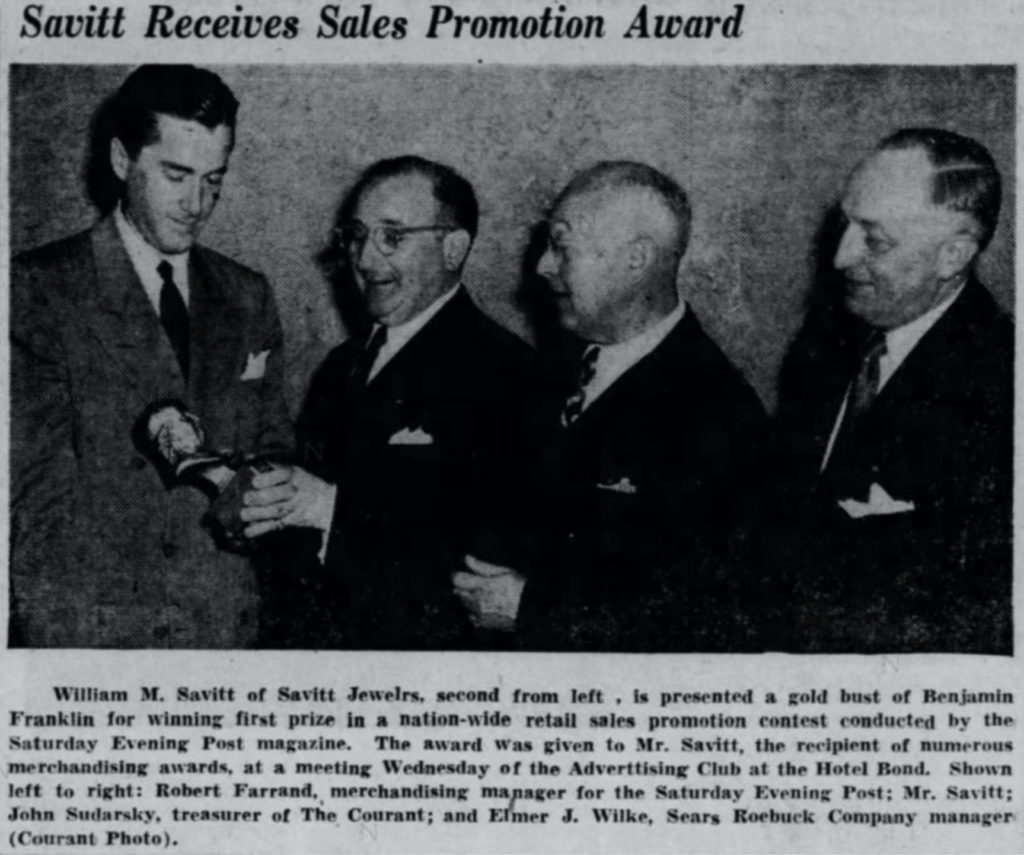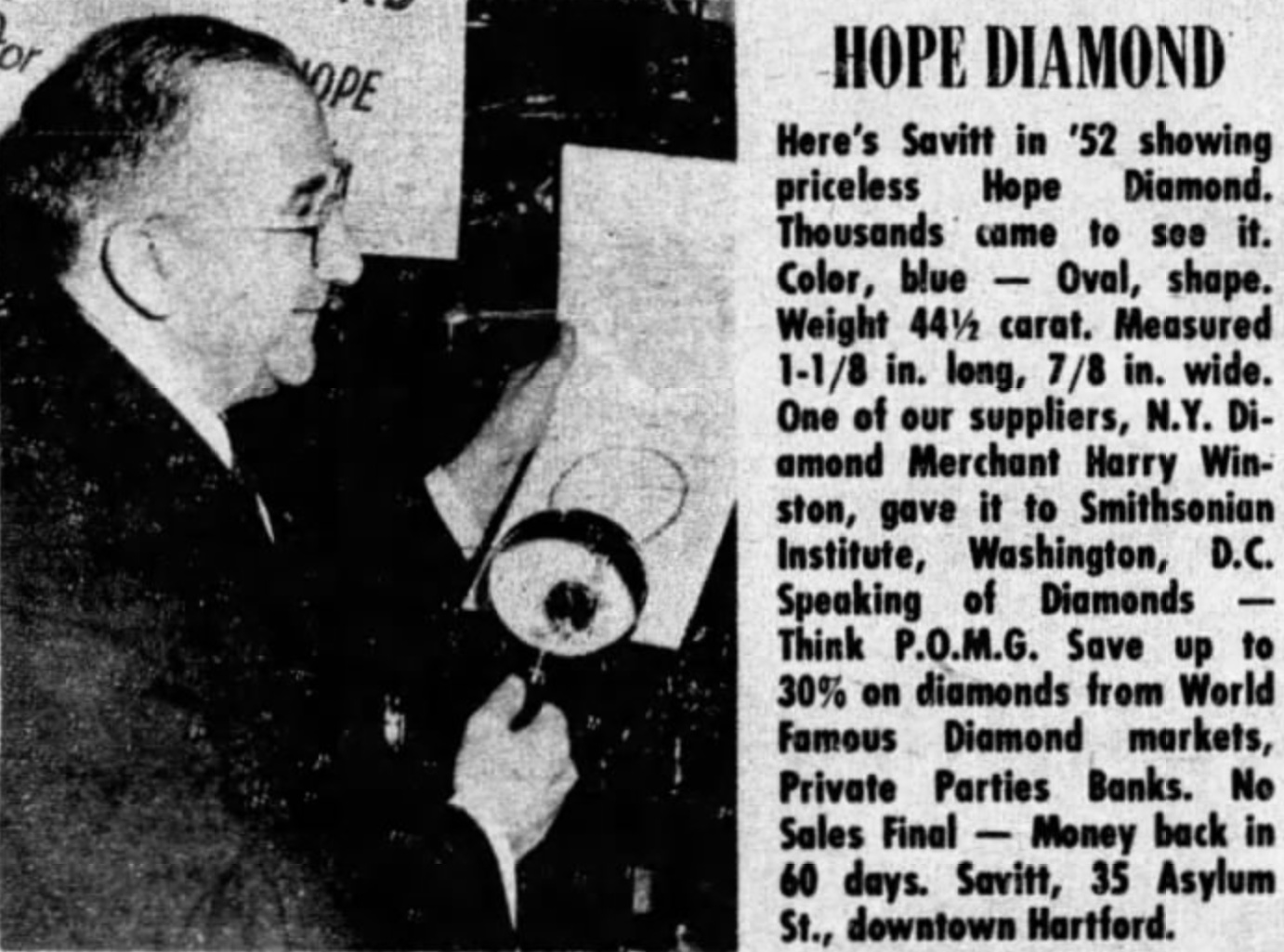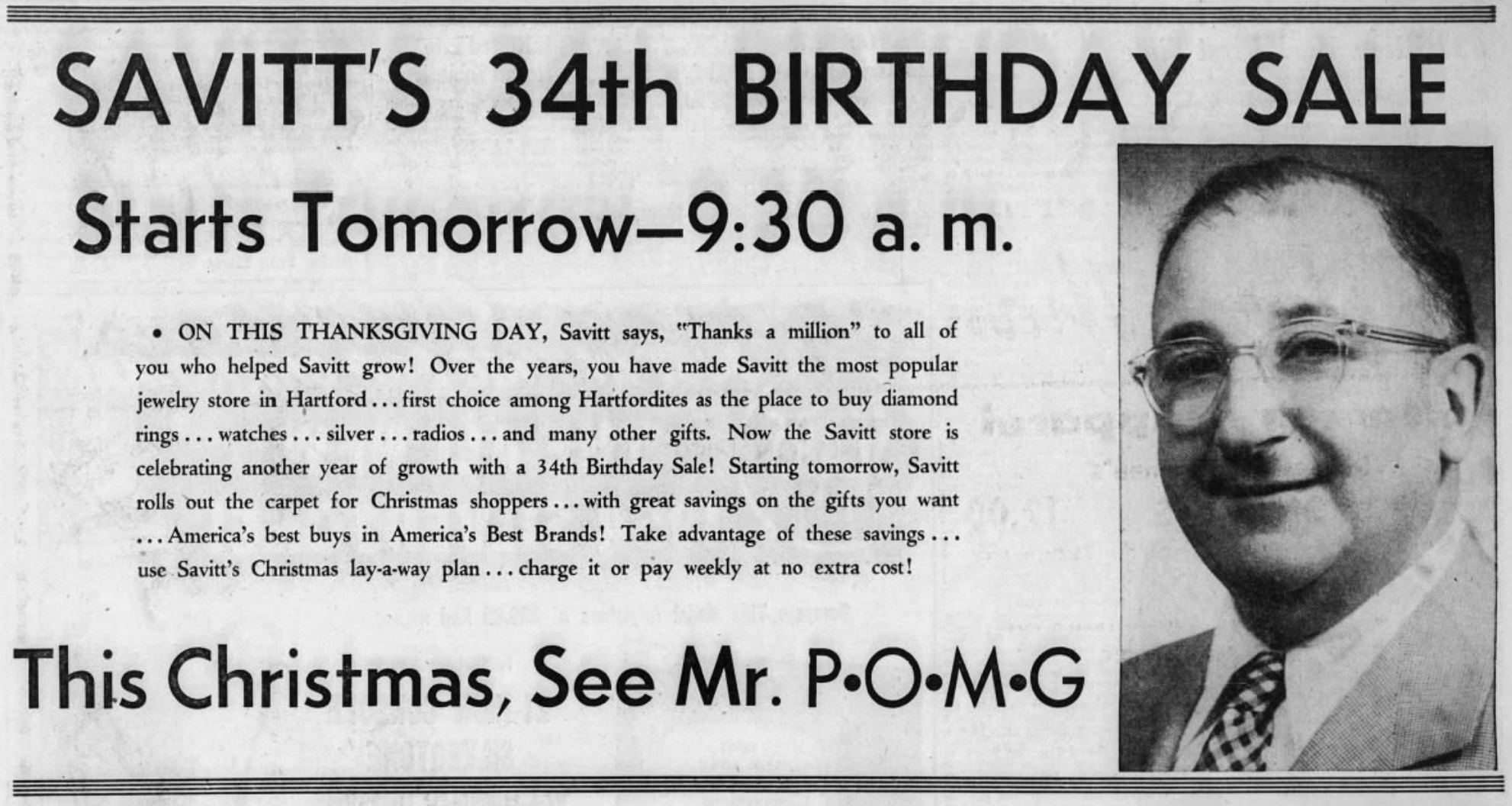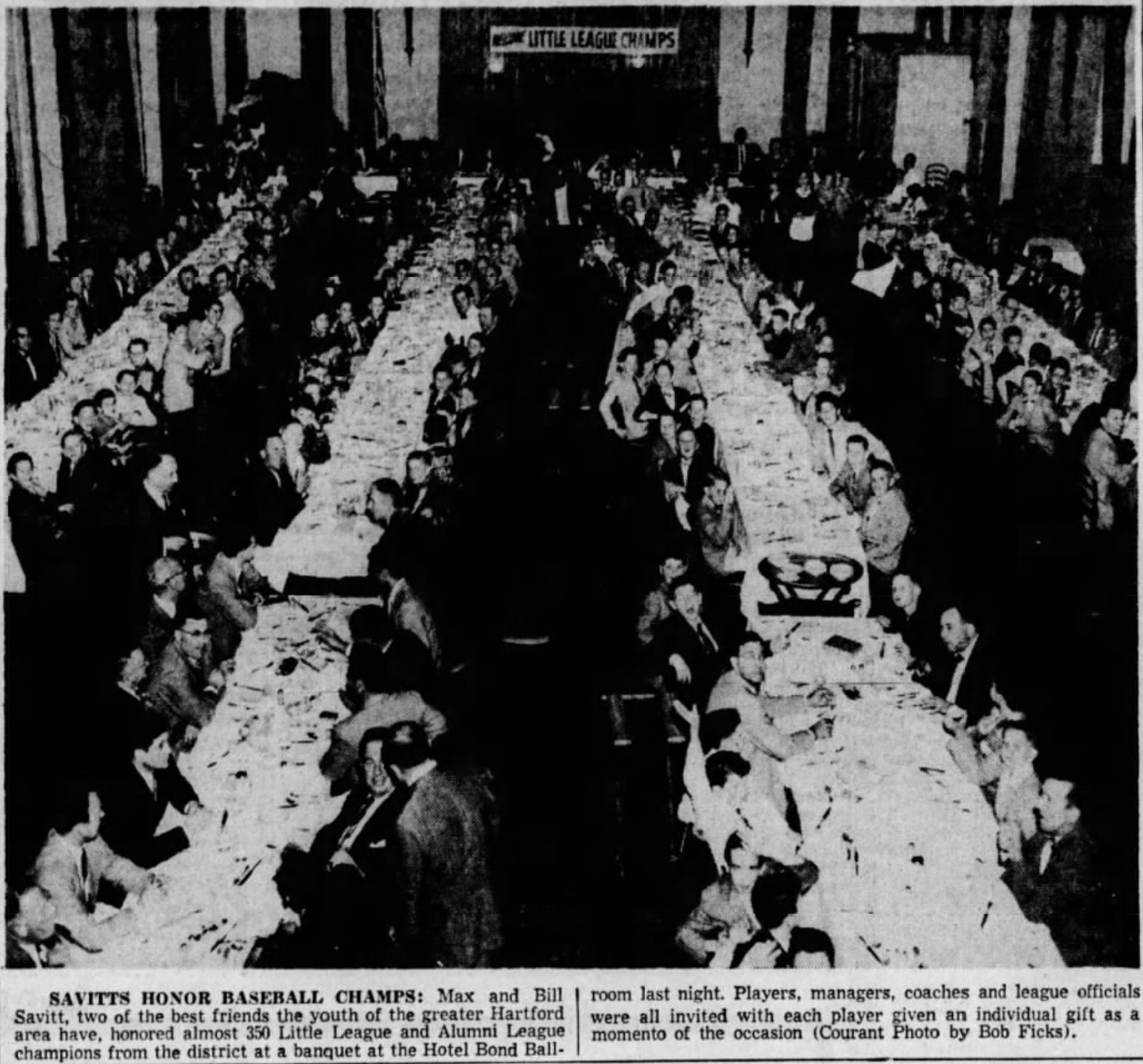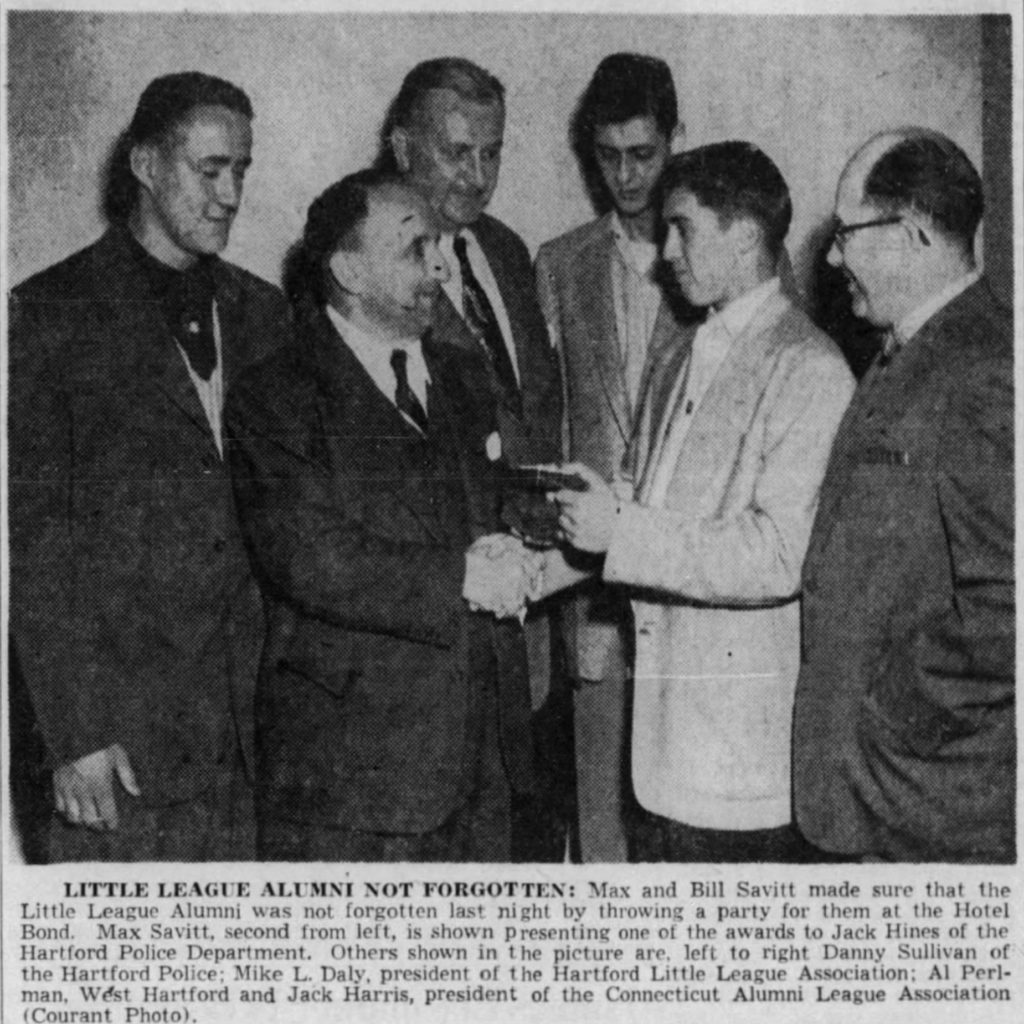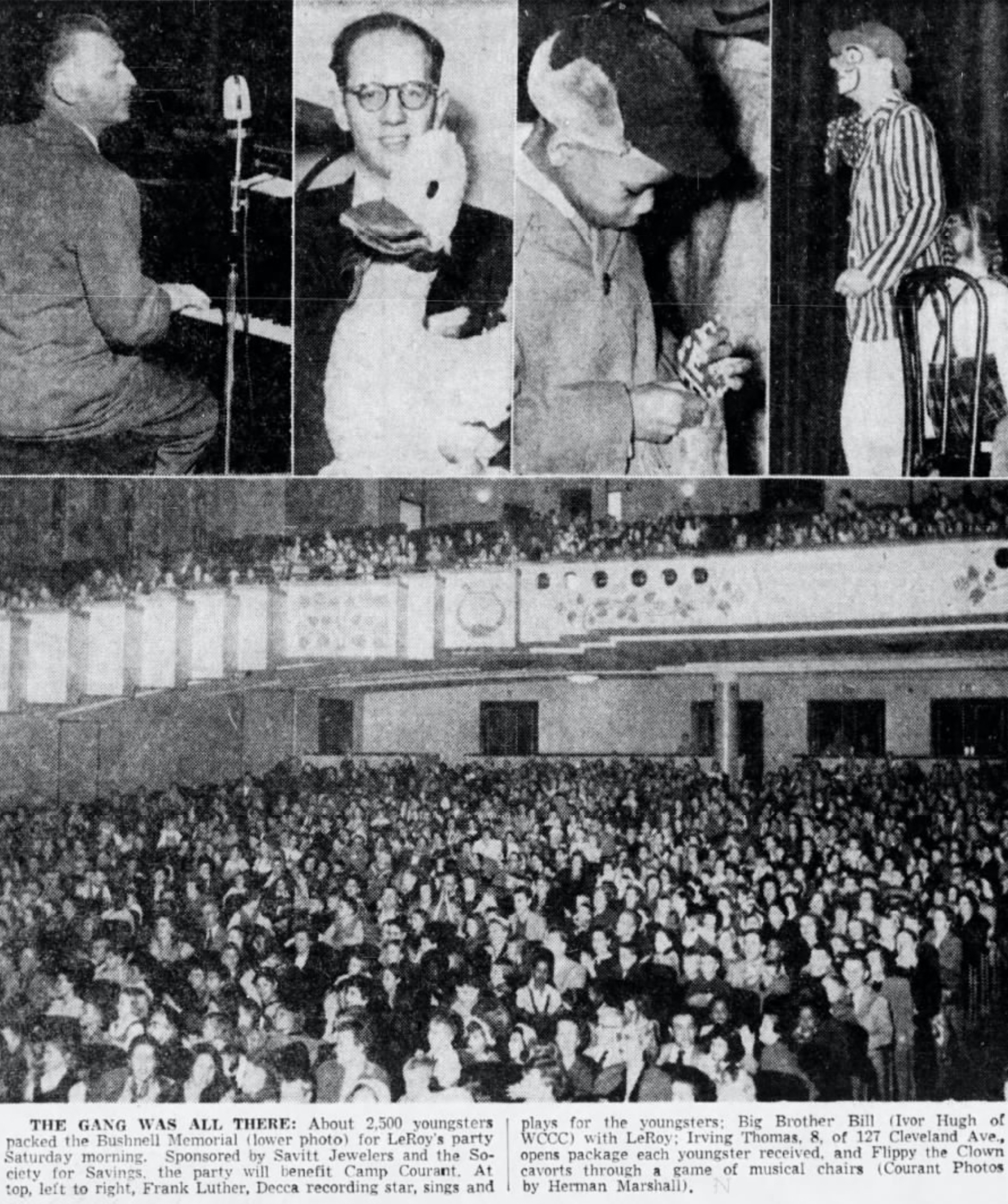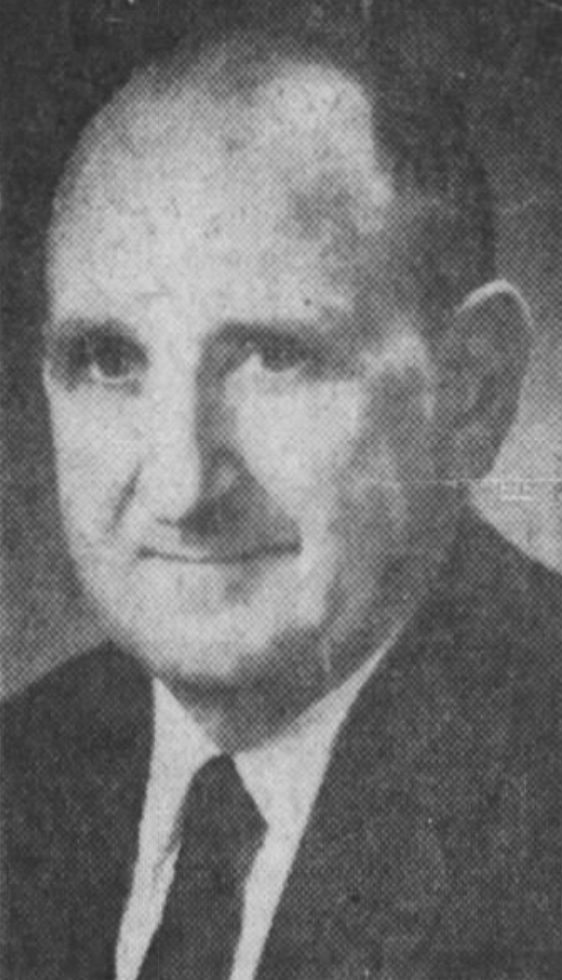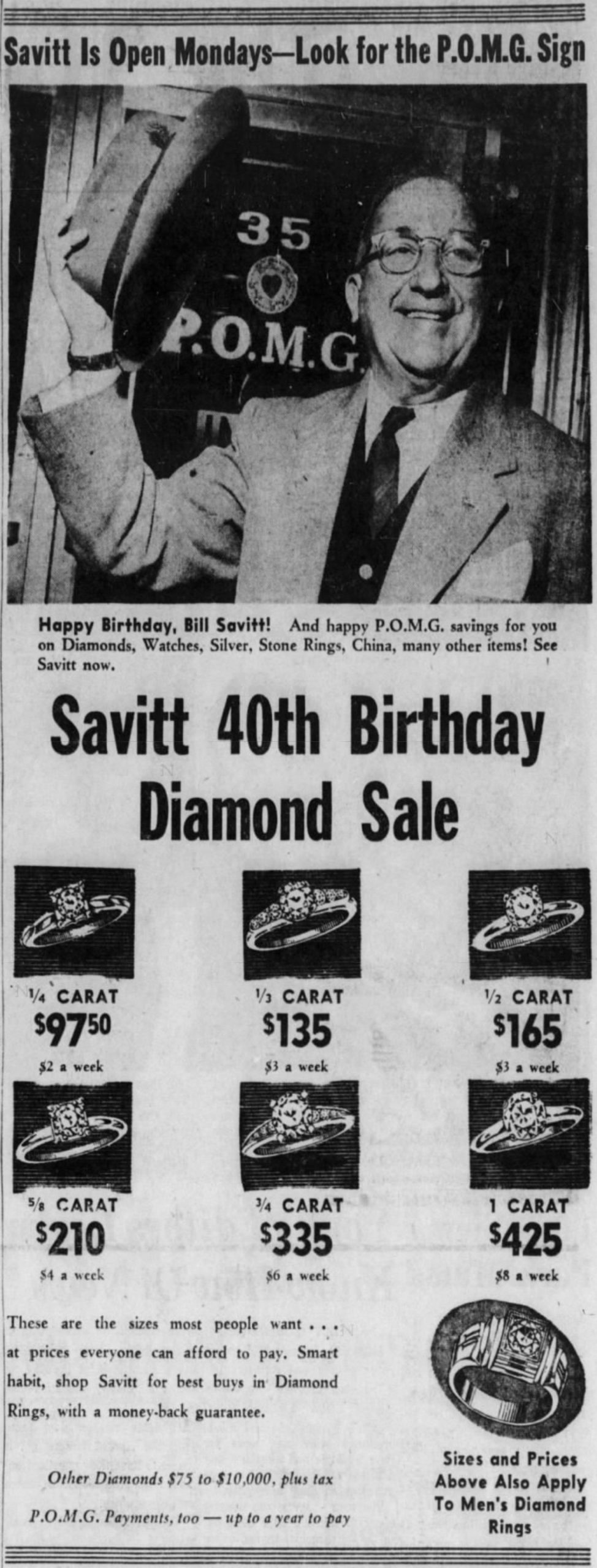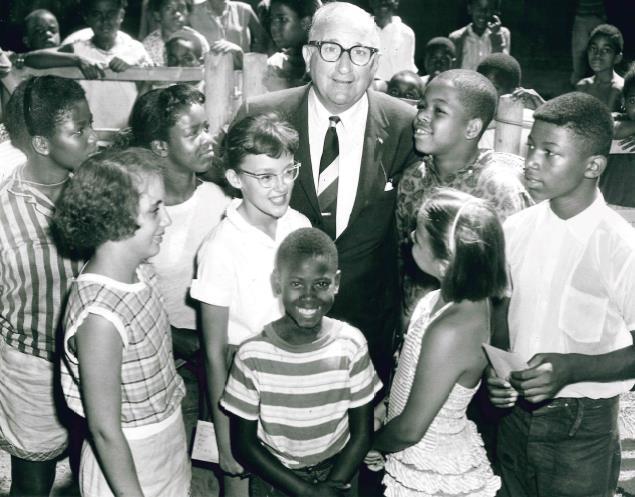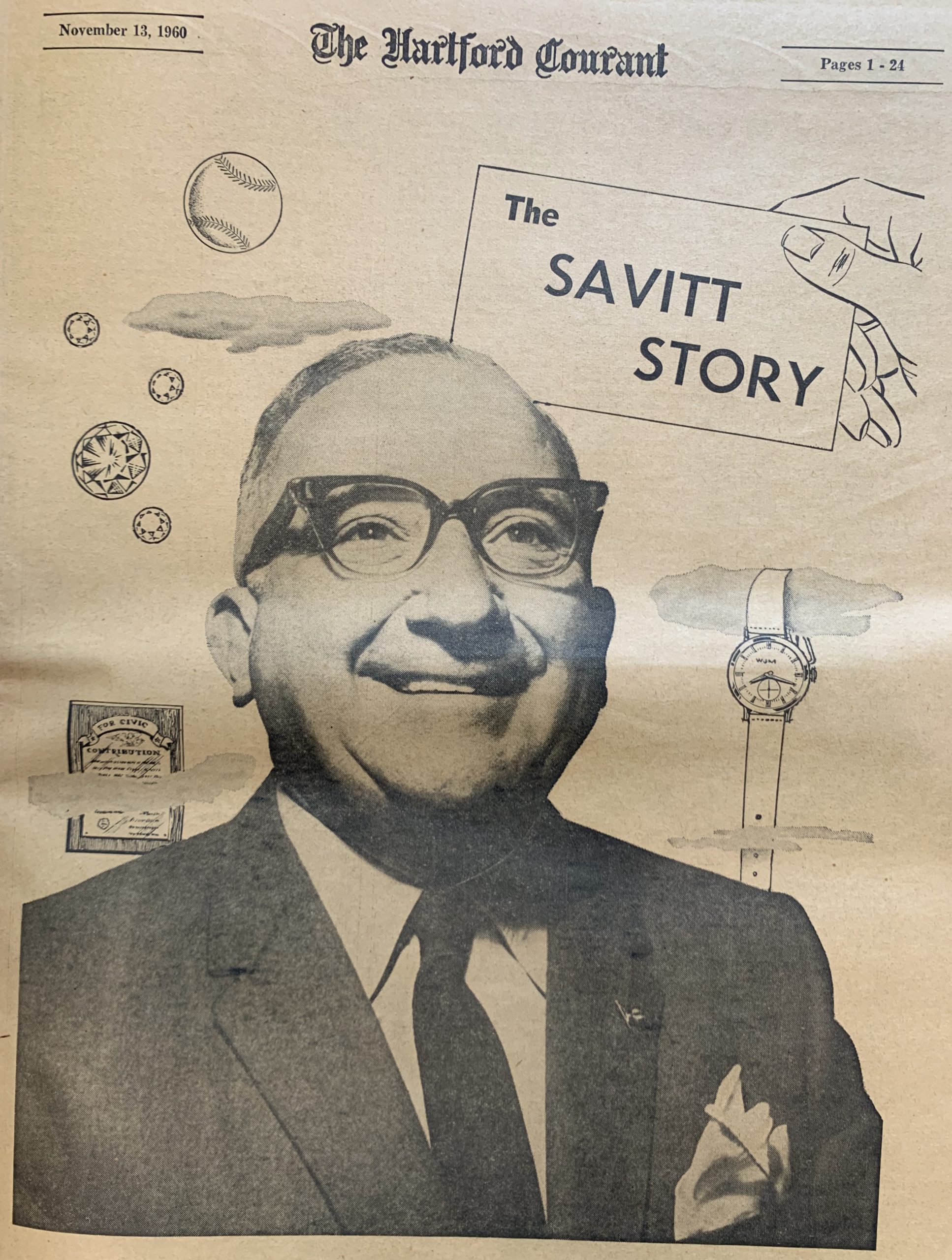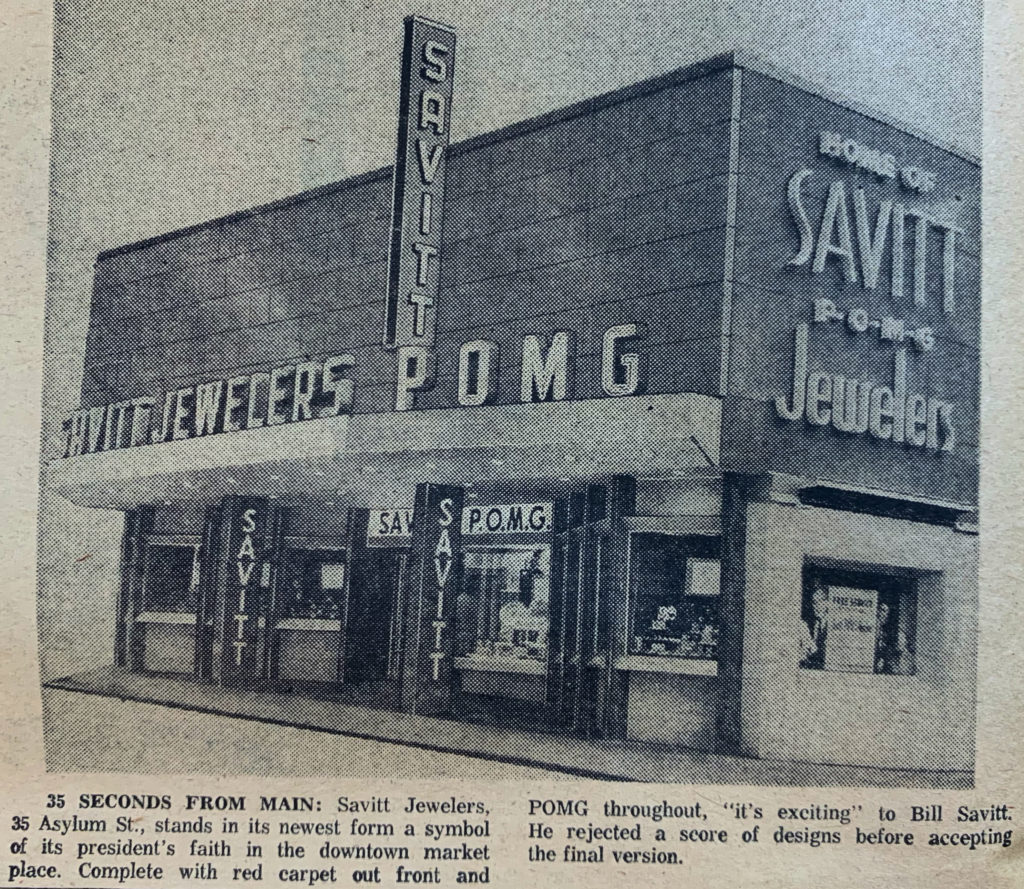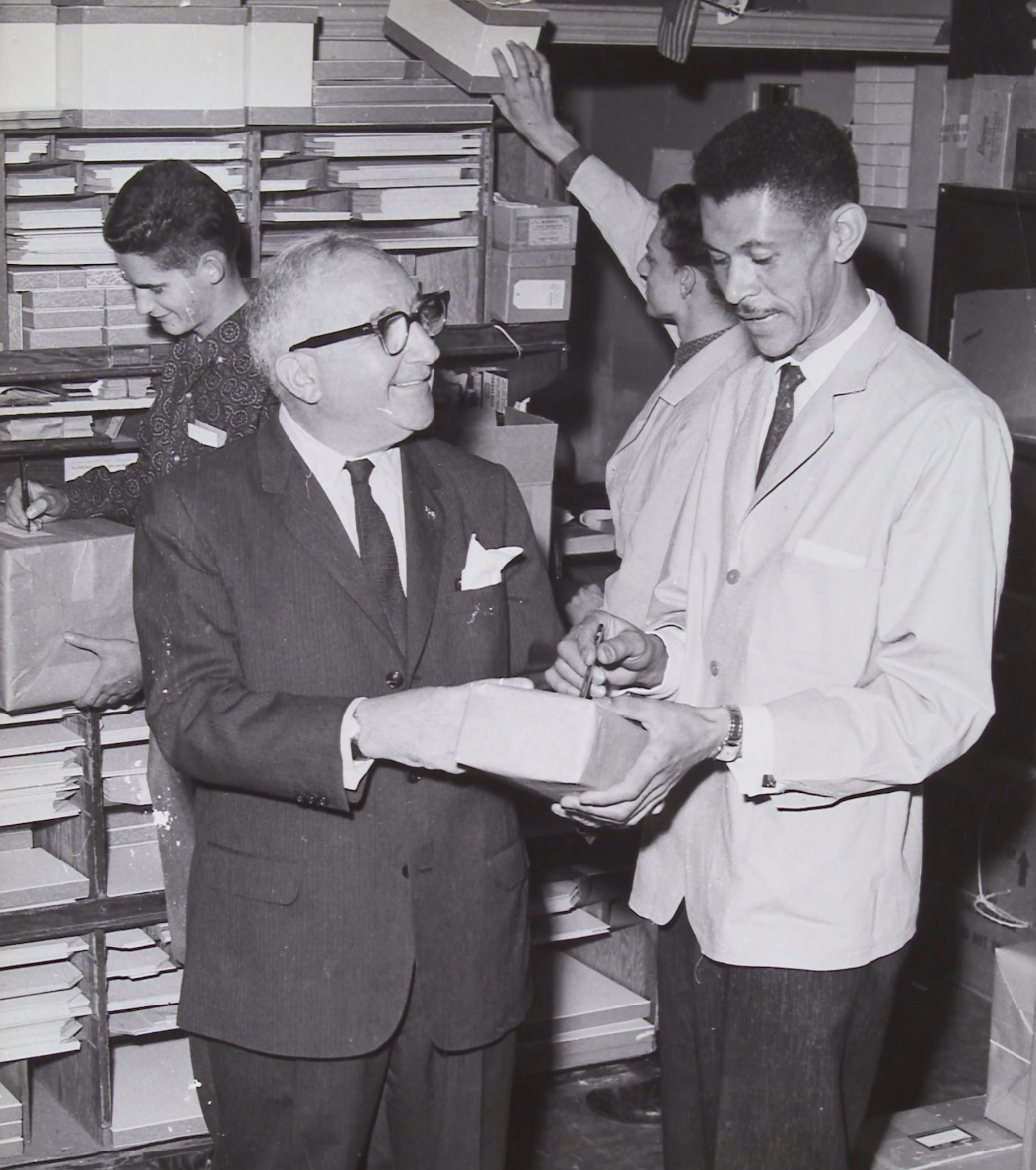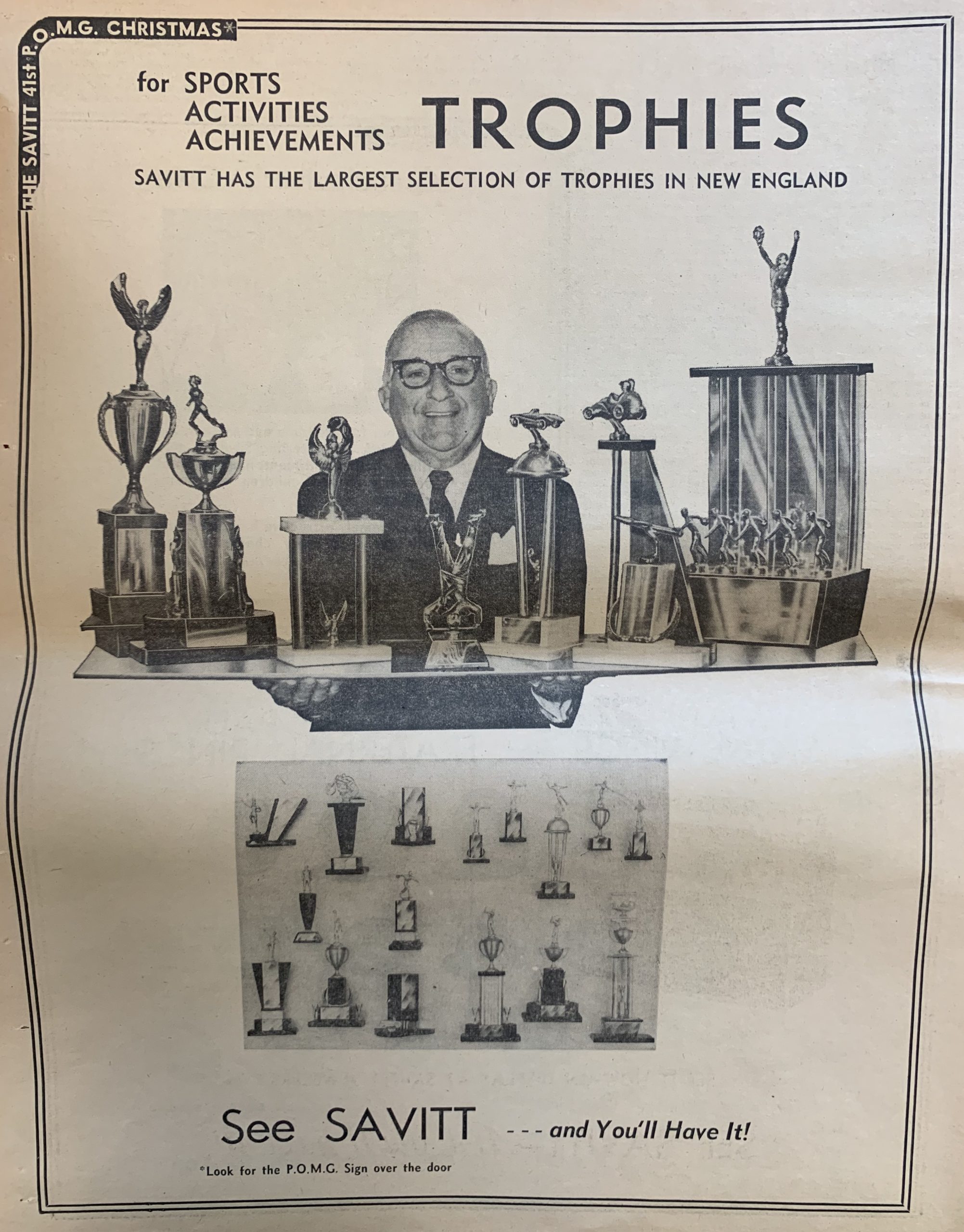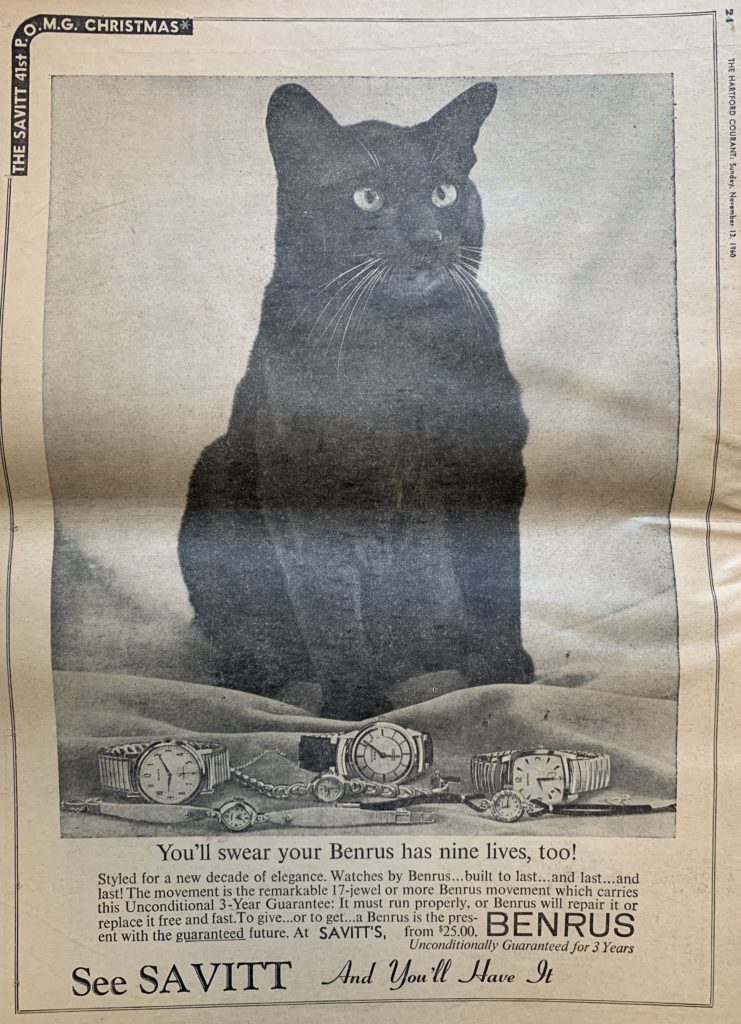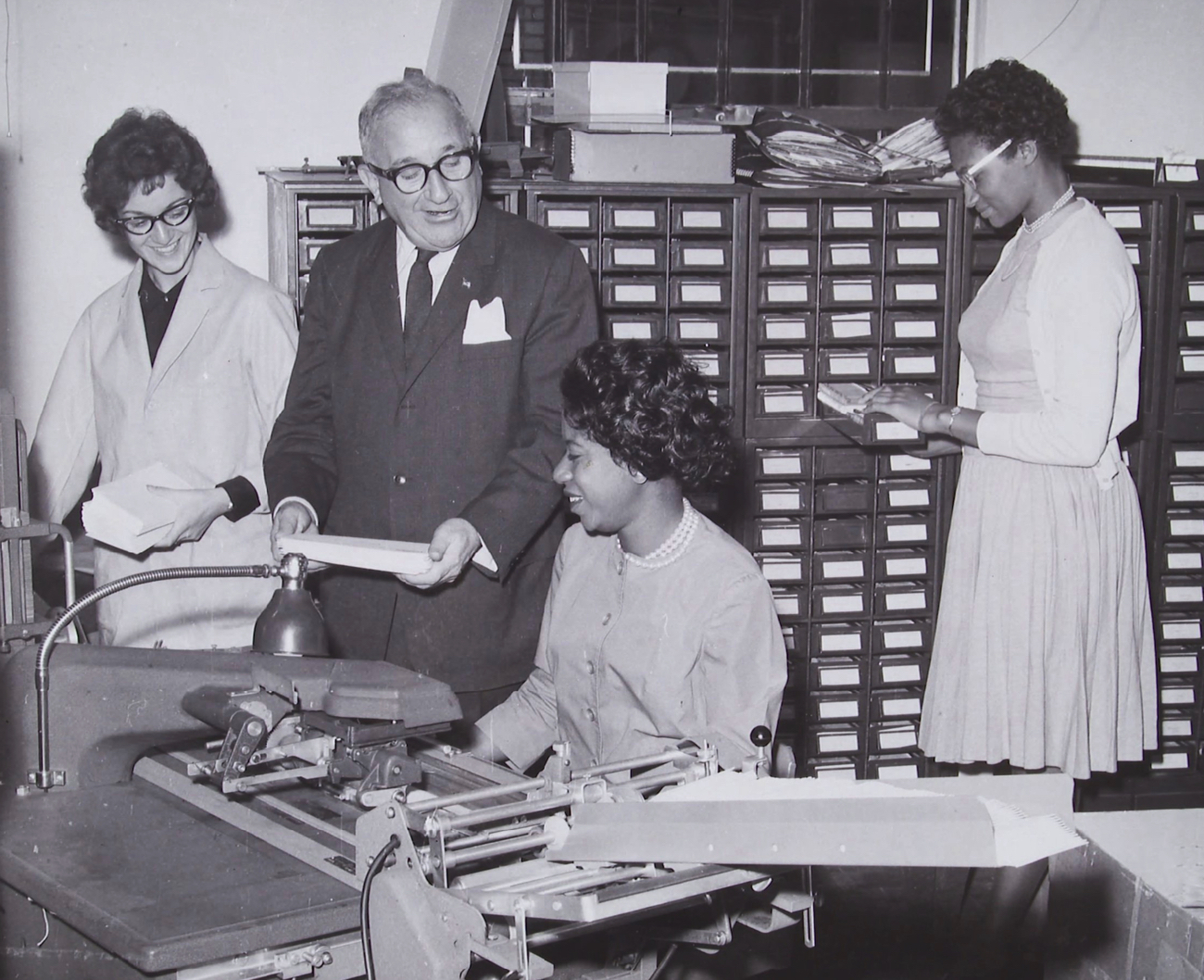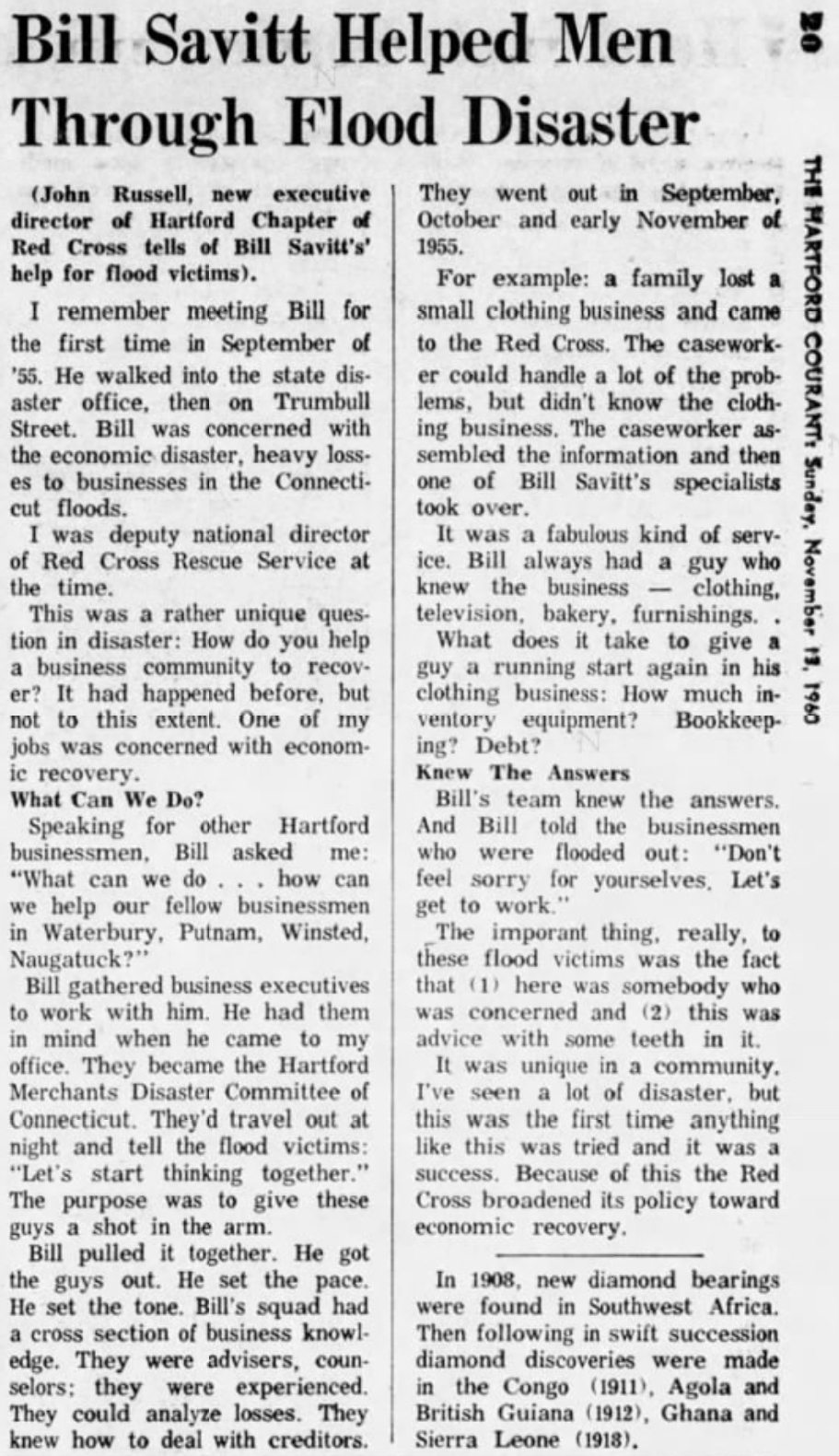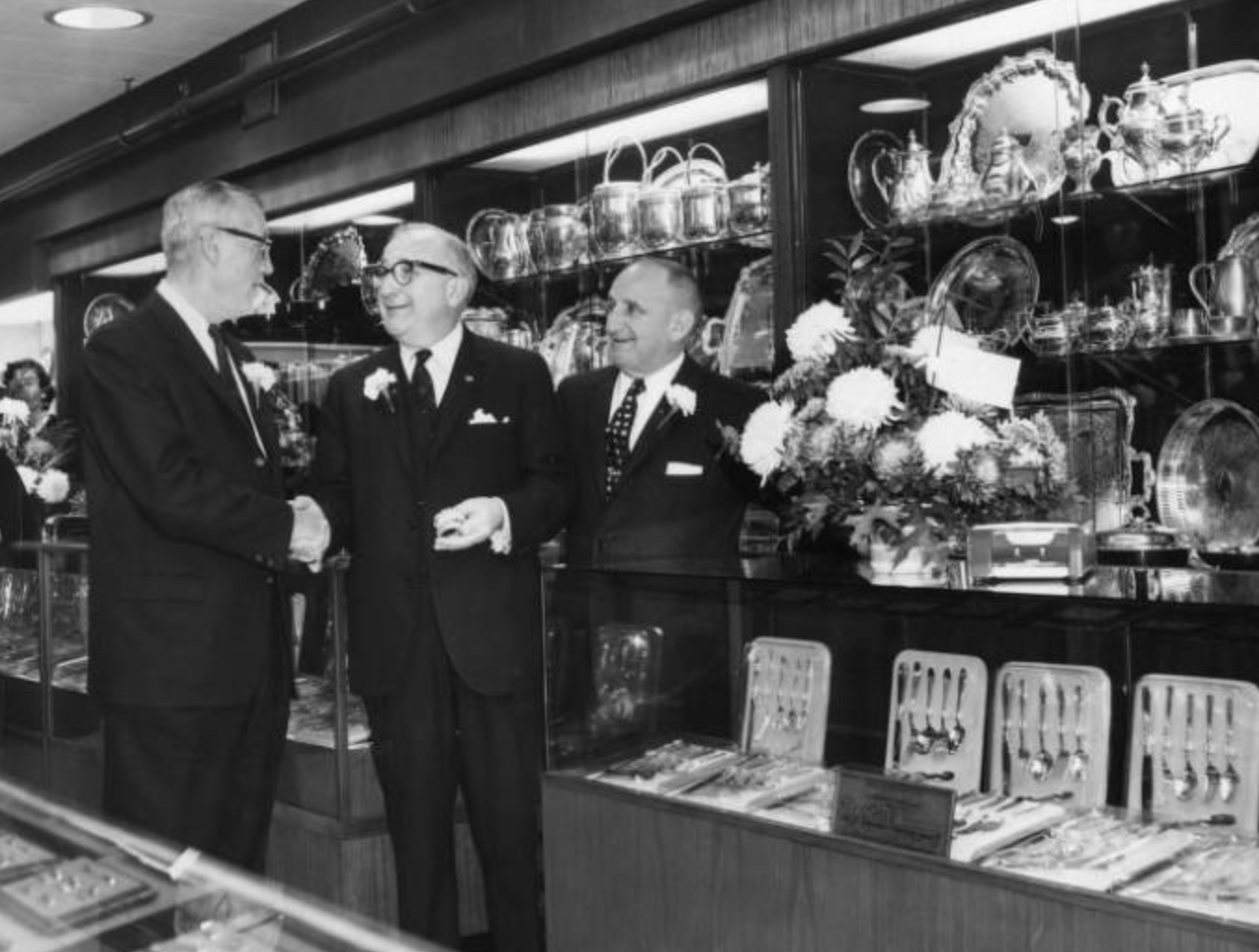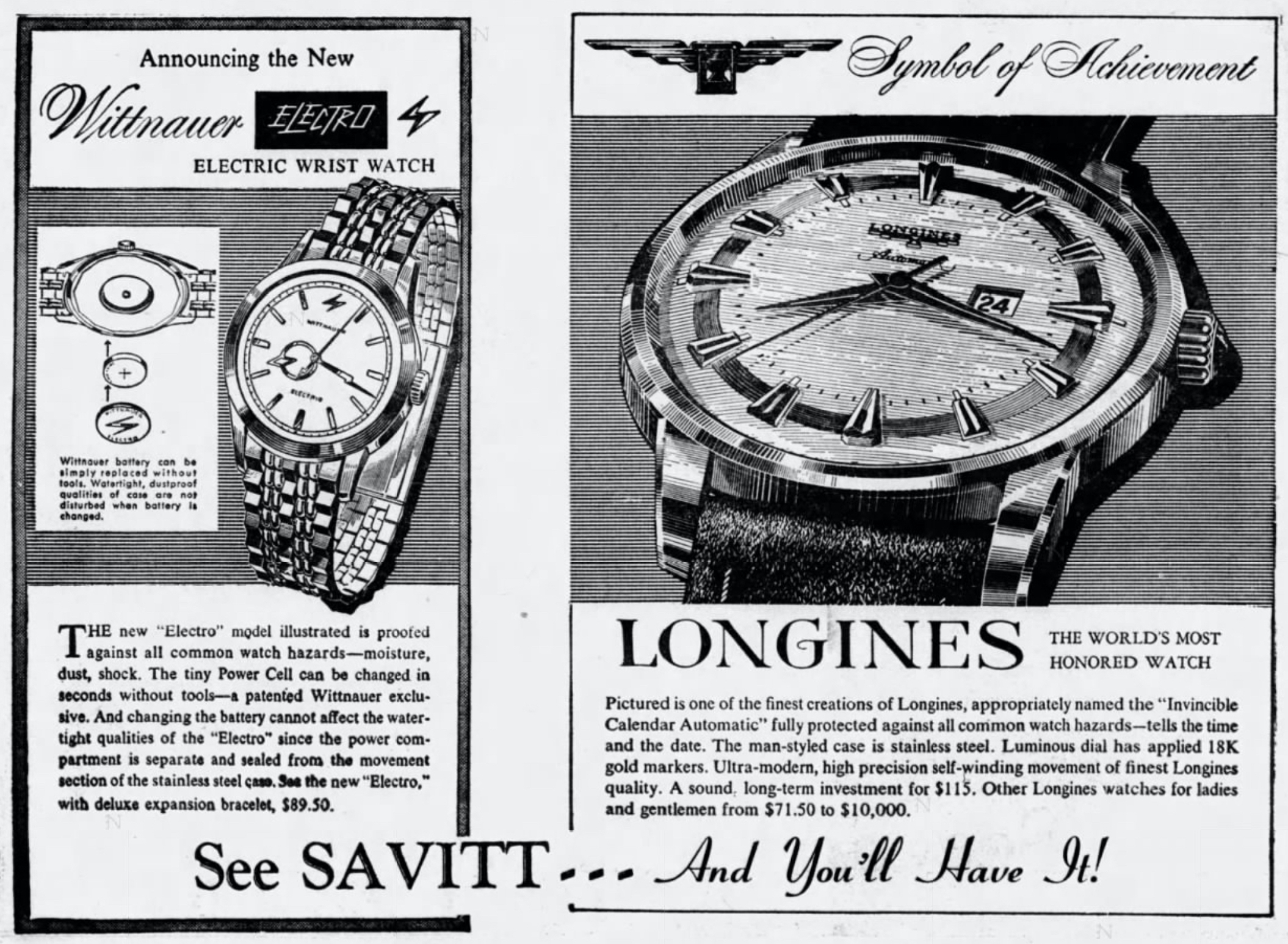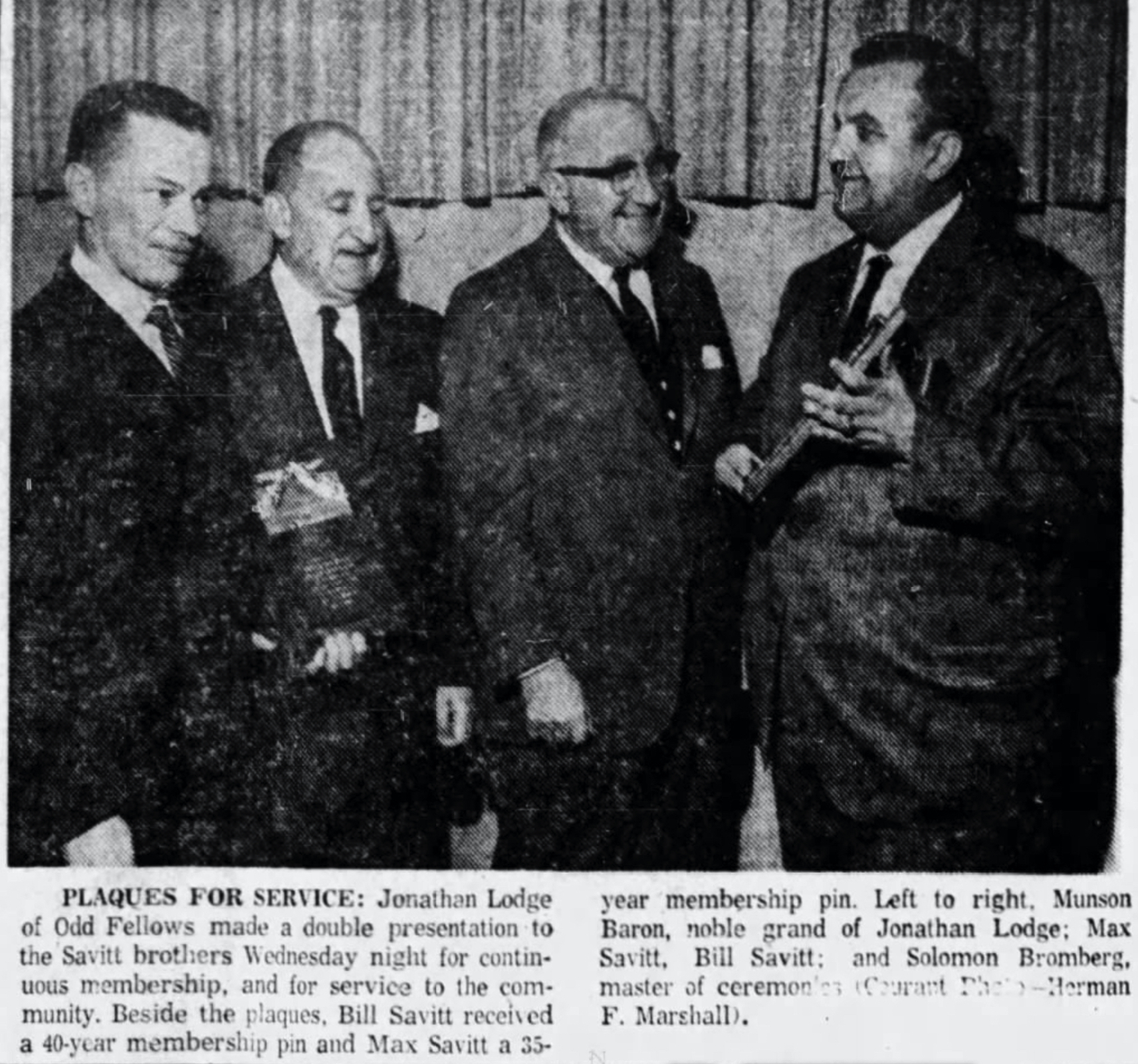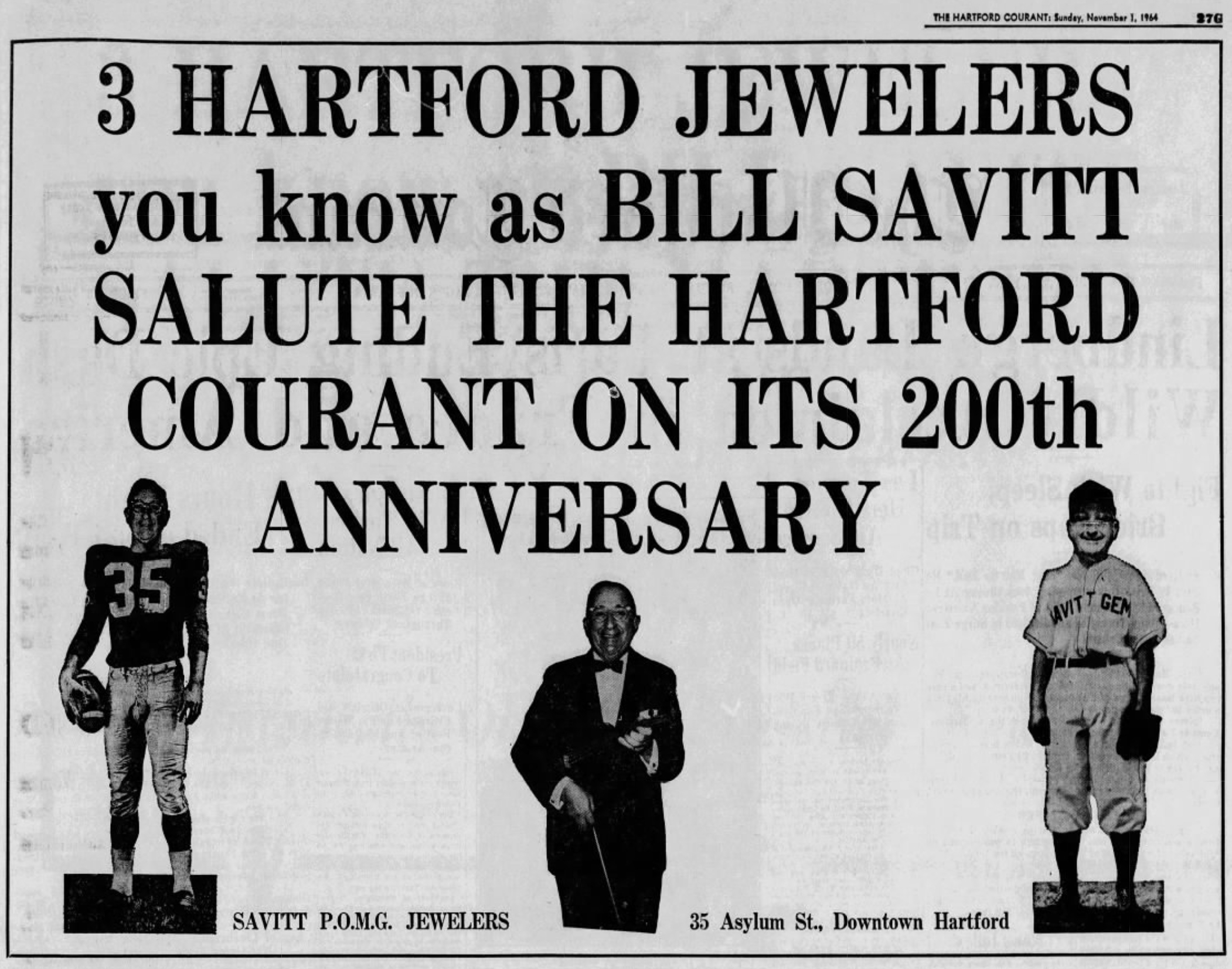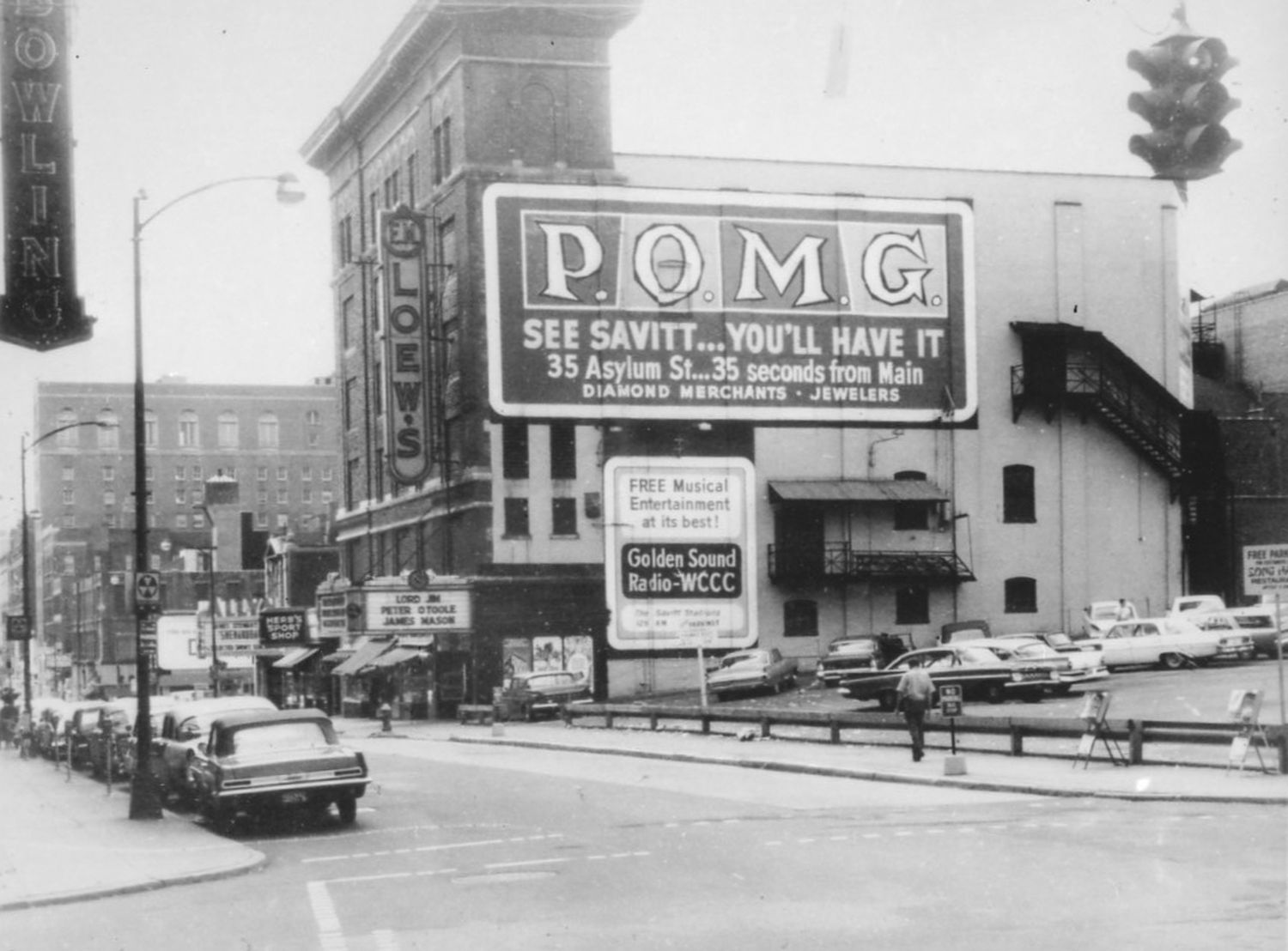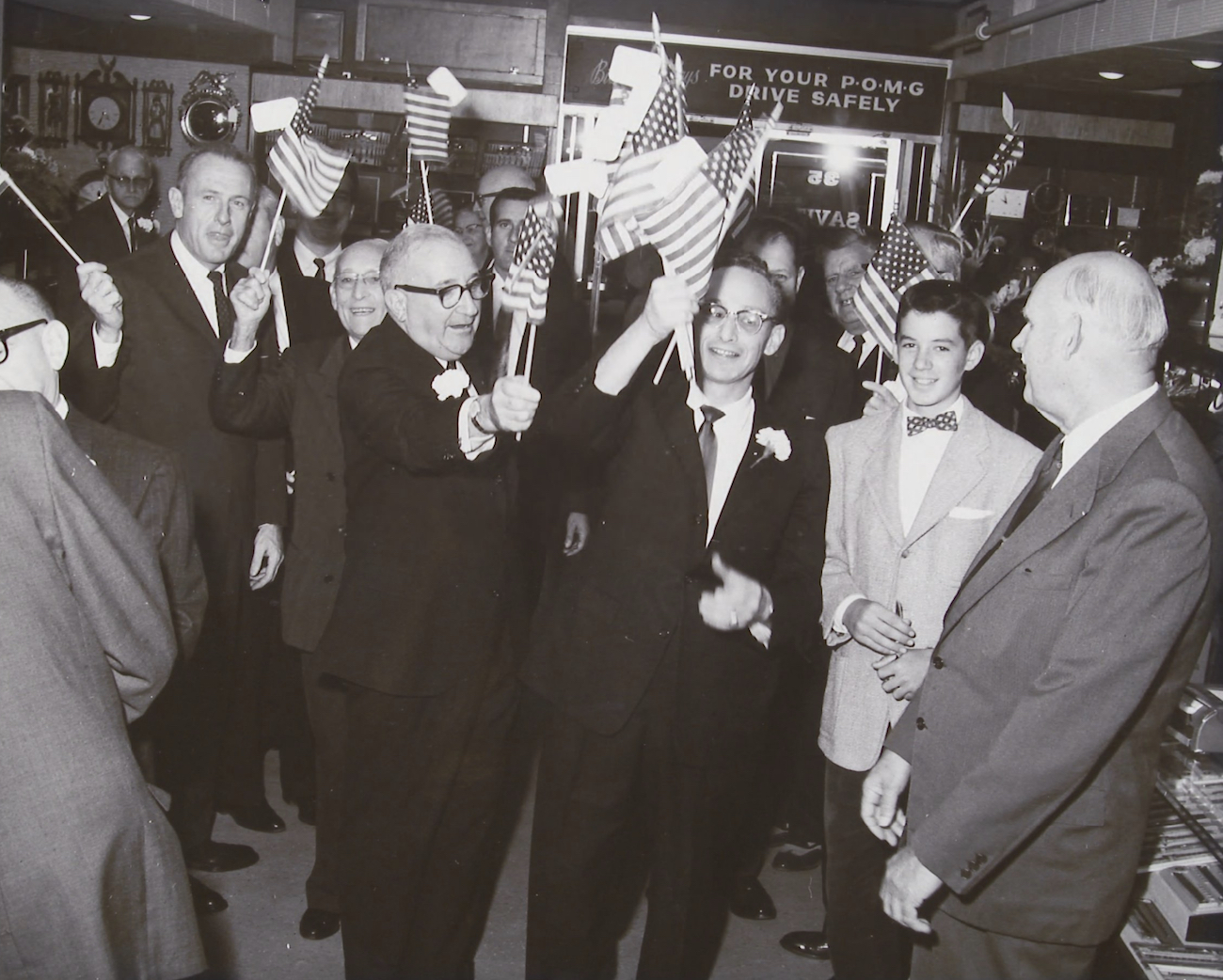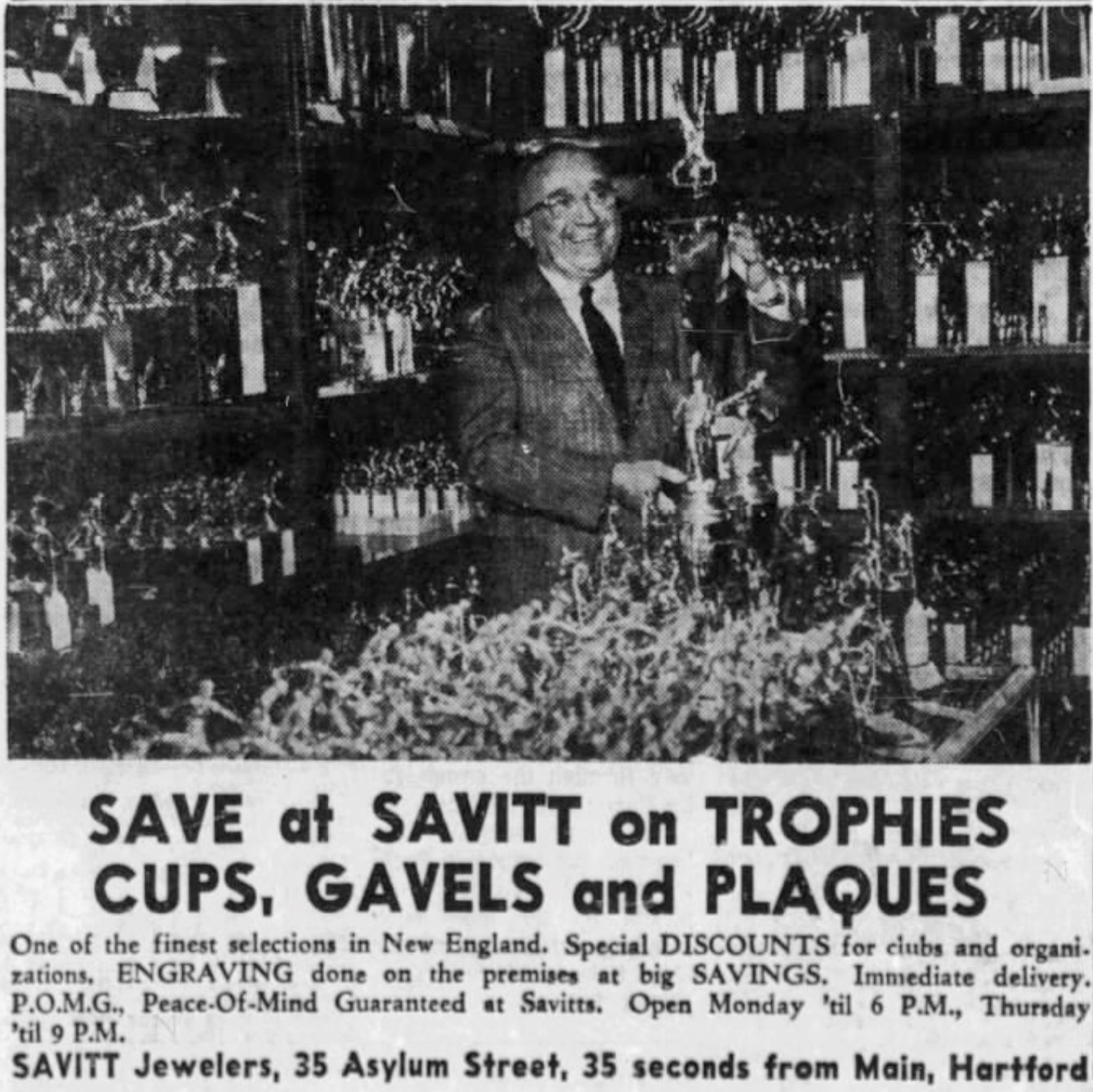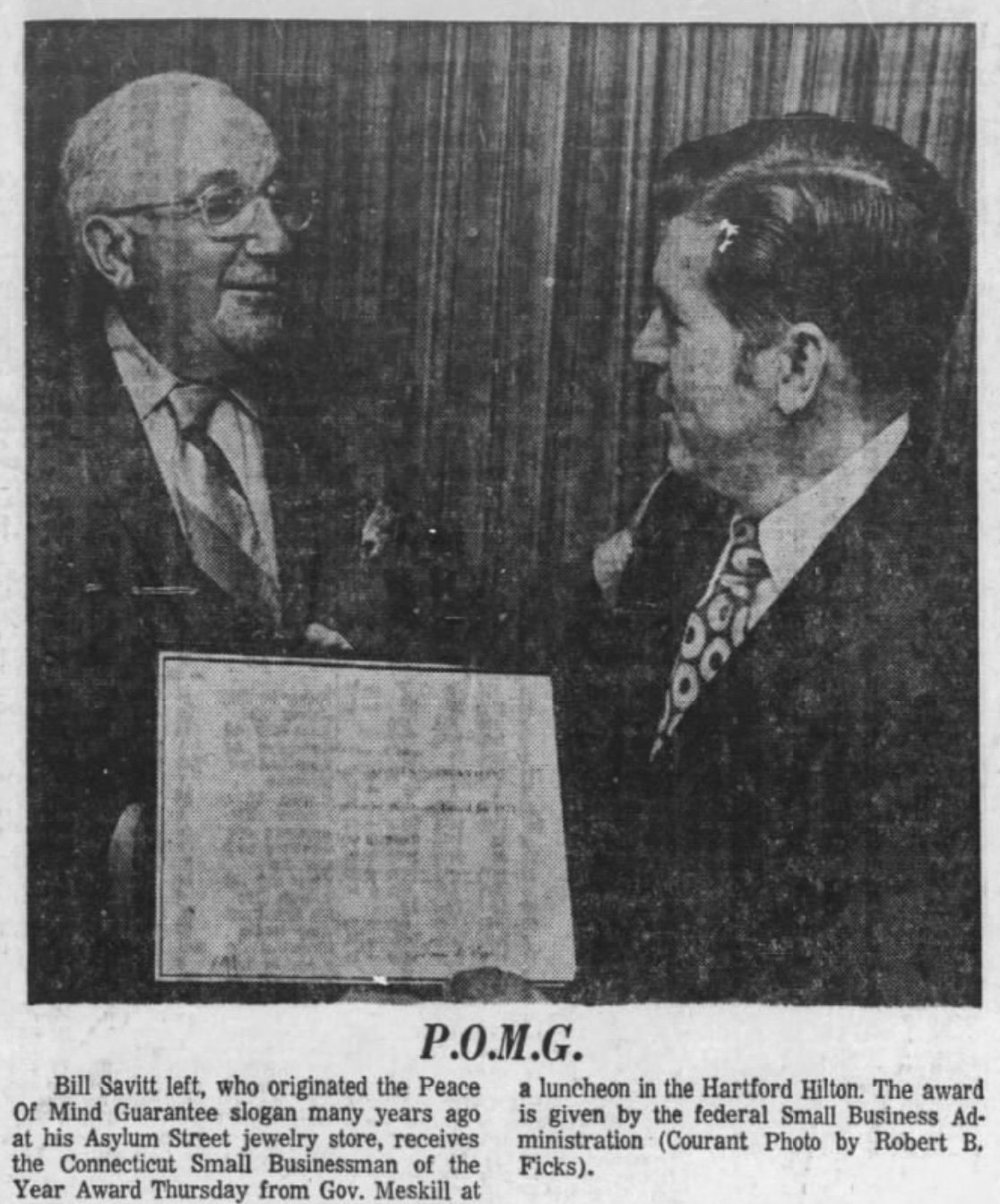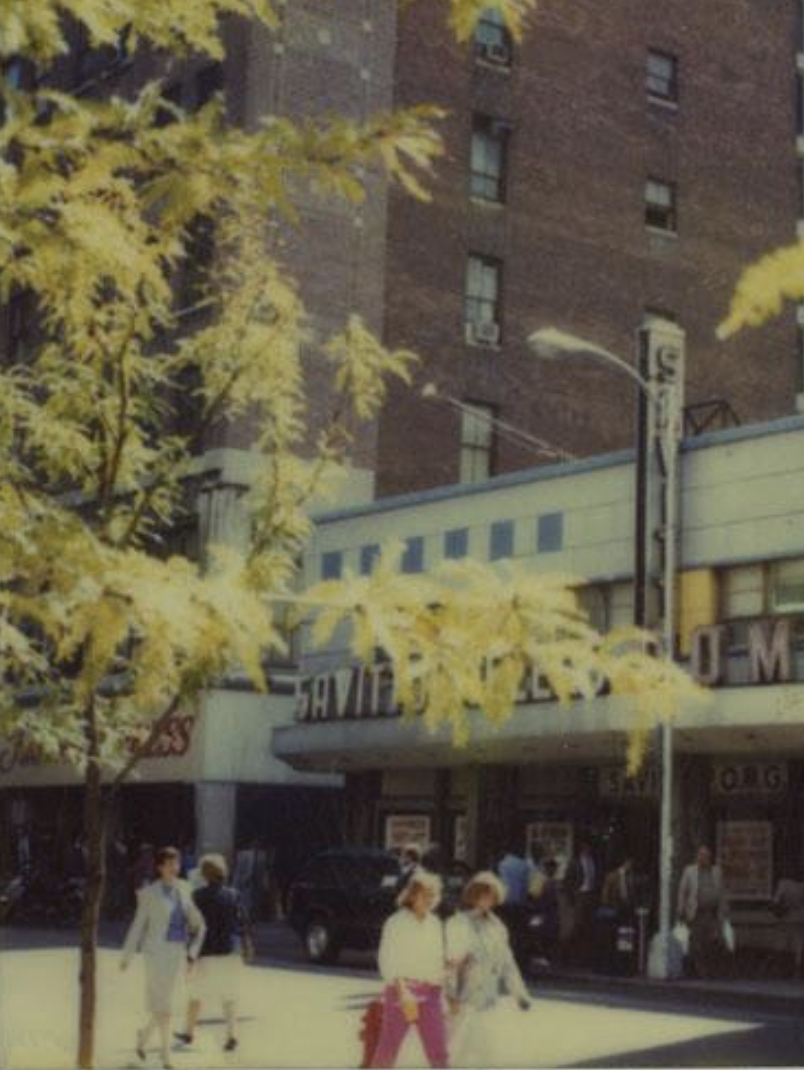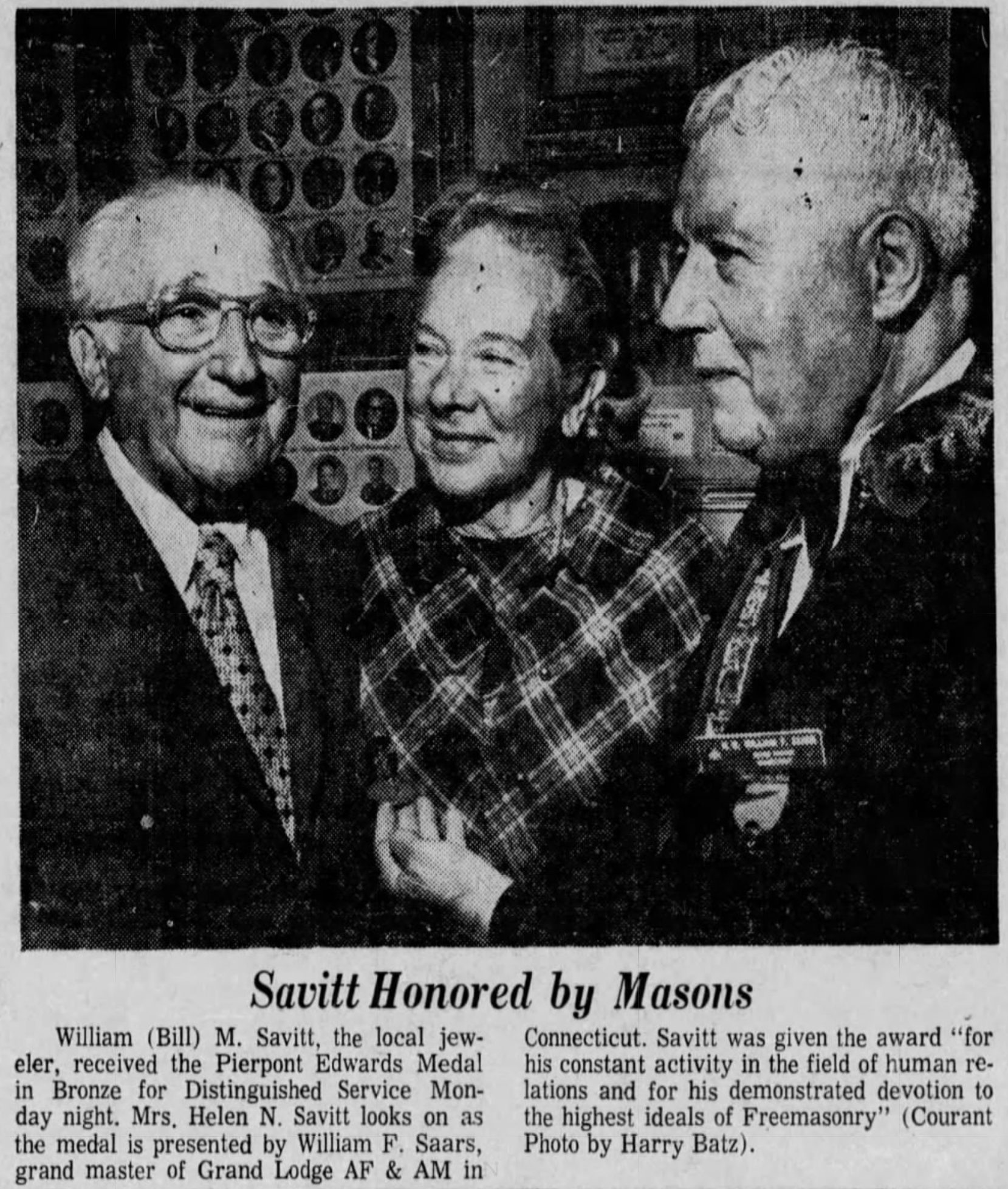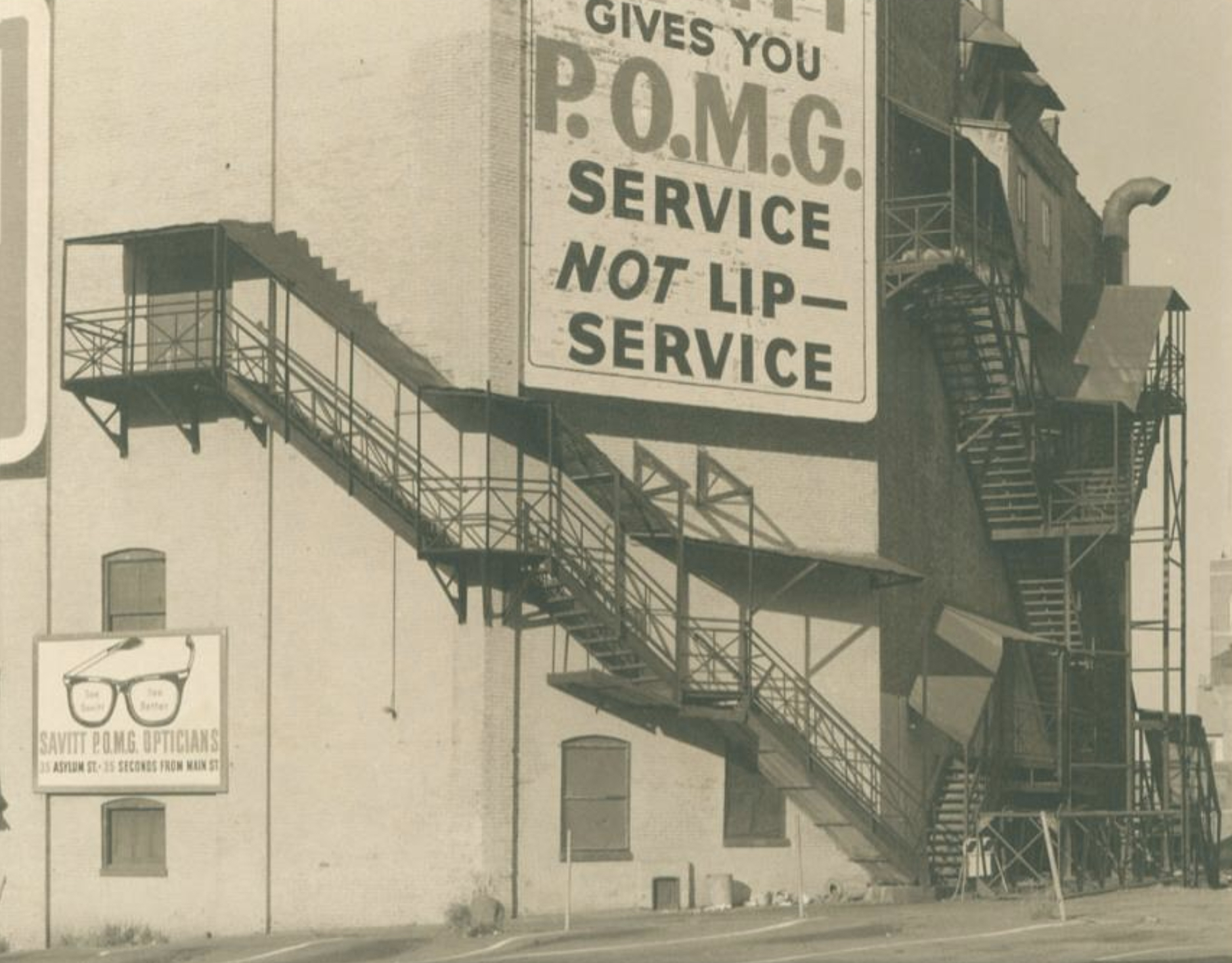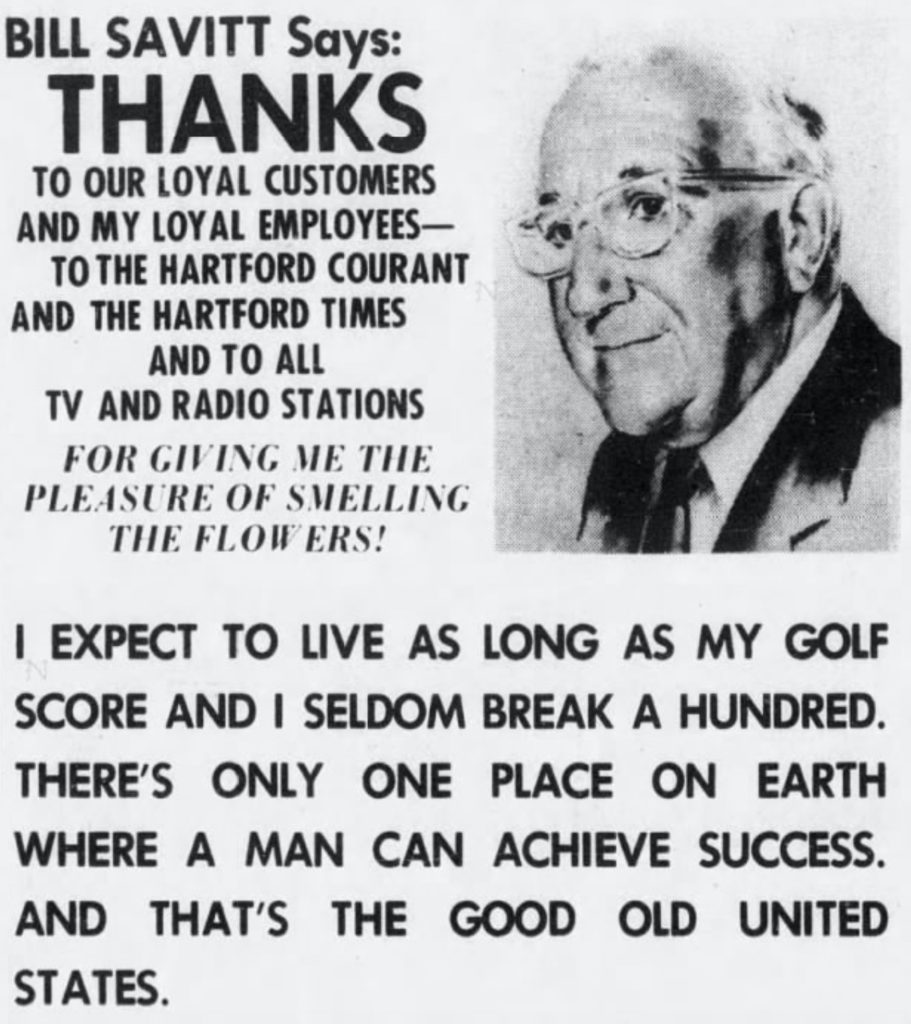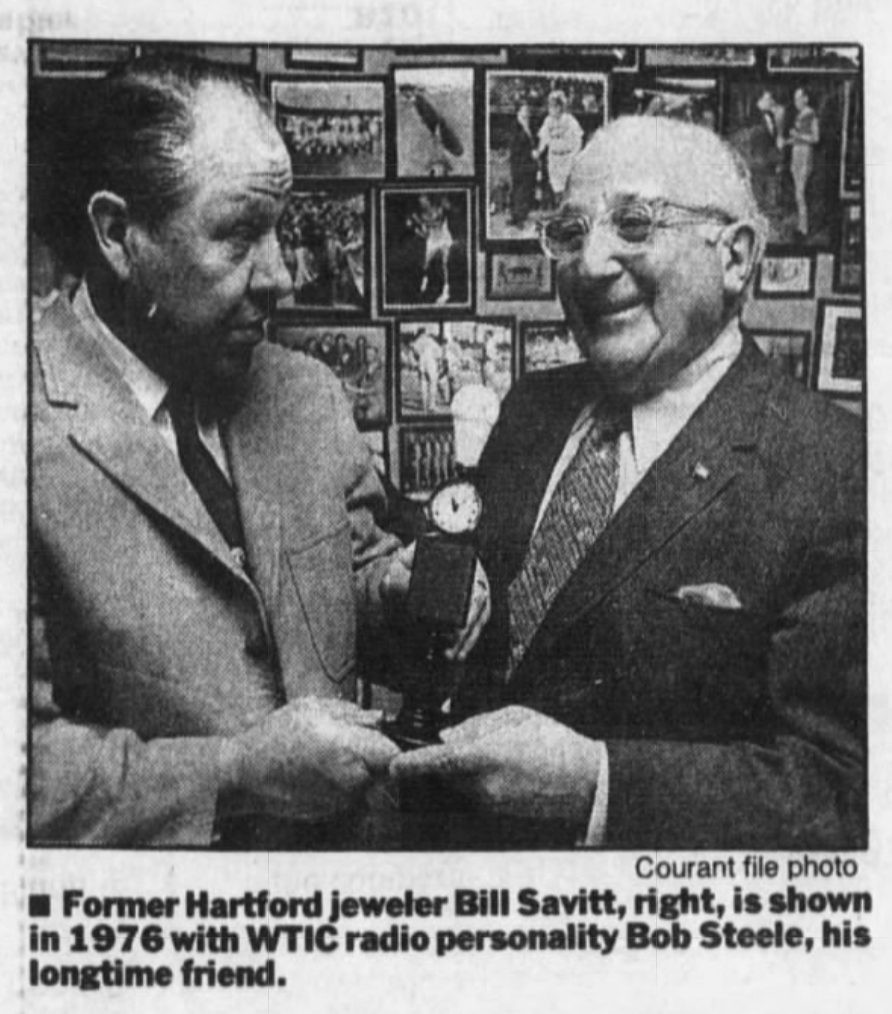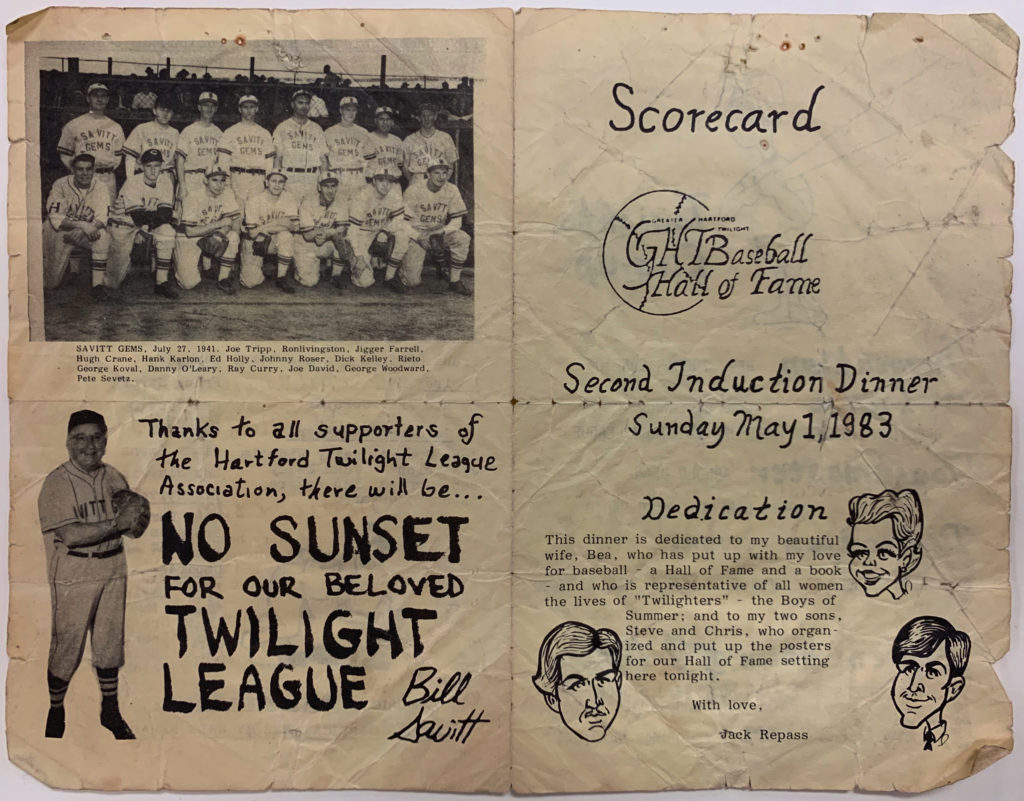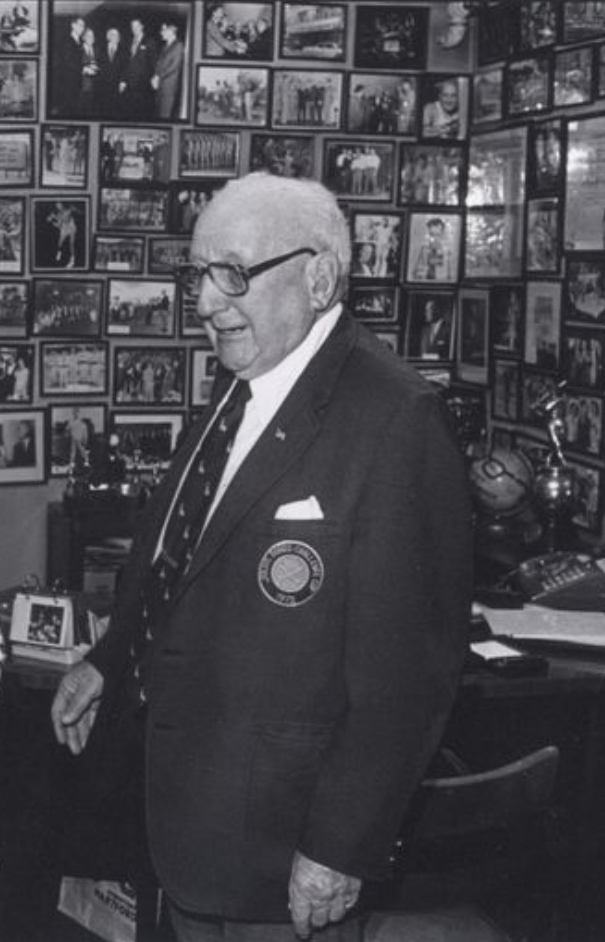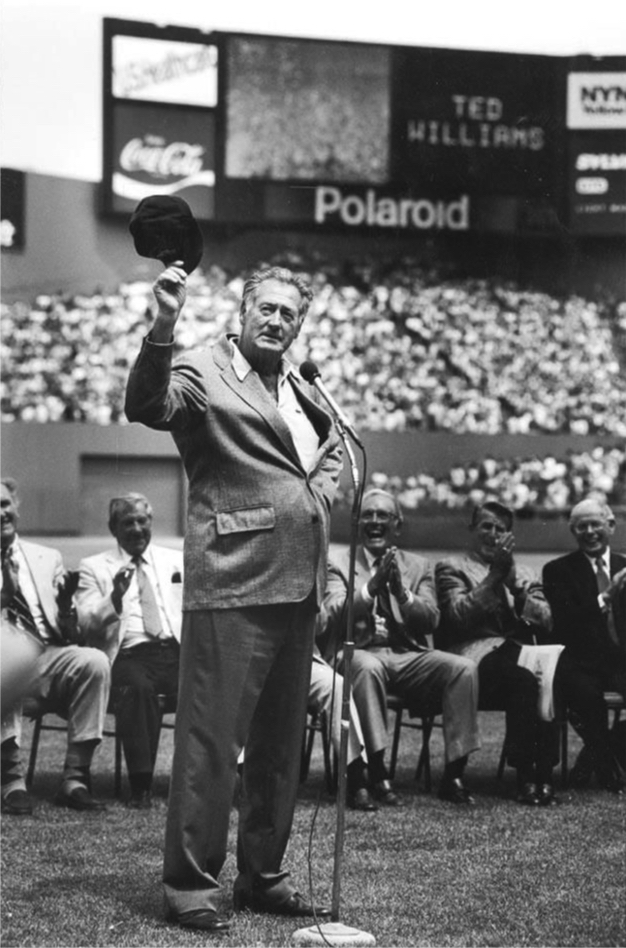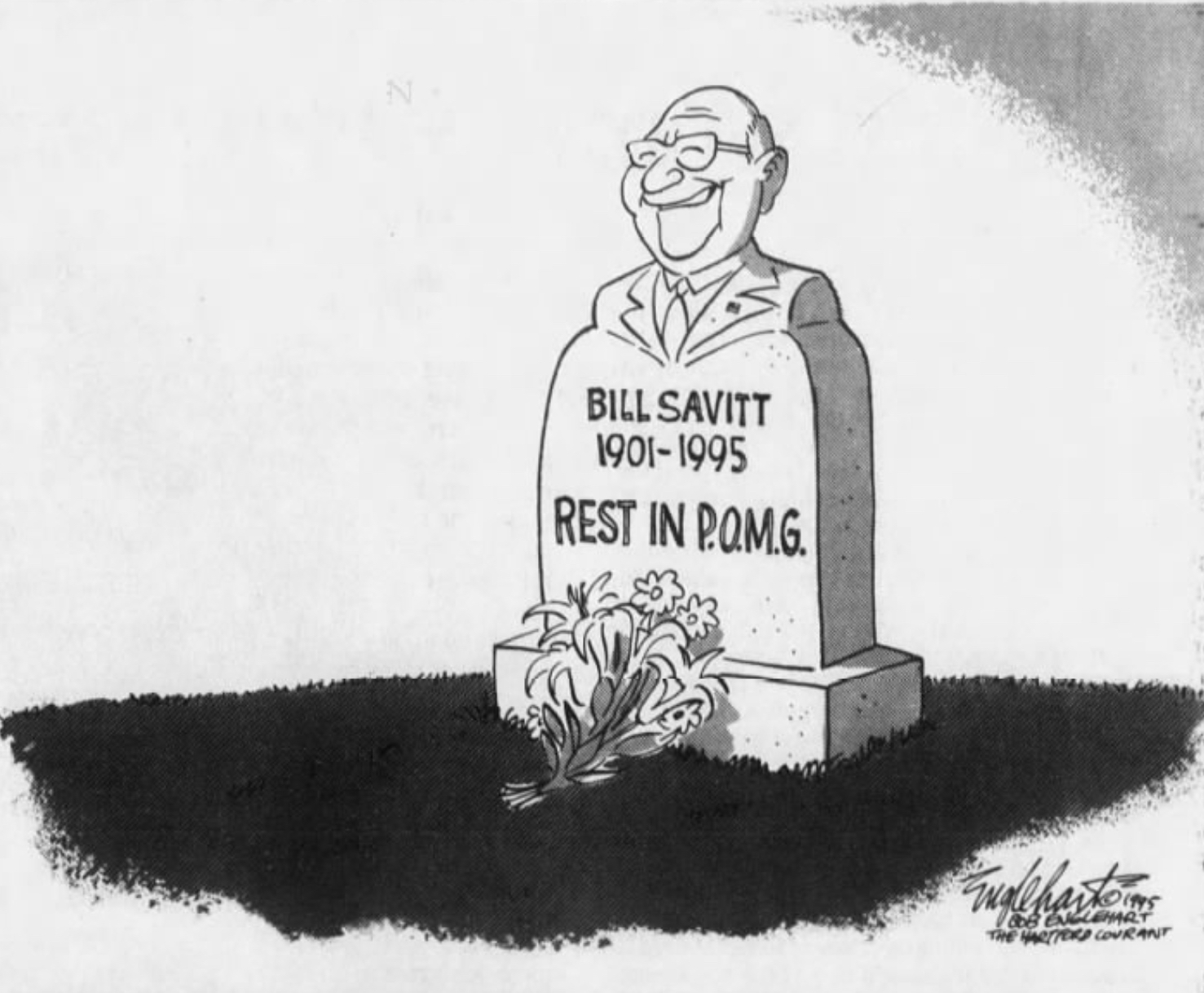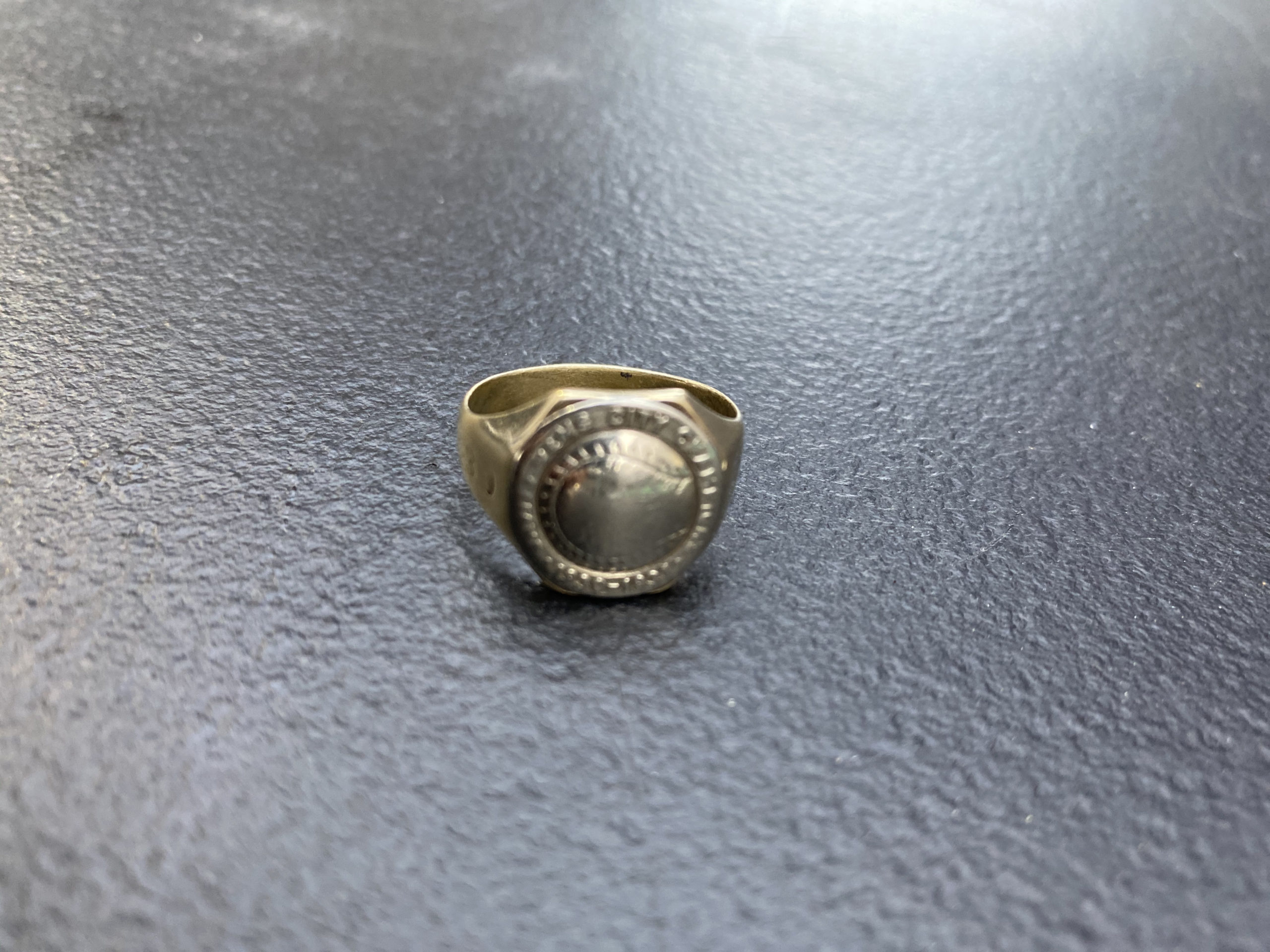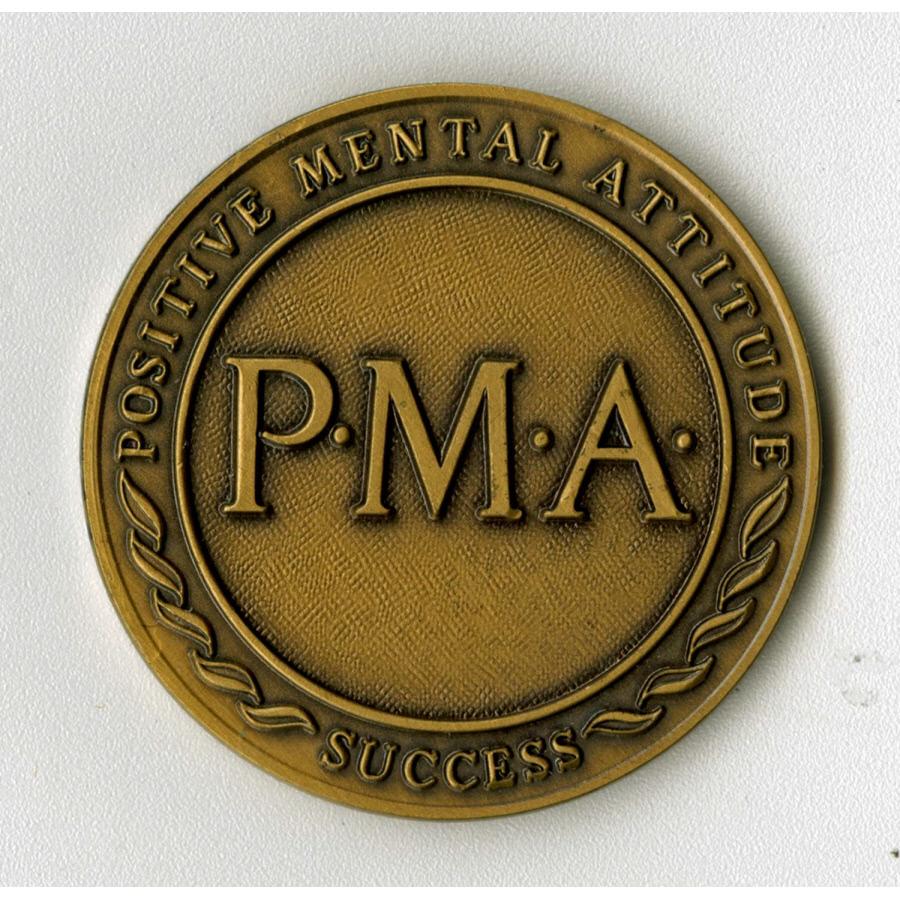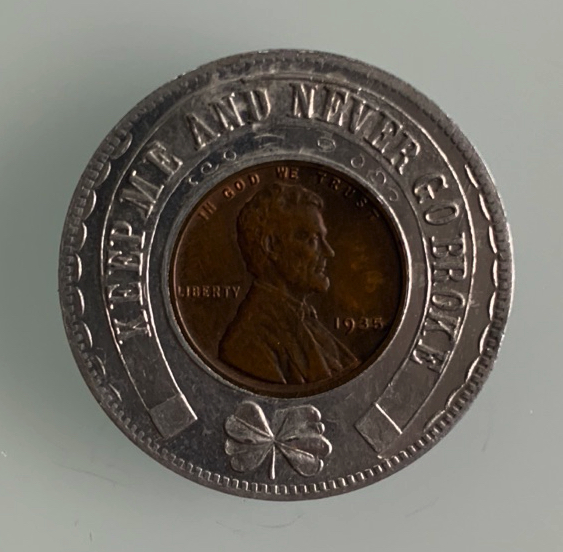Morgan G. Bulkeley Stadium
- Former names: Clarkin Field (or Stadium) from 1921-1927 and Wethersfield Avenue Grounds (or Hartford Baseball Park) from 1901-1921.
- Location: Hanmer Street & George Street, off of Franklin Avenue in Hartford, Connecticut.
- Capacity: 12,500
- Opened: 1928
- Demolished: 1955
- Tenants: Hartford Baseball Club (1902-1932, 1934, 1938-1945), Hartford Blues Football Club (1925-1927), Savitt Gems (1932-1945) and Hartford Chiefs (1946-1952).

Morgan G. Bulkeley Stadium was once a major sports venue in Hartford, Connecticut. It was the site of Babe Ruth’s final ballgame and thousands of minor league games. Bulkeley Stadium served as the home of the Hartford Baseball Club, a minor league team nicknamed the Senators, the Bees, the Laurels and then the Chiefs. Major league stars and amateurs from all around the world made appearances at Hartford’s most historic stadium.

Initially constructed in 1921 as Clarkin Field, the stadium was renamed in 1928 to honor former Connecticut Governor, United States Senator and the First President of the National League, Morgan Gardner Bulkeley. Semi-professional baseball teams like the Savitt Gems and the Hartford Indians frequently used Bulkeley Stadium. The facility also featured the Hartford Blues of the National Football League, nationally sanctioned boxing matches, motor sports and artistic performances.

A block east of Bulkeley Stadium was the ballpark’s original site; Wethersfield Avenue Grounds – also referred to as Hartford Baseball Park, Hartford Base Ball Grounds, or the Hartford Grounds. In March of 1896, Hartford’s Manager William Barnie led the construction a grandstand on the south side of the city, measuring 150 feet wide and 20 feet tall. In December of 1905, James H. Clarkin purchased the Hartford Senators and leased Wethersfield Avenue Grounds. At the time, the diamond was, “regarded as the finest in this section of the country,” according to the Hartford Courant.
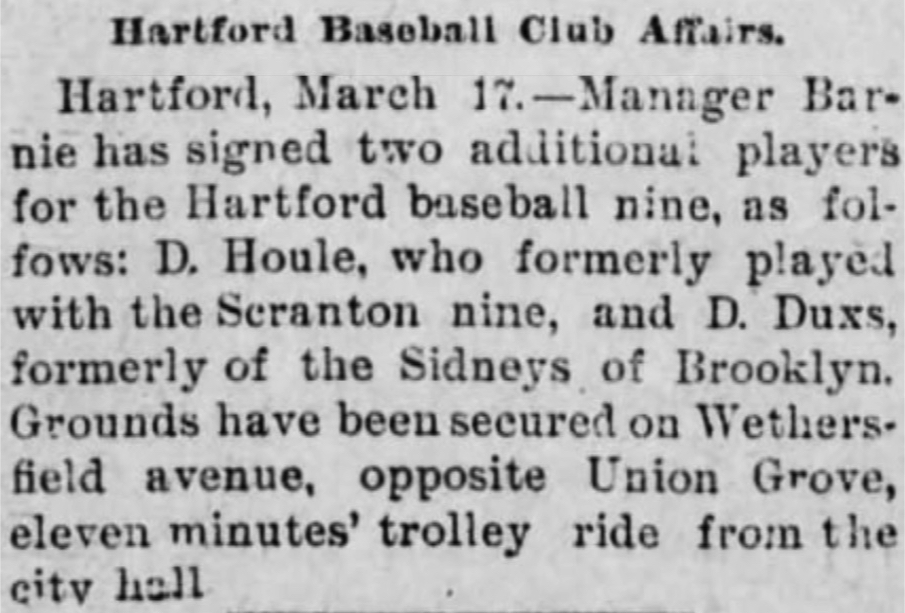


Countless games were played at Wethersfield Avenue Grounds by all levels of baseball. High demand in the facility led to improvements and renovations on several occasions. The first remodel was completed in spring of 1910, which included a new ticket office, a large concessions stand and carpeting in the clubhouse. Manager Bob Connery of the Hartford Senators (Connecticut State League) was reportedly pleased with the improvements according to the Hartford Courant on April 9, 1910. Wethersfield Avenue Grounds became a destination for the game’s biggest names.





In the summer of 1916, the infamous Ty Cobb delighted a small crowd of 800 Hartford fans at Wethersfield Avenue Grounds. Cobb guest starred for the visiting New Haven Colonials at first base and as relief pitcher against the semi-professional Hartford Poli’s. Alongside Cobb on the Colonials was Torrington High School alumnus and Philadelphia Athletics shortstop, Joe Dugan. The Colonials beat the Poli’s 7-0. Cobb would visit Hartford again in 1918, though his visit would be overshadowed by another great slugger.

In 1918 and 1919 the one and only Babe Ruth played at Wethersfield Avenue Grounds as part of his annual barnstorming tour. Days after winning the World Series with Boston Red Sox, Ruth made his first appearance in Hartford on September 16, 1918, playing for the Hartford Poli’s. Ruth pitched the Poli’s to a 1-0 victory versus the Fisk Red Tops. He hurled a complete game shutout and allowed just four hits. Ruth batted third in the order, recording a single and double. He drew a crowd of about 5,000 spectators and earned $350 for his appearance.

In 1921, Owner Clarkin built a new venue about a block from the old Wethersfield Avenue Grounds. The site was located at the intersection of Hanmer Street and George Street off of Franklin Avenue in South Hartford. The grandstand, made of steel and concrete, wrapped around the field from foul pole to foul pole. Locker rooms below the stands were equipped with showers, baths, and telephones. The facility was dubbed Clarkin Field (or Clarkin Stadium), and it quickly gained an outstanding reputation as one of New England’s best ballparks.





Clarkin Field hosted Lou Gehrig at the controversial start of his professional career. Larrupin’ Lou began with the Hartford Senators of the Eastern League in 1921, 1923, and 1924. Jim Thorpe, the famous Native American olympian and football player, appeared in the Senators lineup towards the end of his baseball career. Leo Durocher, Jo-Jo Morrissey, Kiddo Davis, and Pete Appleton were also Senators during the 1920’s.




In 1927, an accidental fire severely damaged the grandstand at Clarkin Stadium. Though it was rebuilt two months later, the Hartford Senators played all of their games on the road until mid-July. Perhaps because of losses incurred by the fire, Clarkin decided to retire from baseball. He sold the team and Clarkin Field in 1928.


Both the Senators and the stadium were purchased for over $200,000. The buyers were a group of investors led by Robert J. Farrell, a real estate and insurance agent and a longtime business manager for the Senators. Hartford continued to play in the Eastern League under Farrell’s direction. Before the 1928 season, Clarkin Field was renamed Bulkeley Stadium to honor Morgan G. Bulkeley – who had passed away six years prior. Many upgrades were made to the venue including new seats made of steel. Unexpectedly, President Farrell died at age 32 of acute appendicitis in 1930.




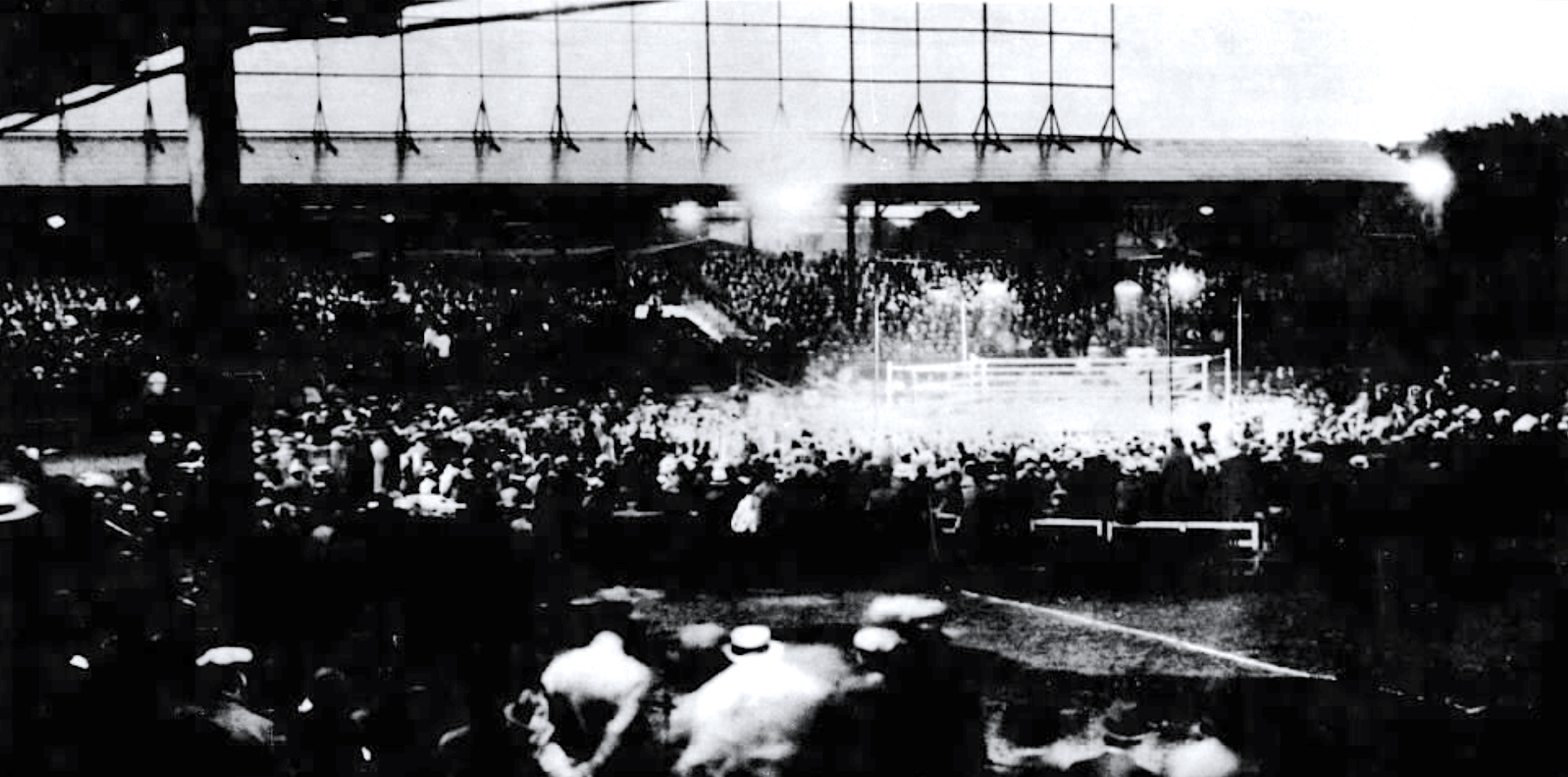

Baseball Hall of Fame inductee Hank Greenberg played for the 1930 Hartford Senators at Bulkeley Stadium. King Bader was Hartford’s manager that year. During the depths of the Great Depression, the Senators were purchased by the Brooklyn Dodgers organization. Hartford entered affiliated baseball and won the 1931 Eastern League championship behind Red Howell, Al Cohen and Bobby Reis. When the Eastern League disbanded in the middle of the 1932 season, Bulkeley Stadium and the City of Hartford were left without a headlining baseball club.




Then in July of 1932, a semi-pro club called the Savitt Gems became tenants at Bulkeley Stadium. They were backed by a local jeweler and baseball promoter, Bill Savitt. He first created the Gems in 1930 as part of the Hartford Twilight League. With the stadium as their home, the Gems became one of the most famous semi-pro teams in America. From 1932 to 1945 the Savitt Gems welcomed big league stars to Hartford including: Babe Ruth, Cy Young, Ted Williams, Honus Wagner, Lloyd Waner, Dizzy Dean, Jimmie Foxx, Jim Thorpe, Chief Bender, Josh Gibson, Martin Dihigo, Satchel Paige, Johnny Taylor, Johnny Mize, Bill McKechnie, Moose Swaney and Monk Dubiel.



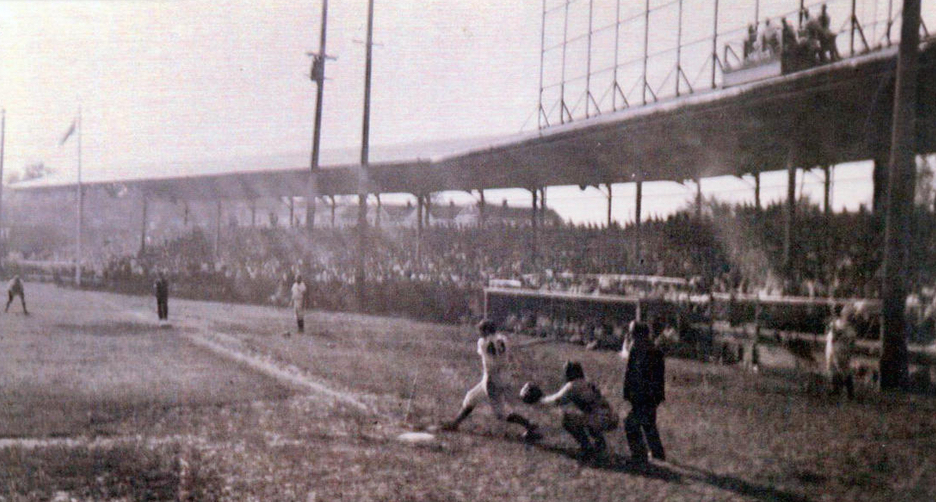







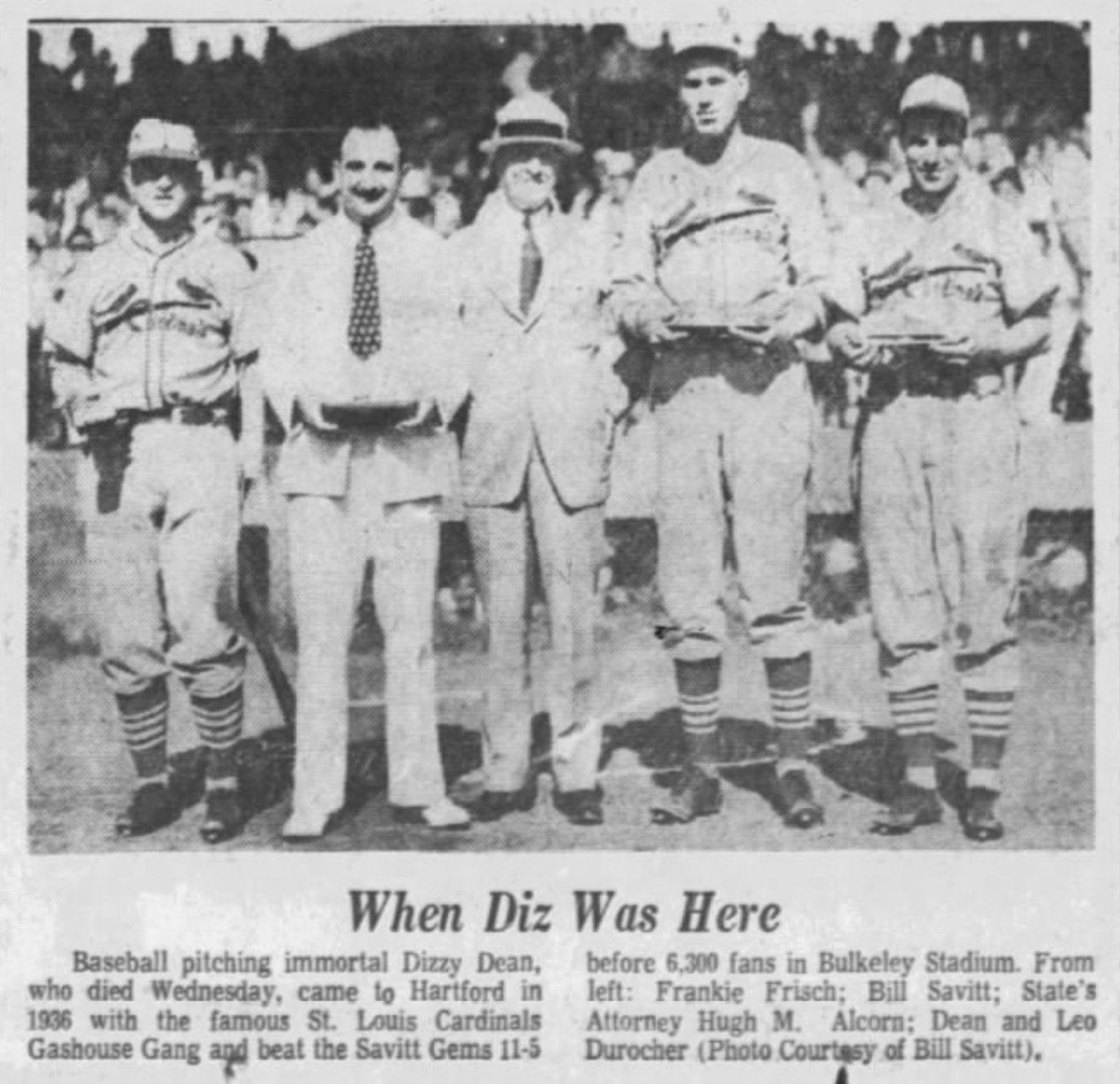

In 1938, the Boston Bees of the National League brought back minor league baseball to Hartford. Boston purchased the Hartford Senators and leased Bulkeley Stadium. The club was referred to as the Hartford Senators and the Hartford Bees (and Hartford Laurels). During the 1942 season, Del Bissonette served as player-manager while eventual Hall of Fame pitcher, Warren Spahn earned 17 wins and 12 losses. A few years later, Hartford won the 1944 Eastern League pennant due to pitching by Hal Schacker and Pete Naktenis, a Hartford native and a former Savitt Gems ace.














On September 30, 1945, Babe Ruth returned to Hartford to play in a charity game at Bulkeley Stadium as a member of the Savitt Gems. At 50 years old, Ruth drew a crowd of more than 2,500. He took batting practice before the game and clouted a home run over Bulkeley Stadium’s right field fence. During the exhibition, Ruth coached first base. He later entered the game as a pinch-hitter and grounded out to the pitcher. The ballgame was Ruth’s final appearance of his playing career. Ruth passed away less than 3 years later at the age of 53.



In 1946, Hartford’s minor league franchise changed their name to the Hartford Chiefs as a result of their major league affiliate, reverting their official name back to the Boston Braves. Players Gene Conley, George Crowe, Frank Torre and local Wethersfield native, Bob Repass were standouts for the Hartford Chiefs at Bulkeley Stadium. When the Boston Braves moved to Milwaukee after the 1952 season, the Hartford Chiefs of the Eastern League were also relocated.





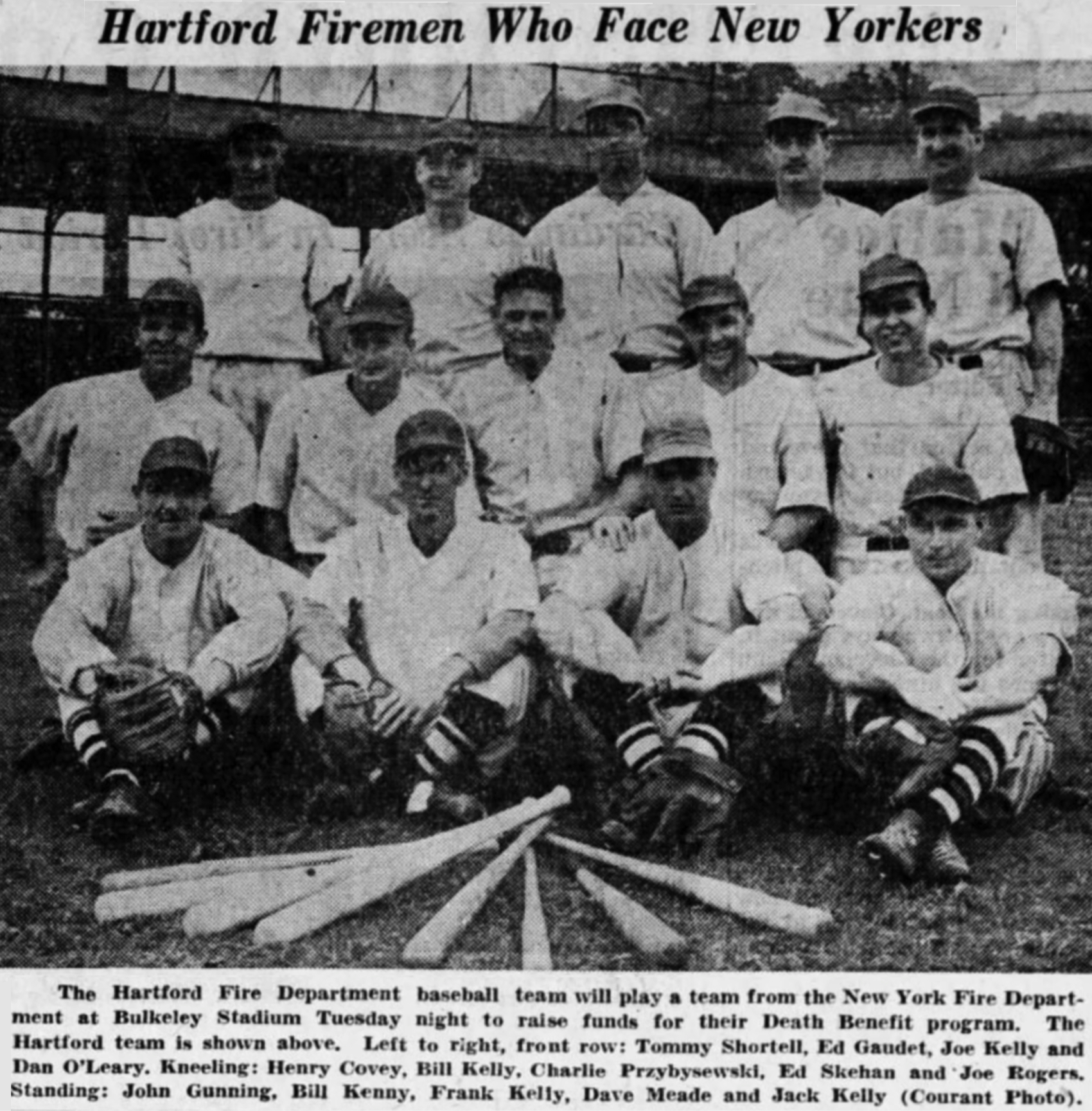










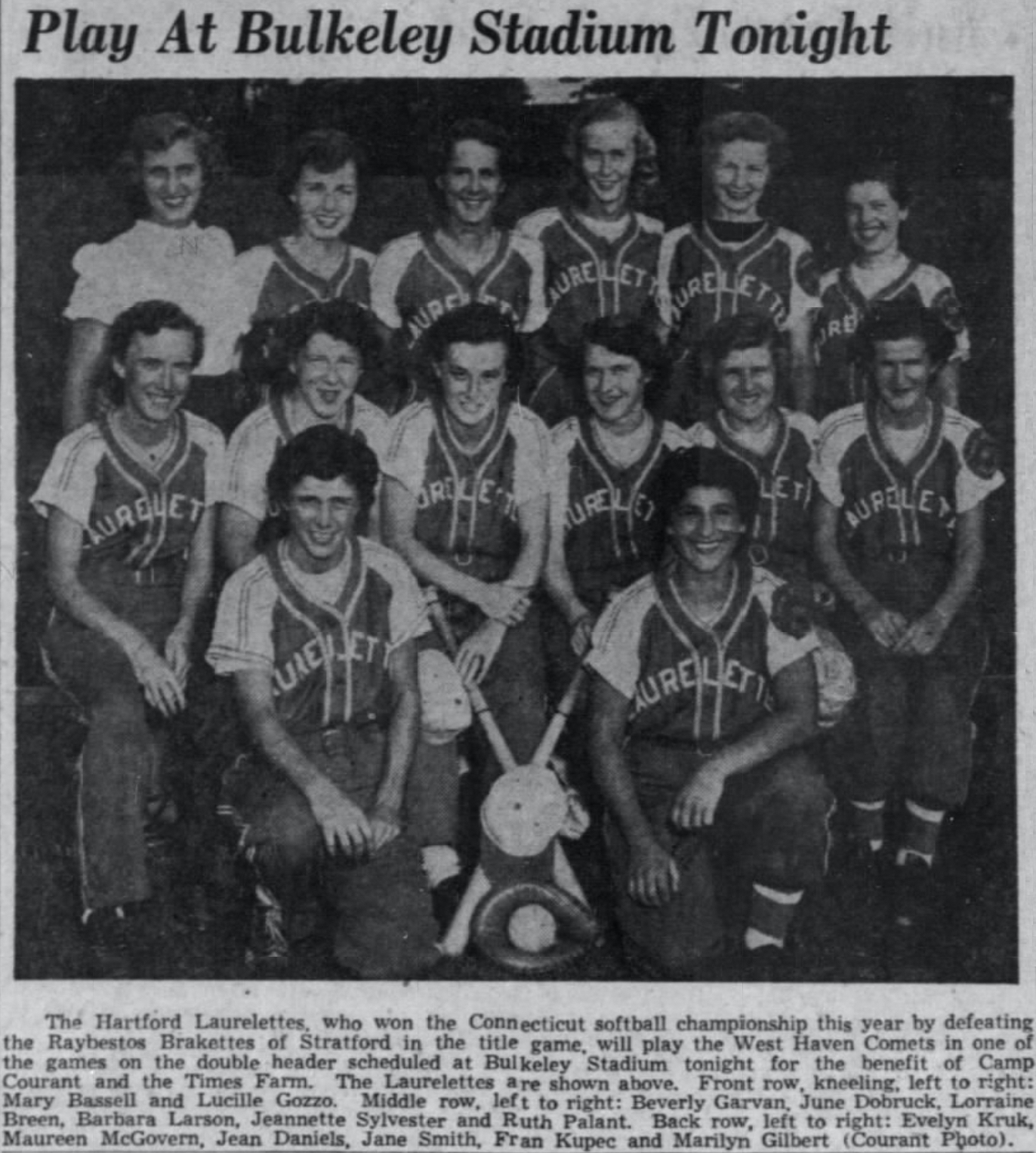


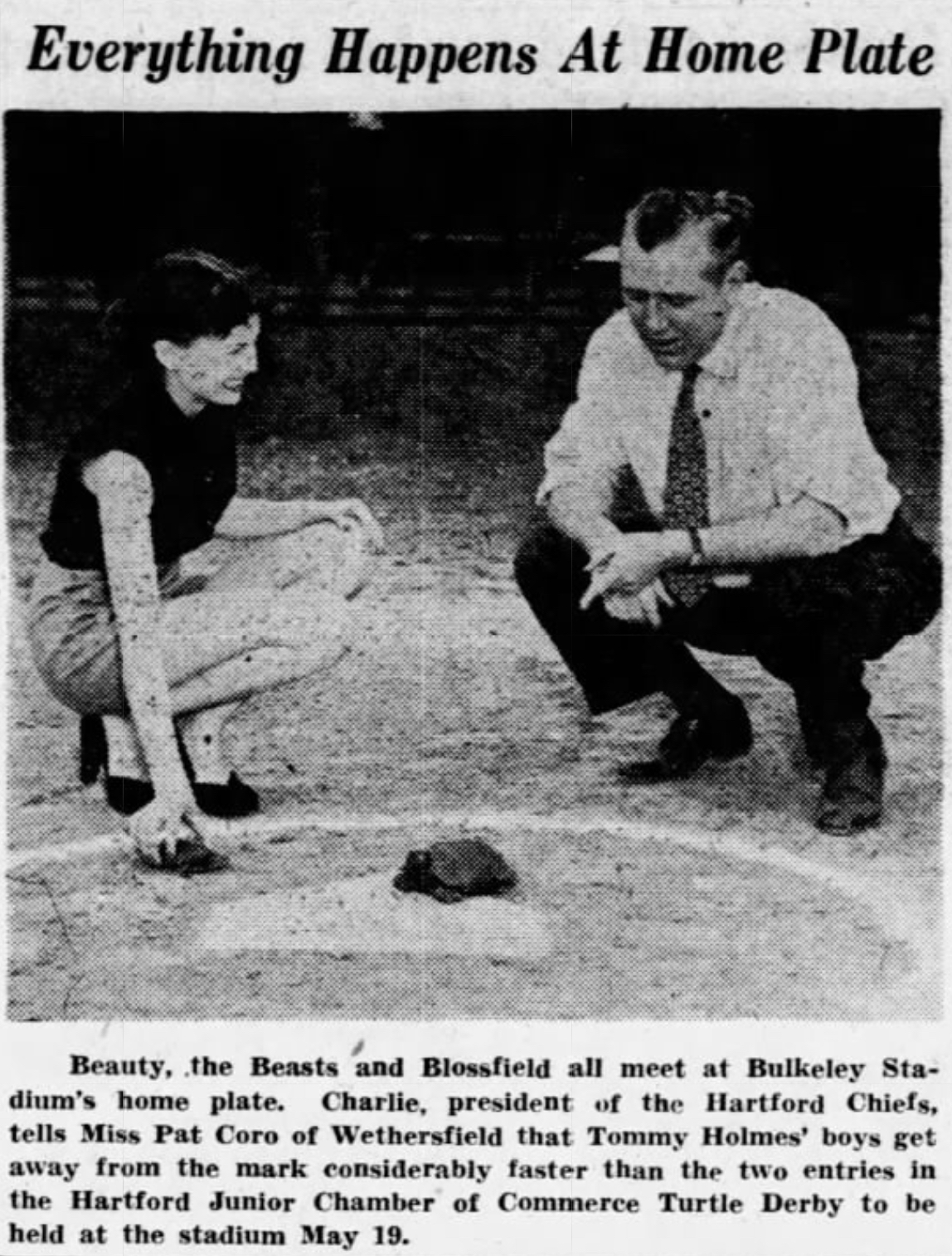


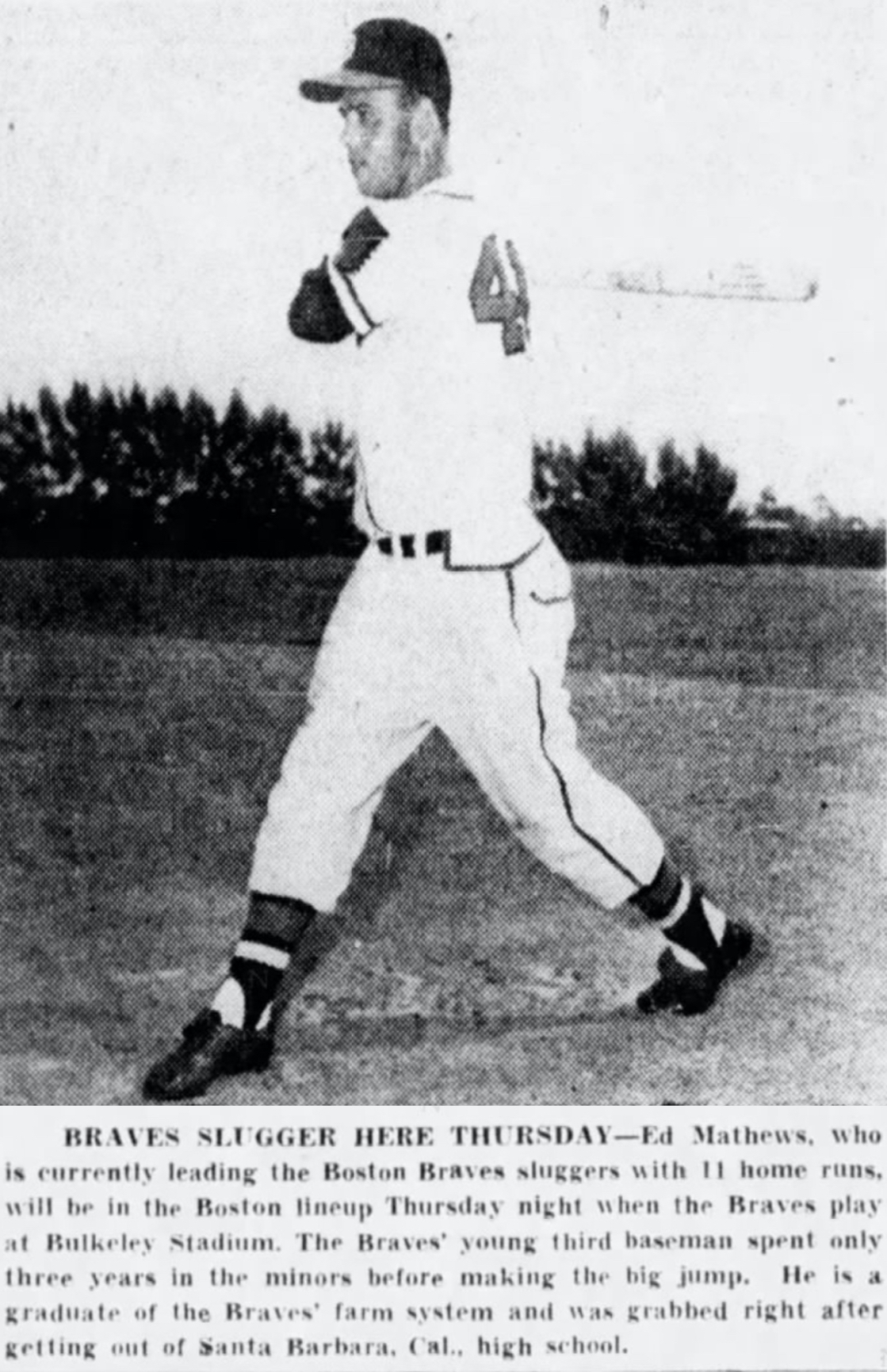



In 1955, Bulkeley Stadium was sold for the last time. The Milwaukee Braves conveyed the property for $50,000 to John E. Hays Realty of Hartford. The stadium fell into disarray and was eventually demolished. A shopping center was planned for the site but it never materialized. Instead, a nursing home called Ellis Manor was built on the property.

A stone monument and a stone home plate were dedicated at the site in 1998. At another commemorative ceremony in 2013, James Francoline was in attendance. Francoline was a pitcher with the Hartford Senators and the Savitt Gems who threw batting practice to Babe Ruth at Bulkeley Stadium – long gone but not forgotten.

On the baseball field at Bulkeley Stadium, Leo Durocher played his first season of professional baseball. On the same diamond, Lou Gehrig, learned the rudiments of first base play and went directly from there to Yankee Stadium and baseball immortality. Hank Greenberg was a raw rookie who couldn’t make the grade here and had to be shipped down to Evansville. The greatest athlete of all time, Jim Thorpe, wore the Hartford uniform in one of the most bizzare periods of the city’s baseball history. Paul Richards was a Hartford catcher there and Van Lingle Mungo, a Hartford pitcher. Babe Ruth and Ted Williams played at Bulkeley Stadium when Bill Savitt was keeping the place alive. A man could go down Franklin Avenue to Bulkeley Stadium and see young ball players who were going to be the very best in the majors.
Bill Lee, Sports Editor, Hartford Courant, July 9, 1955.

References
- The Hartford Courant database on Newspapers.com
- “Bulkeley Stadium: Hartford’s last home to pro baseball”. SABR. Retrieved 2016-01-24.


